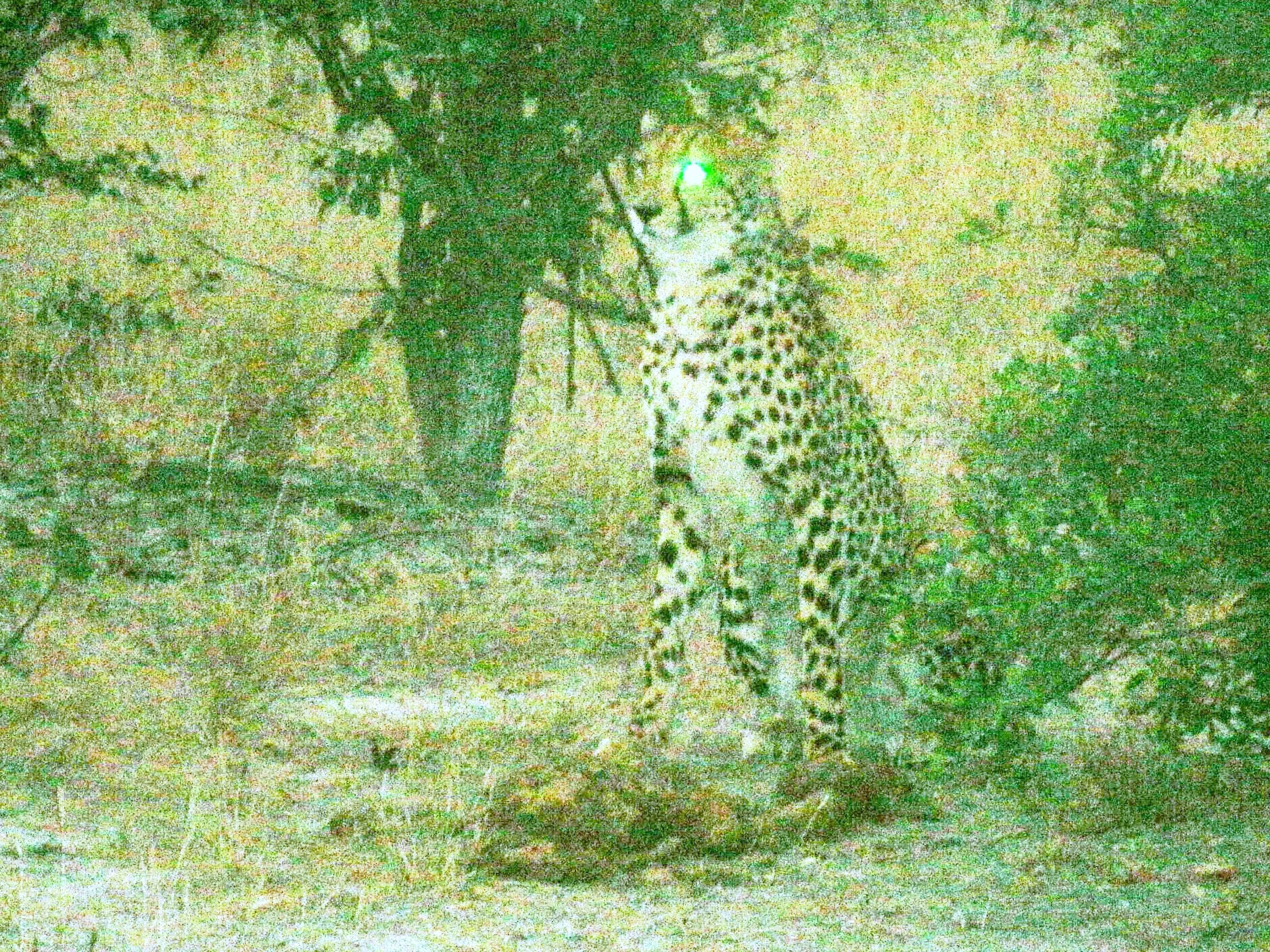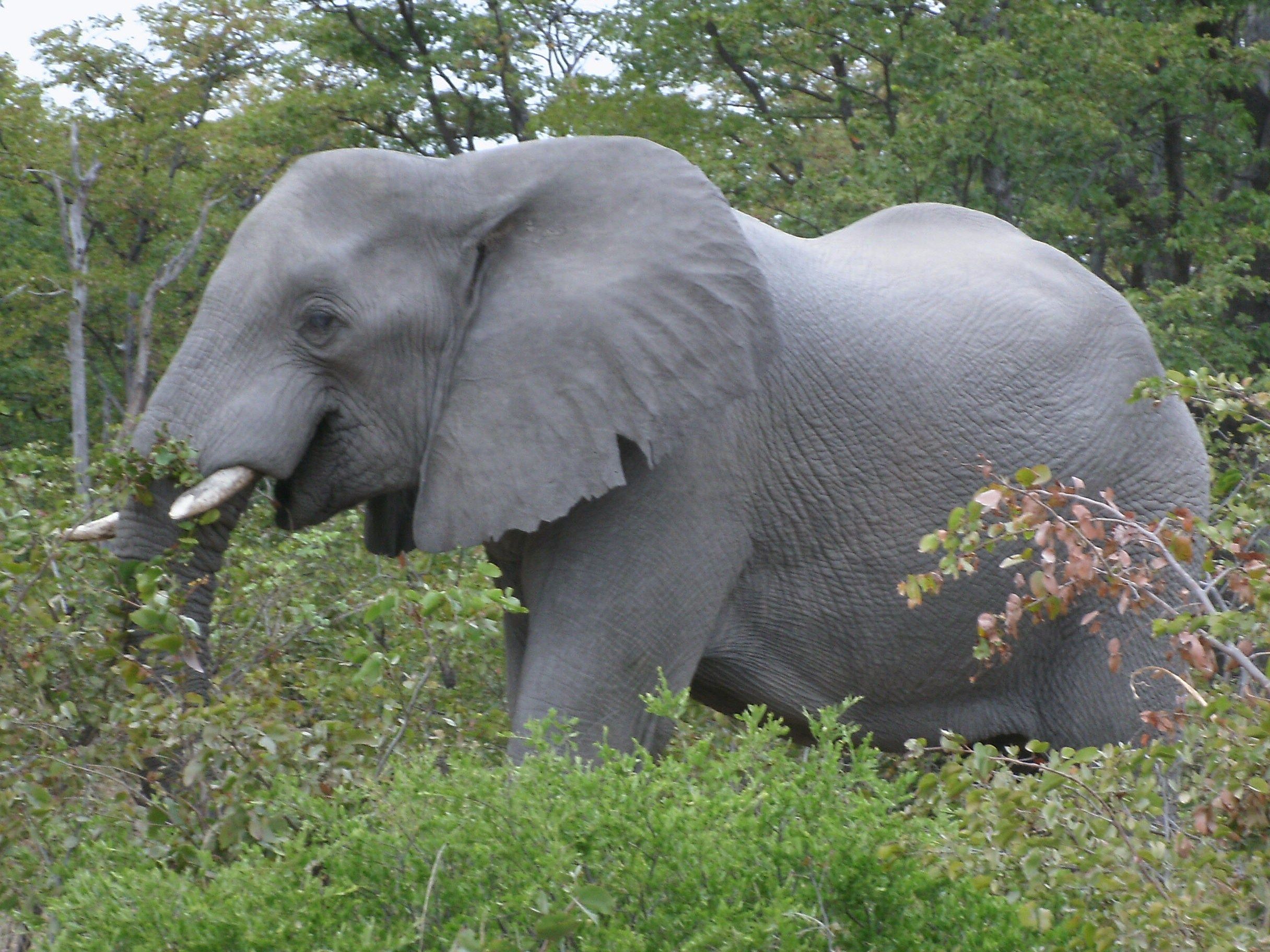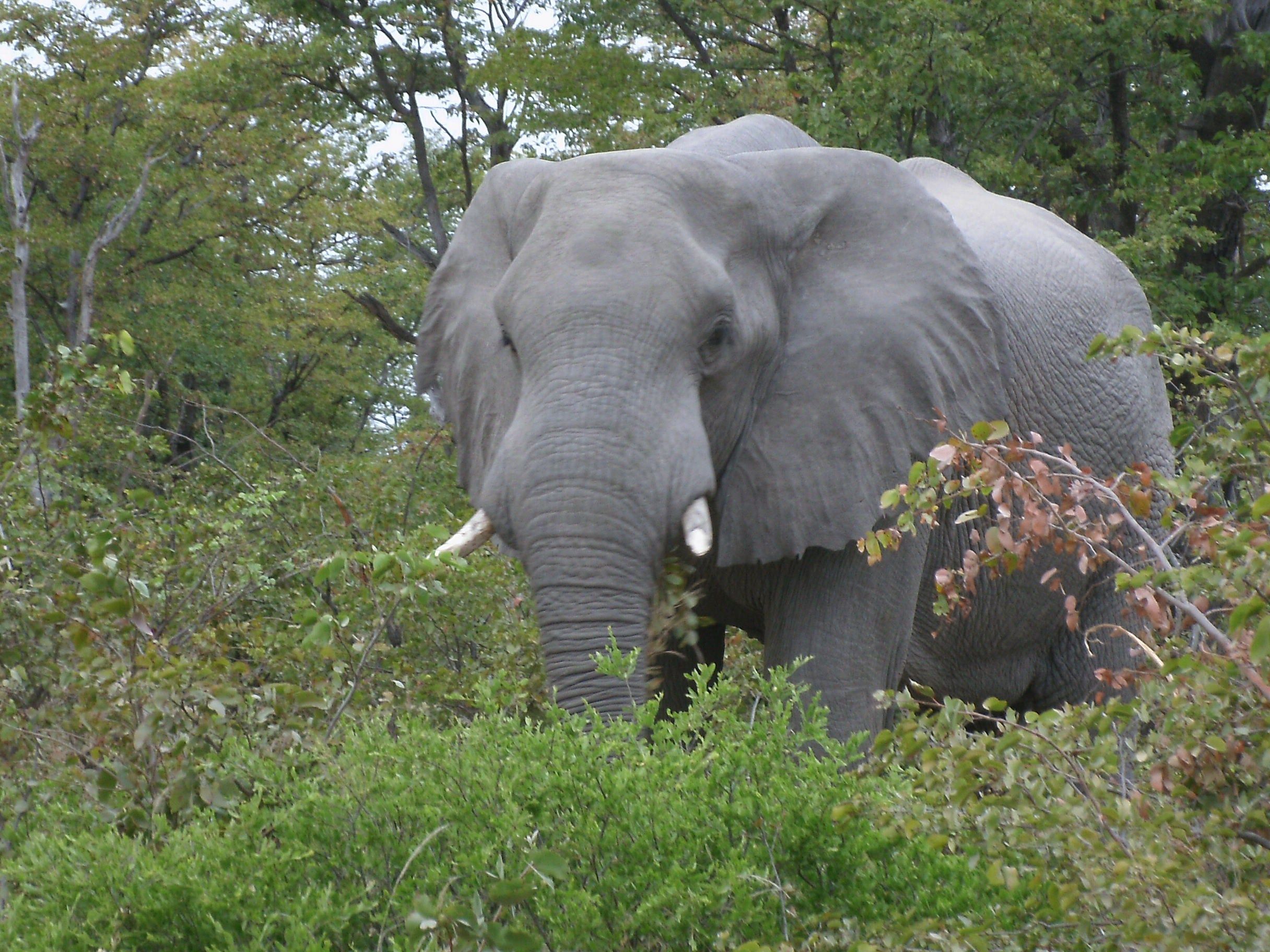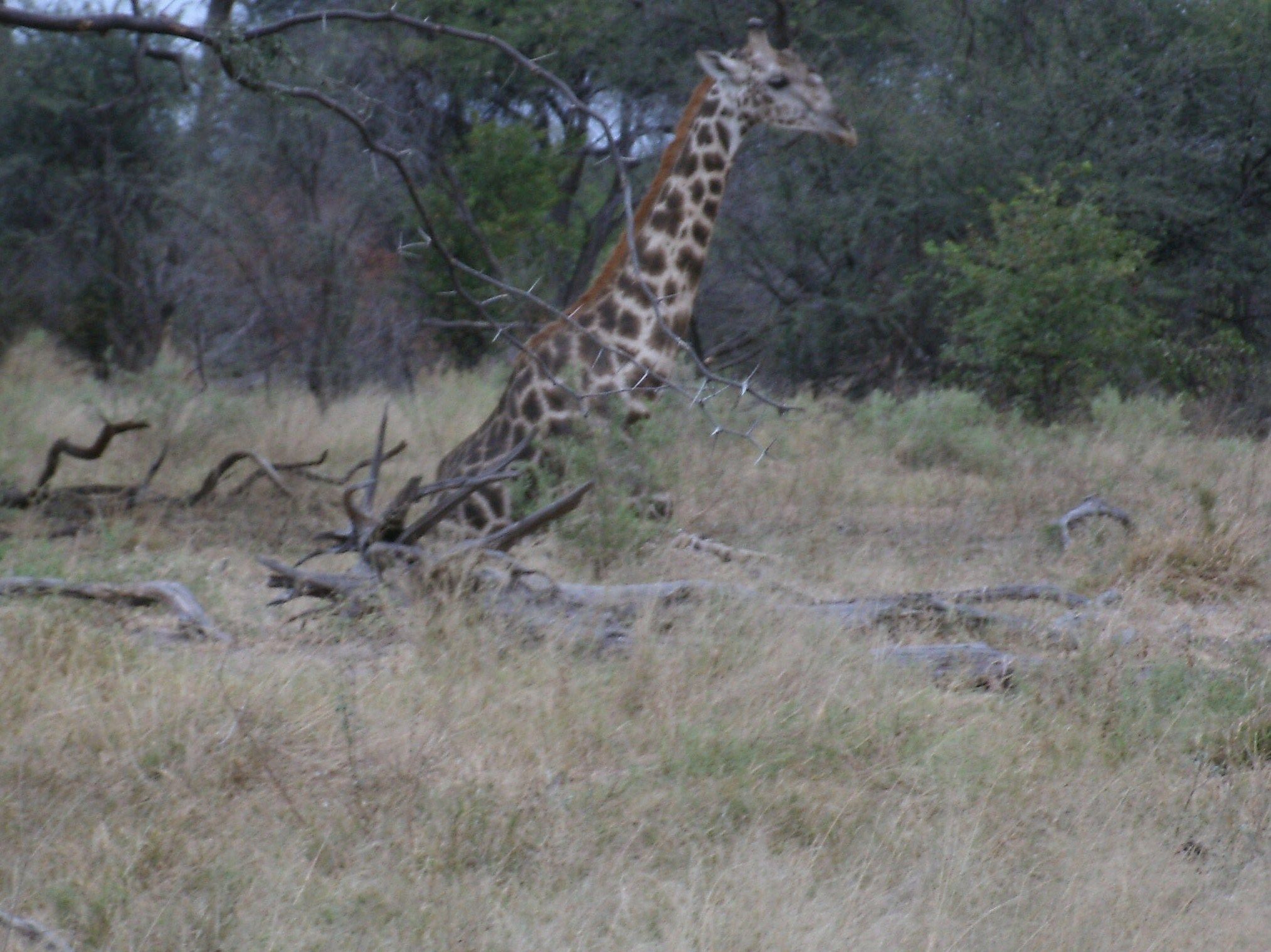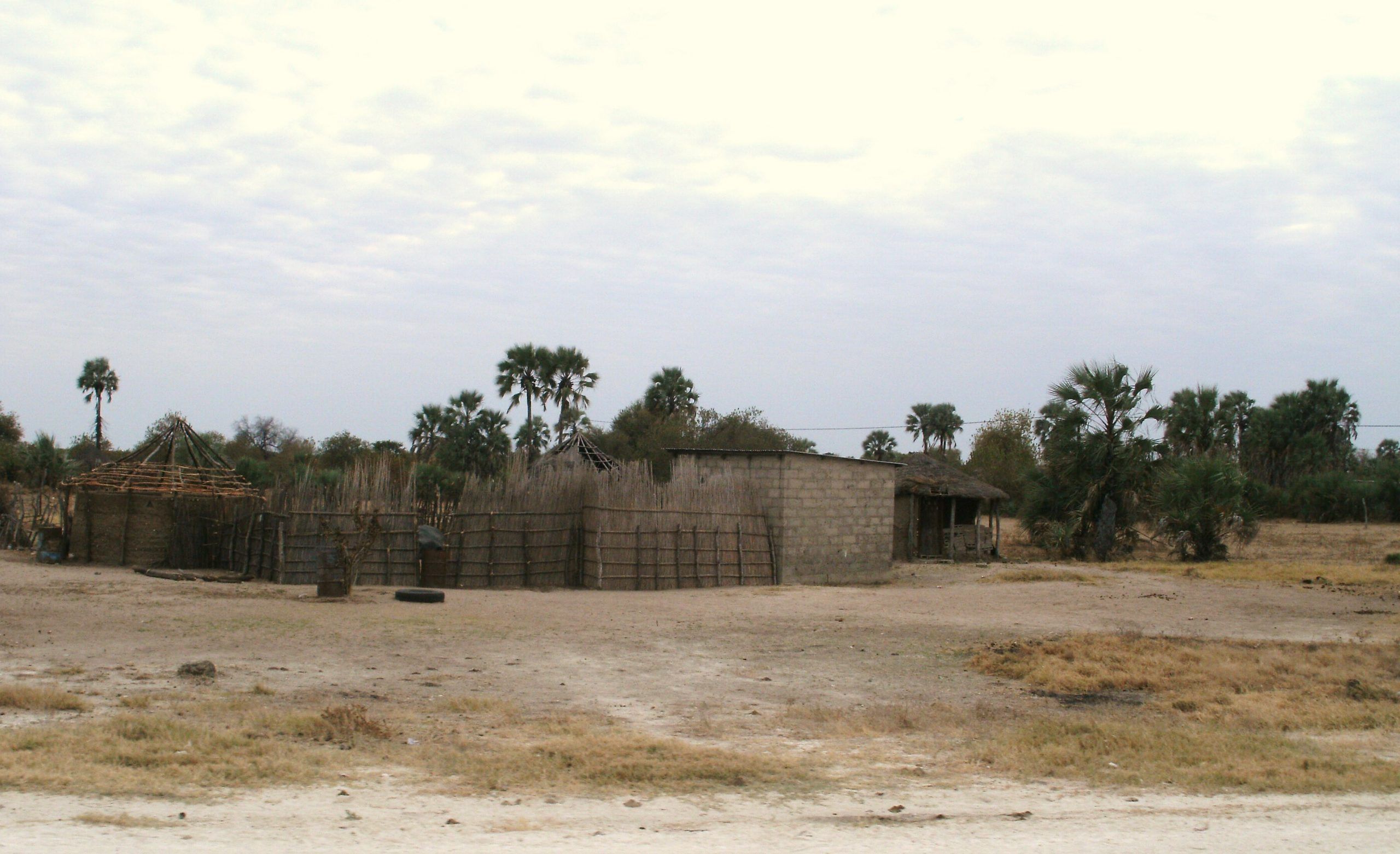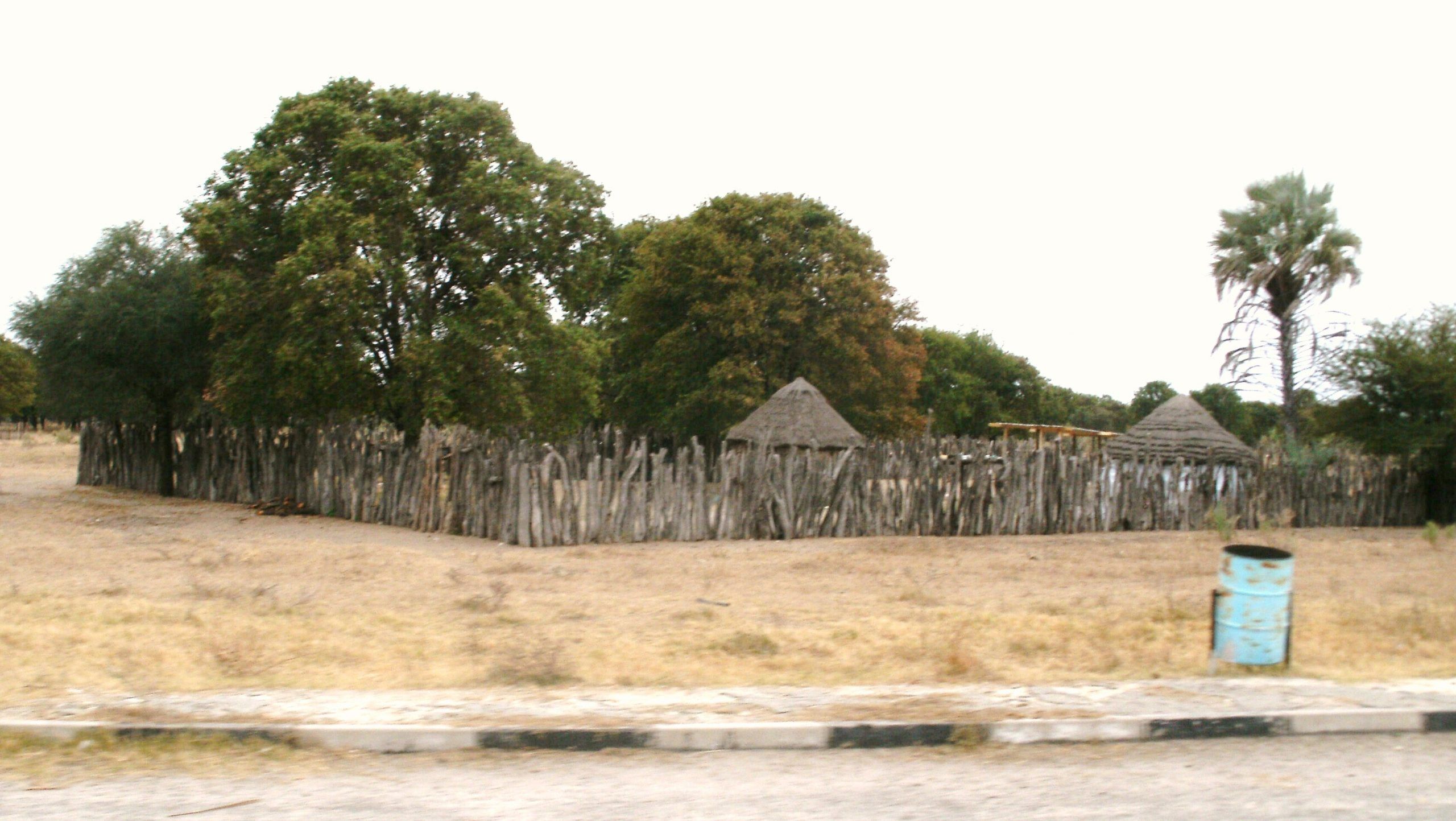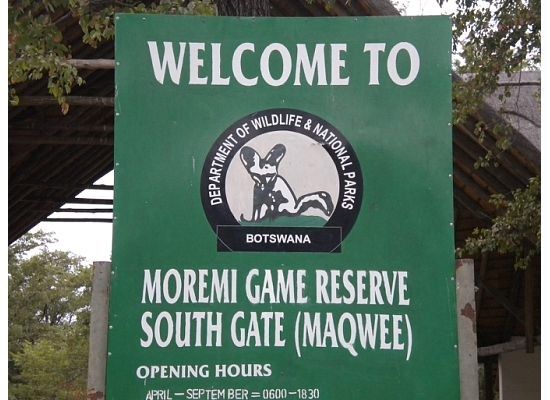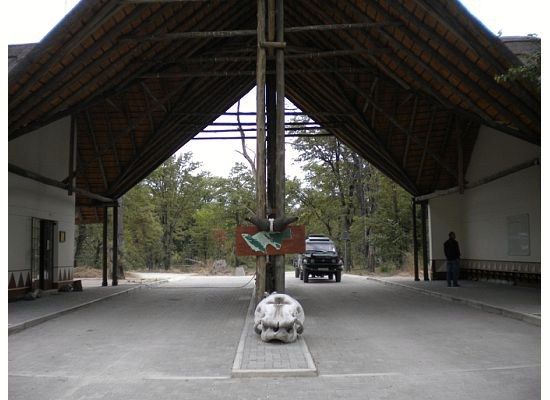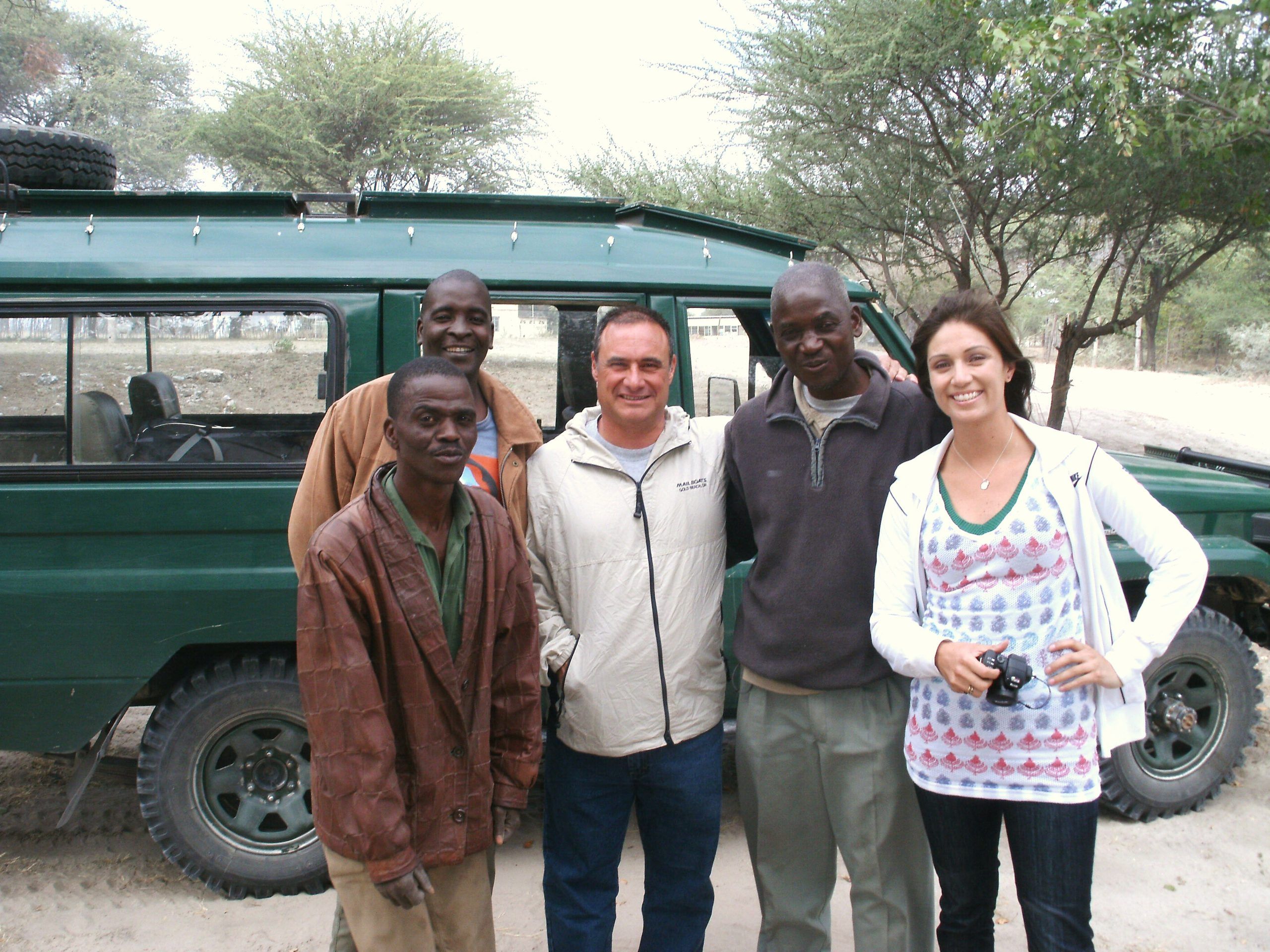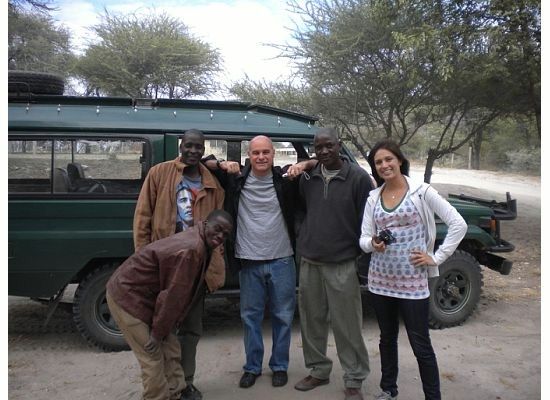After spending more than a week in South Africa for the World Cup we then went to Botswana on an amazing camping safari. It was my brother Alan and Alicia, a former roommate of a good friend of mine. Below is the official itinerary for this Botswana safari from the tour operator and my pictures.
Day 1 – June 25
Fly from Johannesburg, South Africa and arrive in Livingston, Zambia at 12:50pm.
The Victoria Falls constitutes one of the most spectacular natural wonders of the world. It’s the first stop in this Botswana safari. The Local people call it “Mosi-oa-Tunya” — the smoke that thunders, and the Falls are remarkable. There is a magic about them manifested in the towering column of spray when the river is high, the thunder of the falling water, the terrifying abyss and tranquil lagoons upstream in which hippo and deadly crocodiles lurk.
The Victoria Falls is 1,708 meters wide, making it the largest curtain of water in the world. It drops between 90 and 107 meters into the Zambezi Gorge. An average of 550,000 cubic meters of water plummet over the edge every minute. Victoria Falls inspires visitors as much today as it did David Livingstone in the 1860’s. The falls and the surrounding area have been declared National Parks and a World Heritage Site. This preserves the area from excessive commercialization. We will have all afternoon and evening to explore this magnificent wonder.
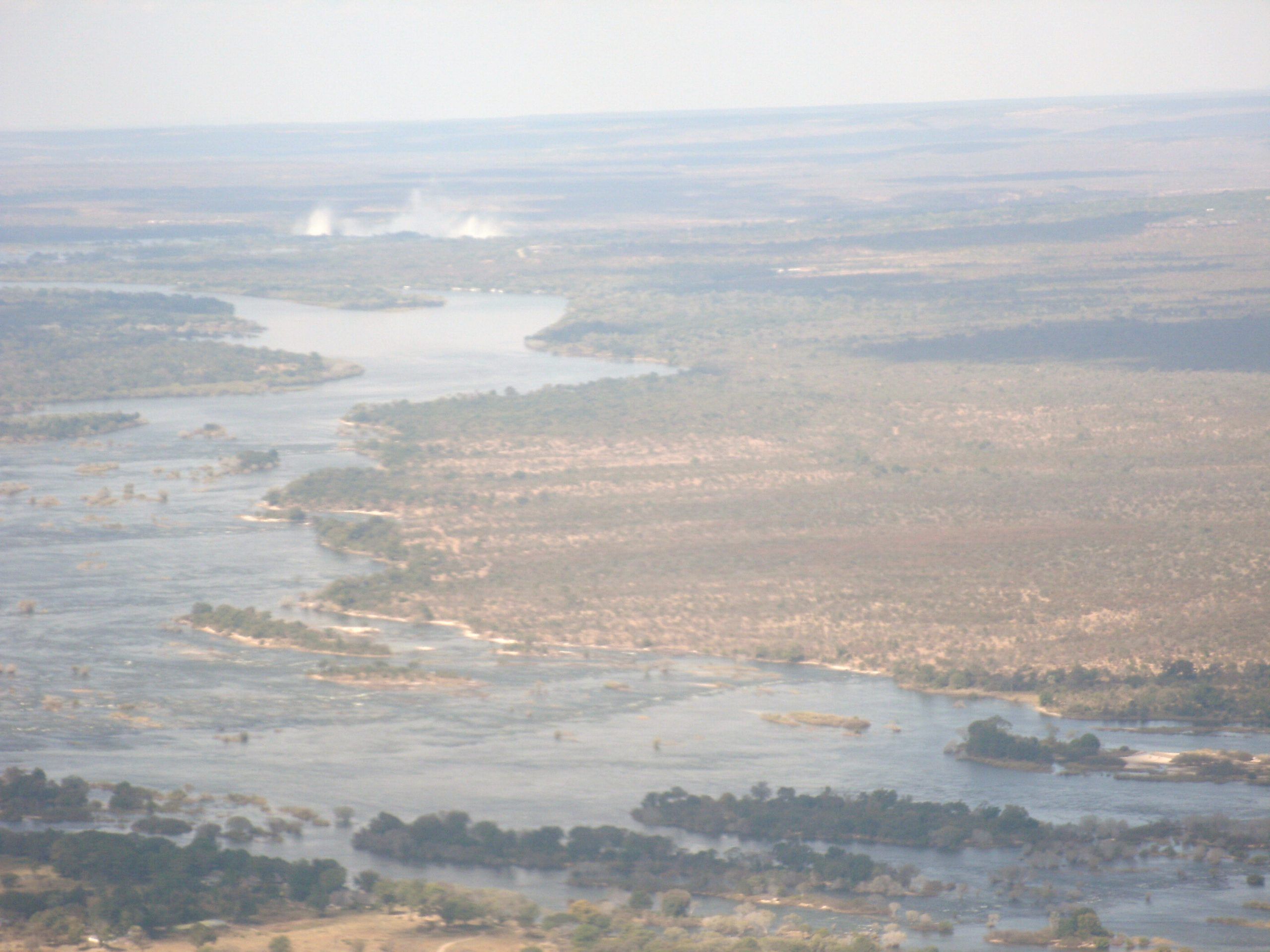
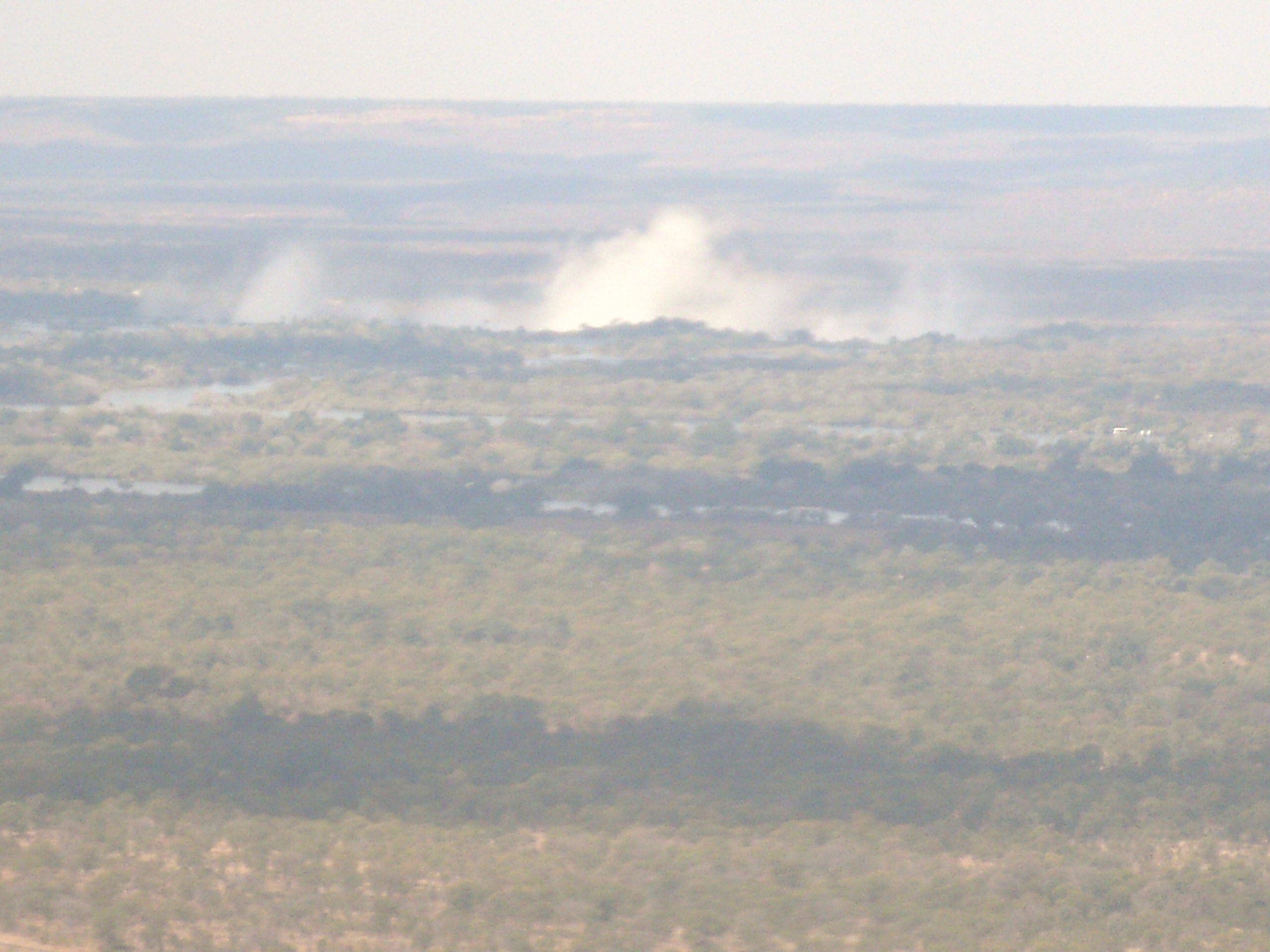
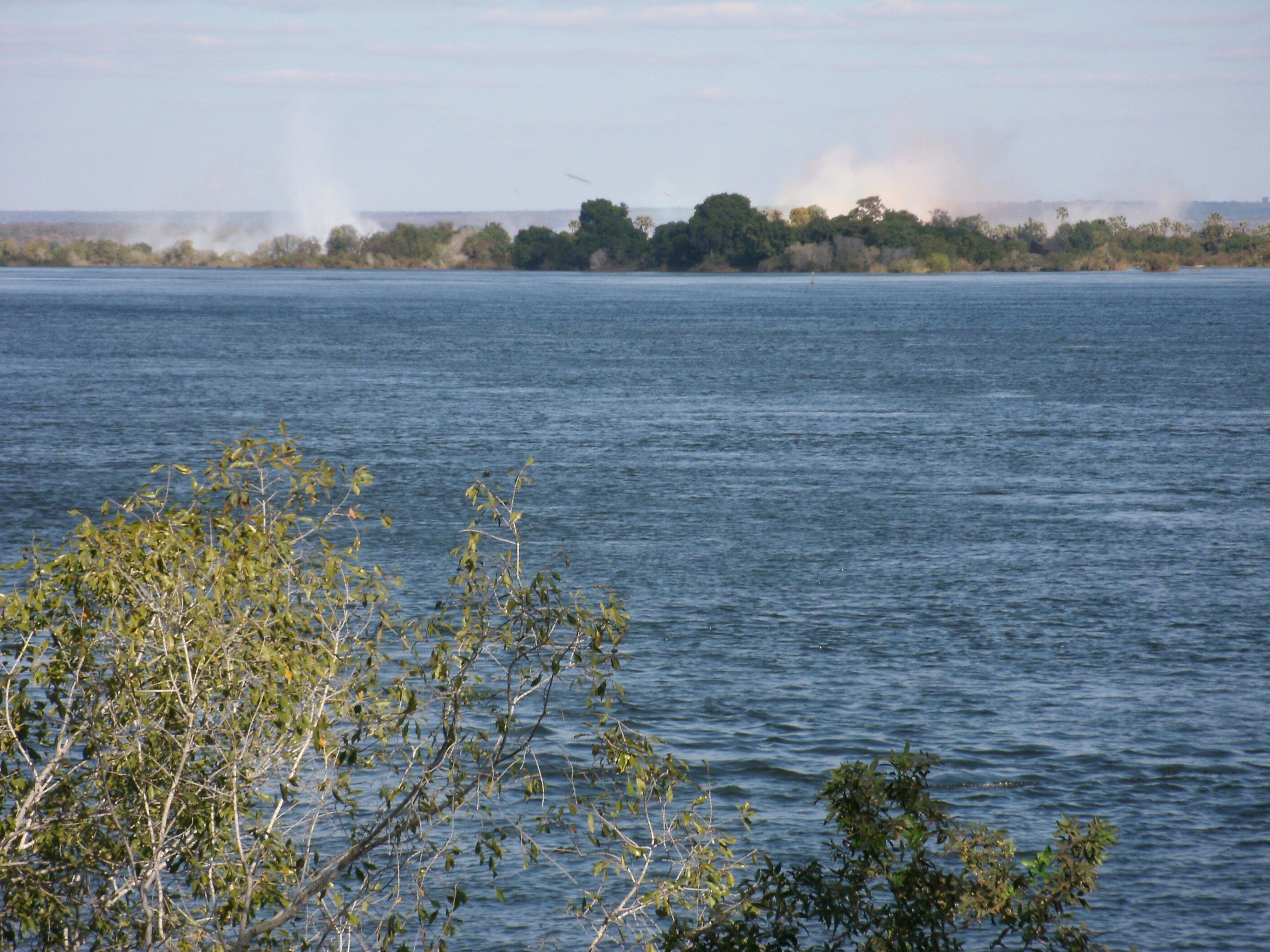
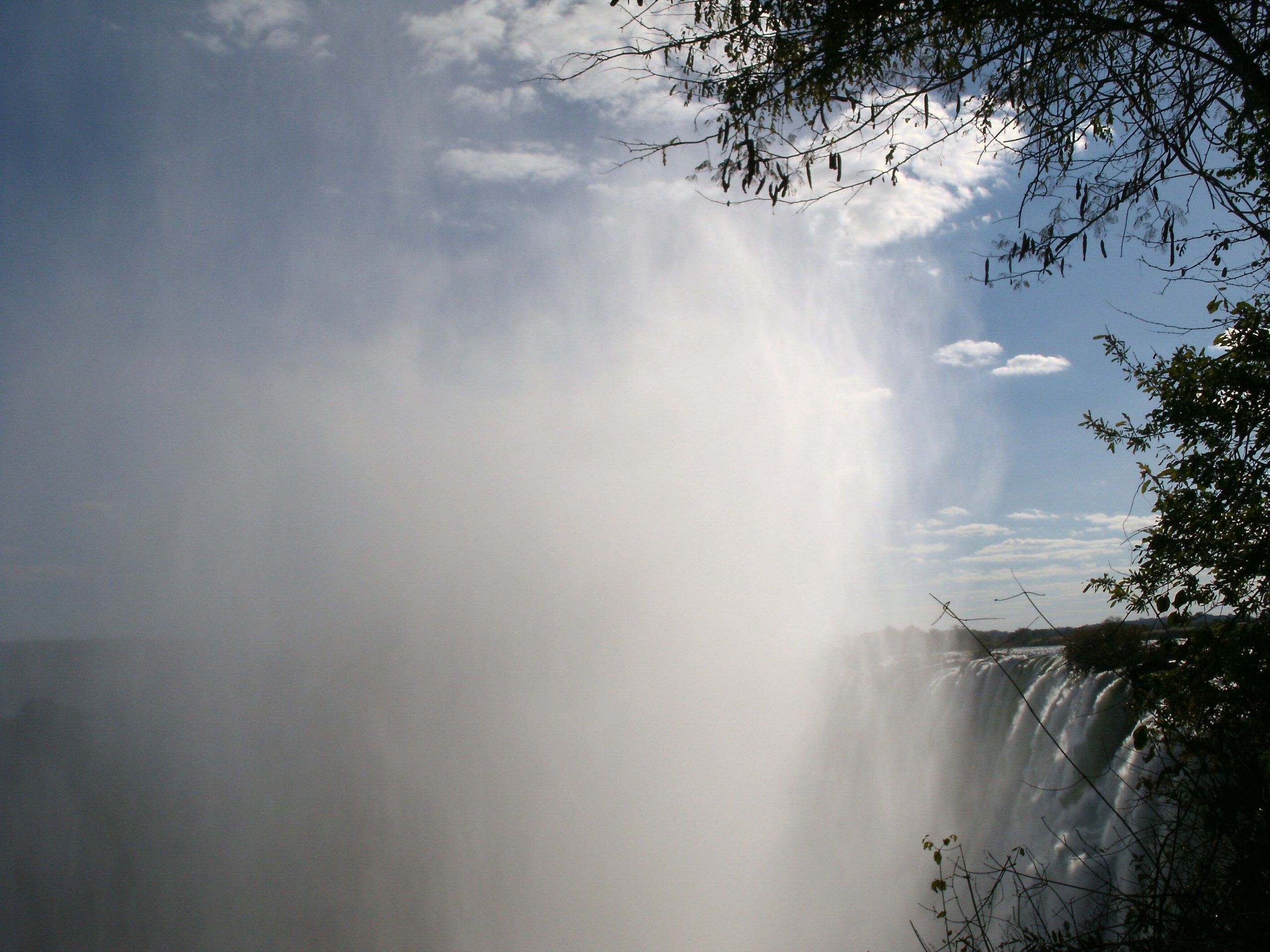
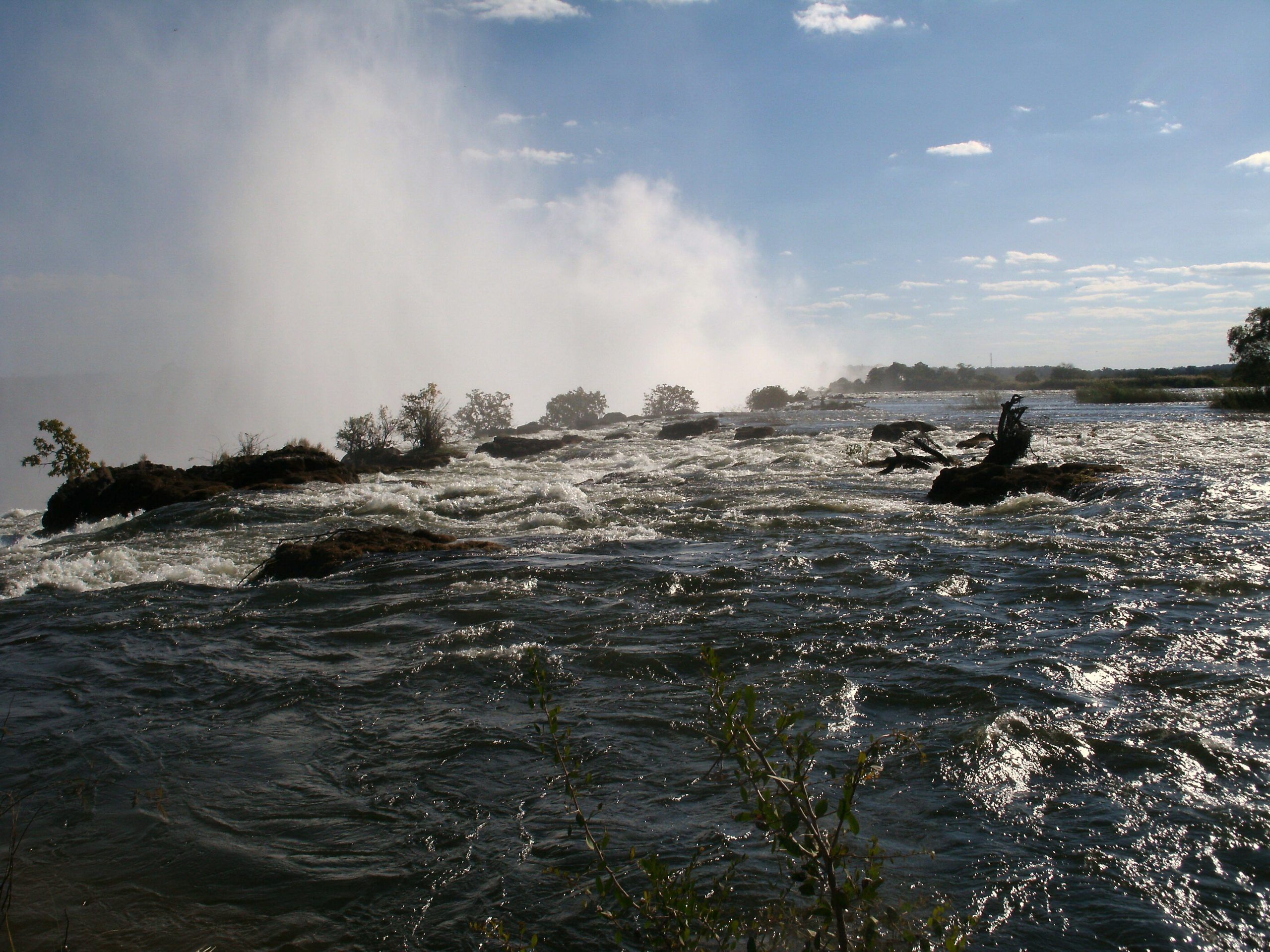
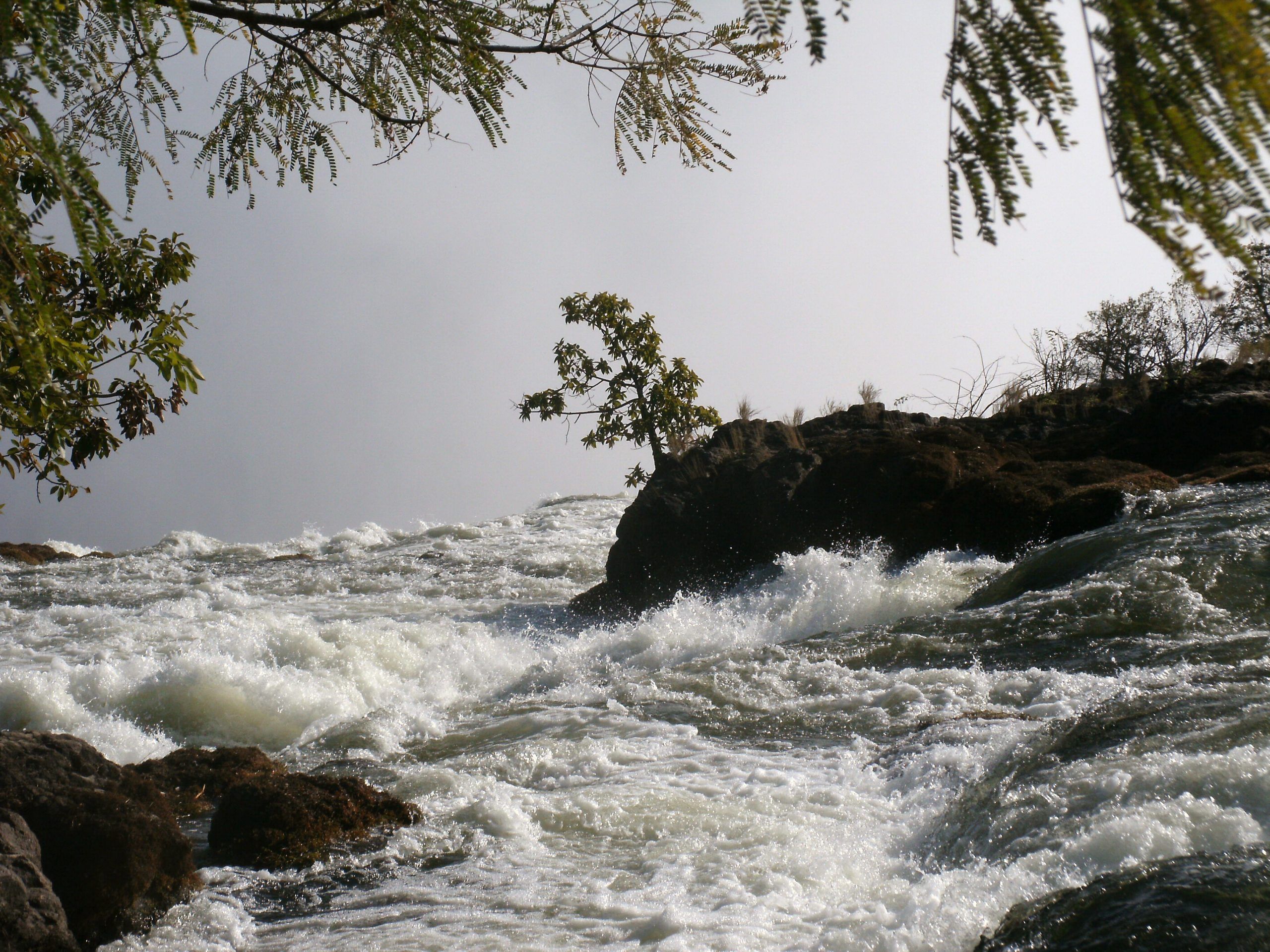
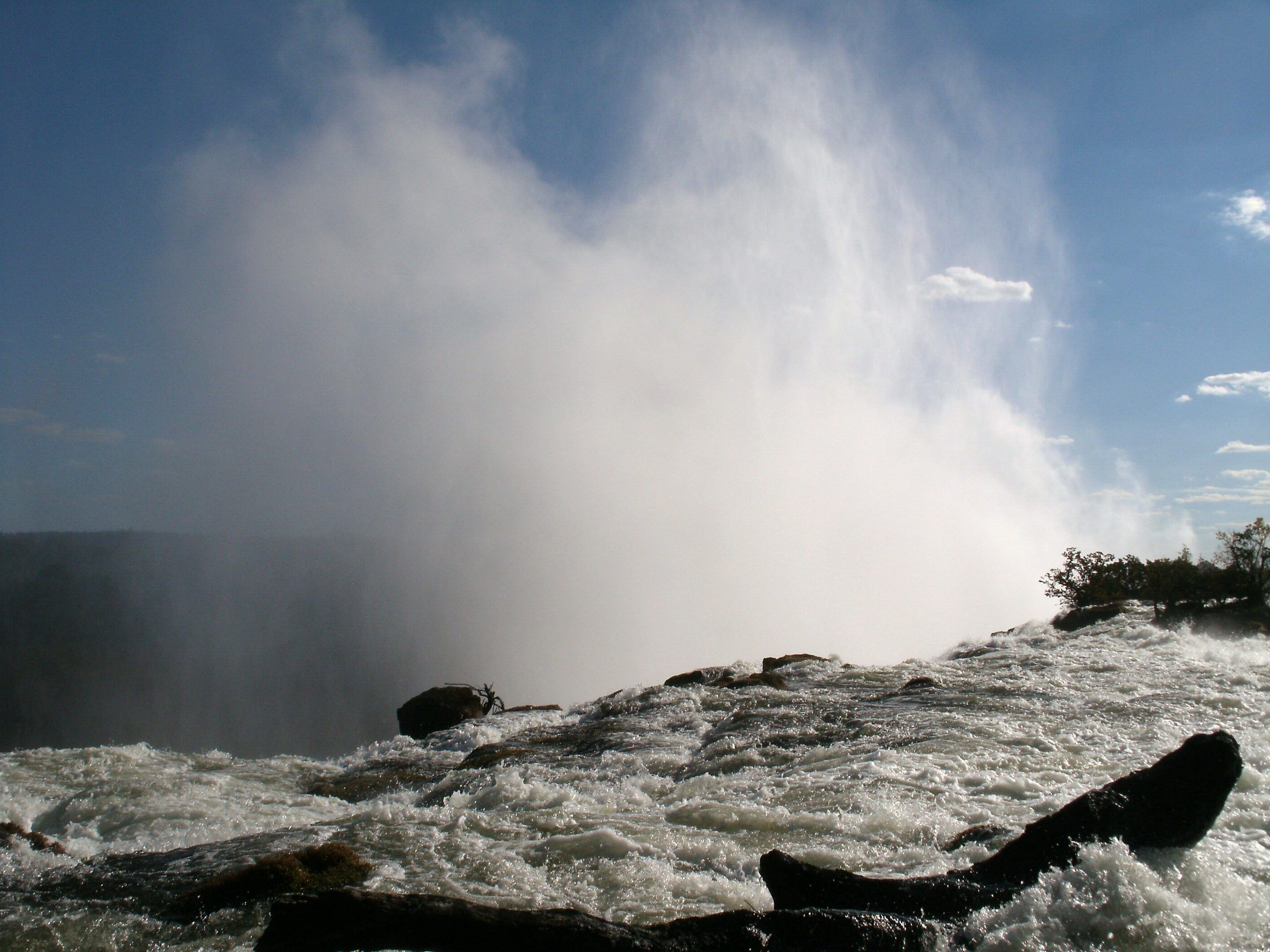
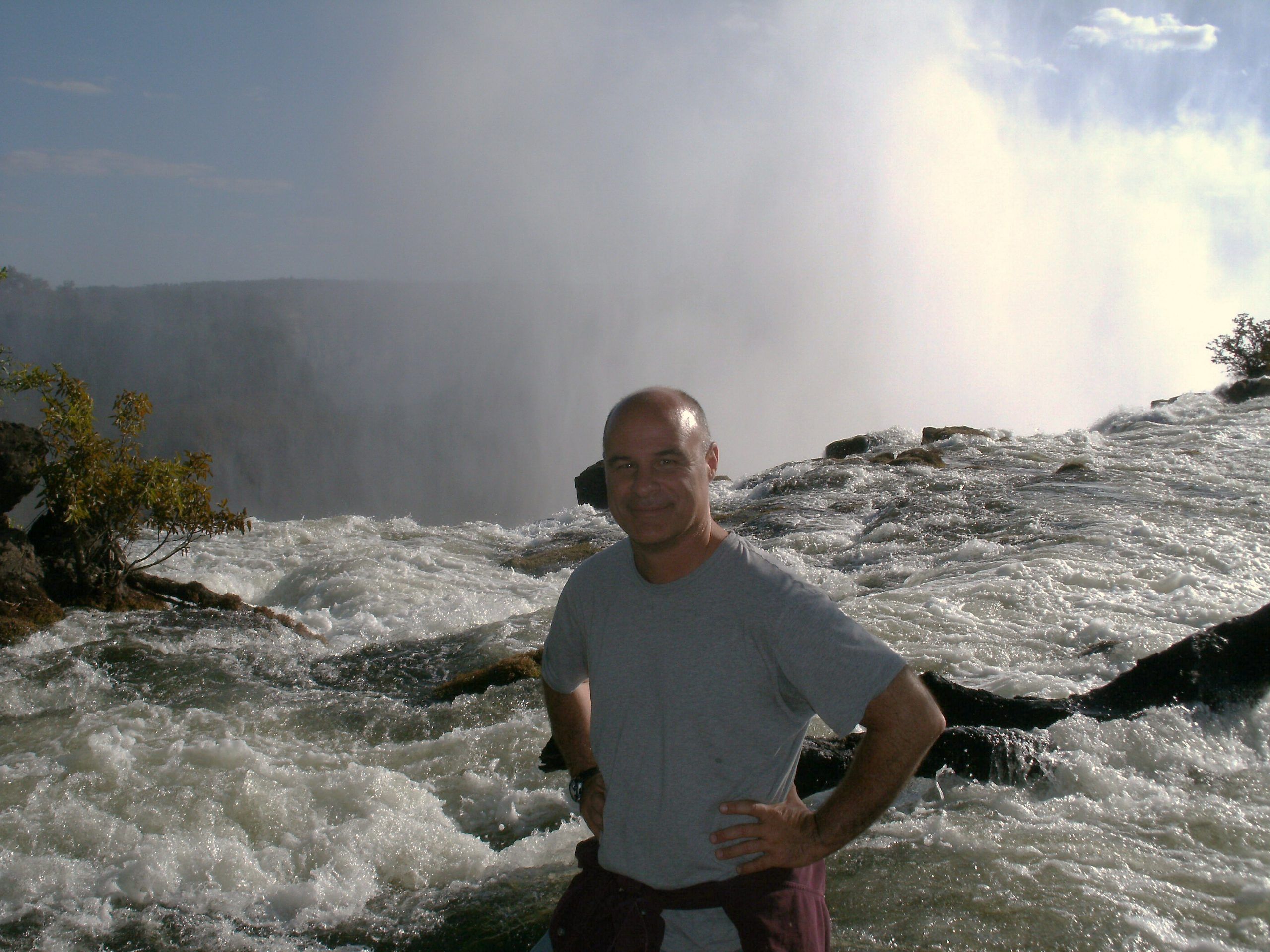
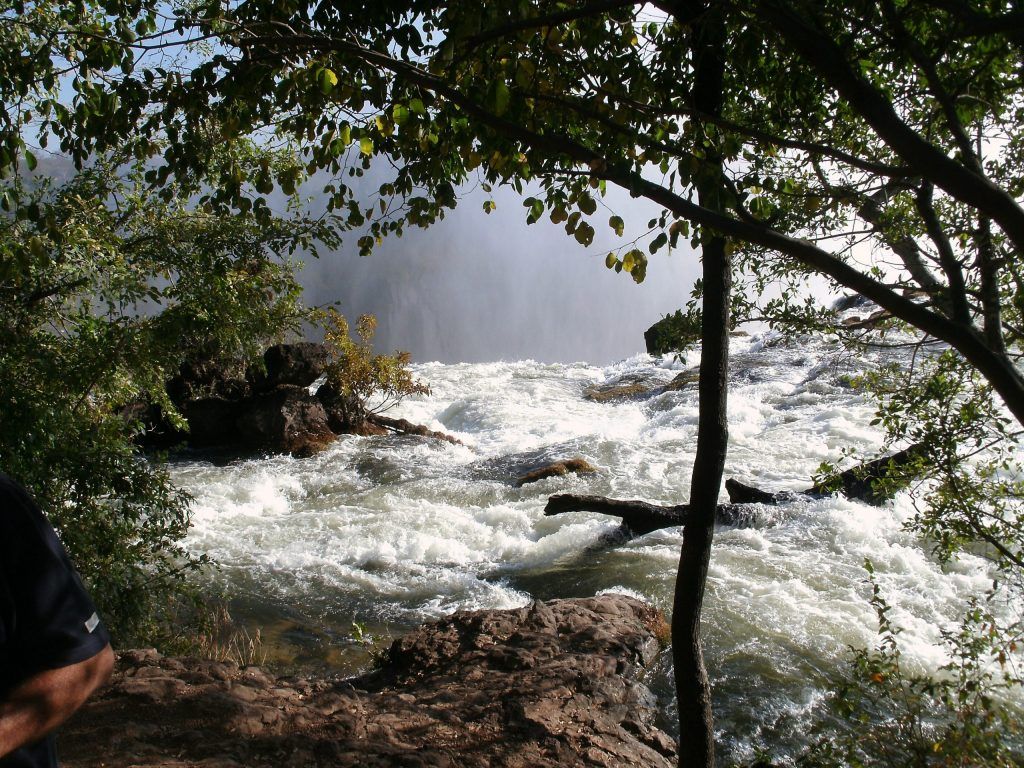
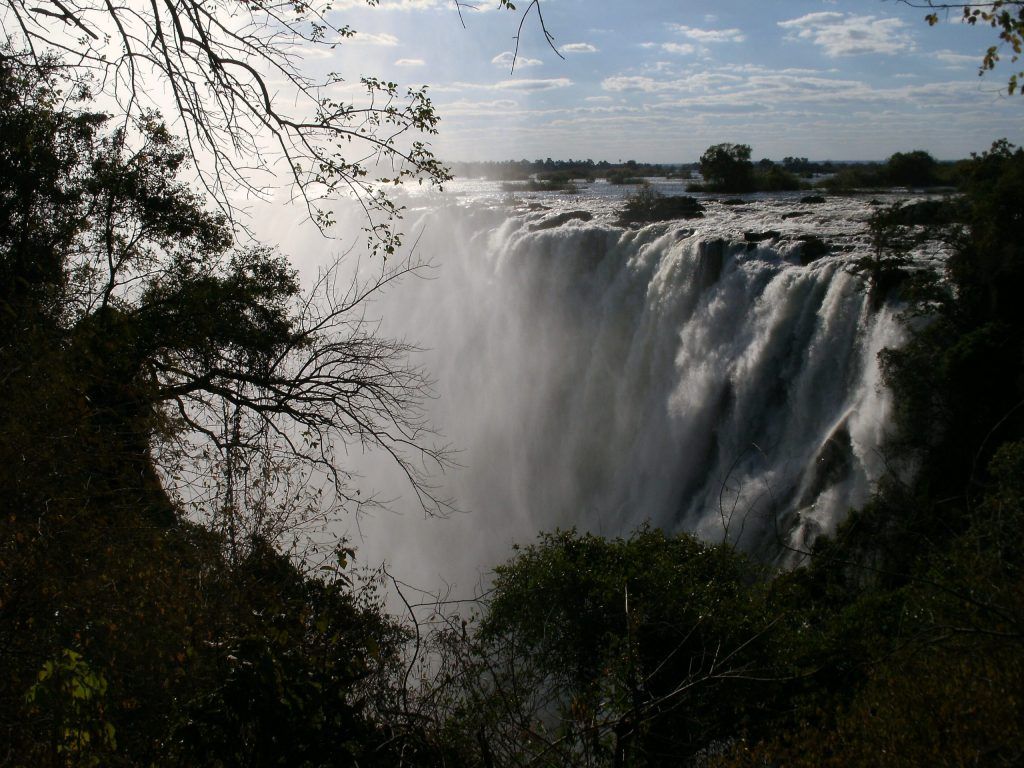
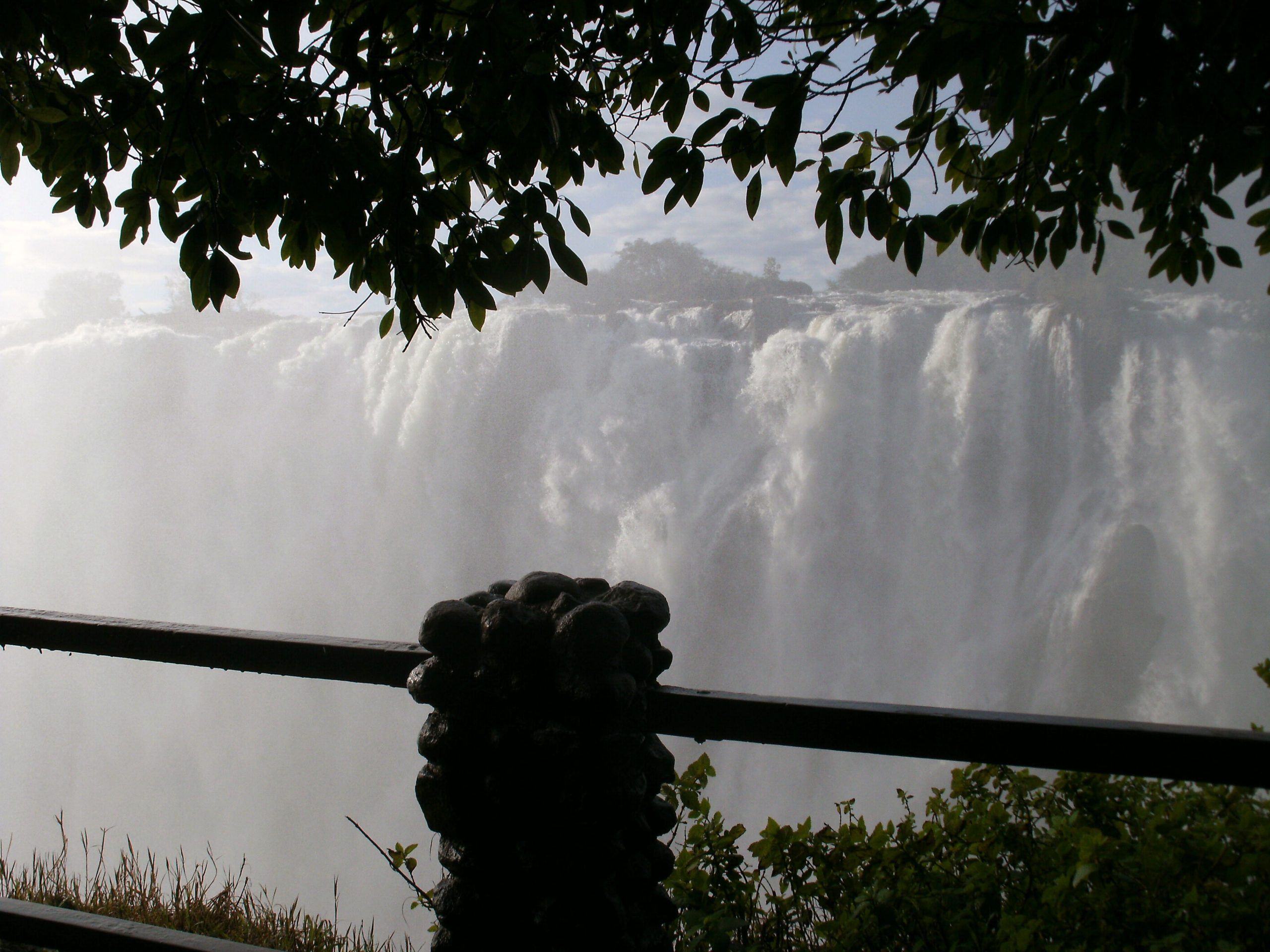
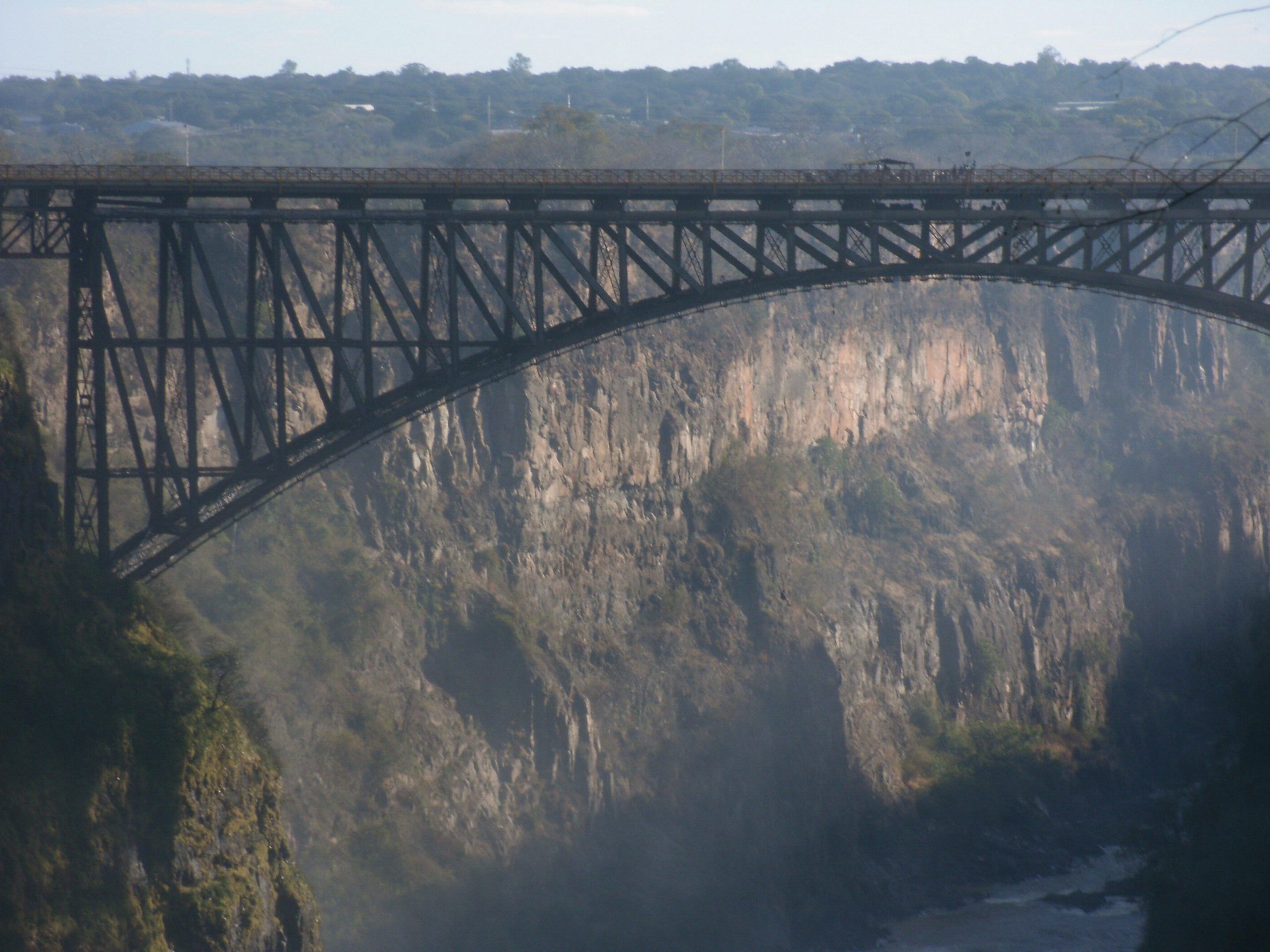
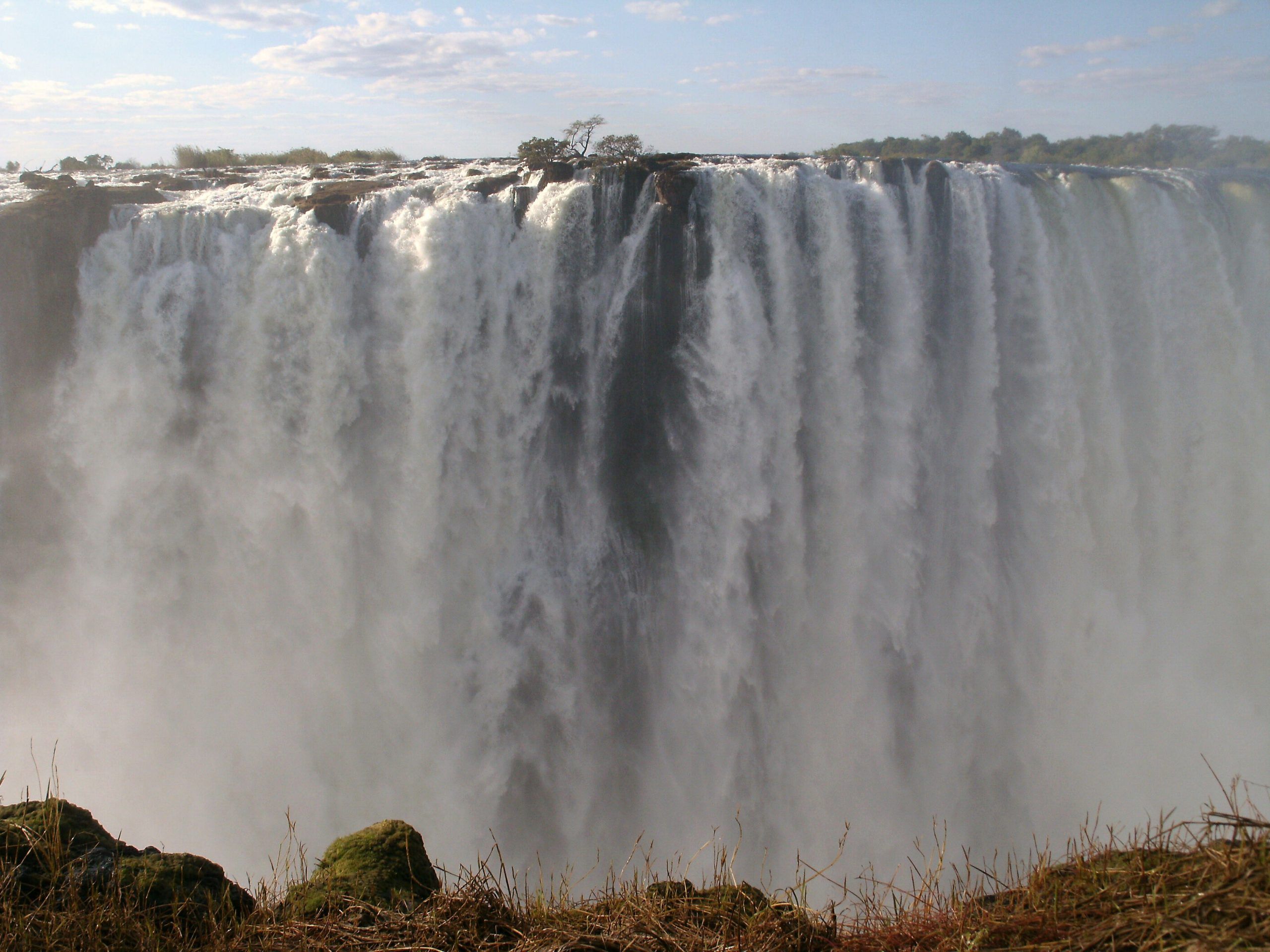
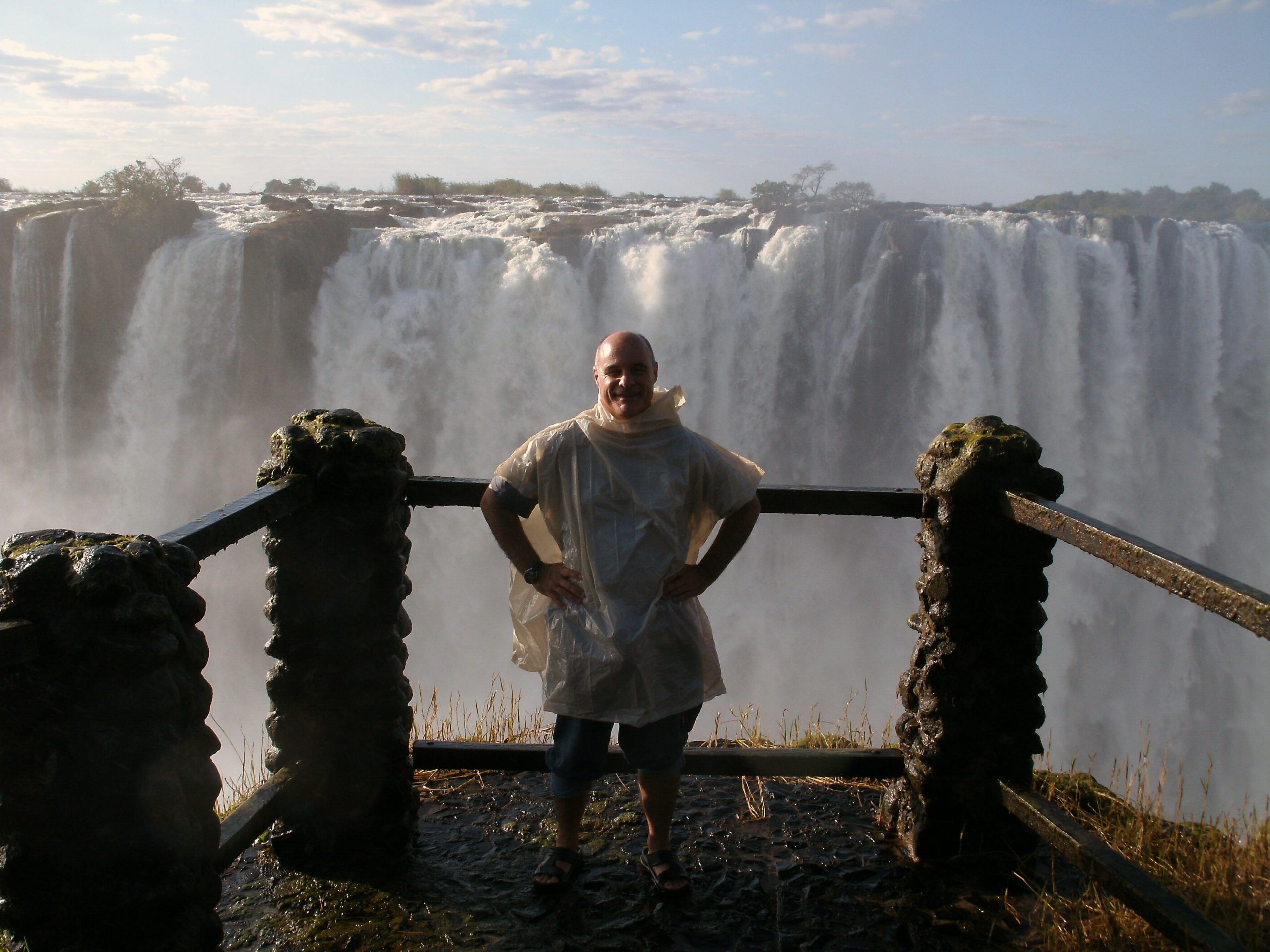
Accommodations are at the Waterfront Lodge which has a central dining complex with stunning views both up and down river and a raised deck that stretches out over the river with a unique plunge pool. It’s for the first night of the Botswana safari.
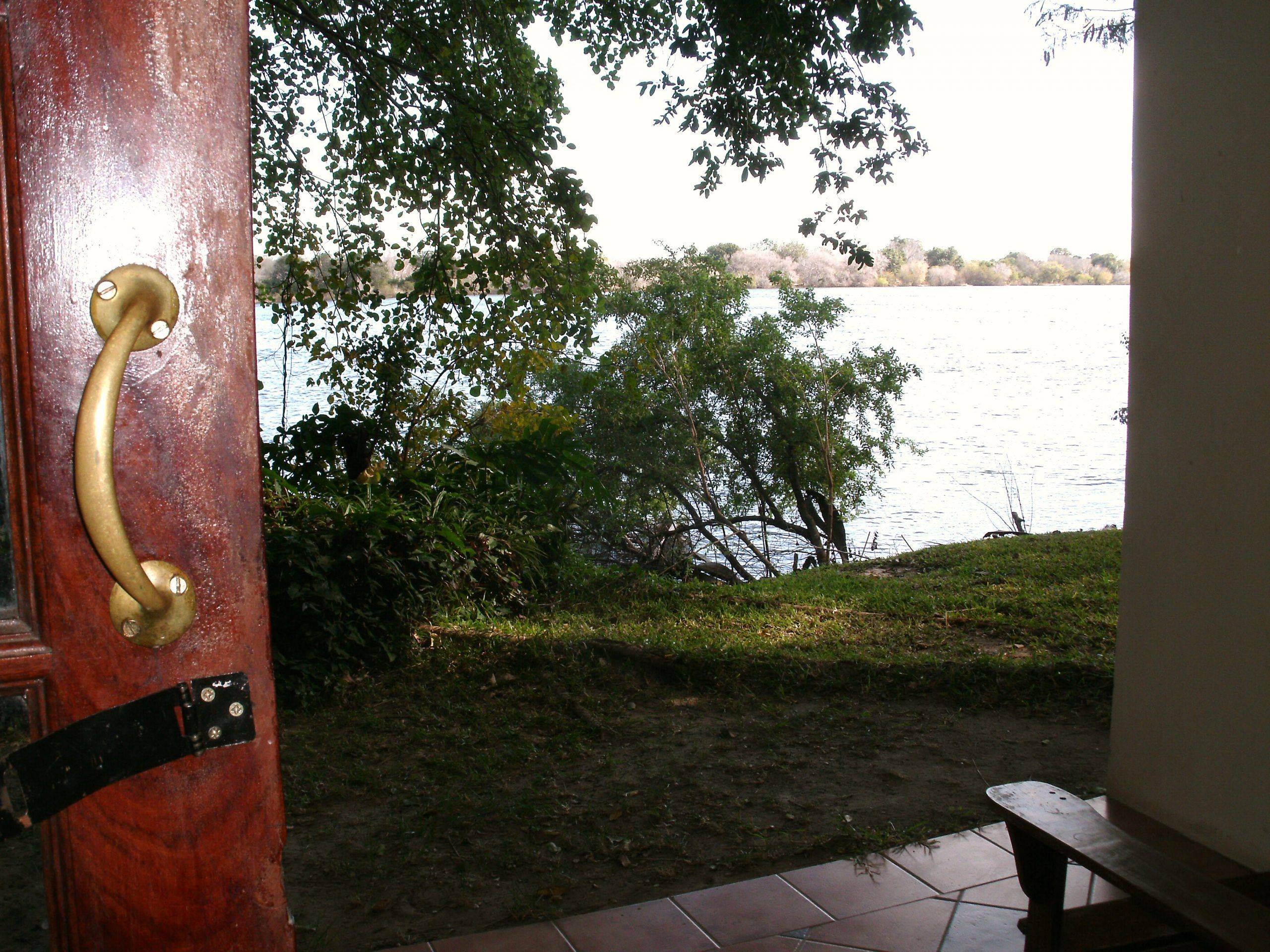
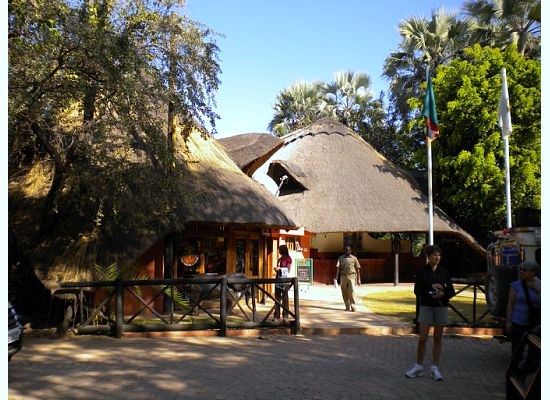
Day 2 – June 26
Get picked up early in the morning and drive into northern section of the Chobe National Park in Botswana.
Chobe National Park
The Chobe National Park is the second largest national park in Botswana and covers 10,566 square kilometers. It has one of the greatest concentrations of game found on the African continent. Its uniqueness in the abundance of wildlife and the true African nature of the region. It offers a safari experience of a lifetime.
A major feature of Chobe National Park is its elephant population. It comprise part of what is probably the largest surviving continuous elephant population in the Africa. This population covers most of northern Botswana plus northwestern Zimbabwe. The Chobe elephant are migratory, making seasonal movements of up to 200 kilometers from the Chobe and Linyanti rivers, where they concentrate in the dry season, to the pans in the southeast of the park, to which they disperse in the rains. The elephants in this area have the distinction of being the largest in body size of all living elephants. The ivory is brittle and you will not see many huge tuskers among these rangy monsters.
Besides elephant, northern Chobe is famous for its buffalo herds, puku, kudu, Chobe bushbuck and hippo. One could also hope to see: lion, leopard, wild dog, giraffe, waterbuck, zebra, impala, baboon, vervet monkeys, warthog, sable, roan, lechwe, banded mongoose, crocodile, leguan. Along the Chobe riverfront the terrain is that of a typical riverine ecosystem. Away from the river we have mixed miombo and broadleaved woodland that harbours rich avifauna.
There will be game drives throughout the day and accommodations that night will be at the Yawning Hippo Lodge. It has African Style accommodation situated at the confluence of two major rivers, the Zambezi and the Chobe. Nestled amongst massive old Mahogany and Terminalia trees in a secluded corner of a lush private garden the Yawning Hippo. It overlooks a large floodplain that seasonally fills with the overflow from the two rivers, resulting in a water wonderland of lilies and other aquatic vegetation, which attracts hippos and waterfowl in abundance. The birdlife is spectacular and includes amongst many others carmine and white-fronted bee-eaters nesting in the banks of the floodplain opposite the cottage. The dawn chorus and your early morning wakeup call of tooting ground hornbills, cackling red-billed francolins and crooning Heuglins’ robins is an absolute delight.
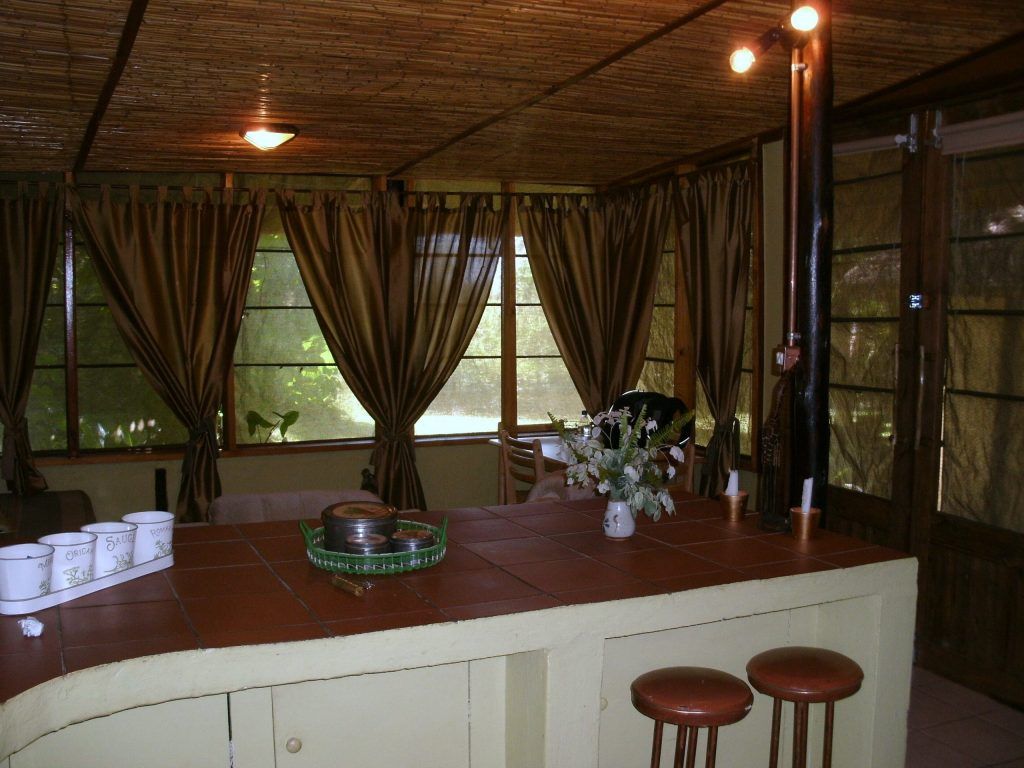
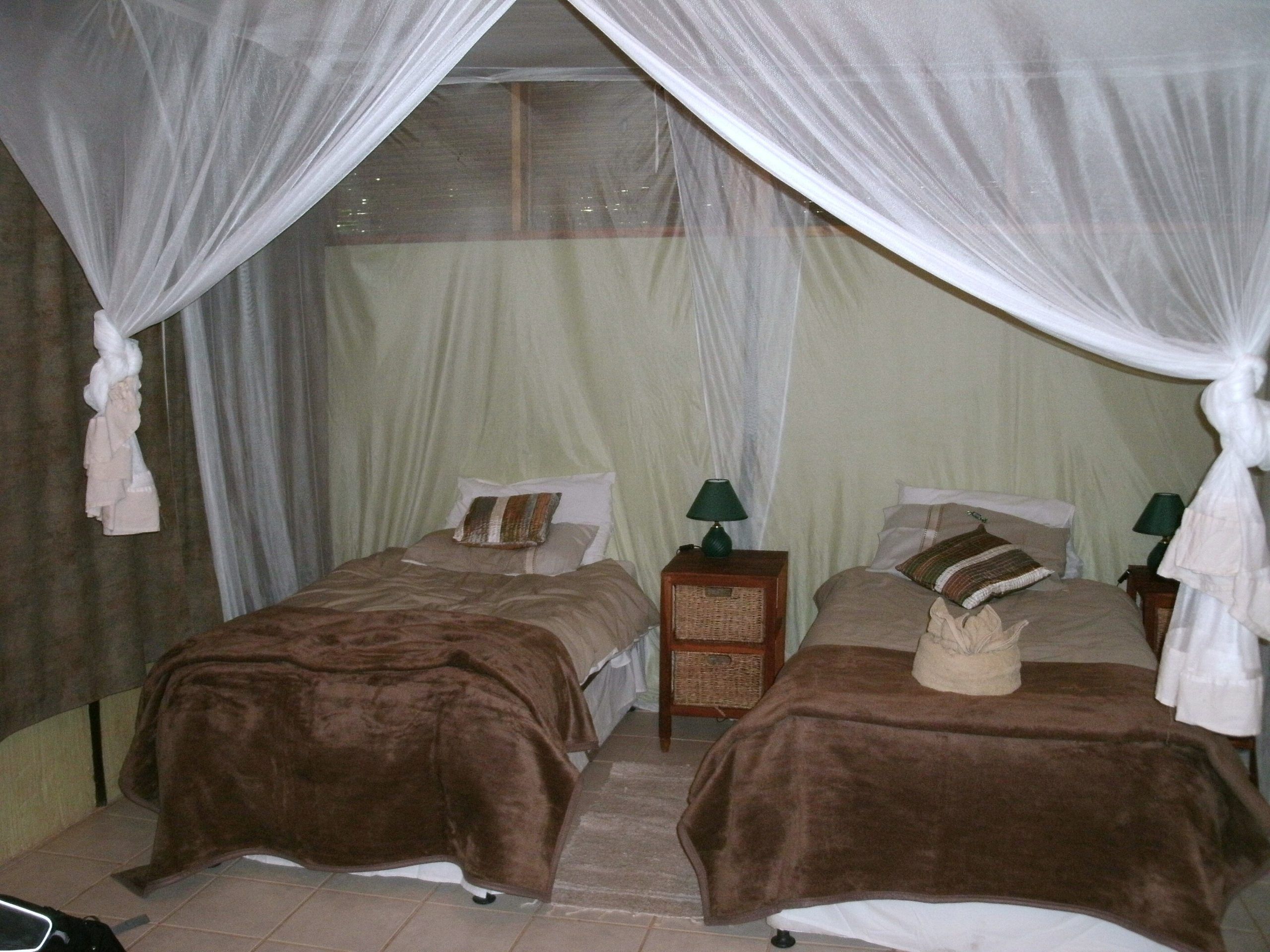
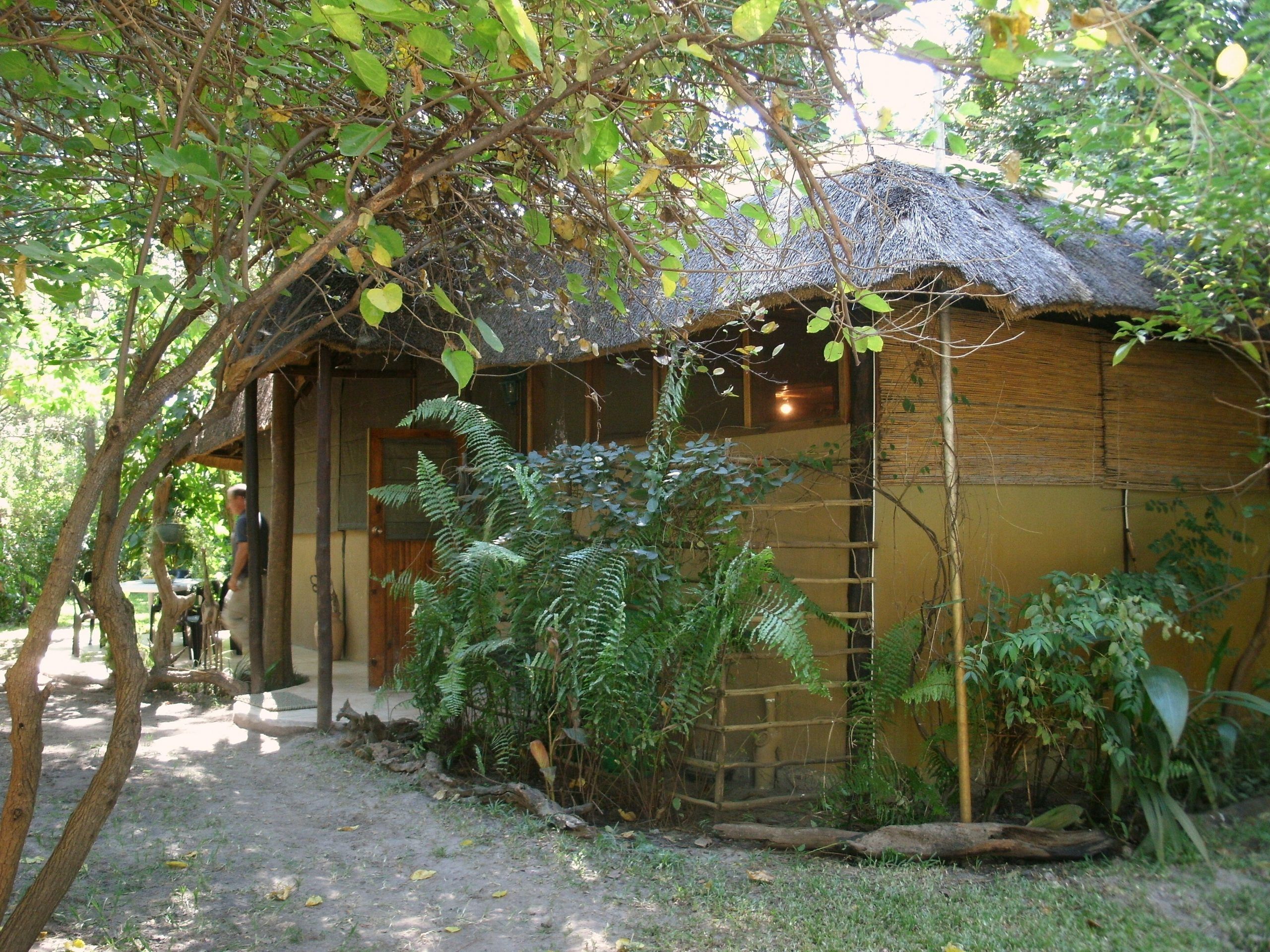
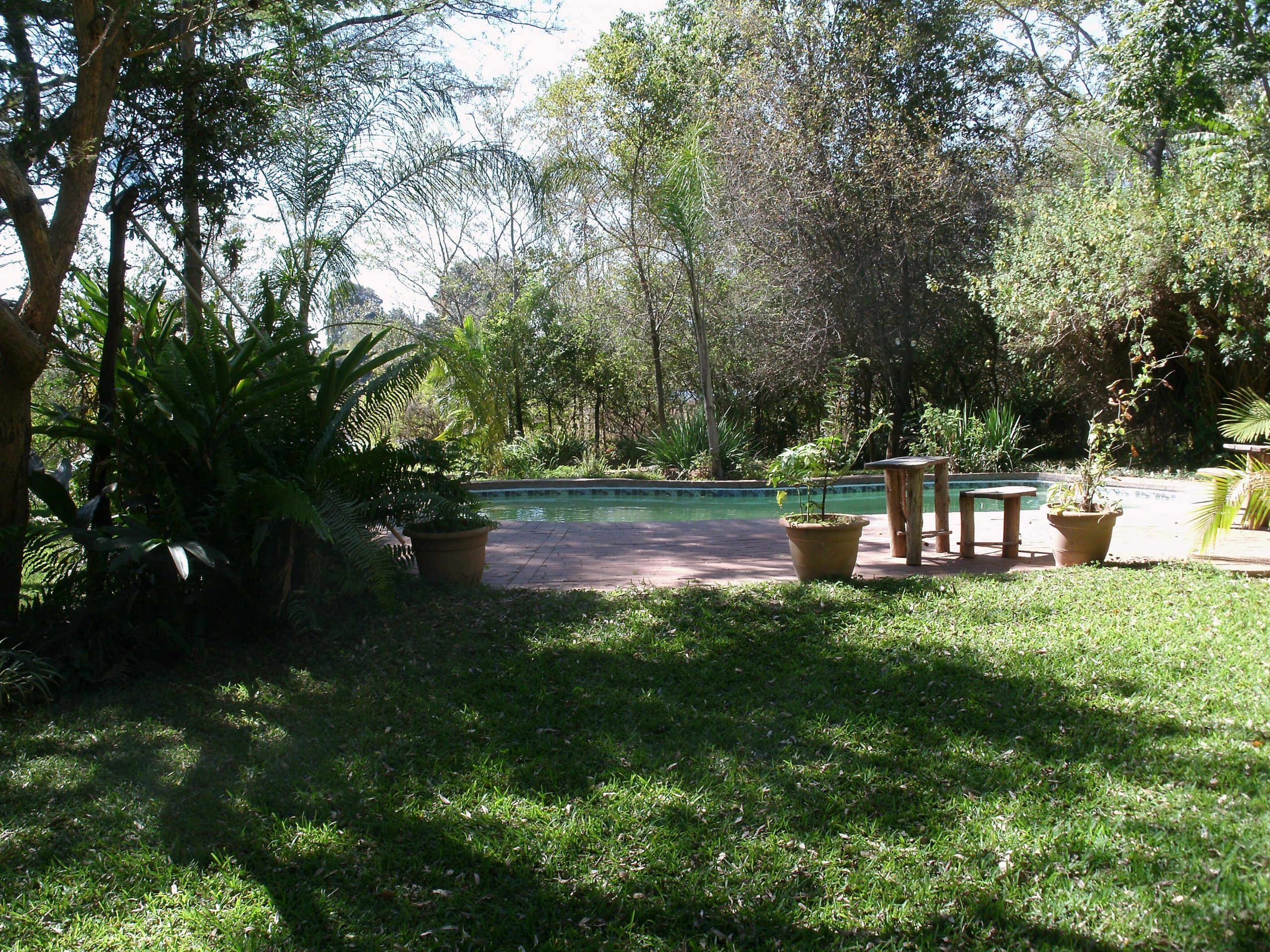
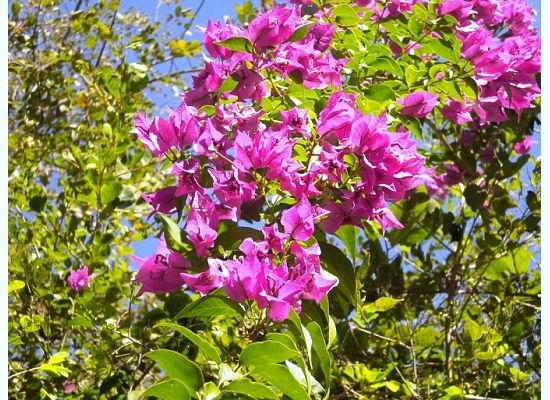
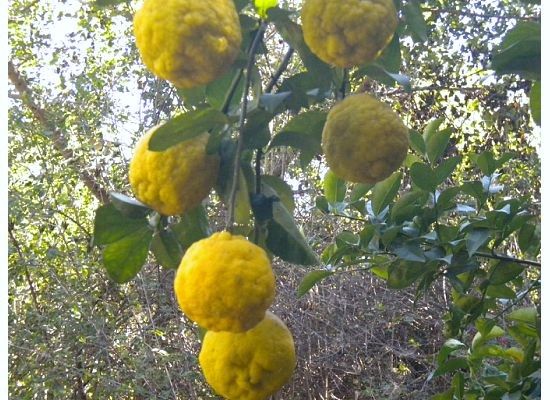
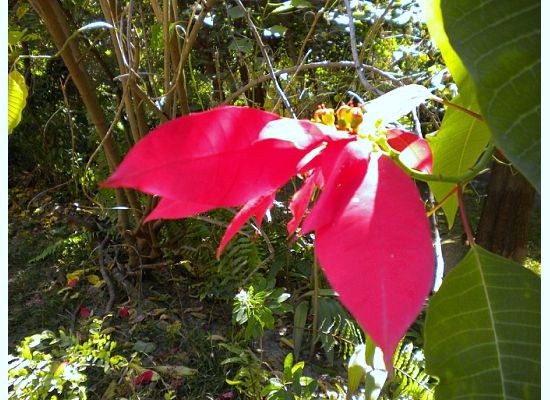
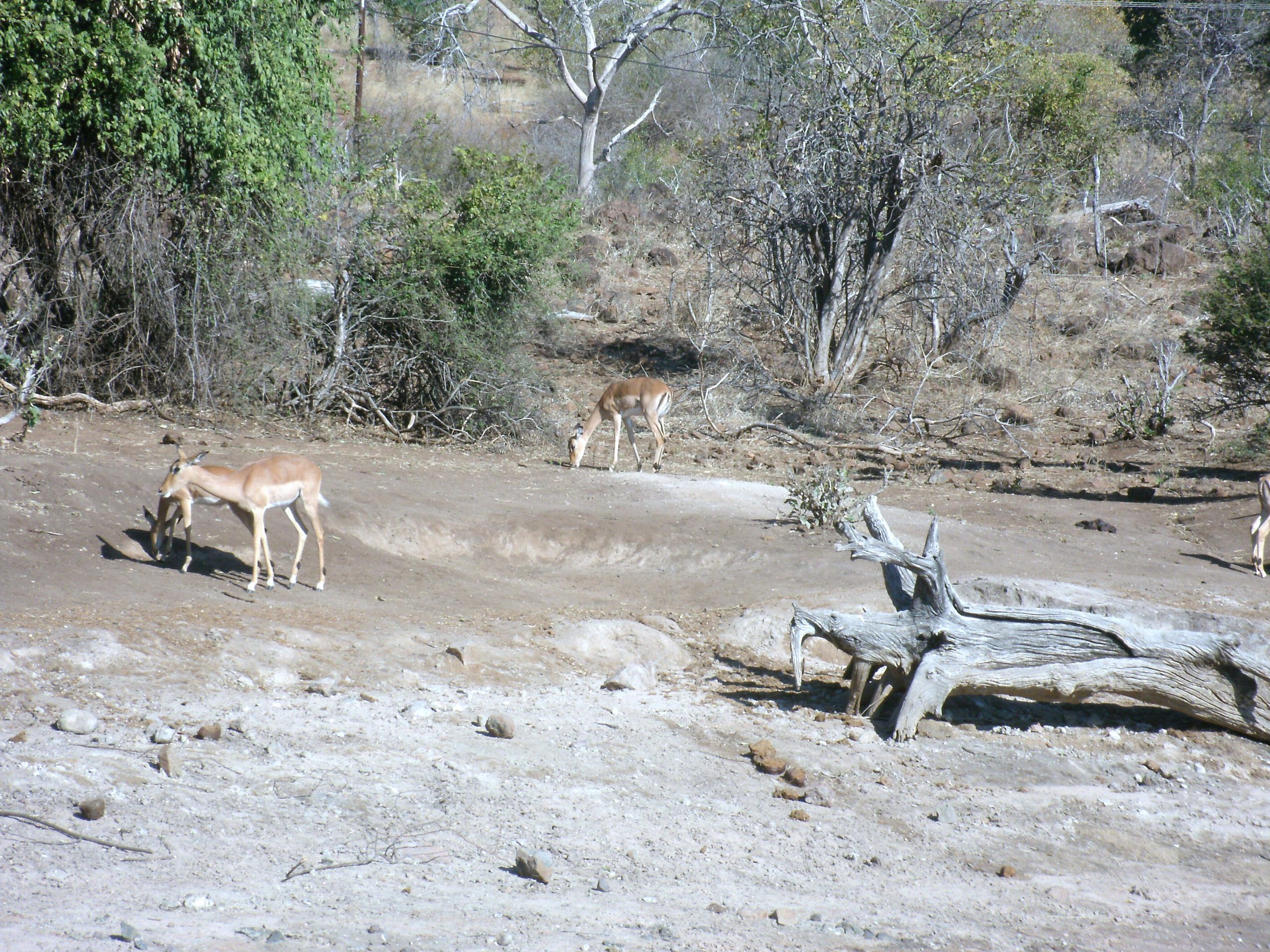
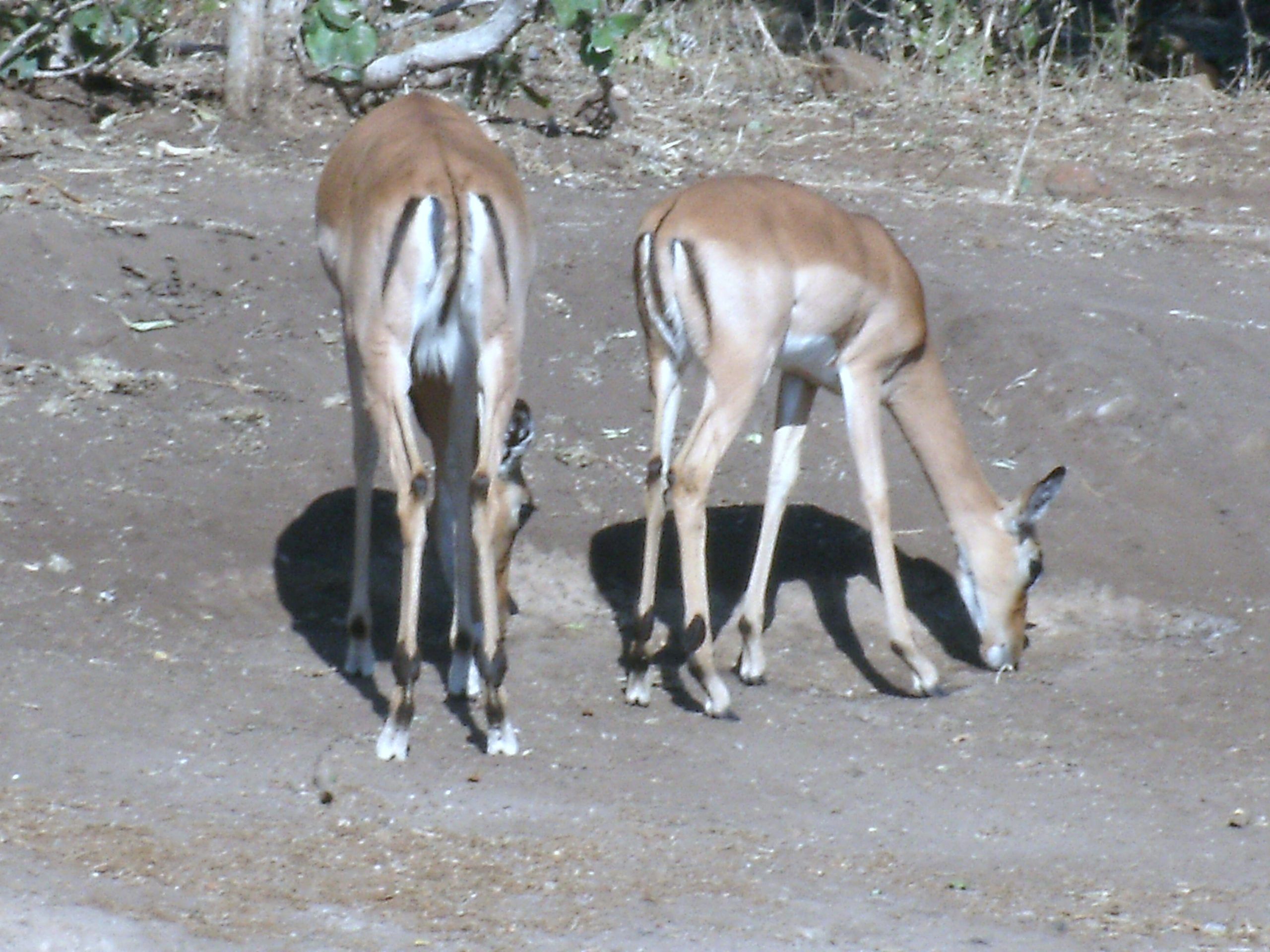
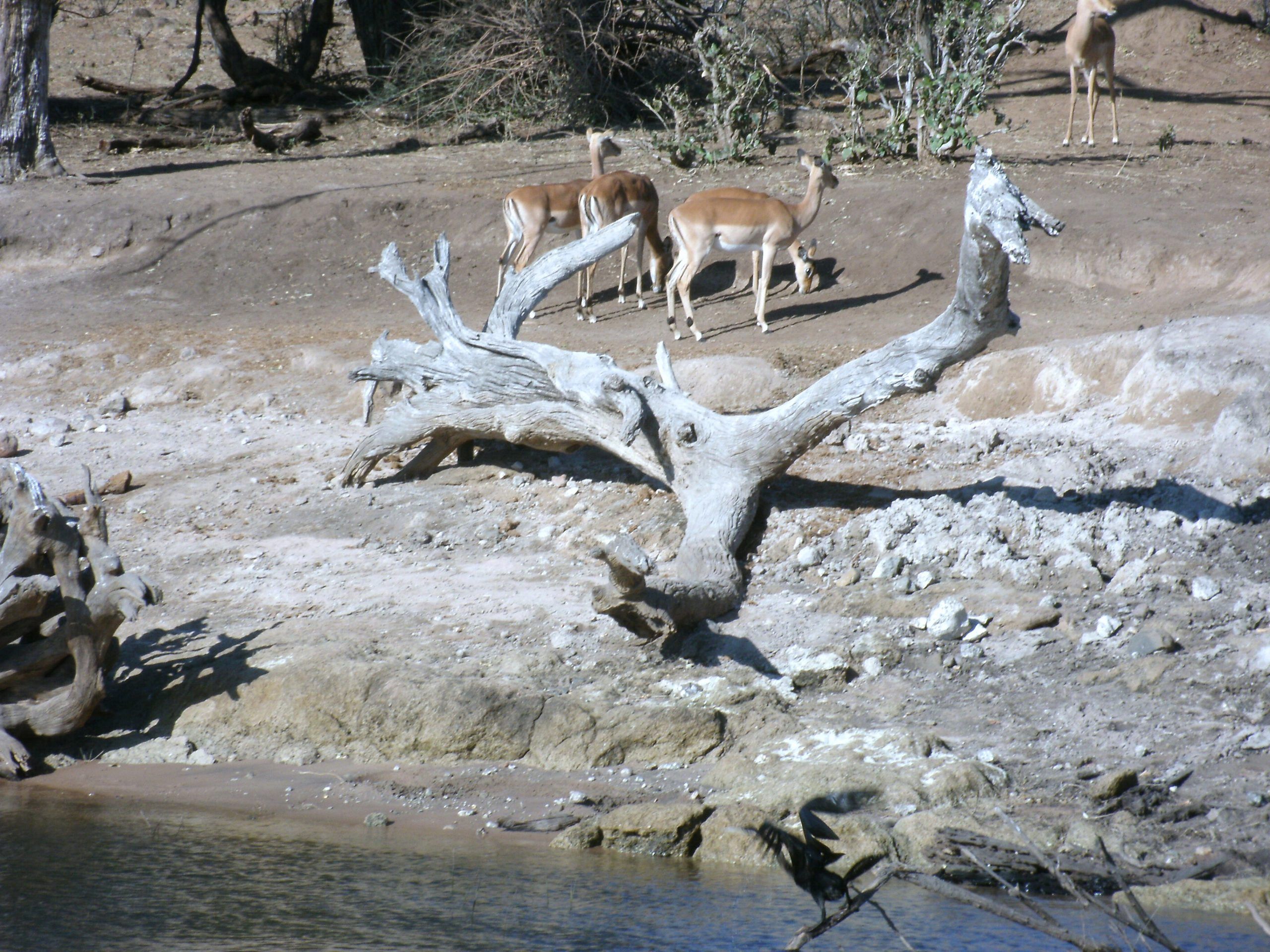
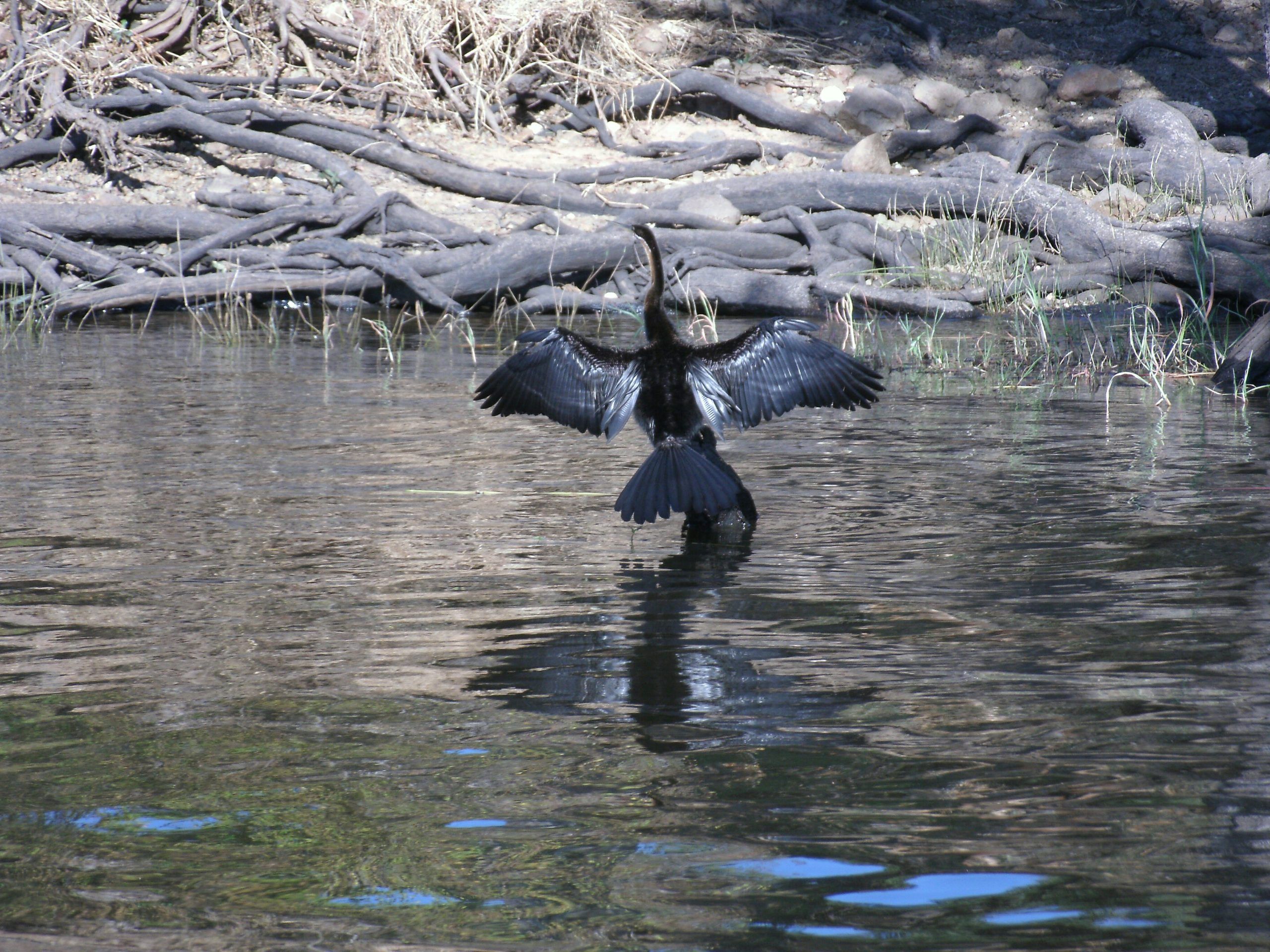
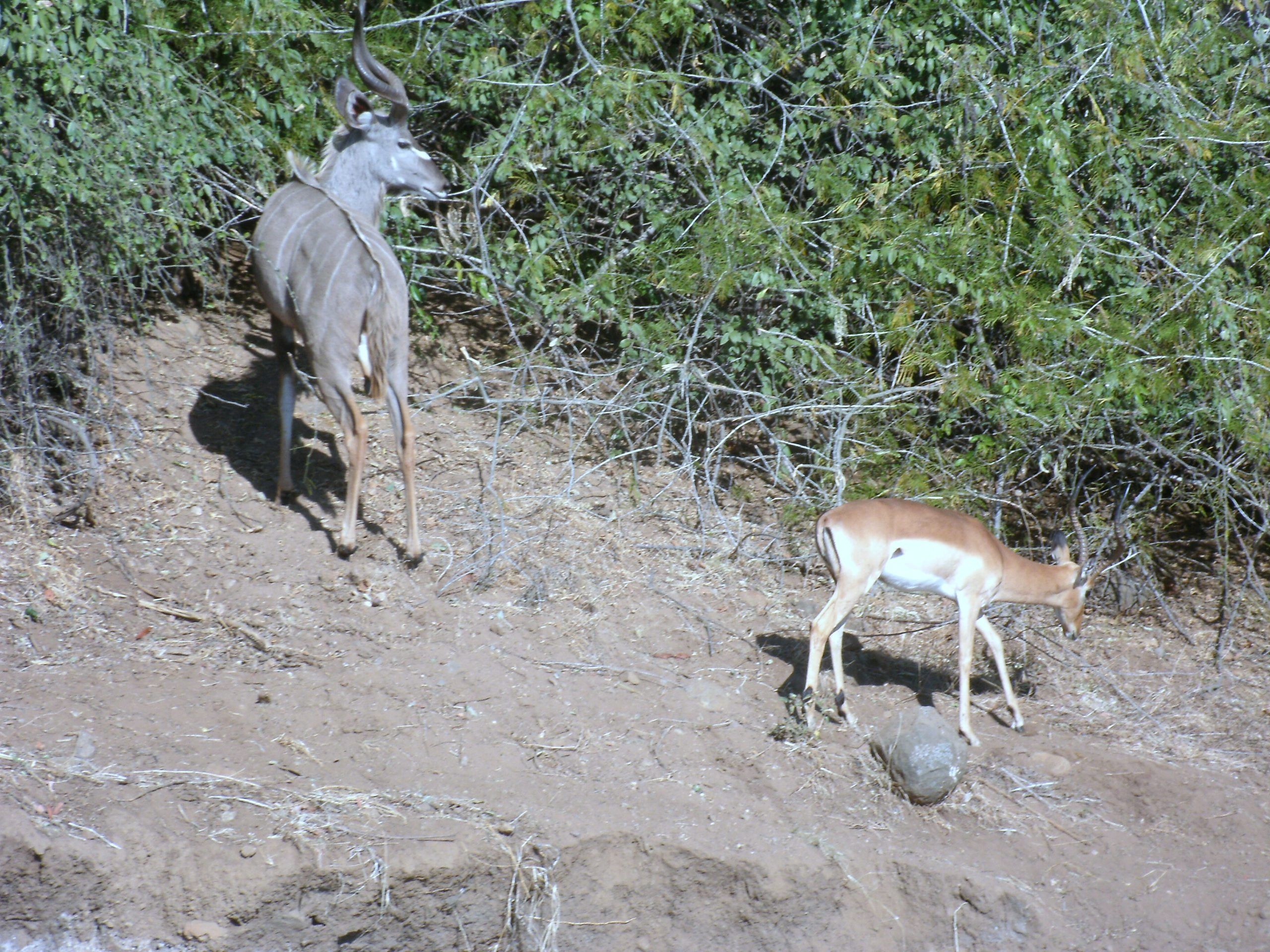
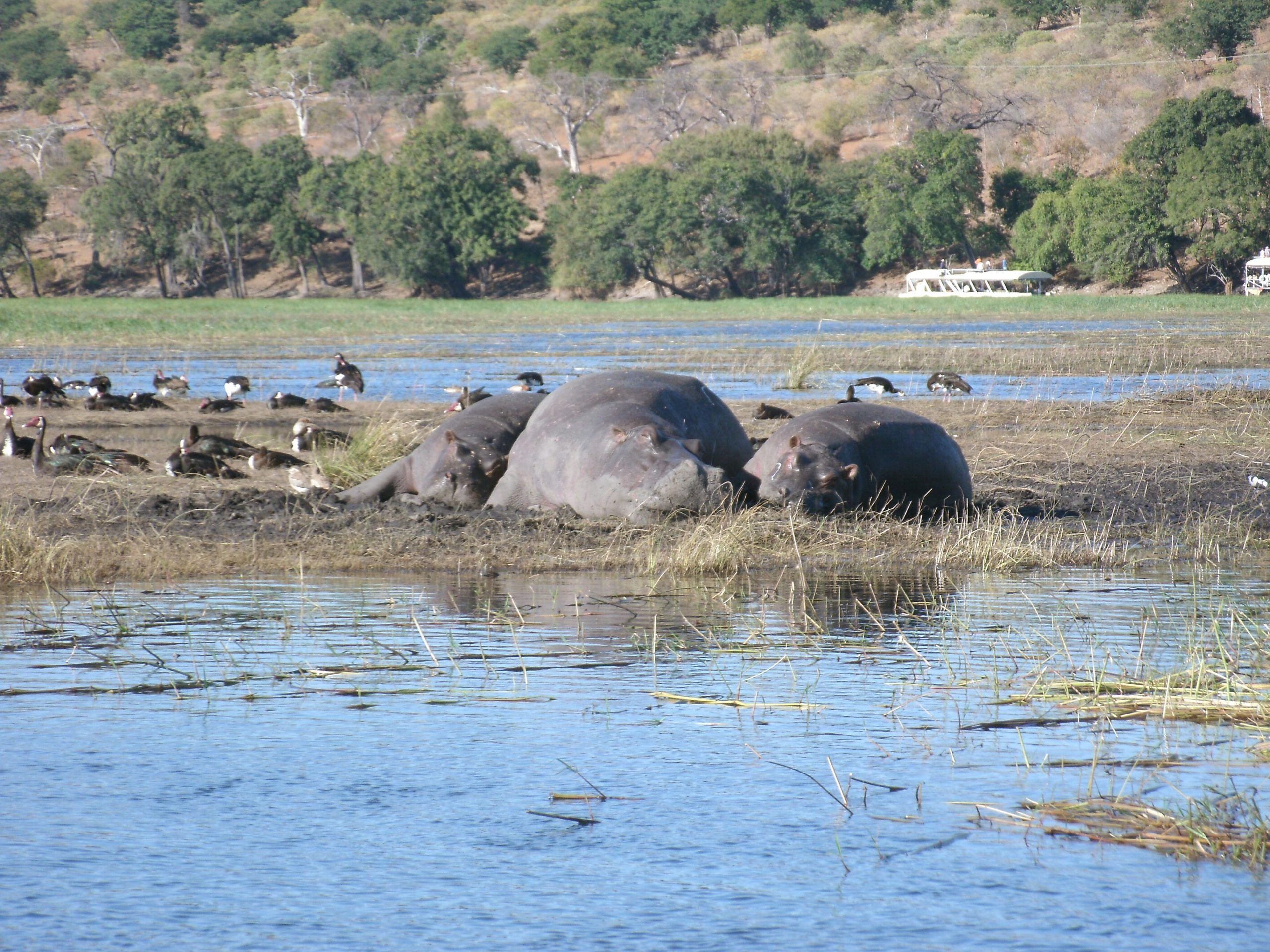
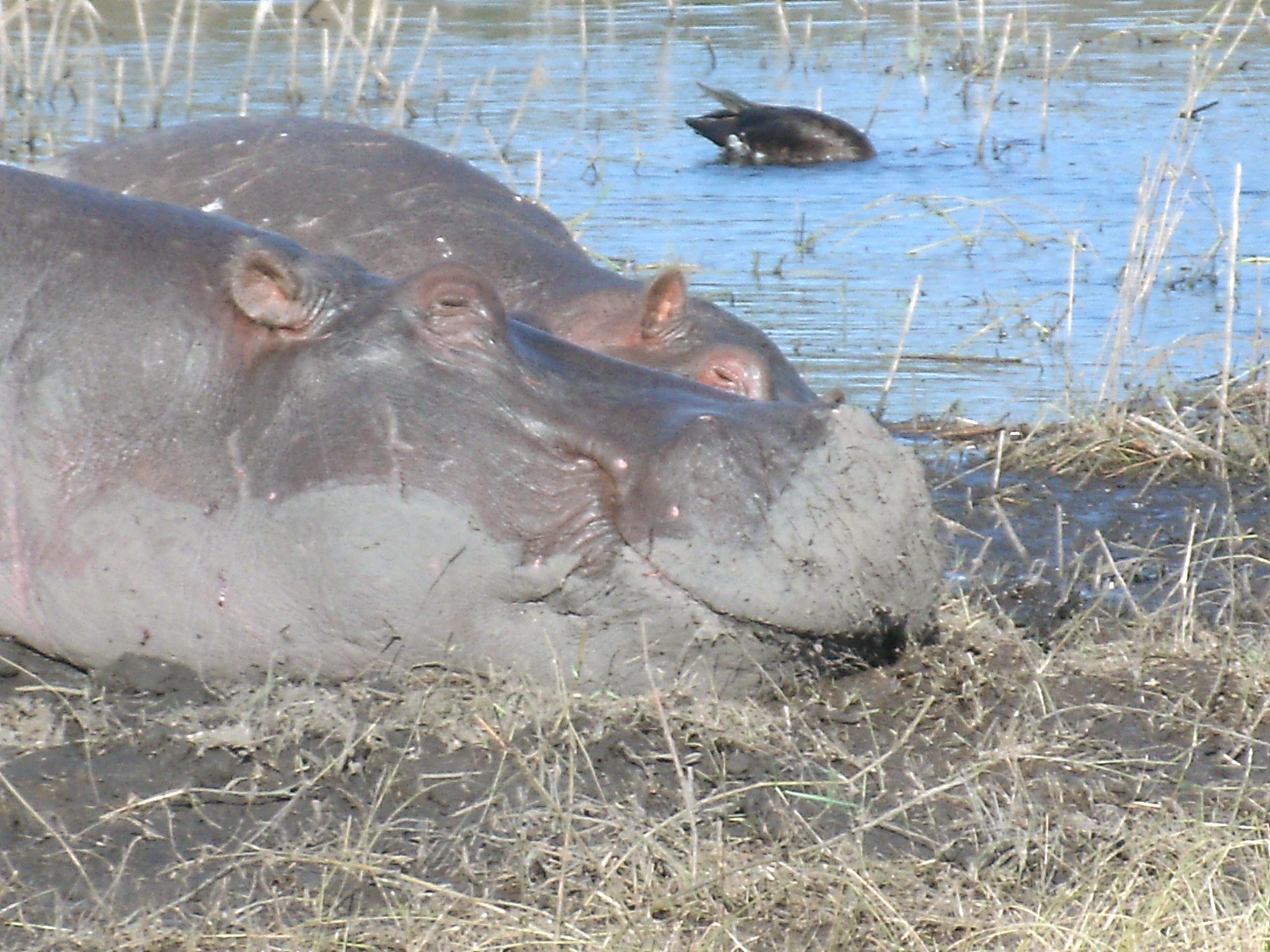
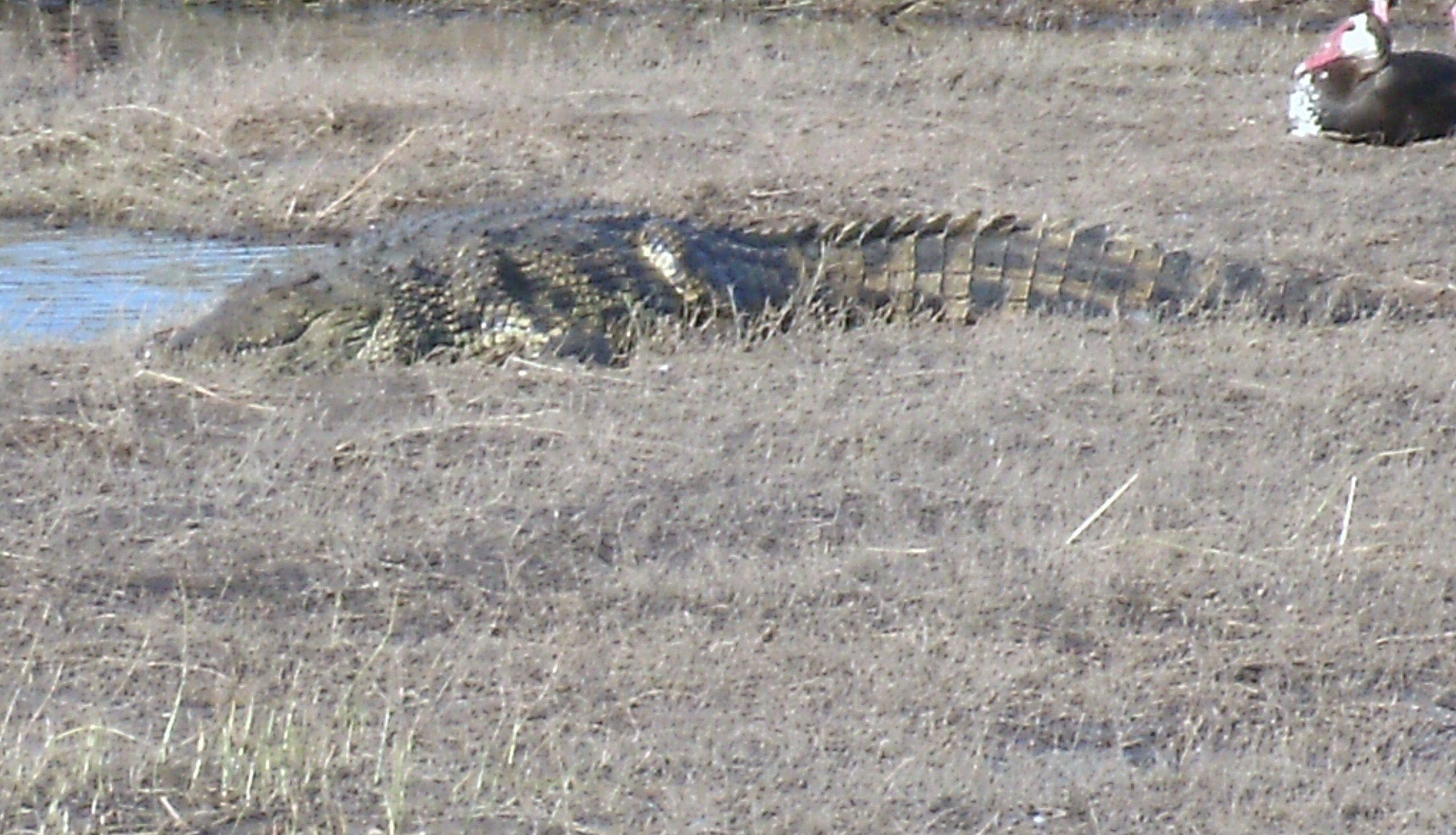
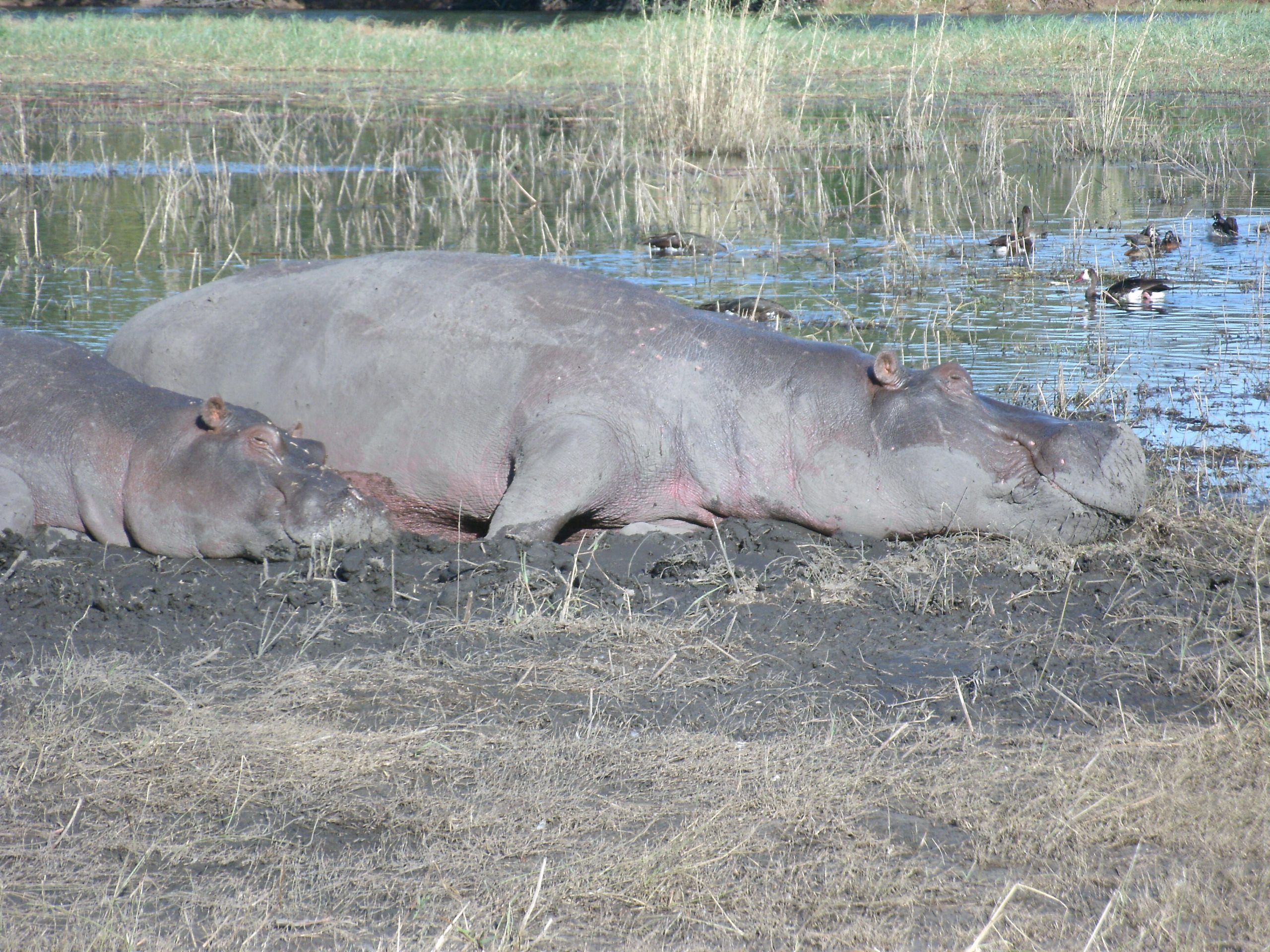
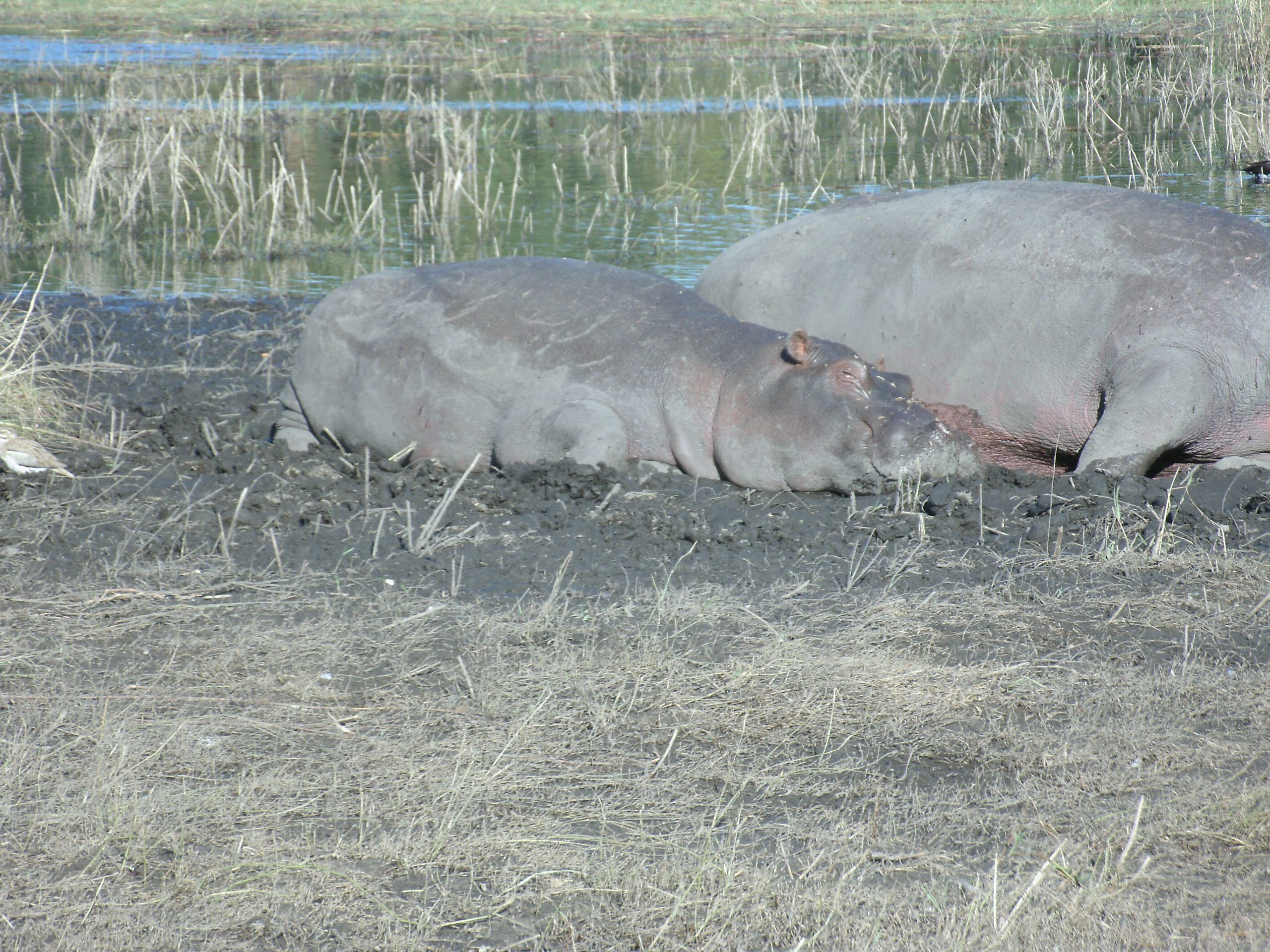
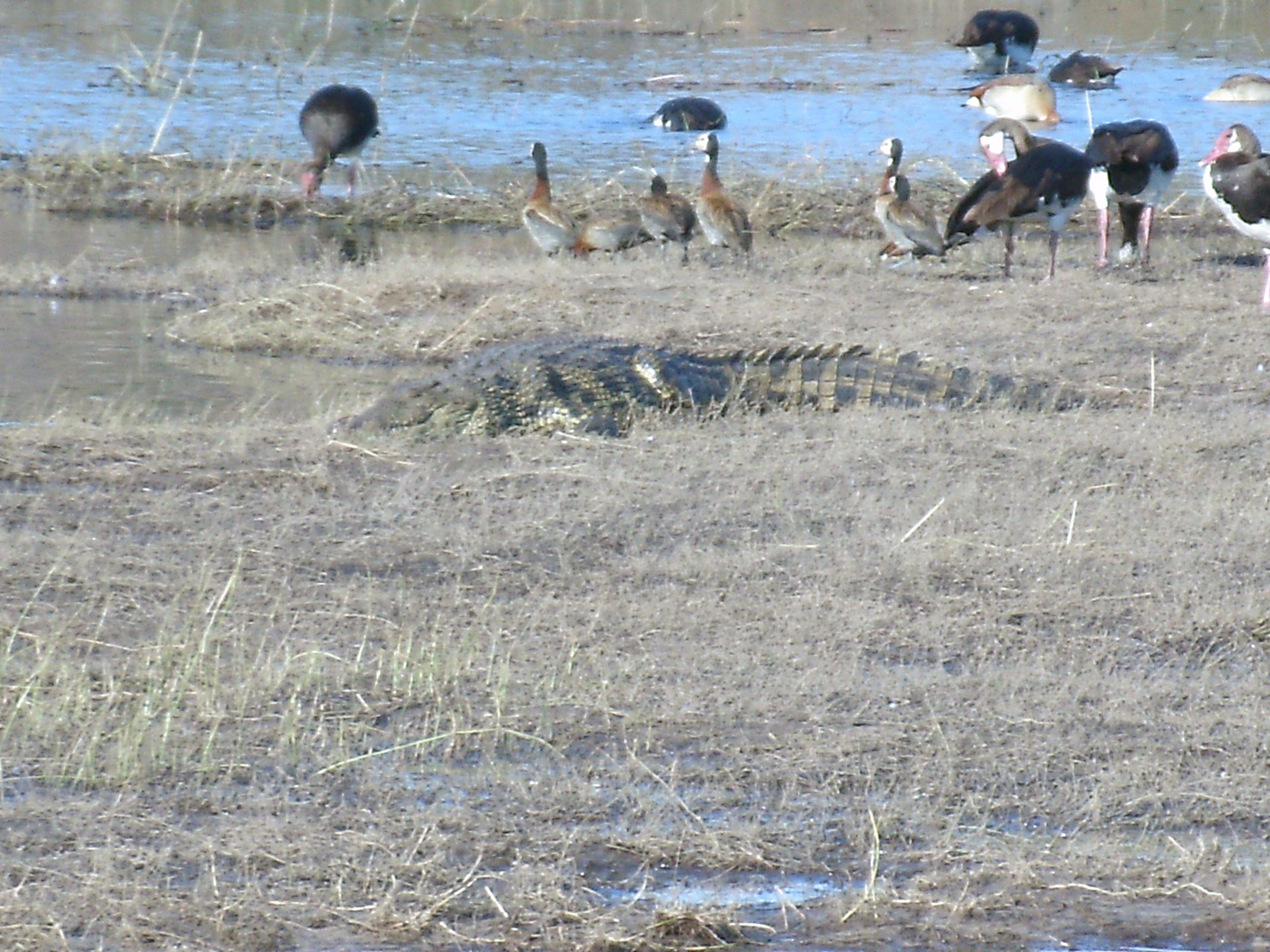
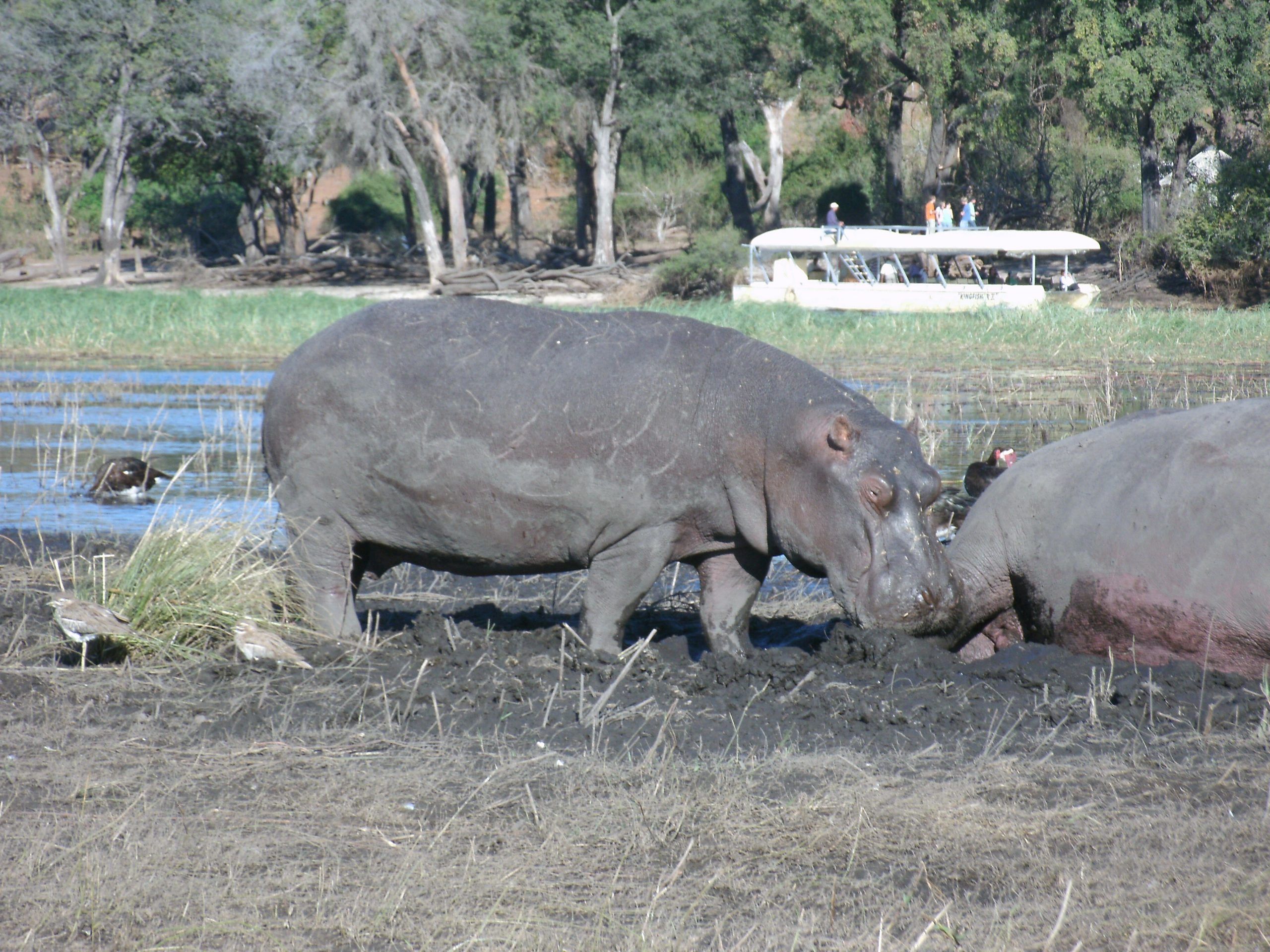
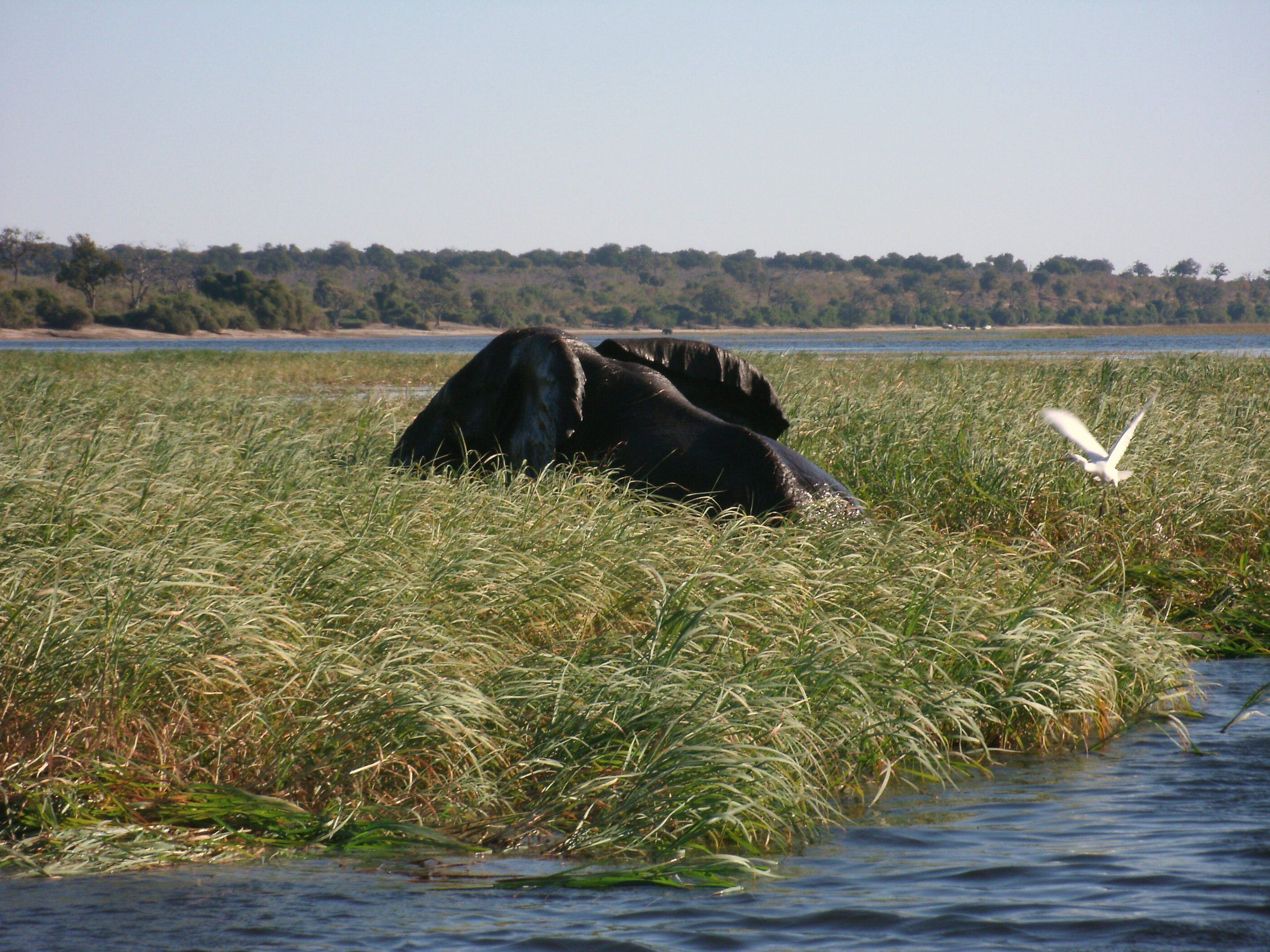
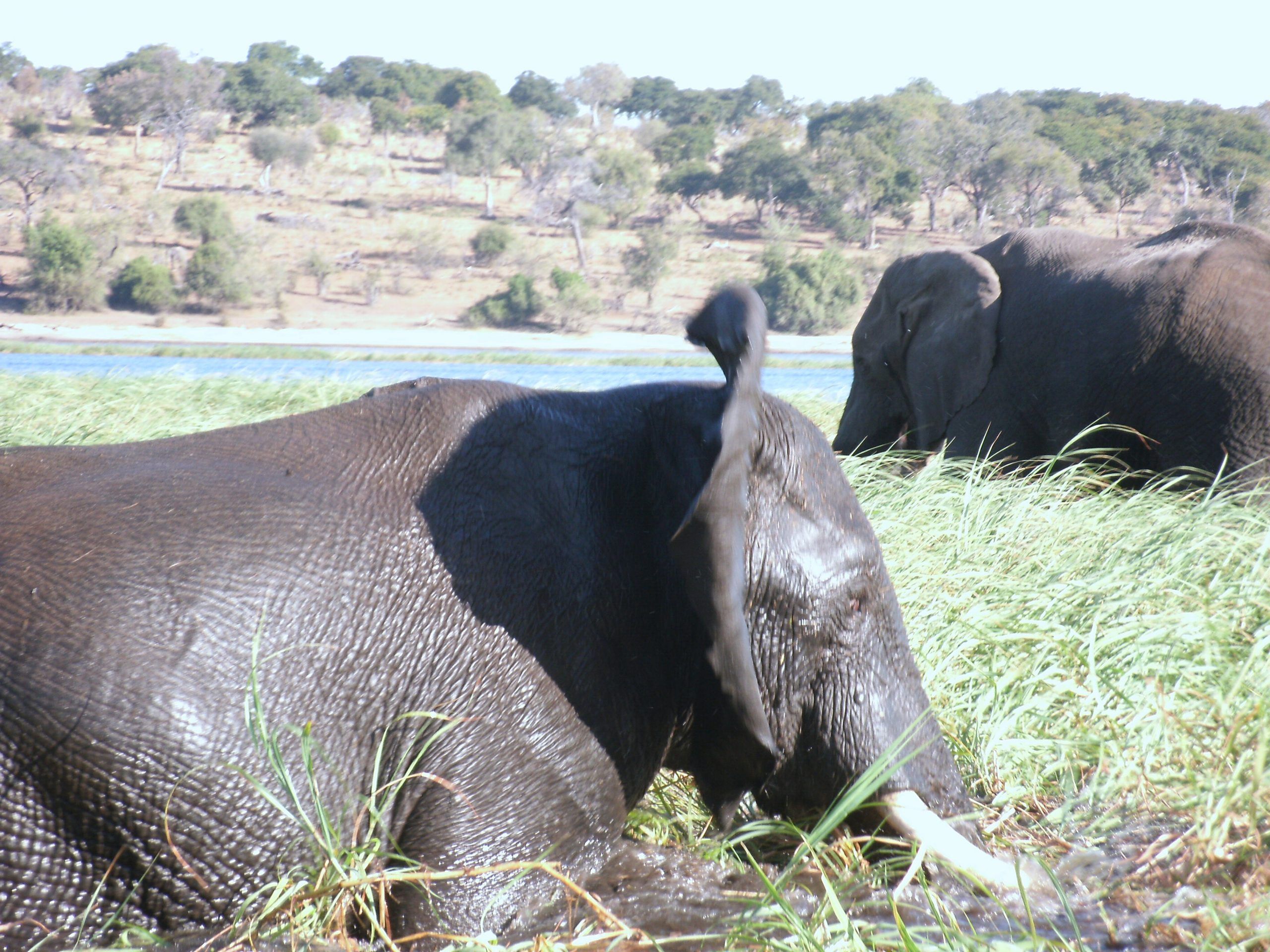
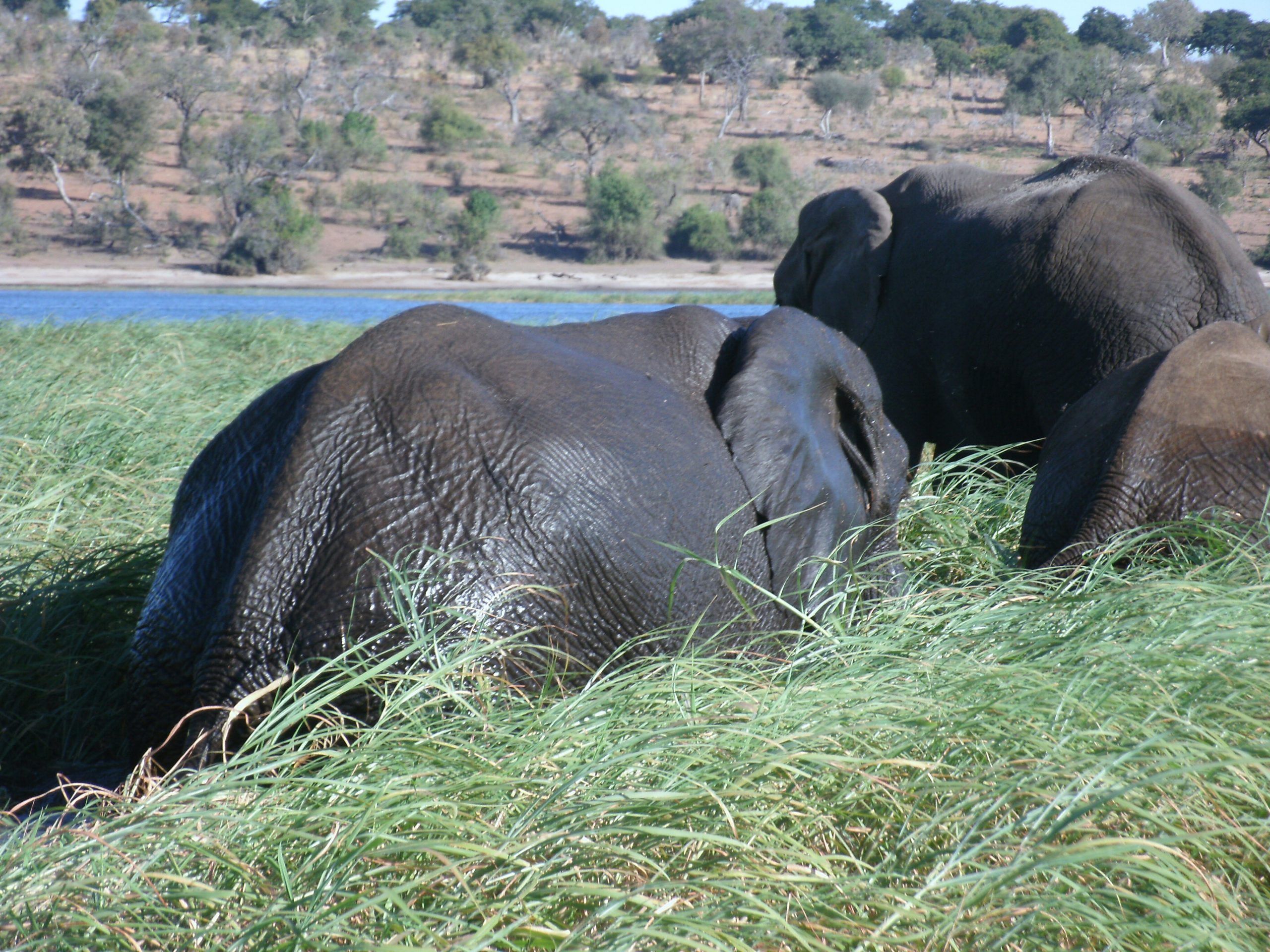
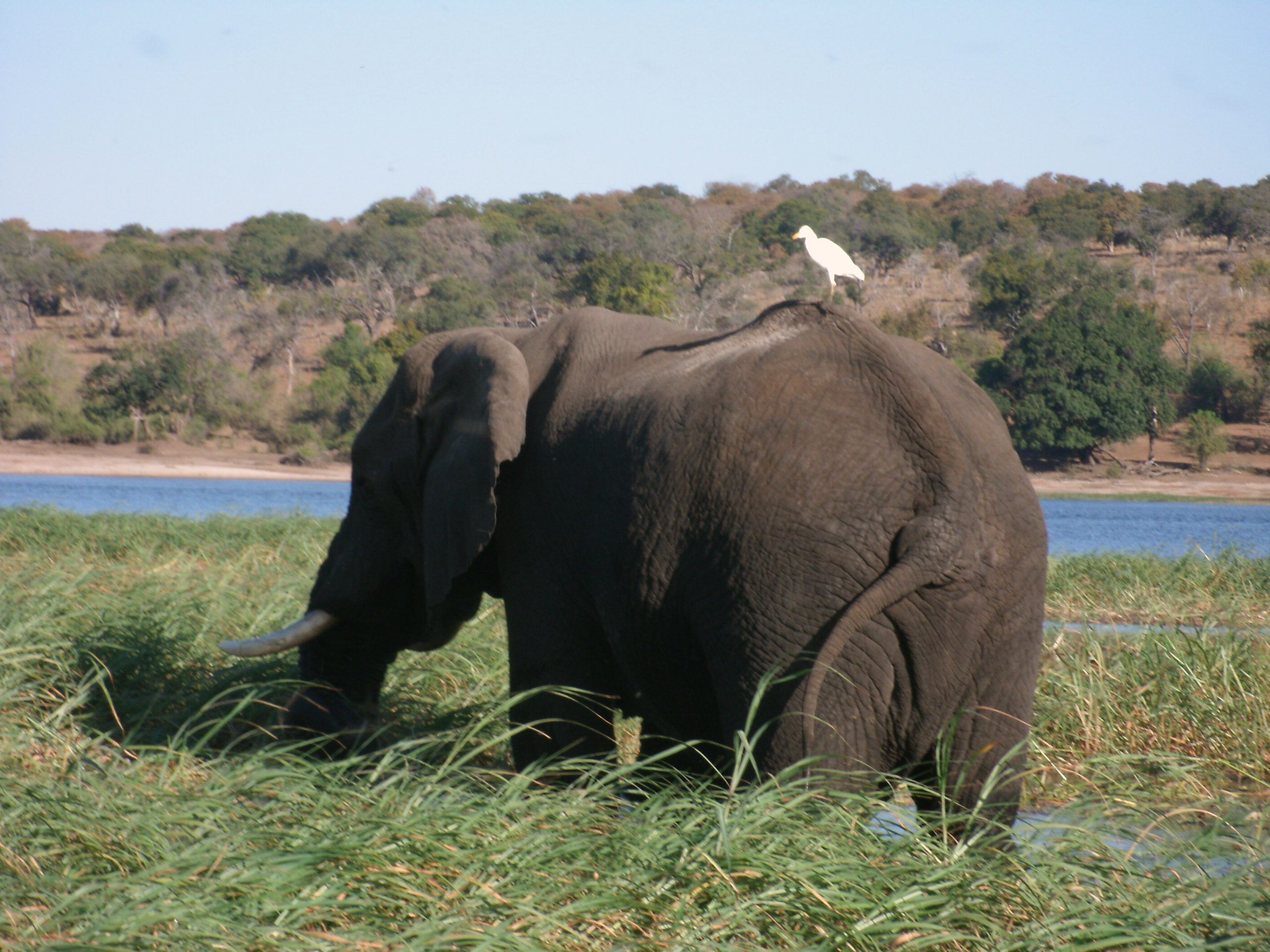
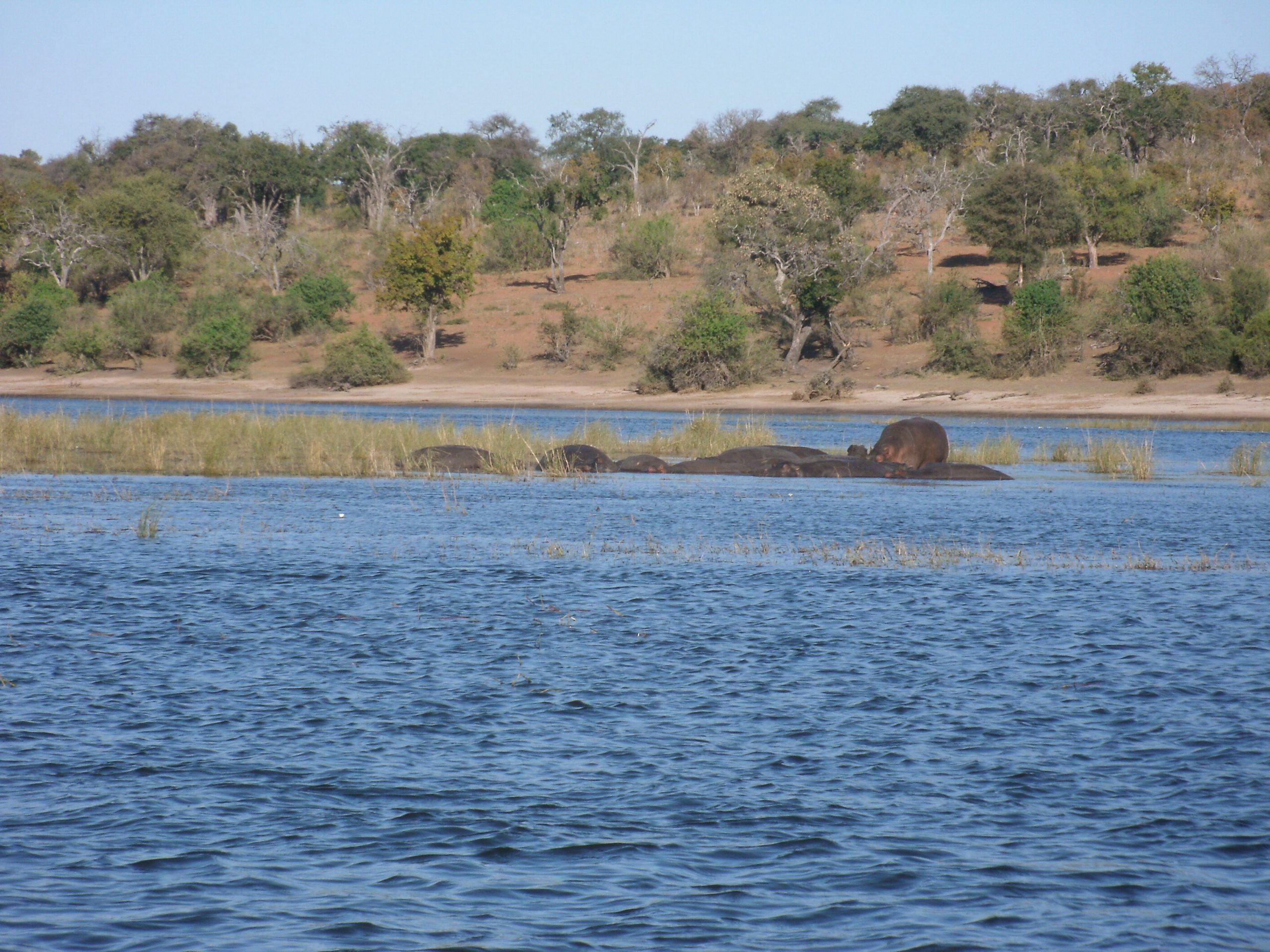
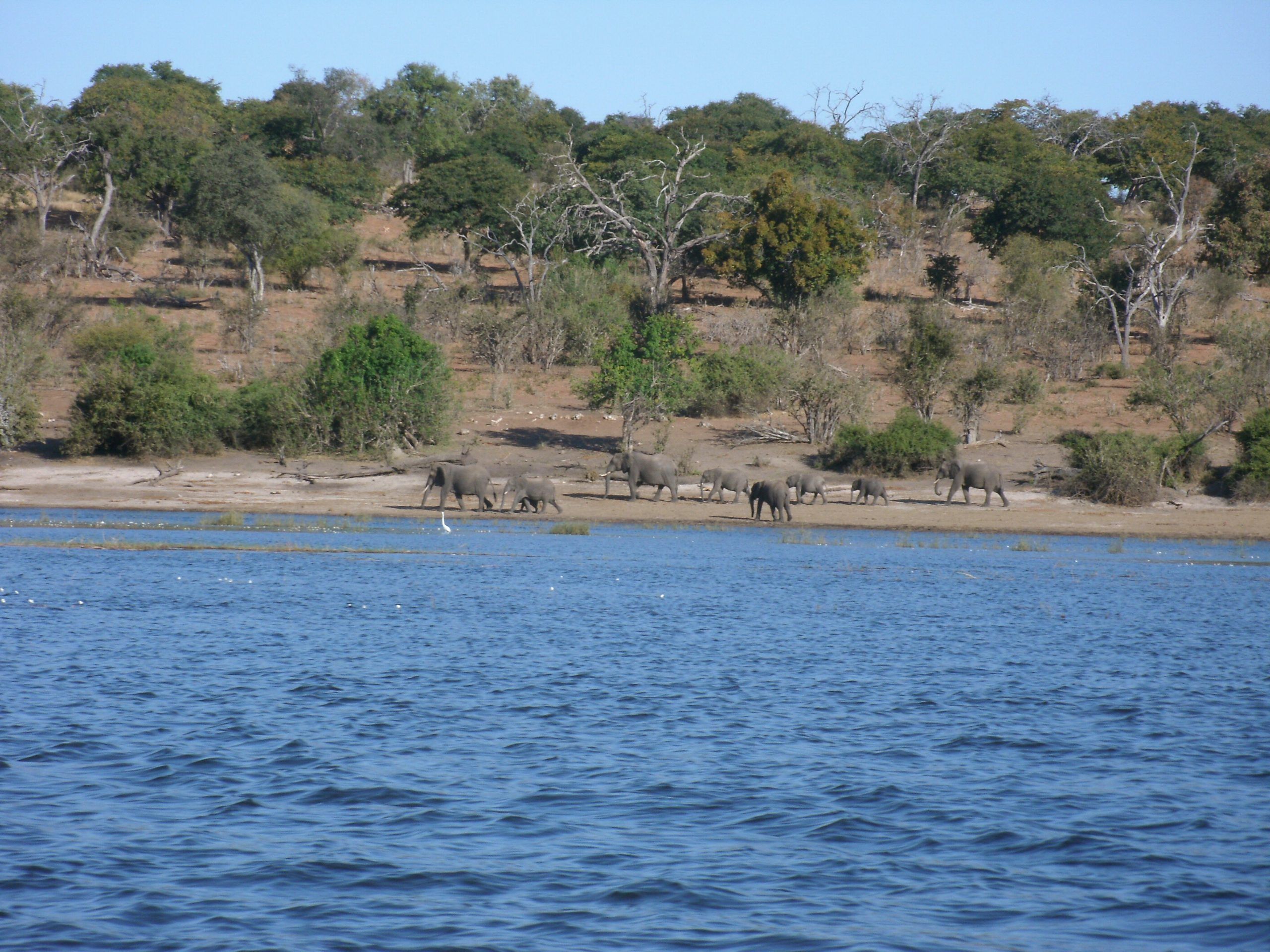
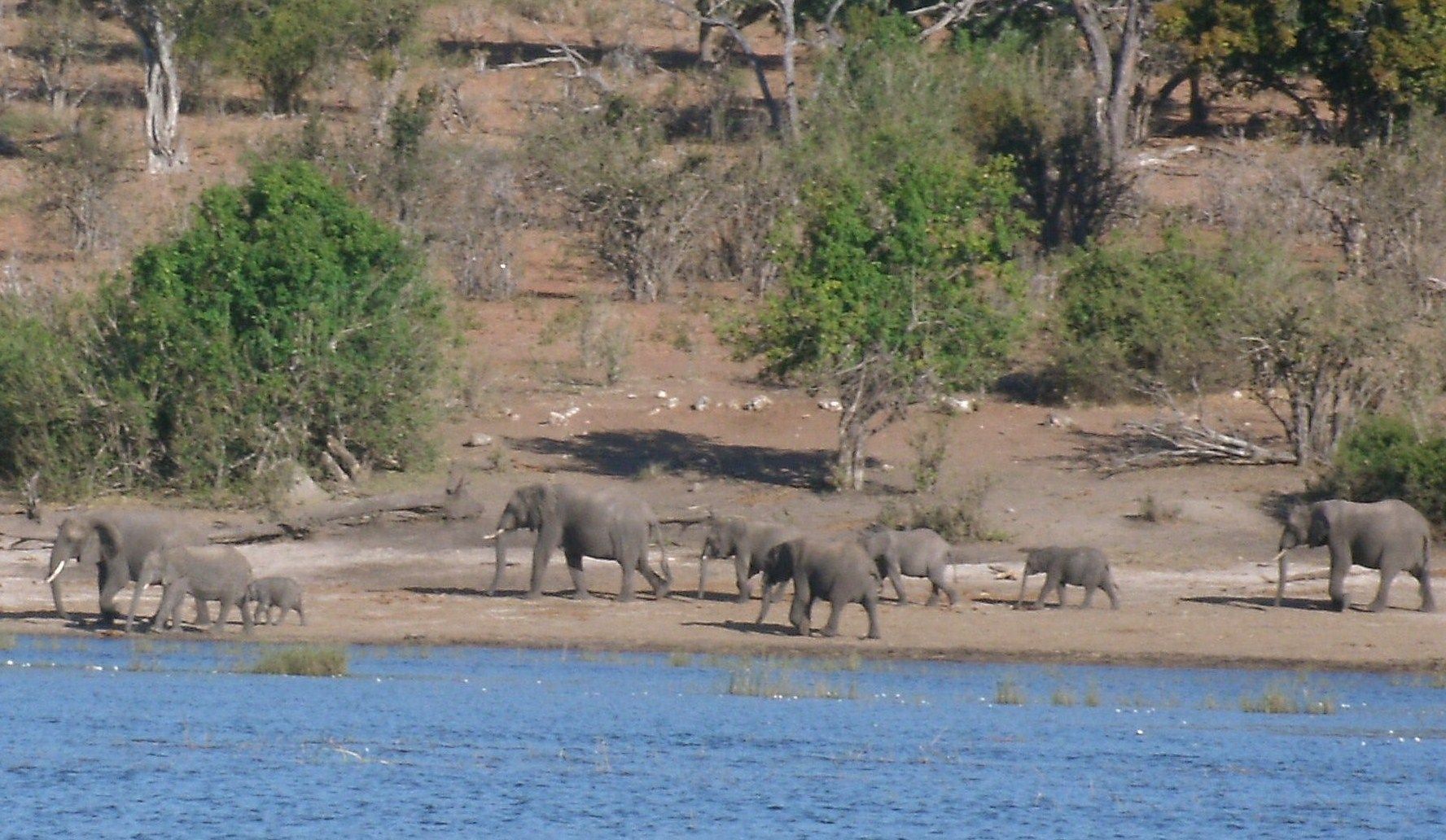
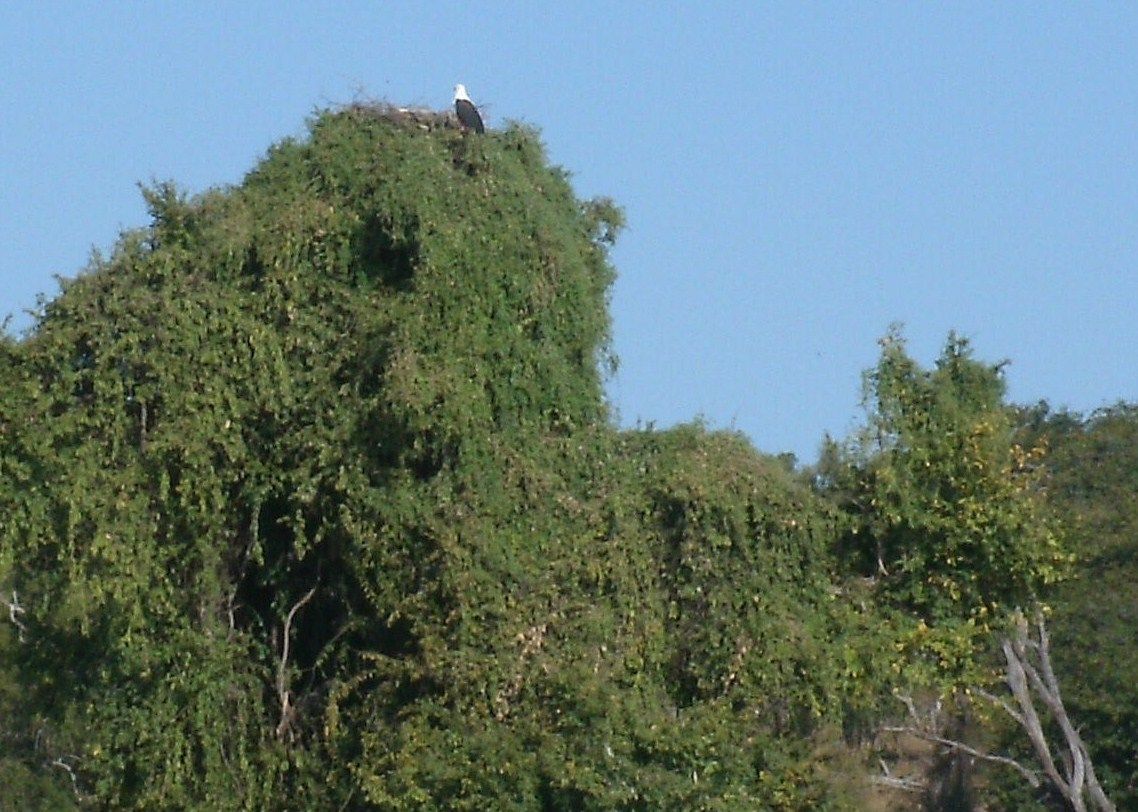
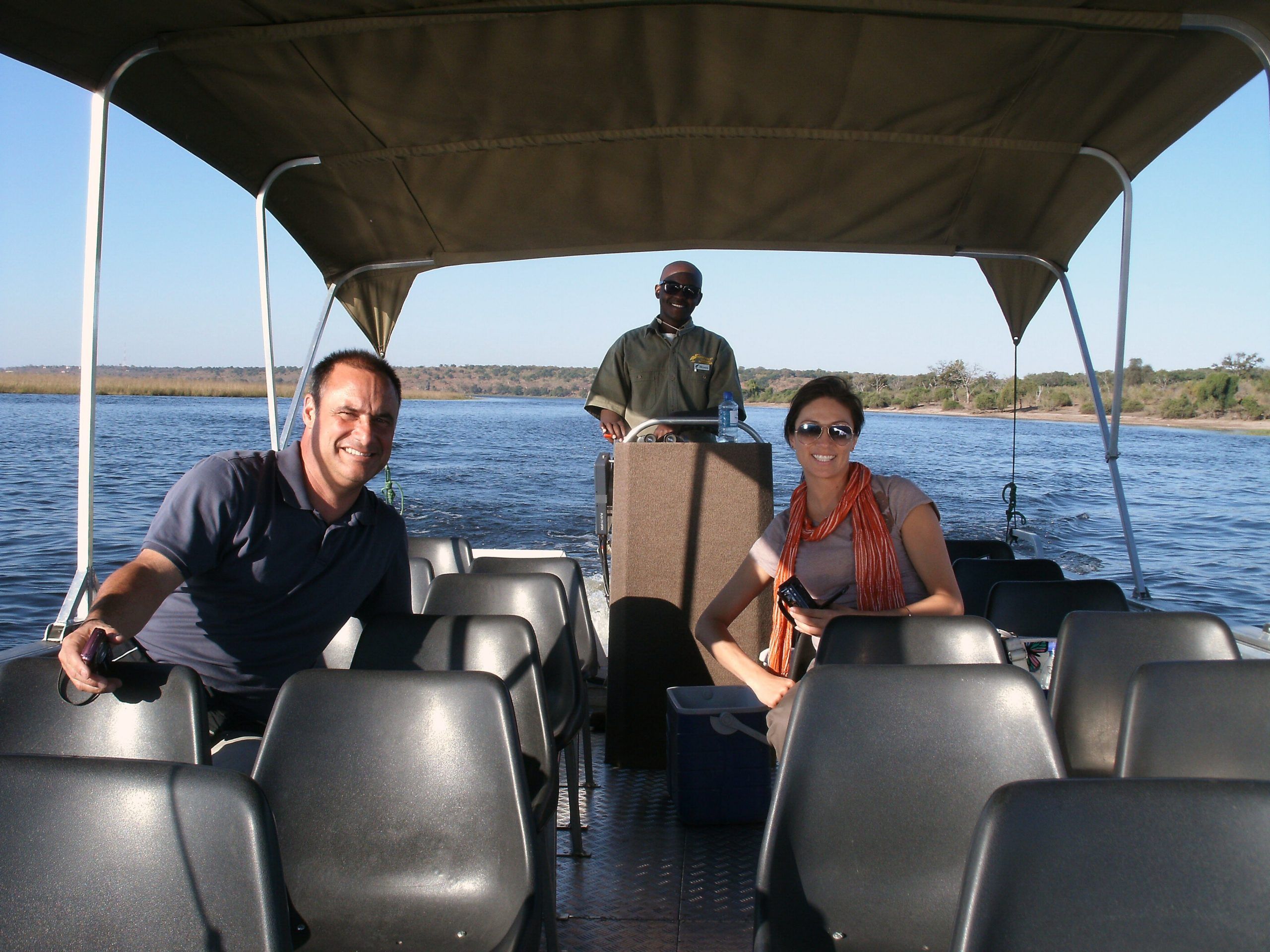
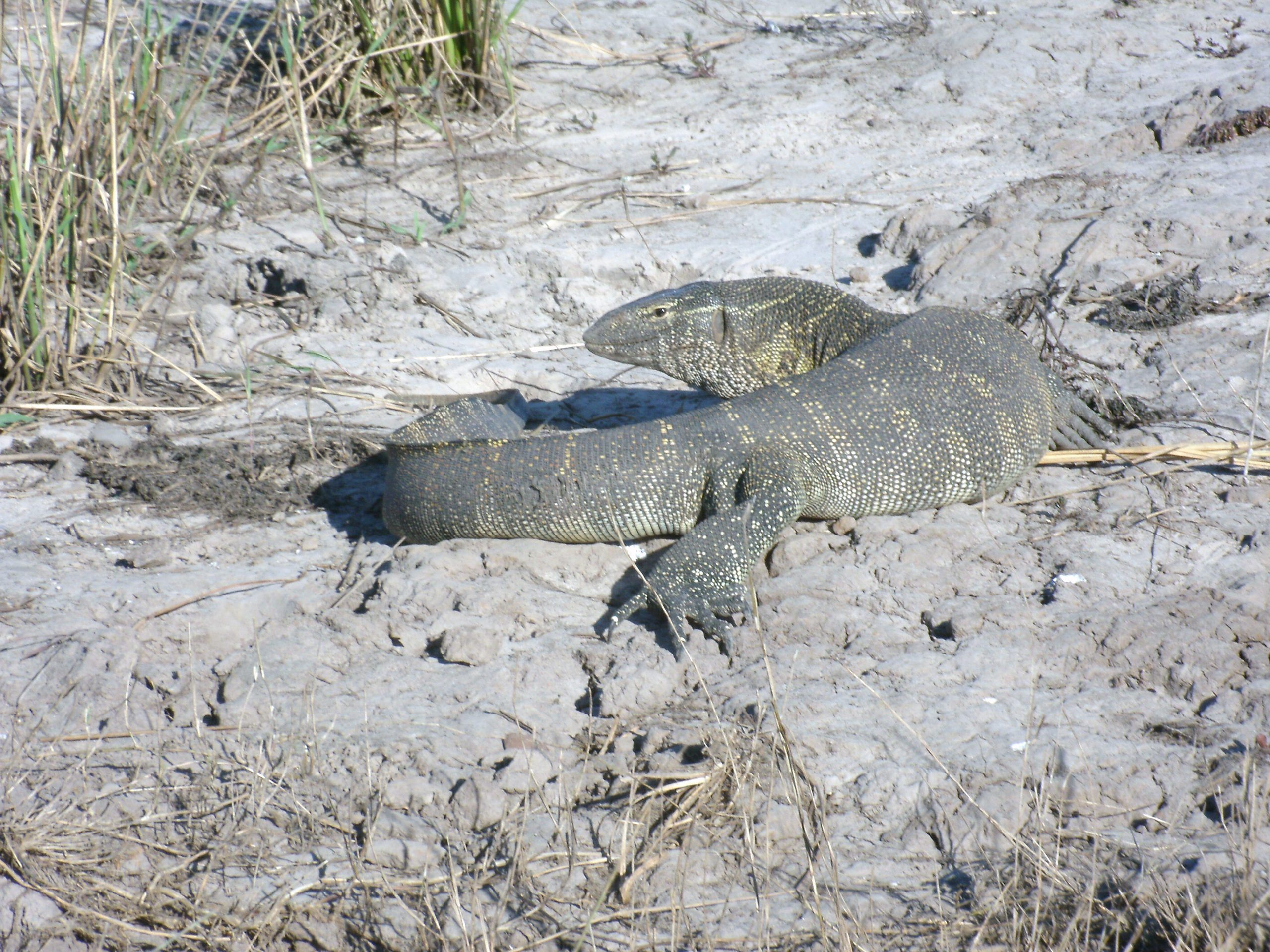
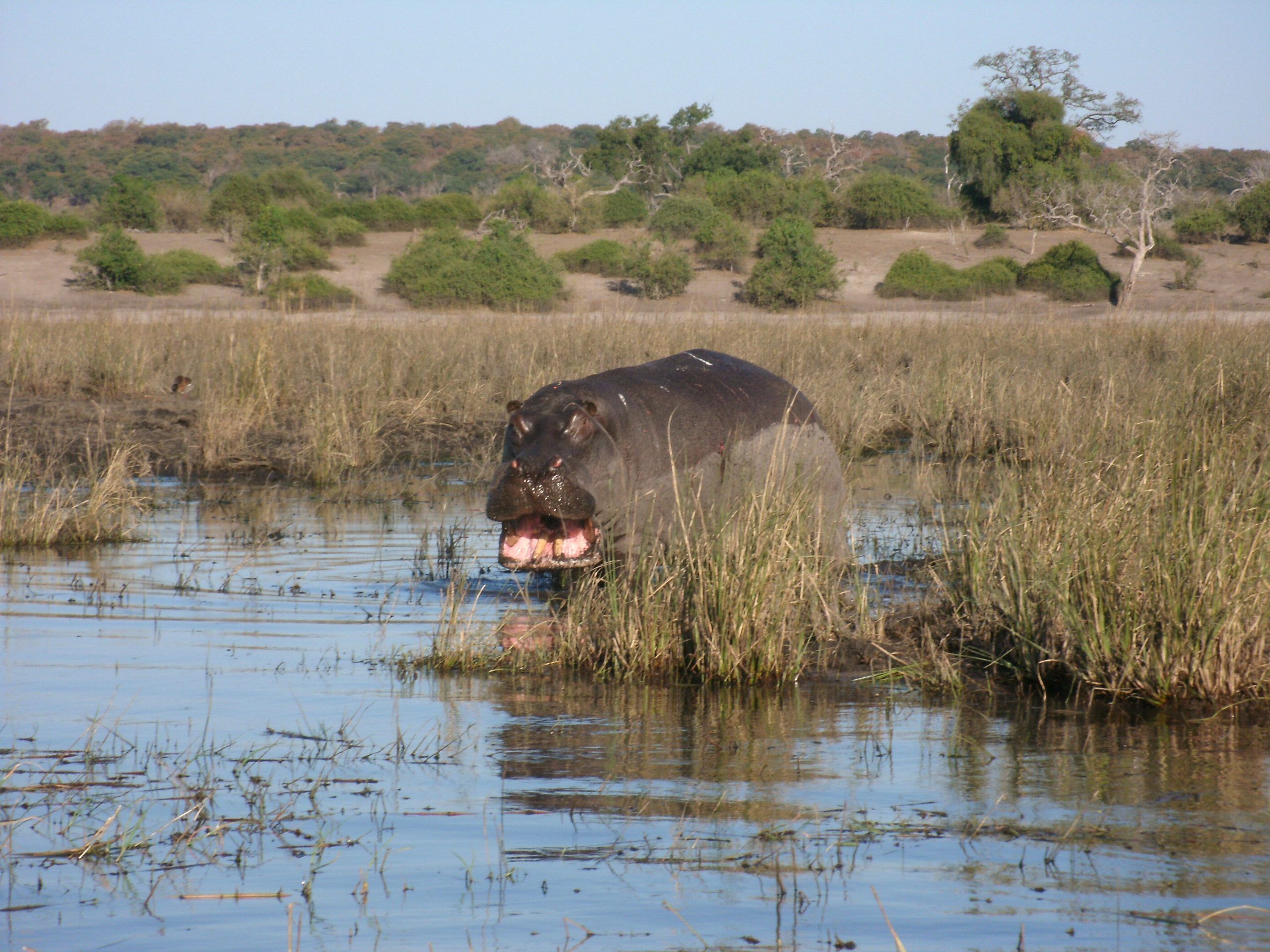
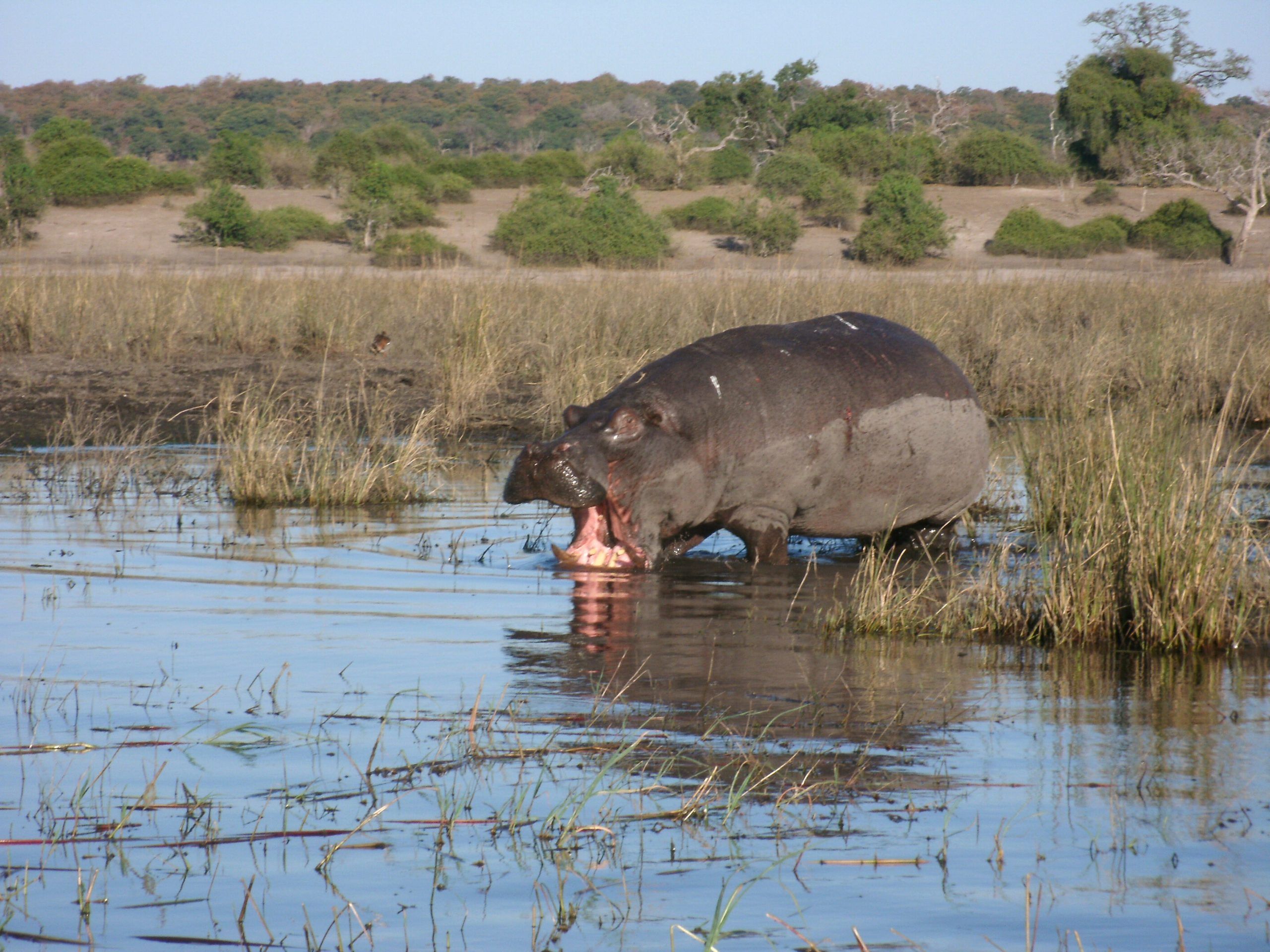
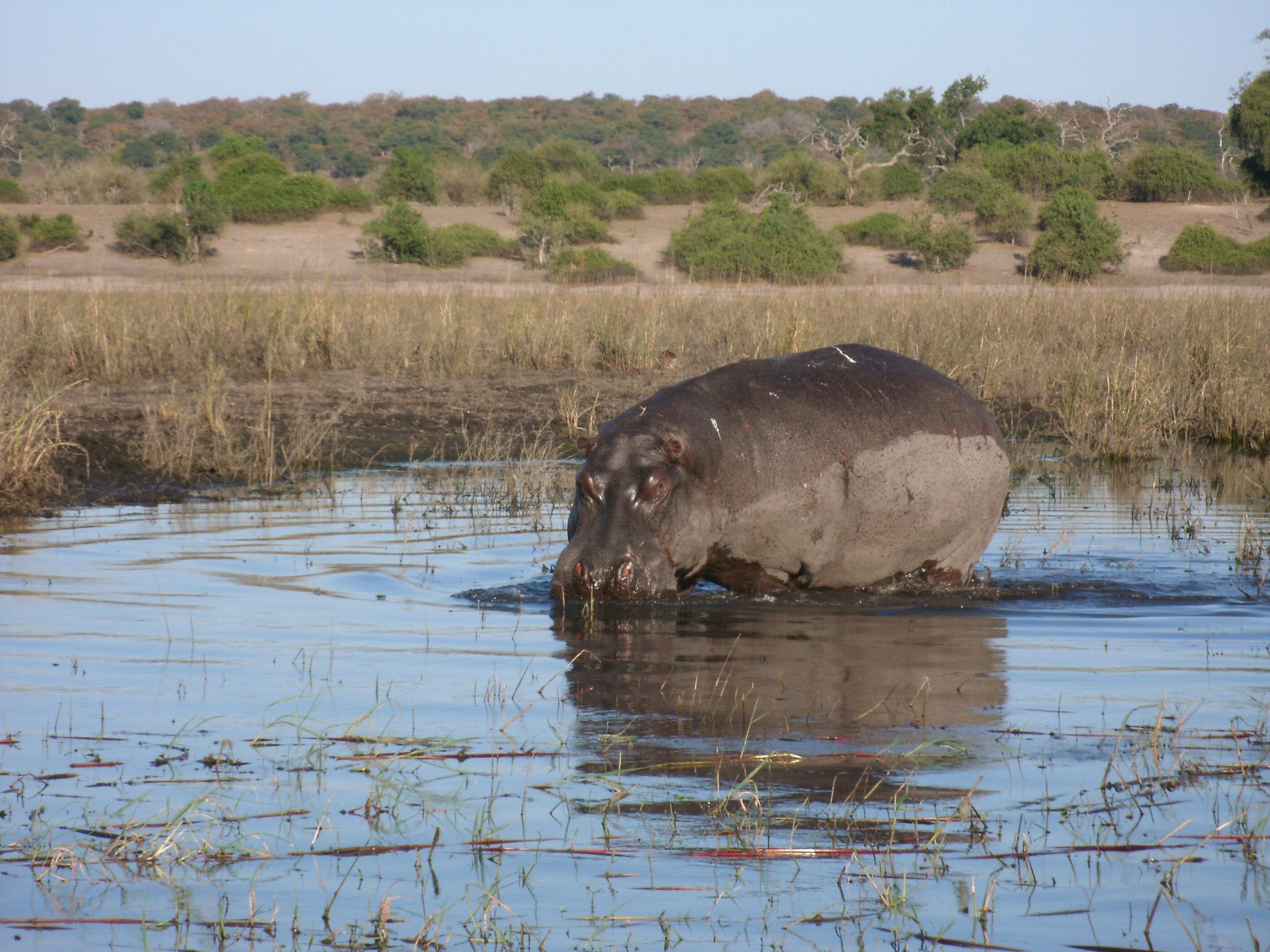
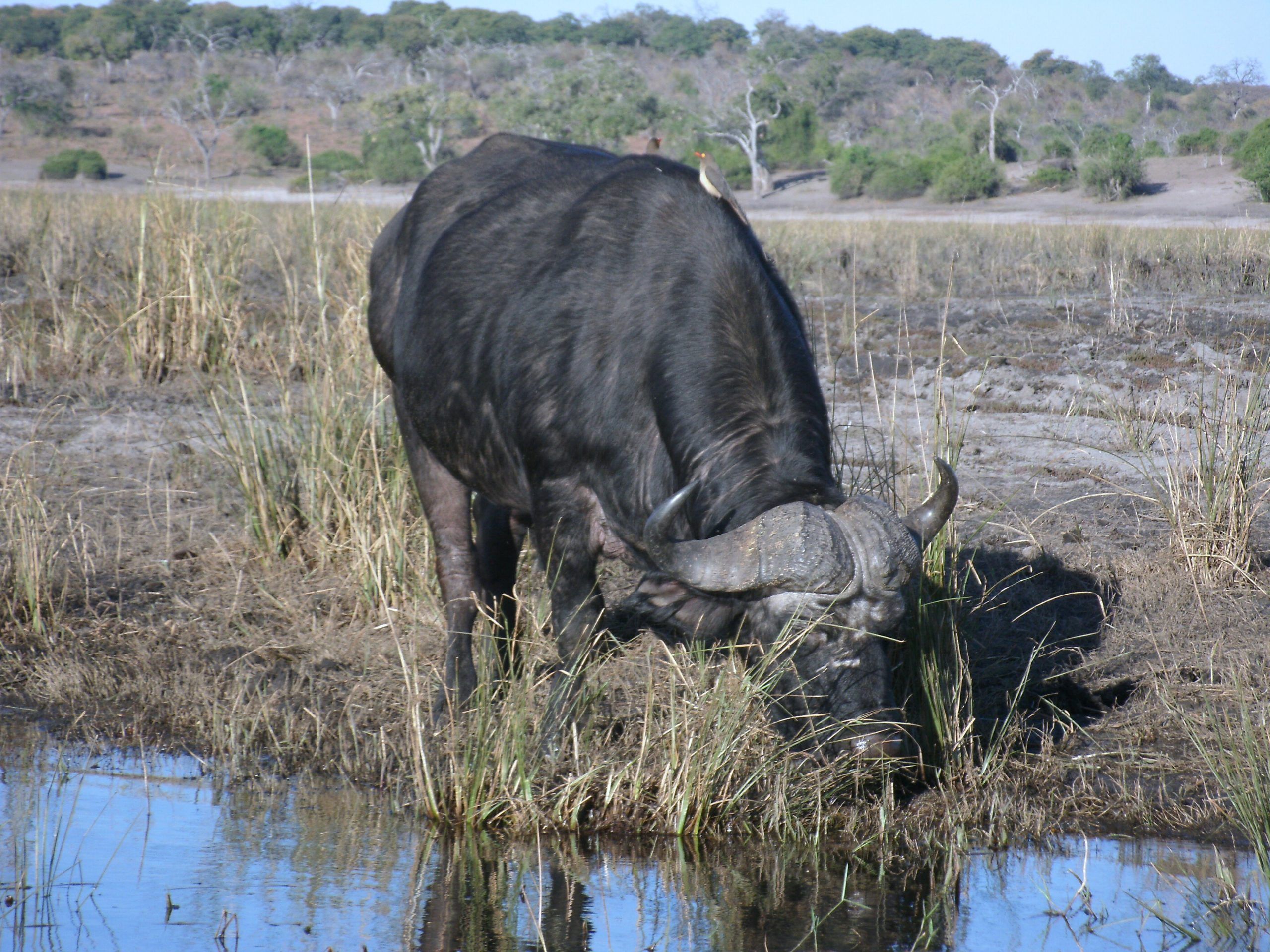
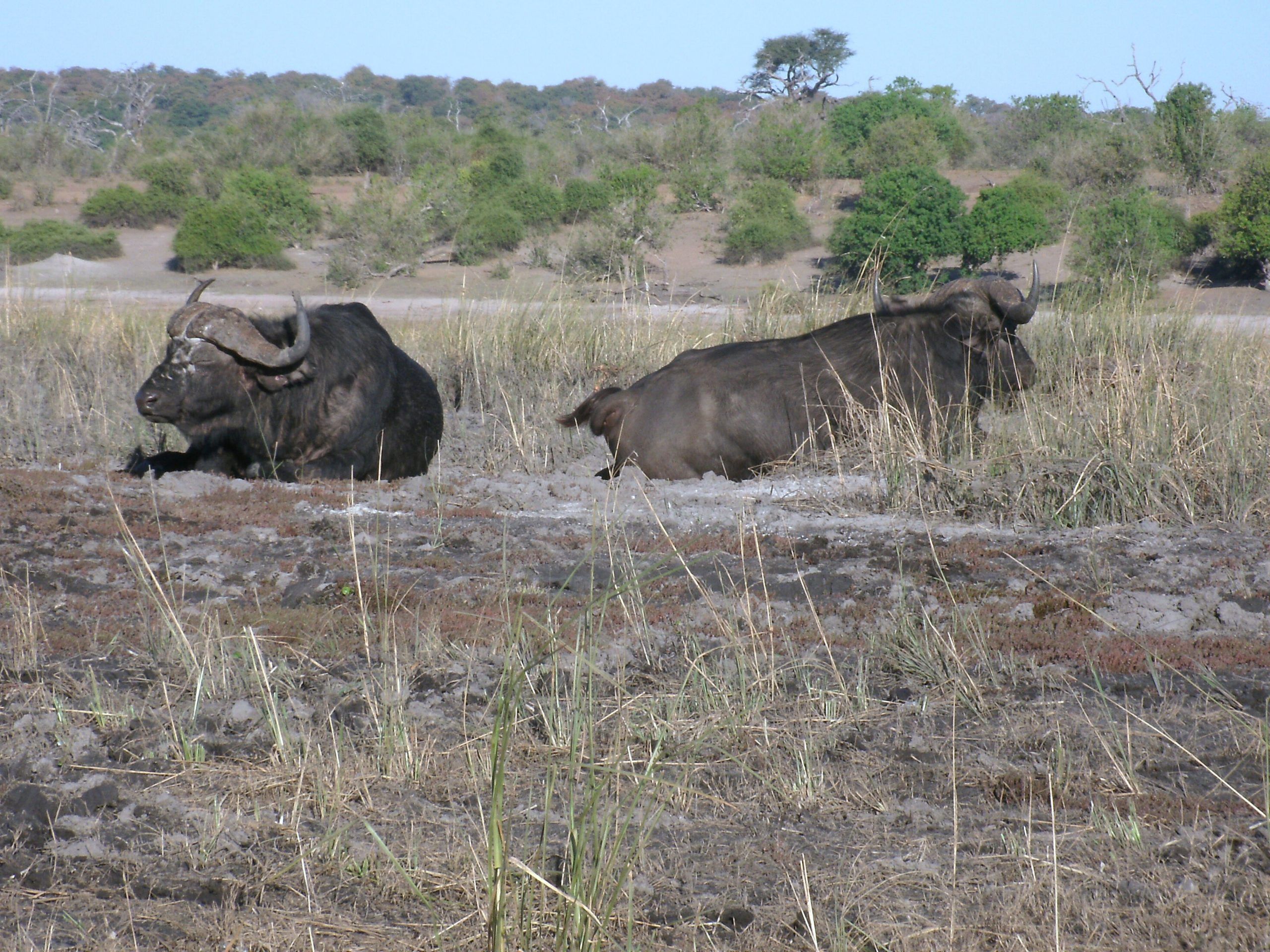
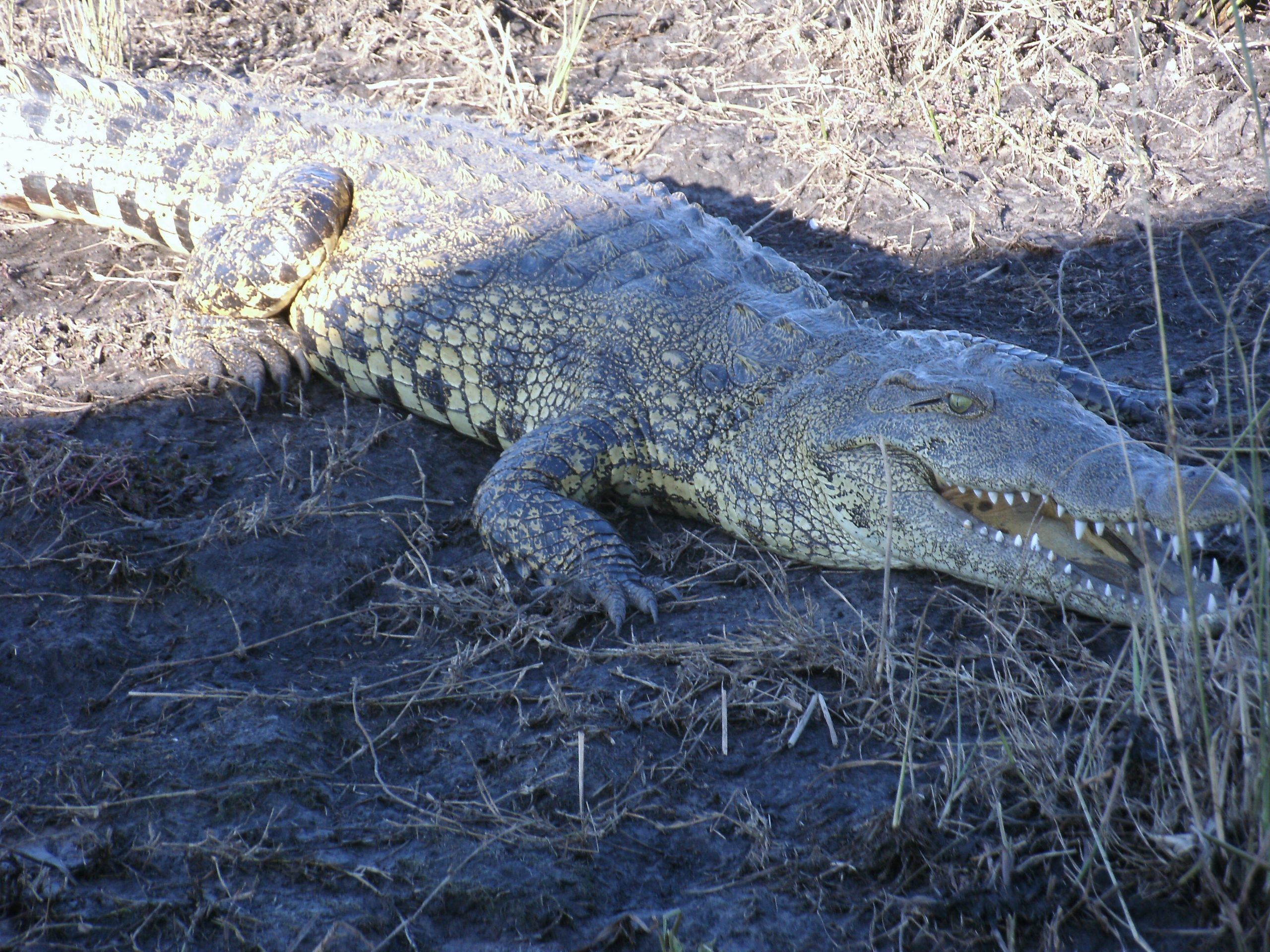
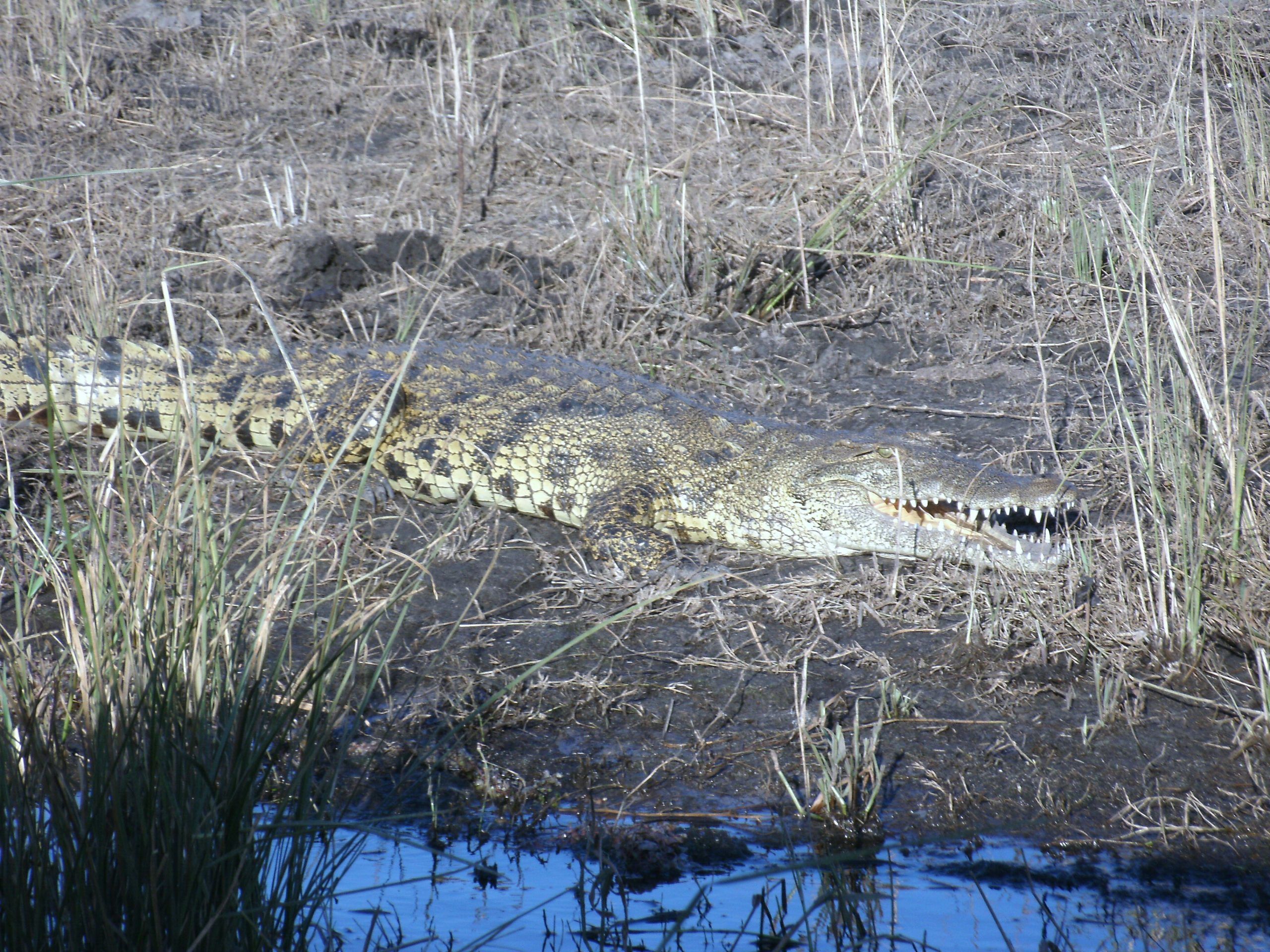
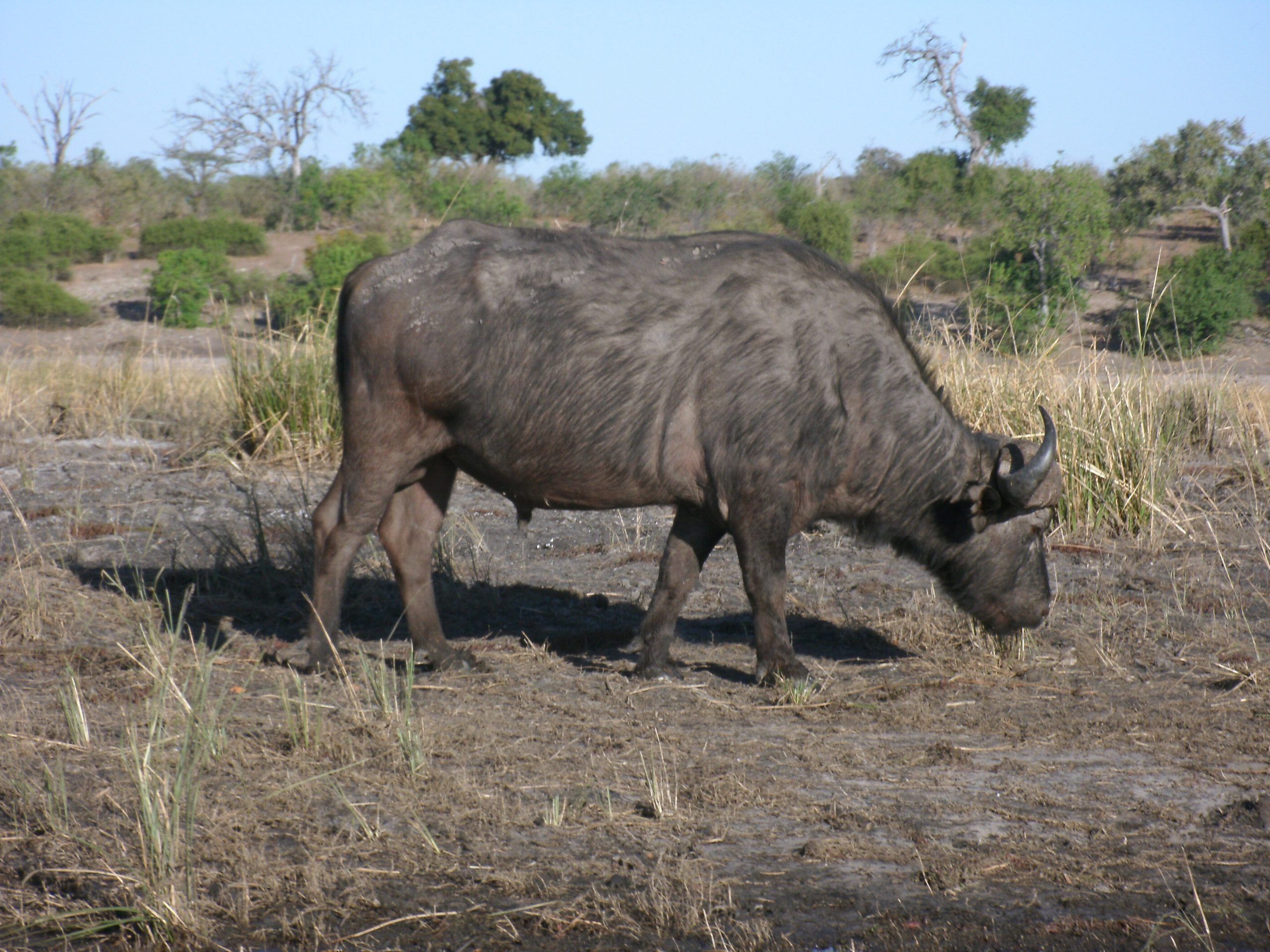
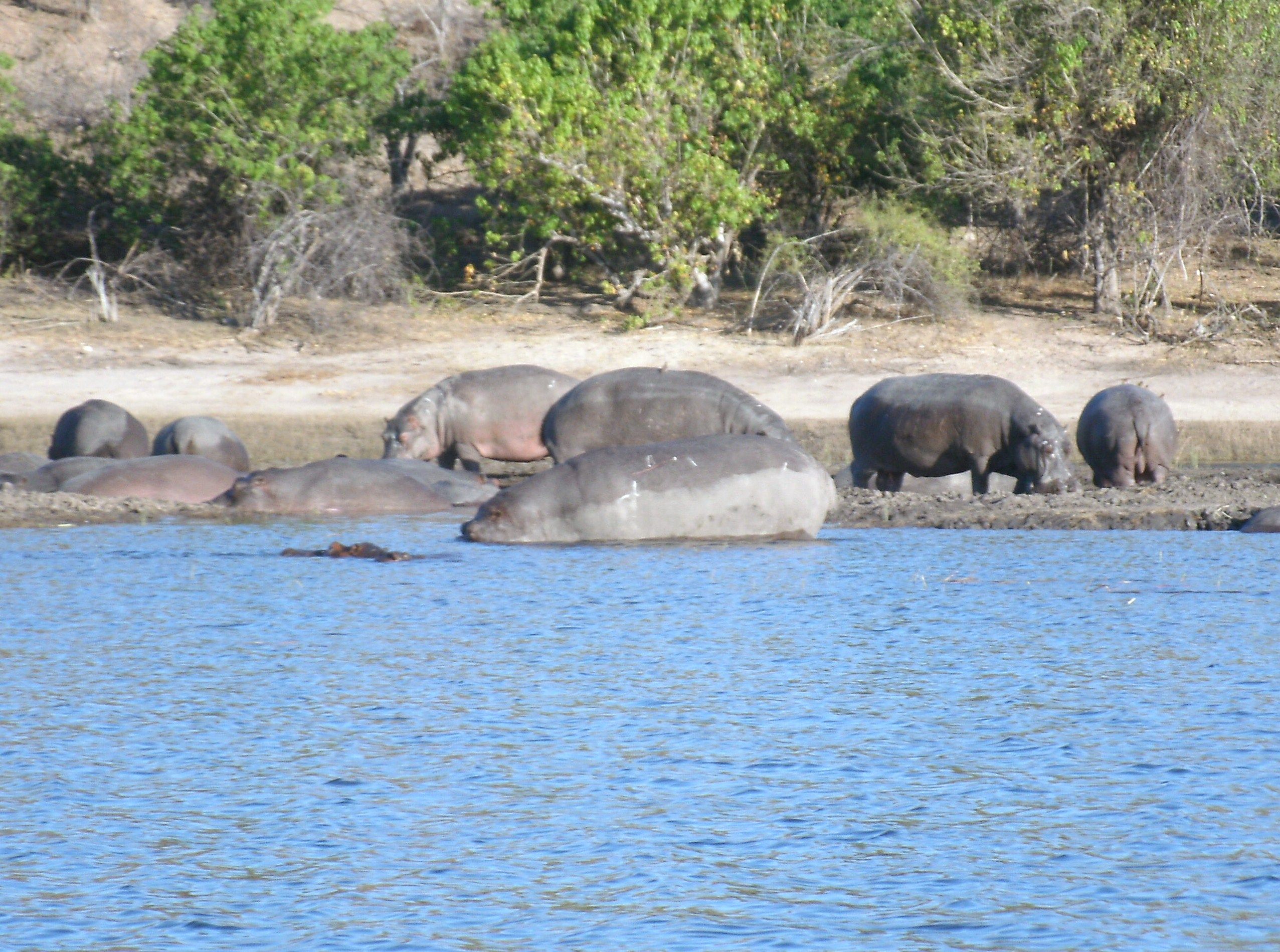
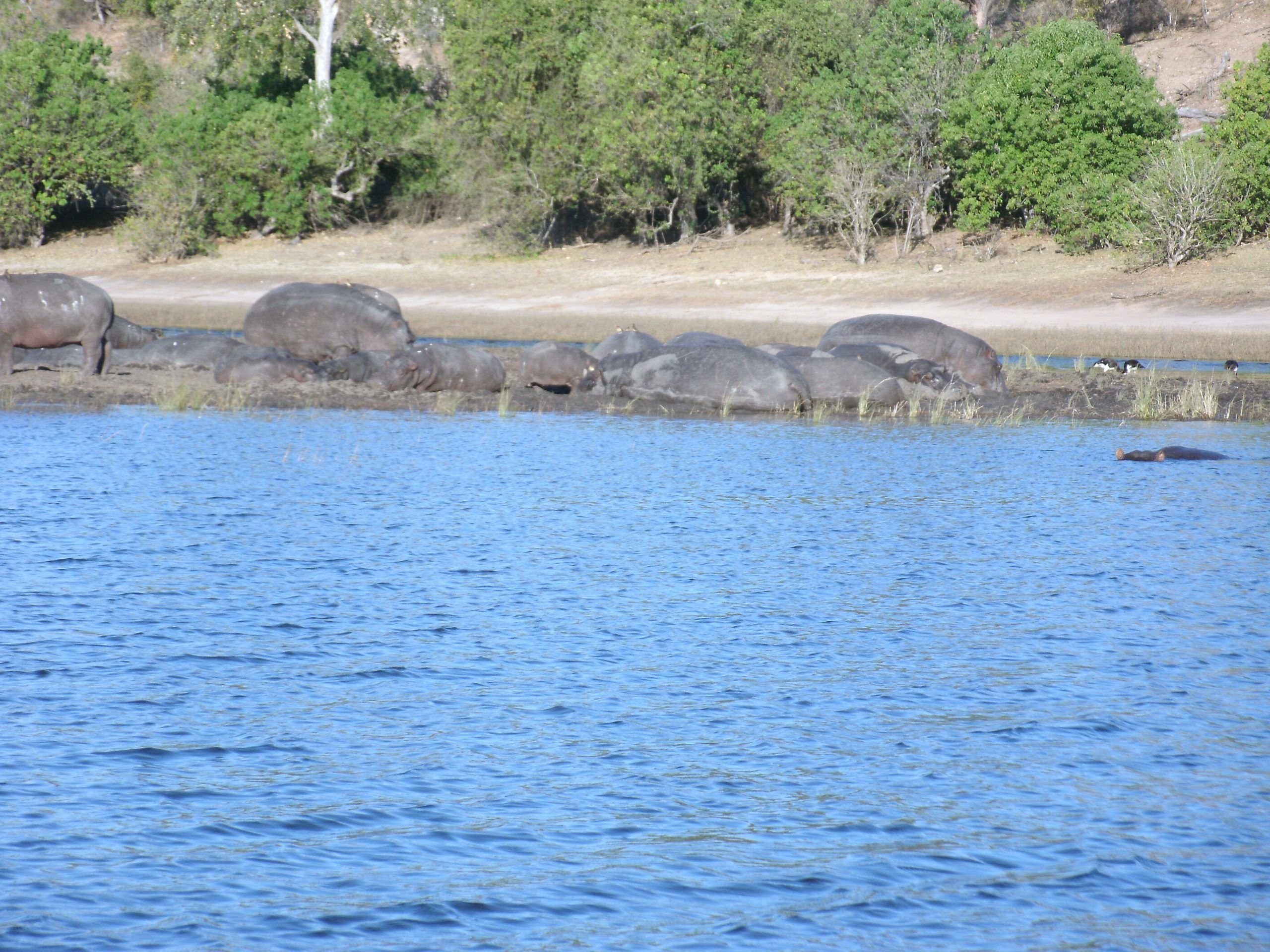
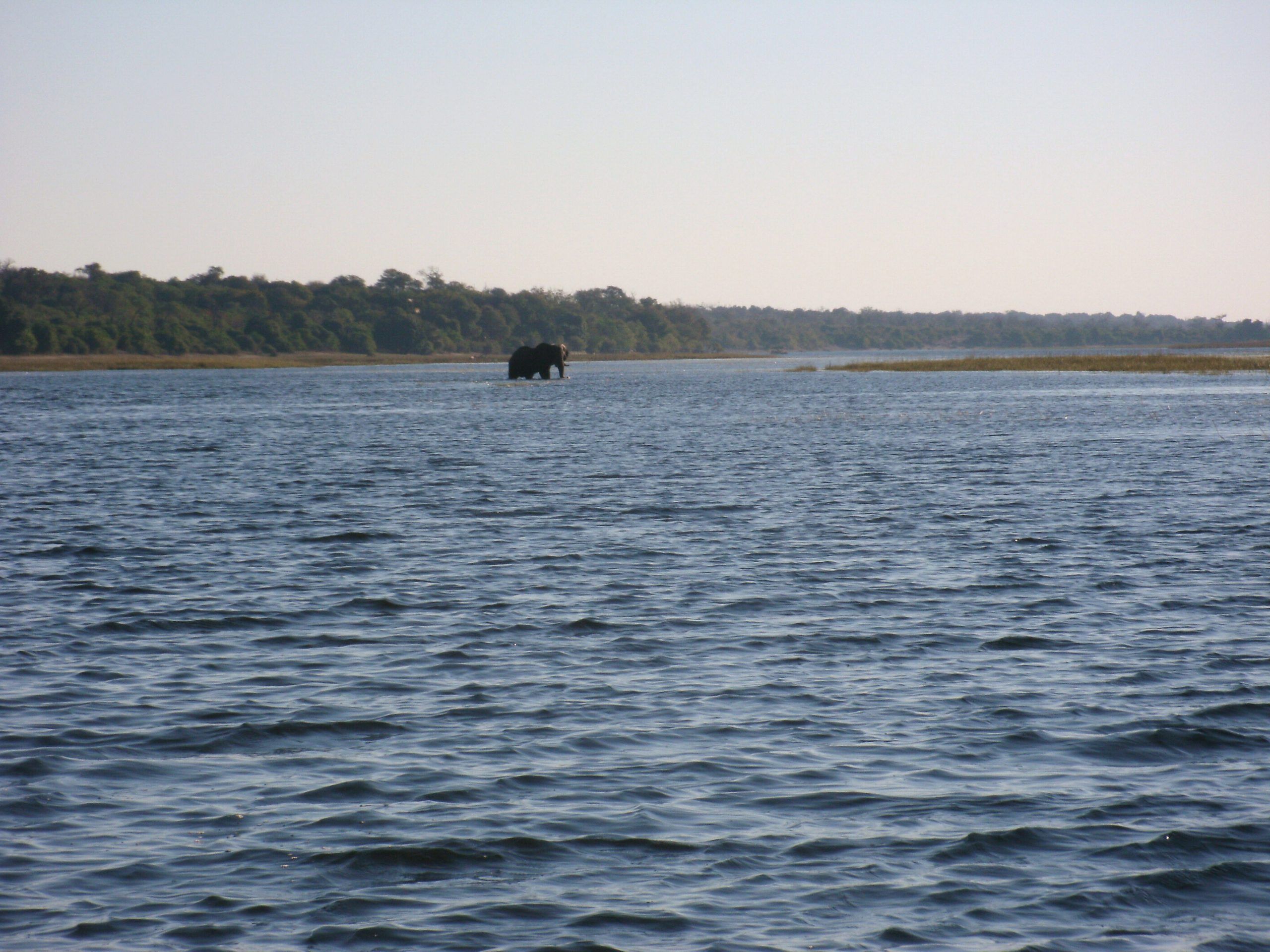
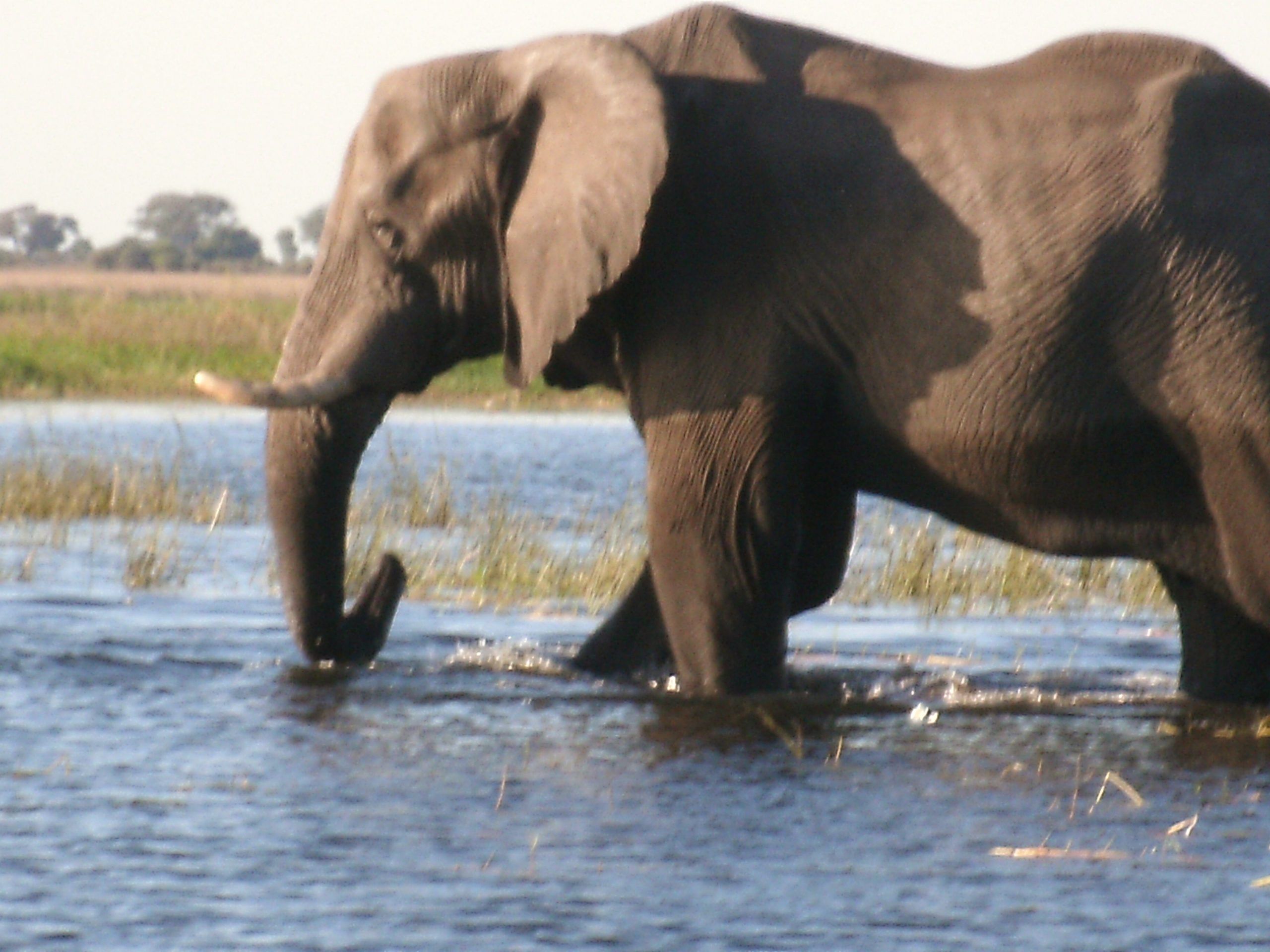
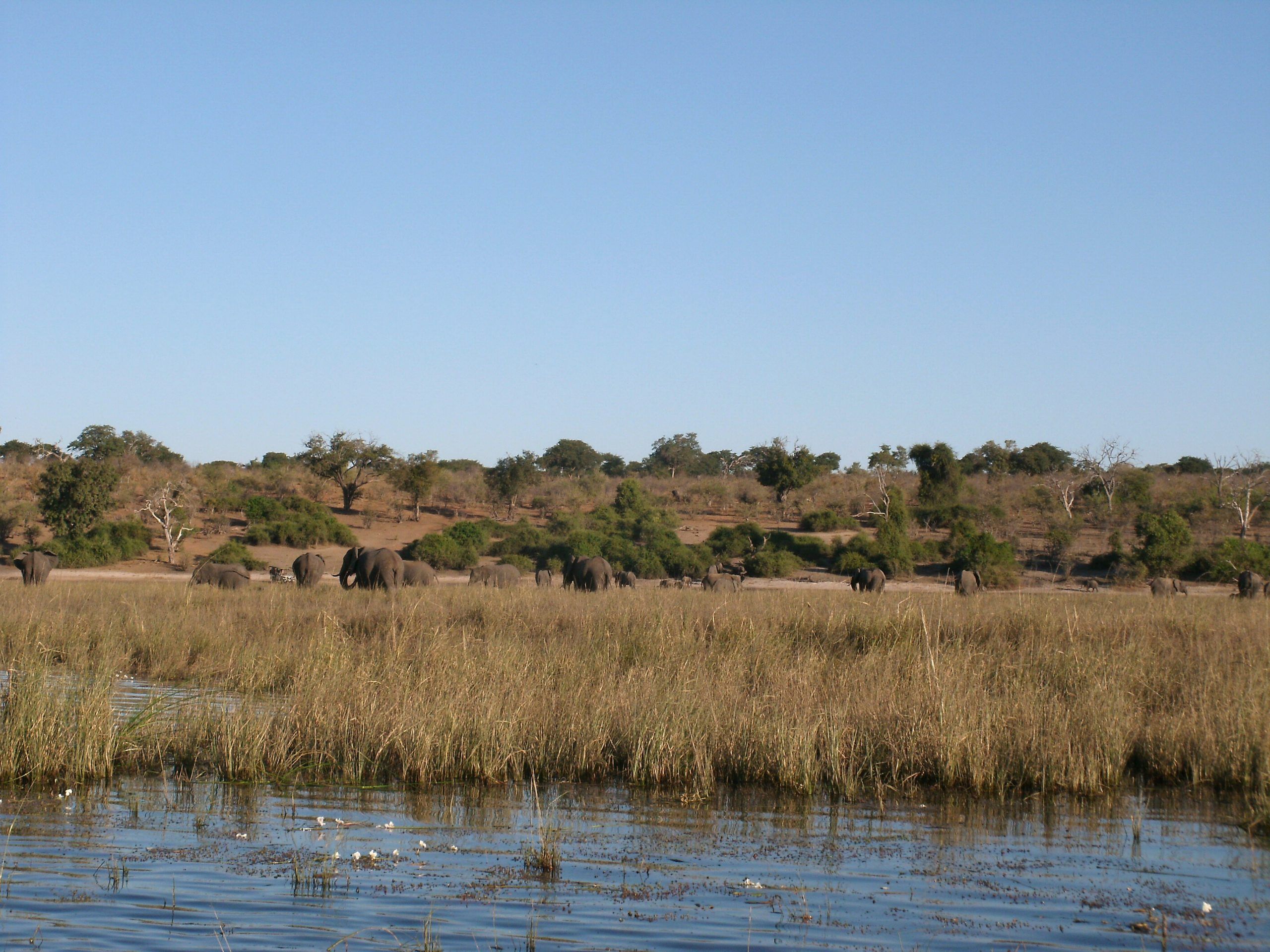
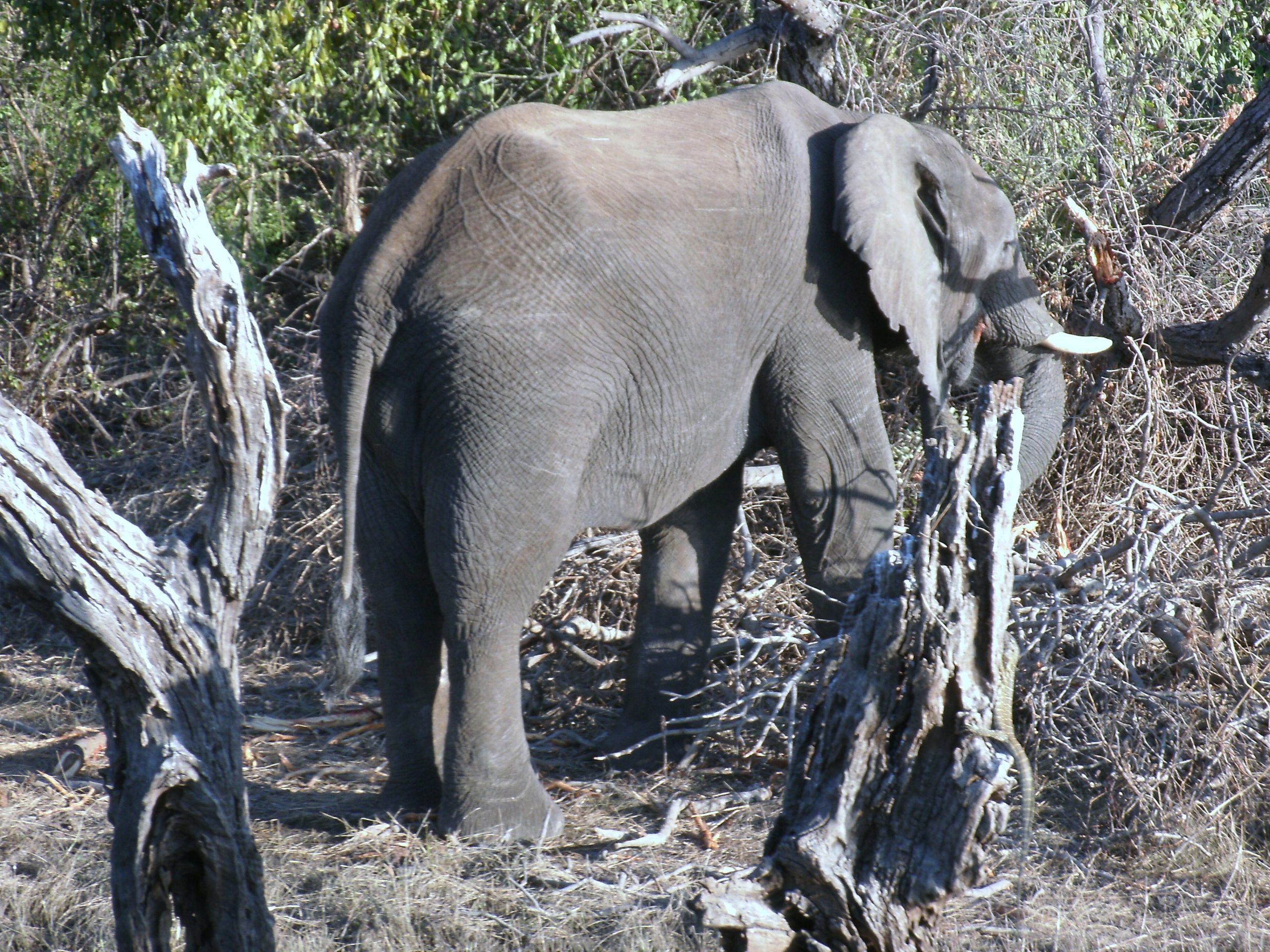
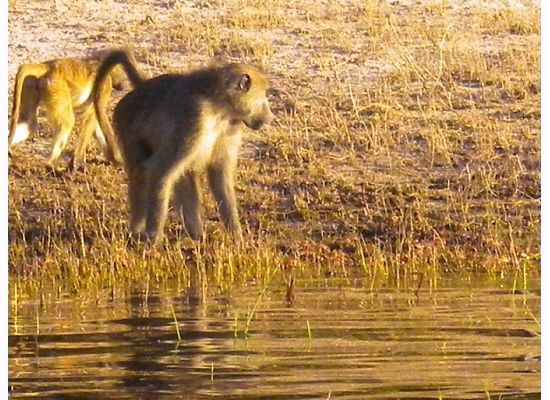
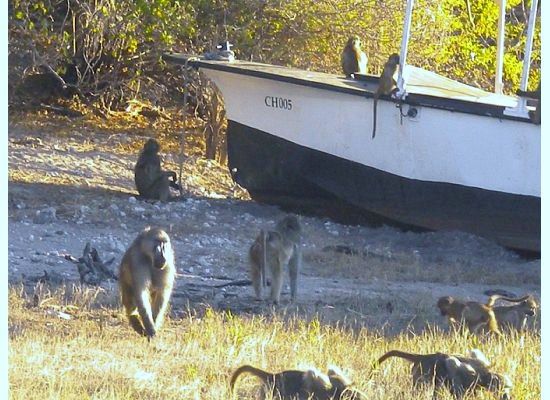
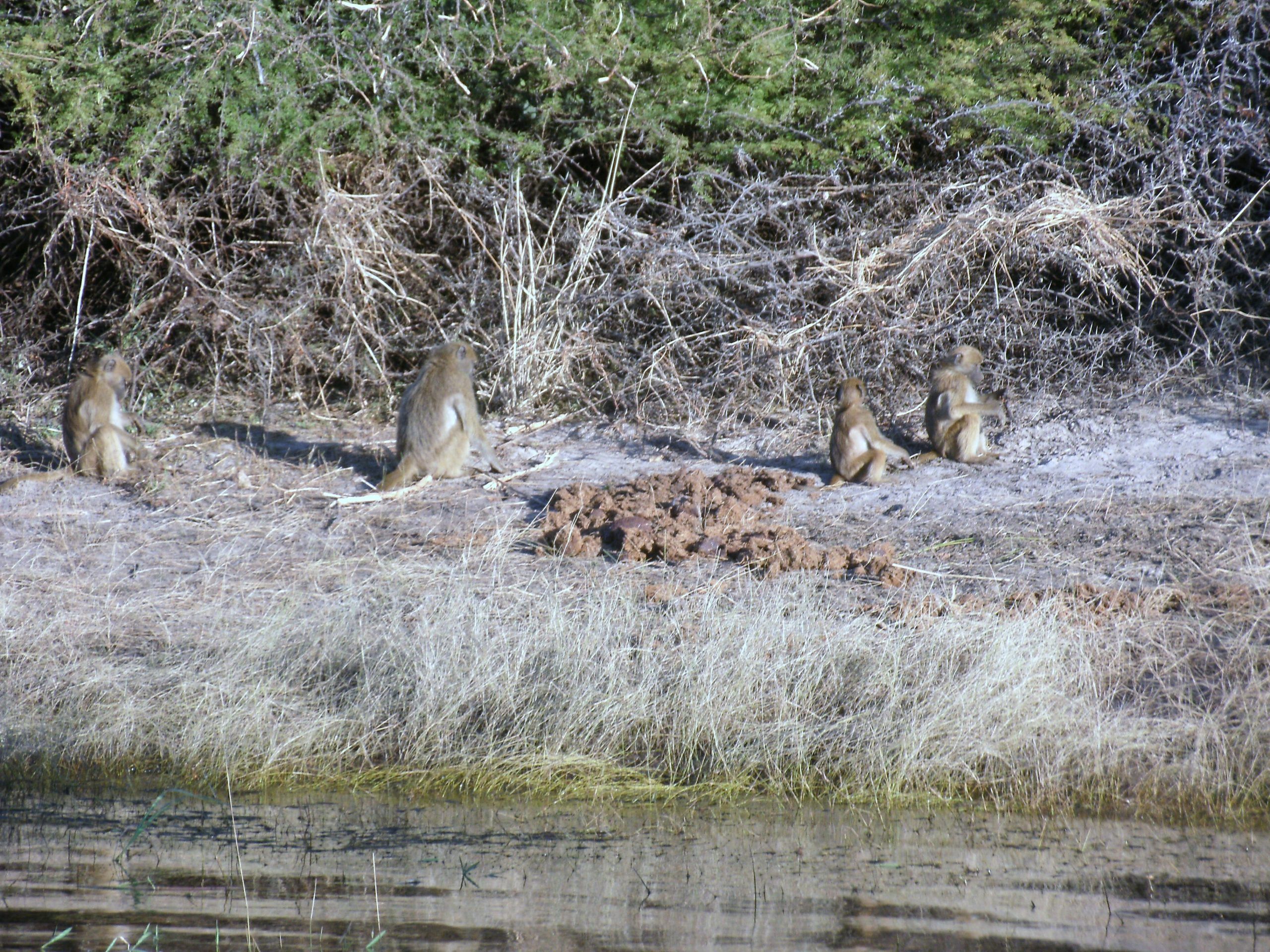
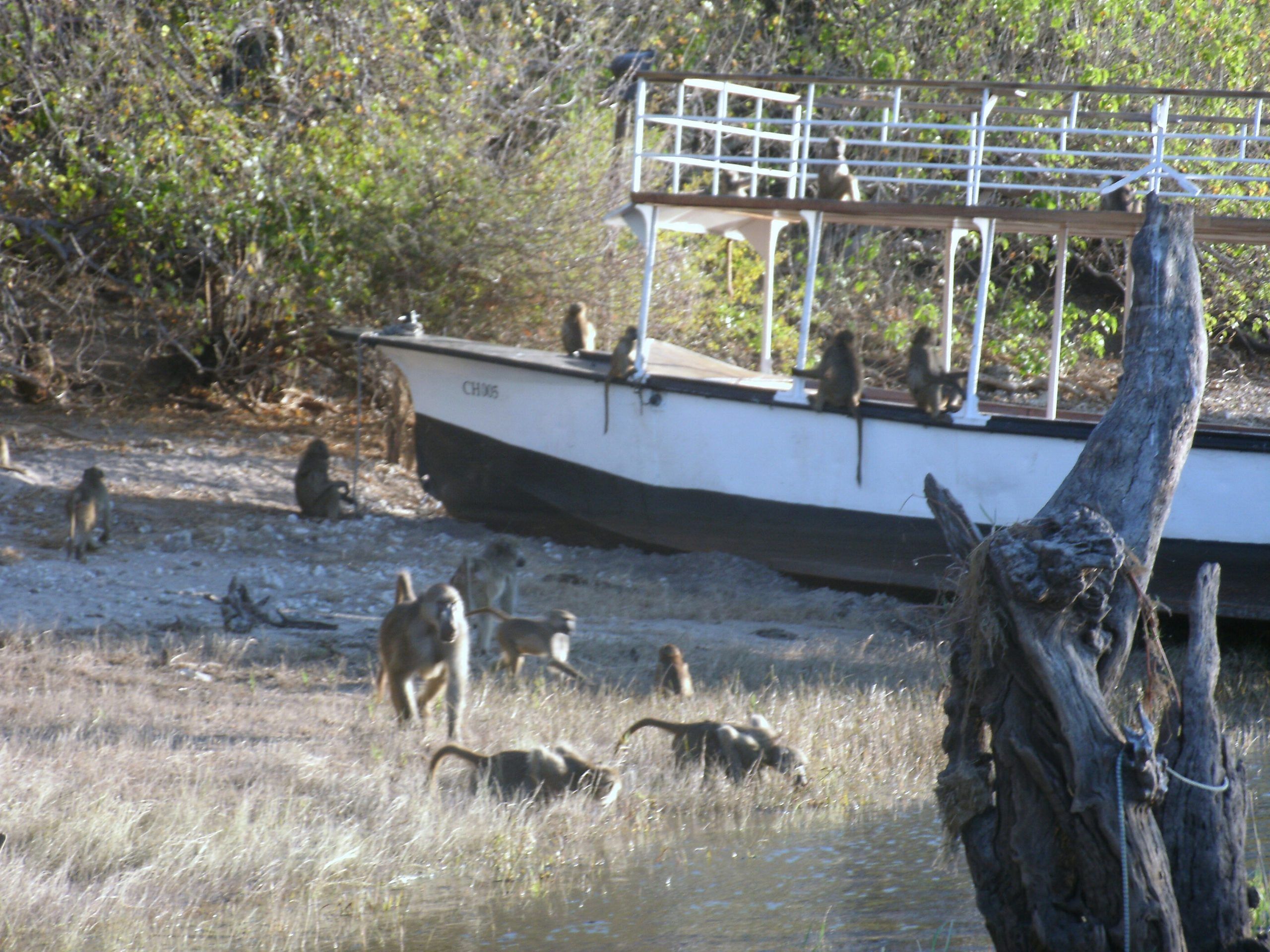
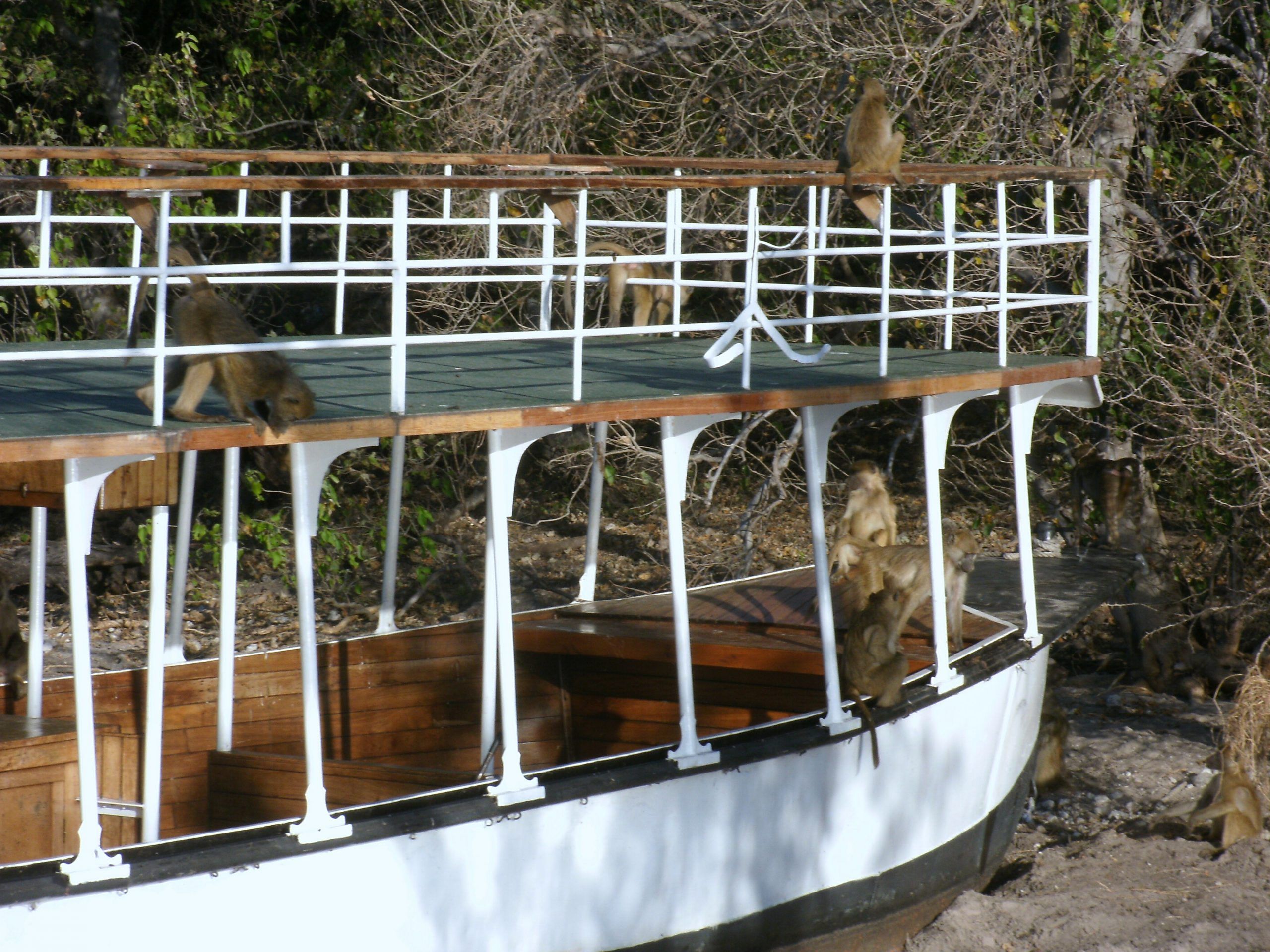
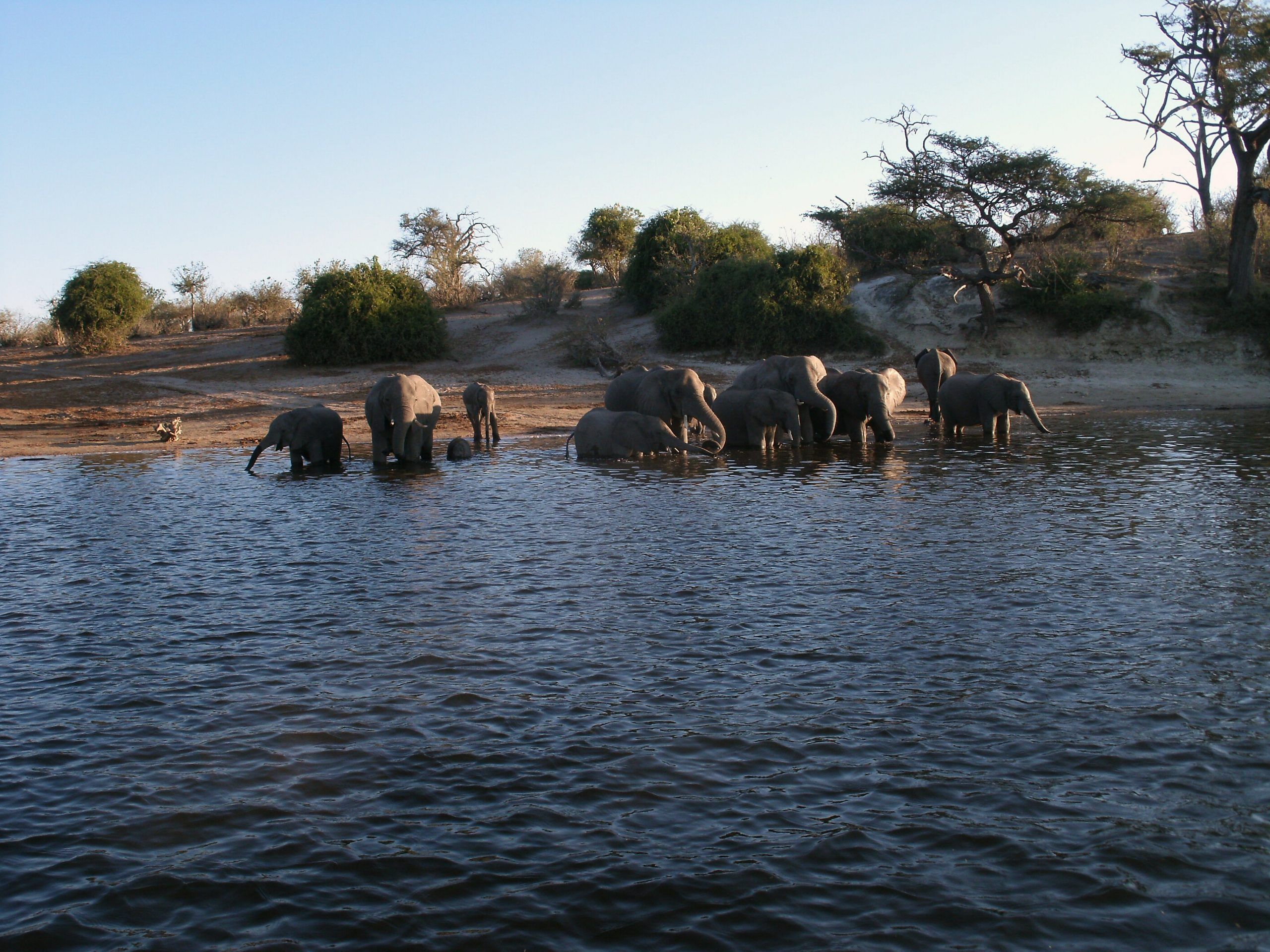
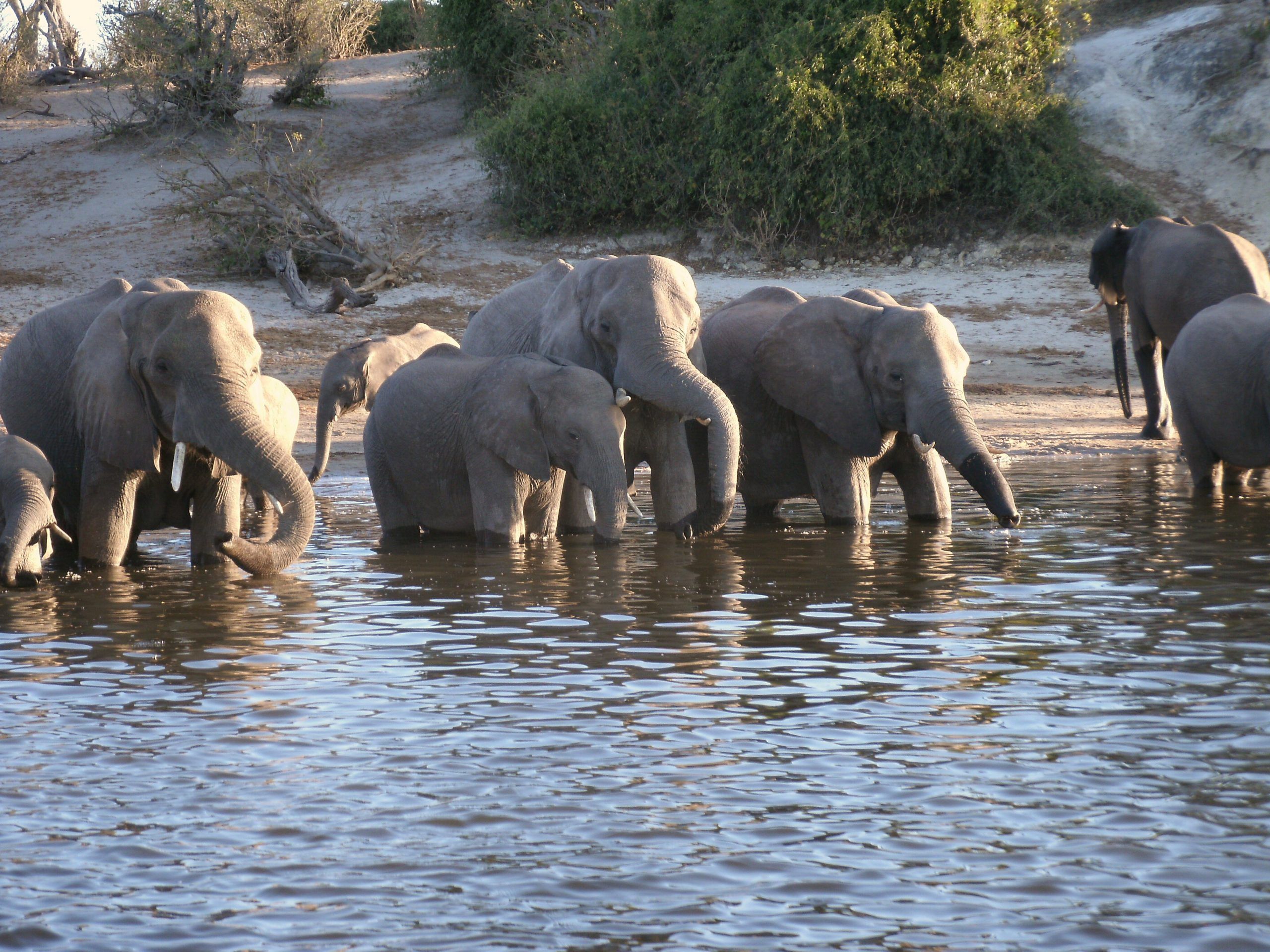
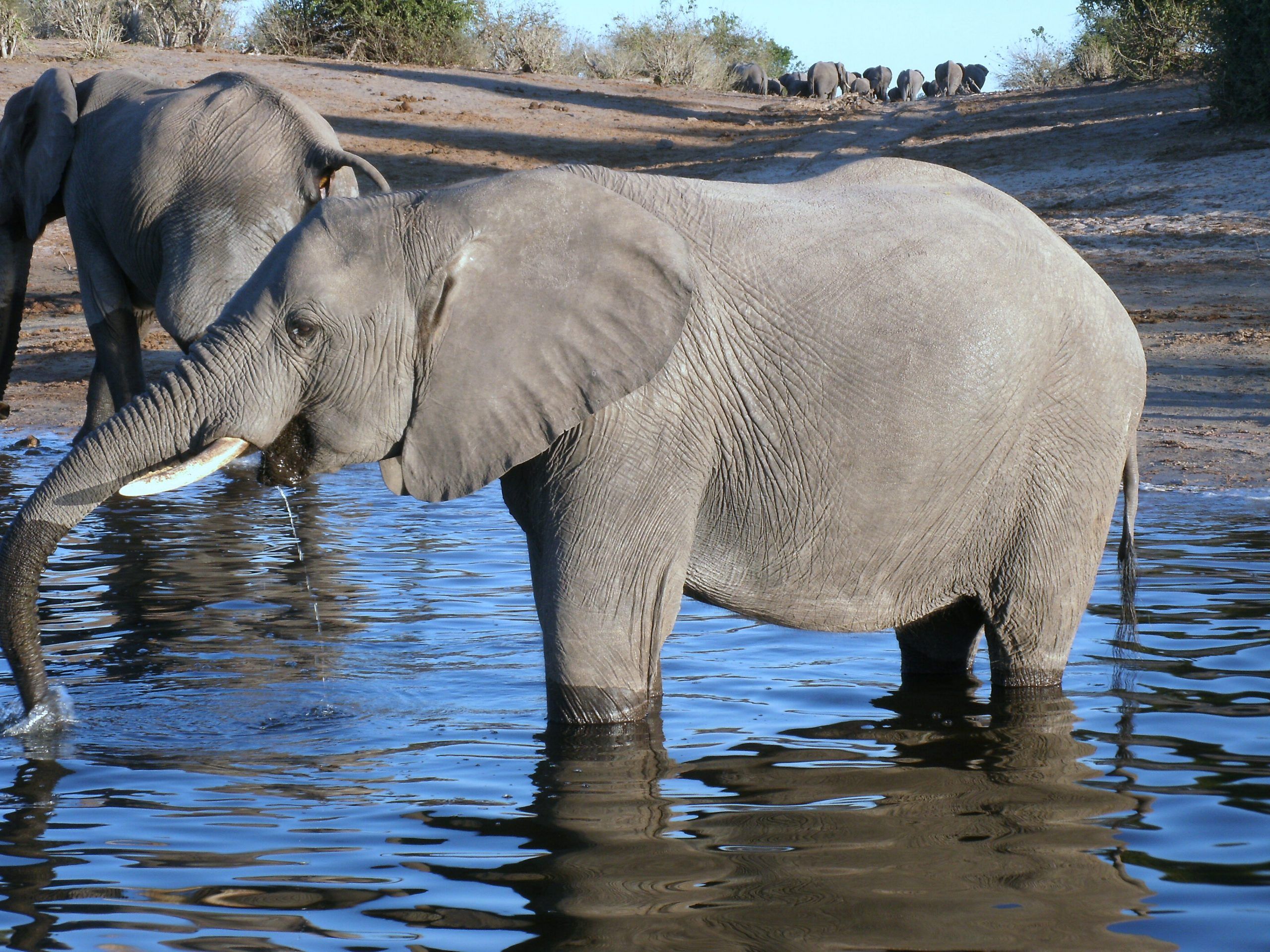
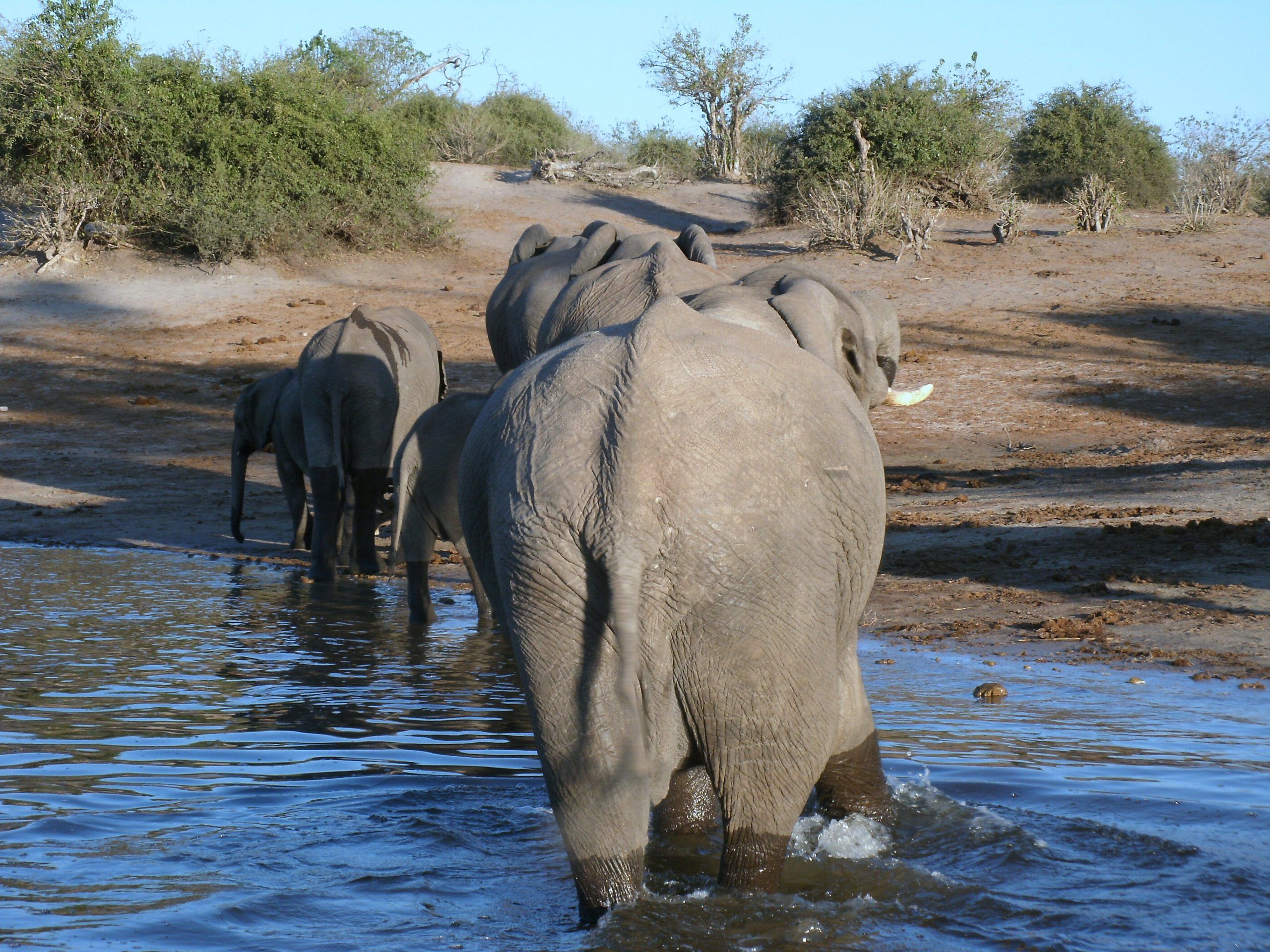
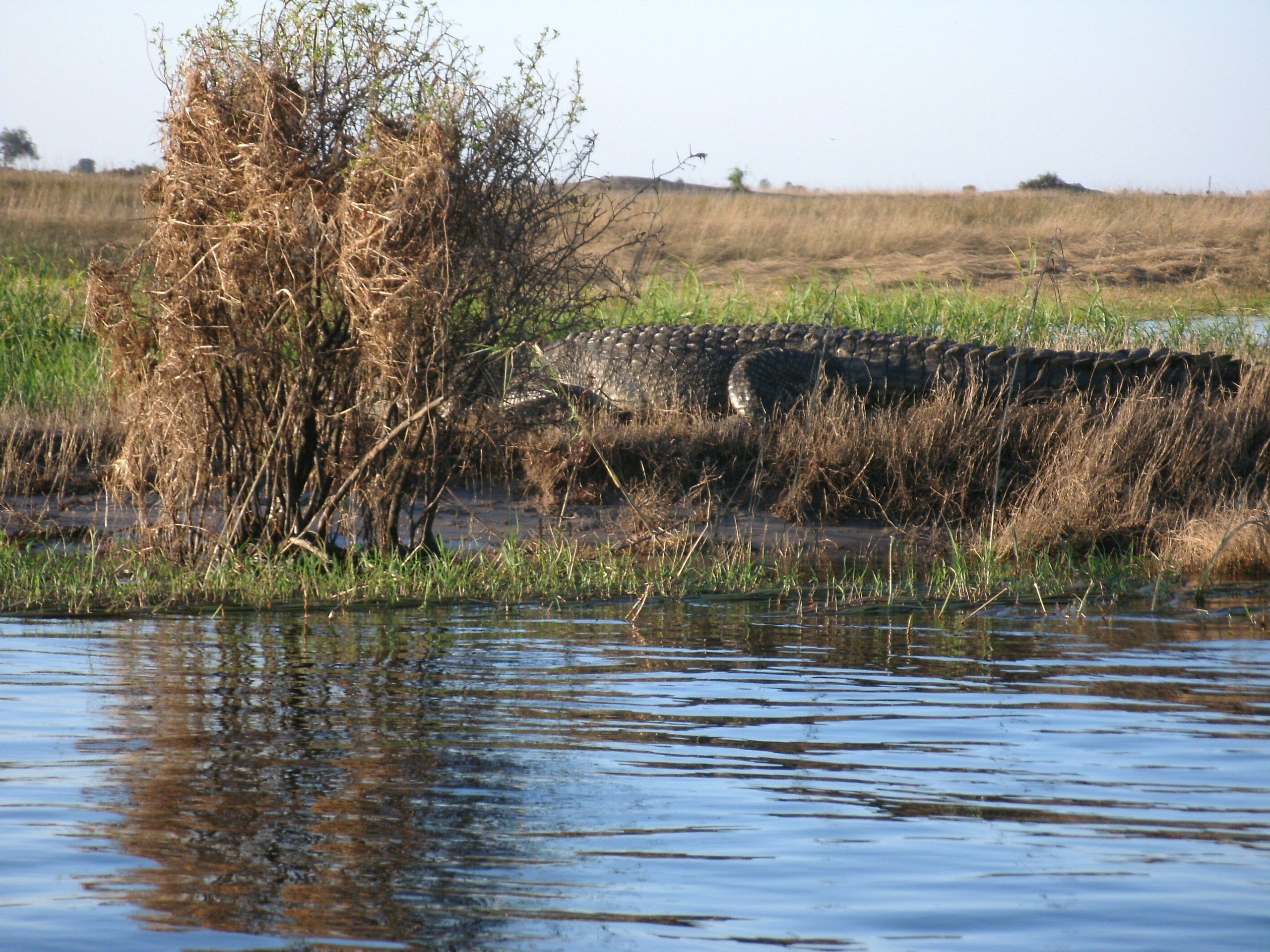
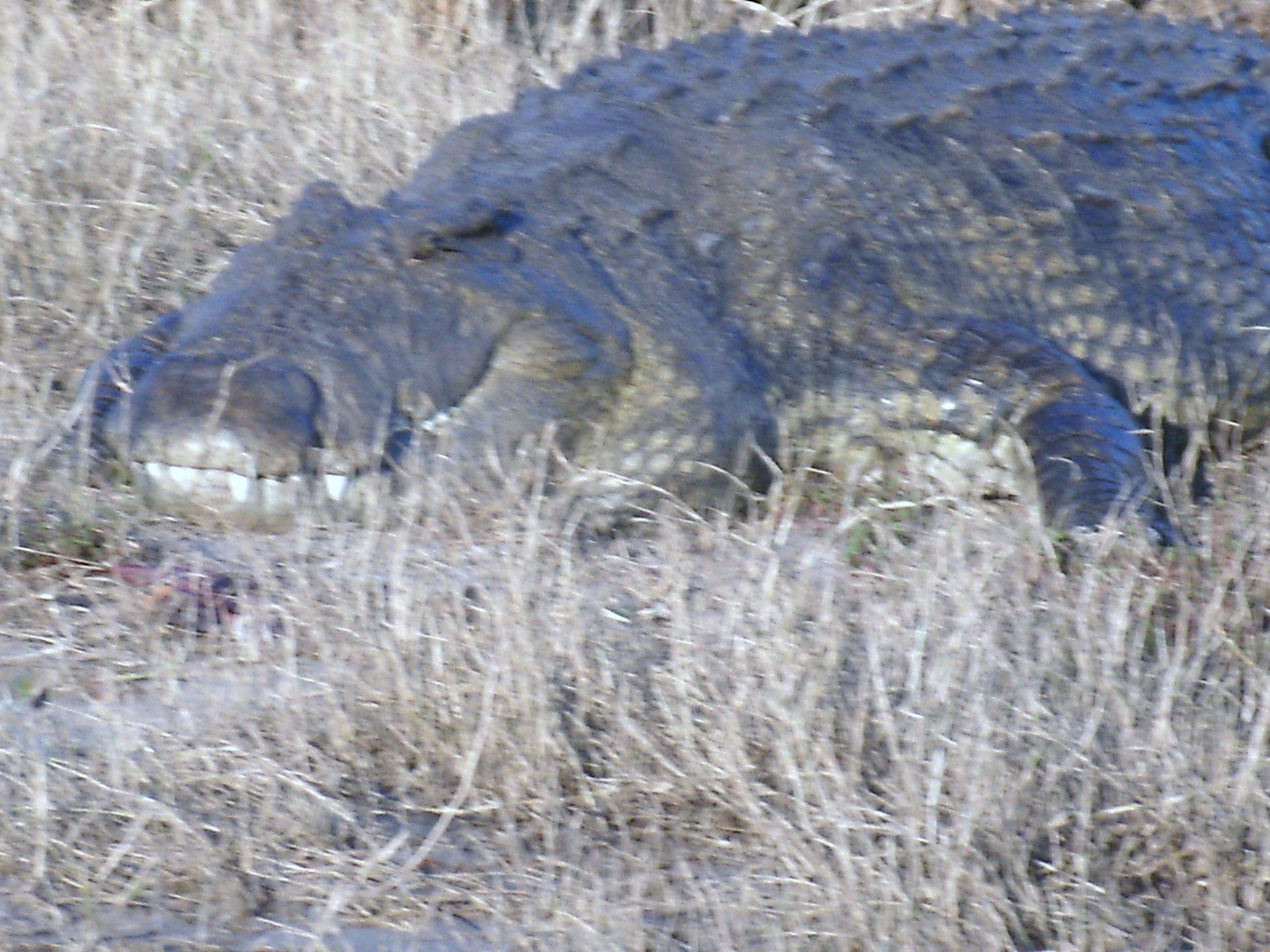
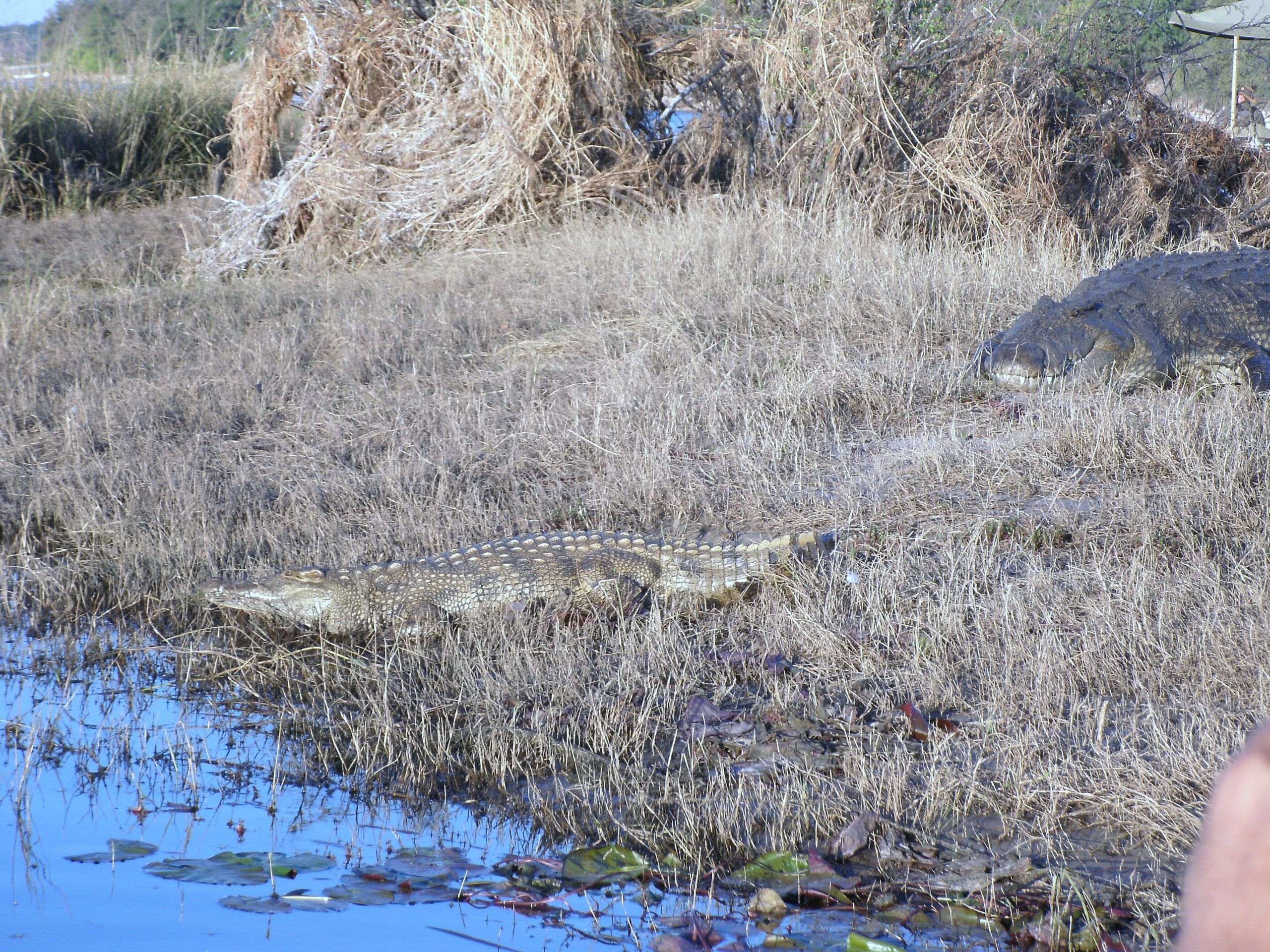
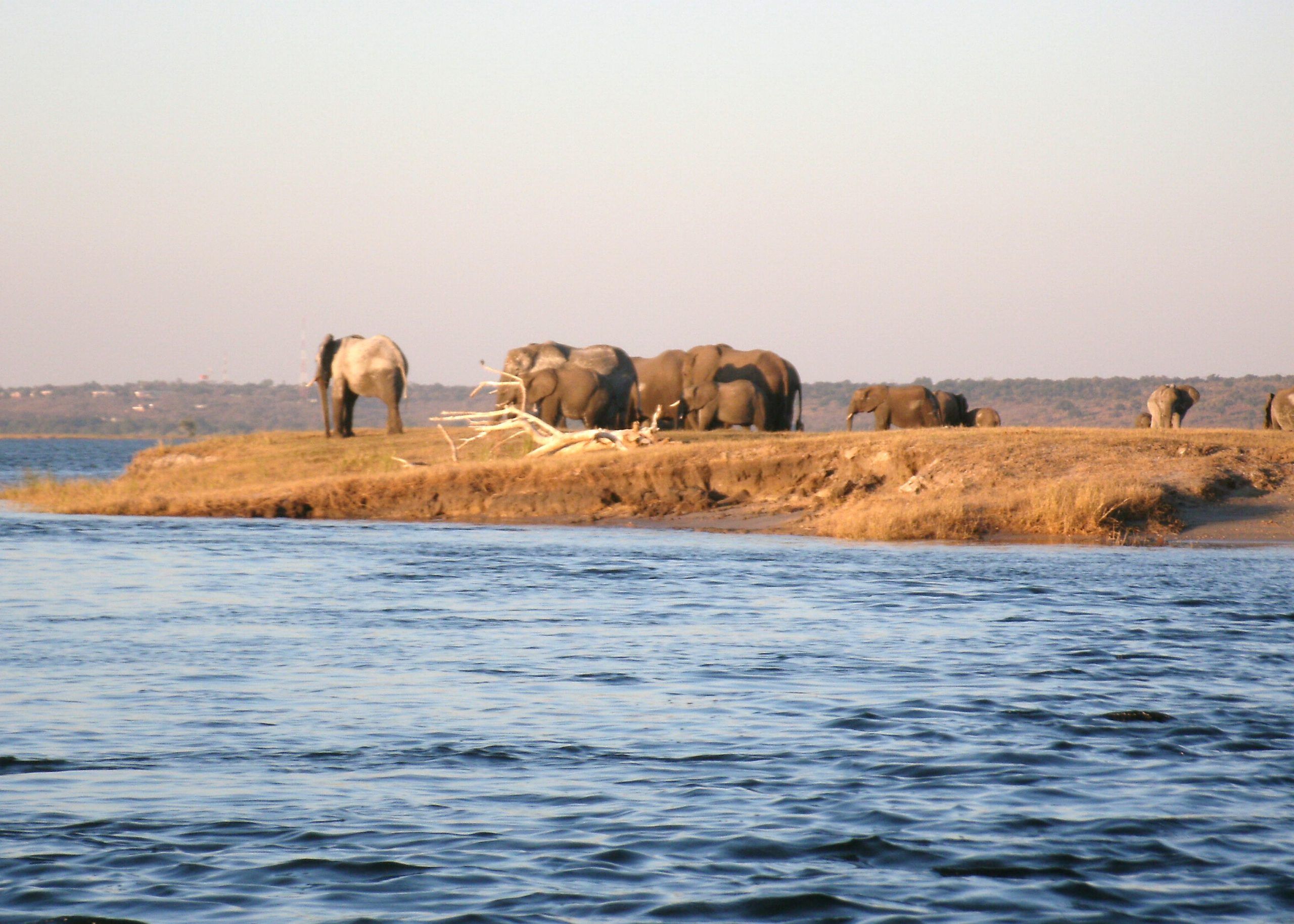
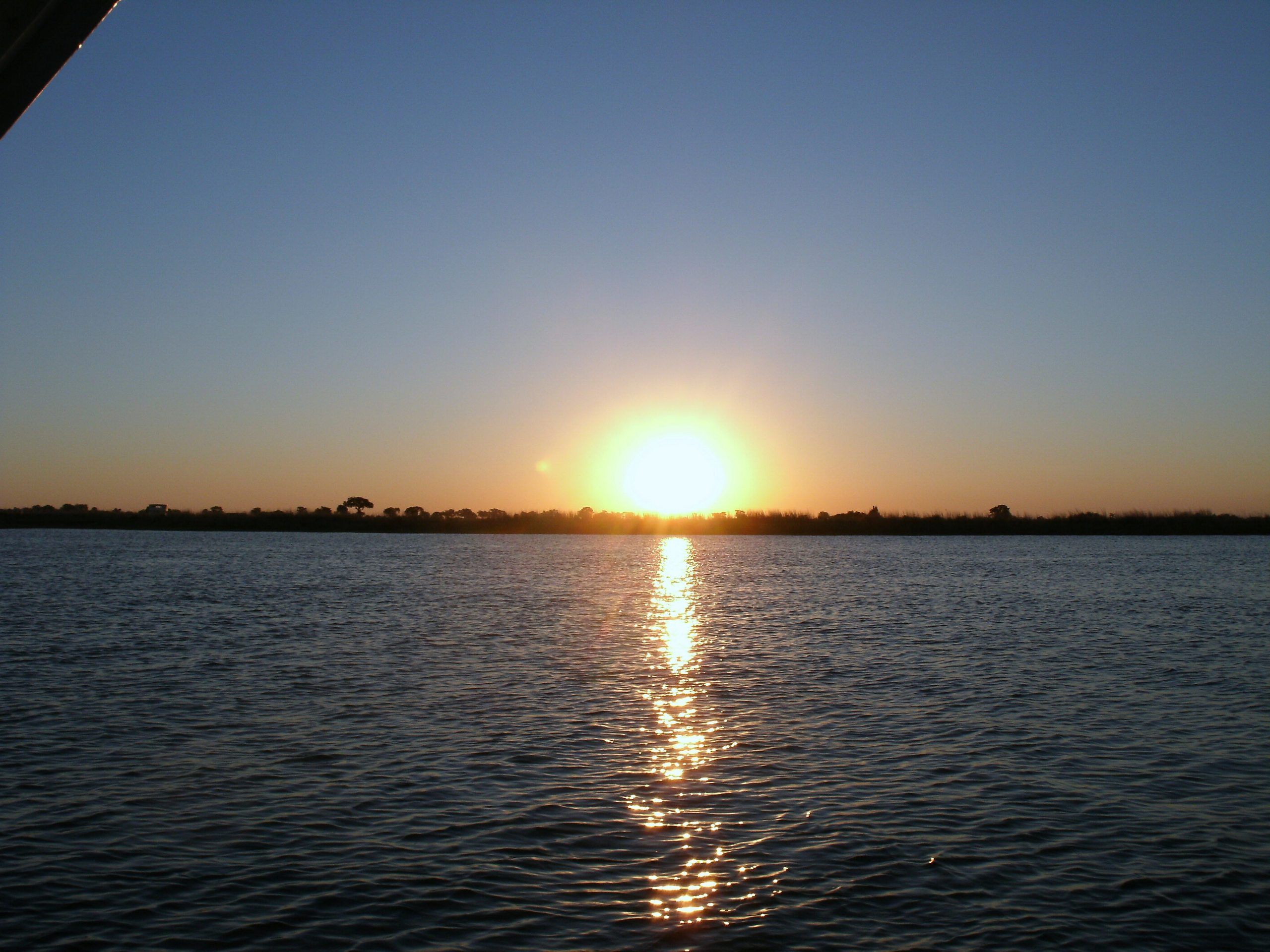
Day 3 – June 27
Day three of the Botswana safari begins with the mobile tented portion of the safari. Take a game drive in the morning and then fly to Savuti, our first stop within the vast Moremi Game Reserve. While we avoid the six hour drive by taking a flight to Savuti, the staff will set up camp on the banks of the now dry Savuti Channel.
Moremi Game Reserve
This reserve covers some 4,871 square kilometers, as the eastern section of the Okavango Delta. Moremi is described as one of the most beautiful wildlife reserves in Africa. It combines mopane woodland and acacia forests, floodplains and lagoons. It is the great diversity of plant and animal life that makes Moremi so well known. The reserve contains within its boundaries approximately twenty percent of the Okavango Delta.
There are a wide range of habitats in Moremi. From riparian woodlland, floodplain, reed beds, permanent wetland through mopane forest to dry savanna woodland. The mainland part forms only about thirty percent of the reserve. It is in many ways untypical – the remaining area being part of the Okavango Delta.
Birdlife is prolific and varied, ranging from water birds to shy forest dwellers. There are many species of ducks end geese, as well as an amazing variety of heron. Elephants are numerous, particularly during the dry season. There is also a range of other wildlife species from buffalo, giraffe, lion, leopard, cheetah, wild dog, hyaena, jackal and the full range of antelope, large and small, including the red lechwe. Wild dog, whose numbers are so rapidly dwindling elsewhere, are regularly sighted in the Moremi.
Savuti
In stark contrast to the serene Chobe River is the Savuti, or Savute, region – raw and savage. Named after the enigmatic Savuti Channel that once fed a great marsh, tectonic activity has marooned Savuti from permanent waterways. Thhe marsh has evolved into open grassland, flanked by mopane and acacia woodland and studded with tangled granite hills.
On game drives in the area you also discover the very interesting history of this area. Often described as one of, if not the best, wildlife-viewing area in Africa today, Savuti boasts one of the highest concentrations of wildlife left on the African continent. Animals are present during all seasons, and at certain times of the year their numbers can be staggering. If you allow yourself adequate time here you will probably see nearly all the major species: giraffe, elephant, zebra, impala, tsessebe, roan, sable, wildebeest, kudu, buffalo, waterbuck, warthog, eland and accompanying predators including lion, hyena, jackal, bat-eared fox and possibly even cheetah and wild dog. Savuti is famous for its predators, particularly its resident lions and spotted hyena populations.
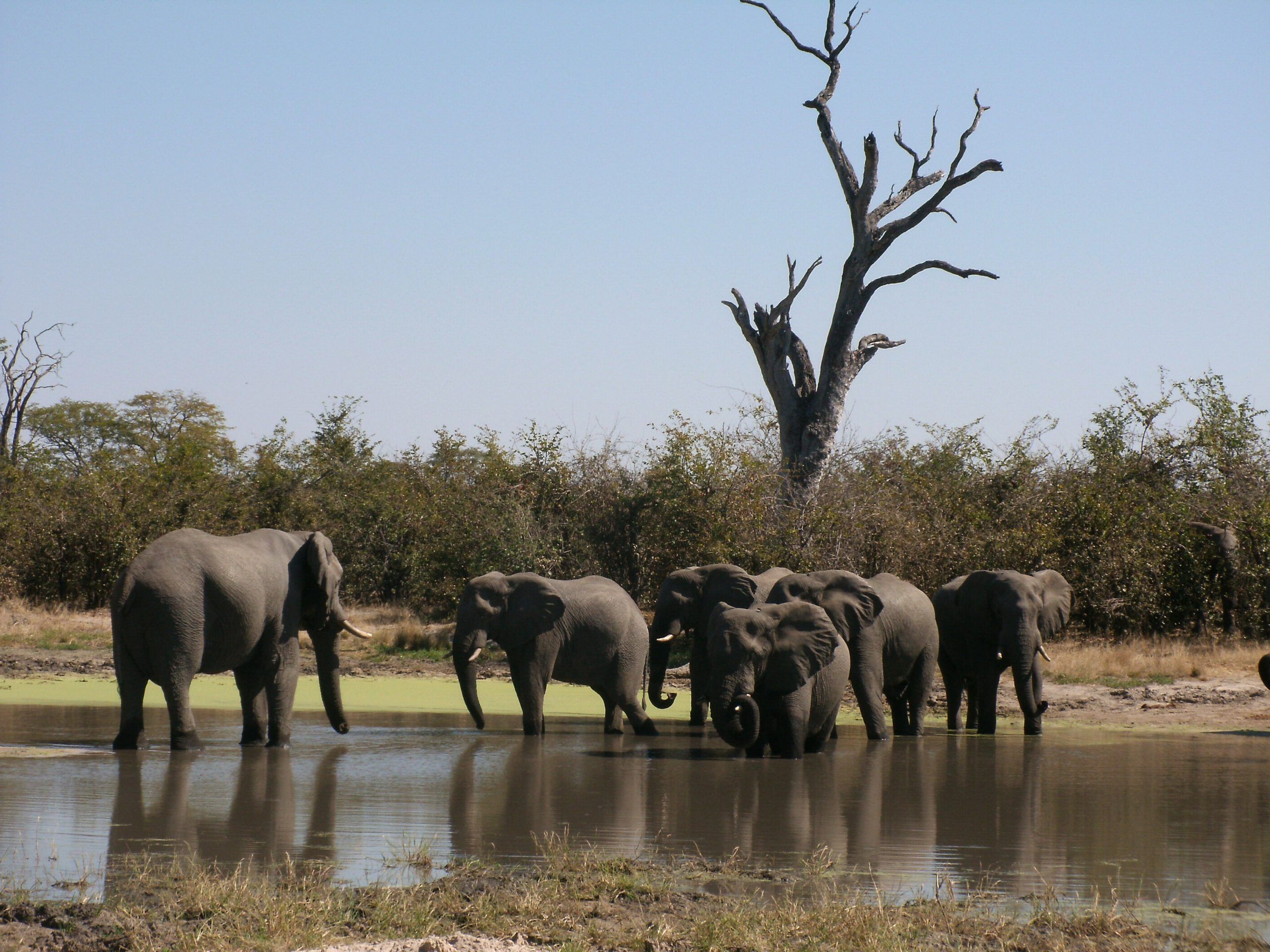
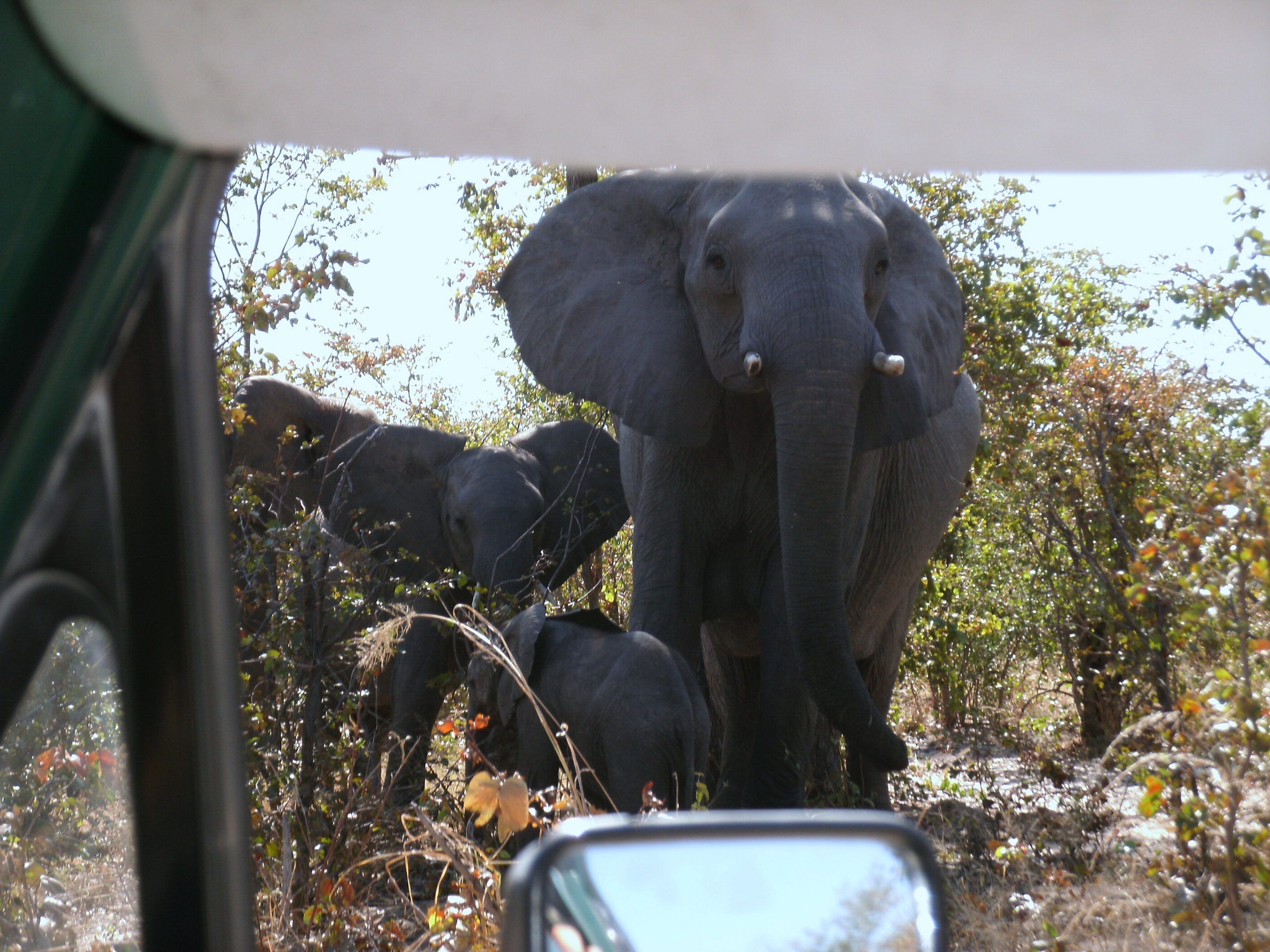
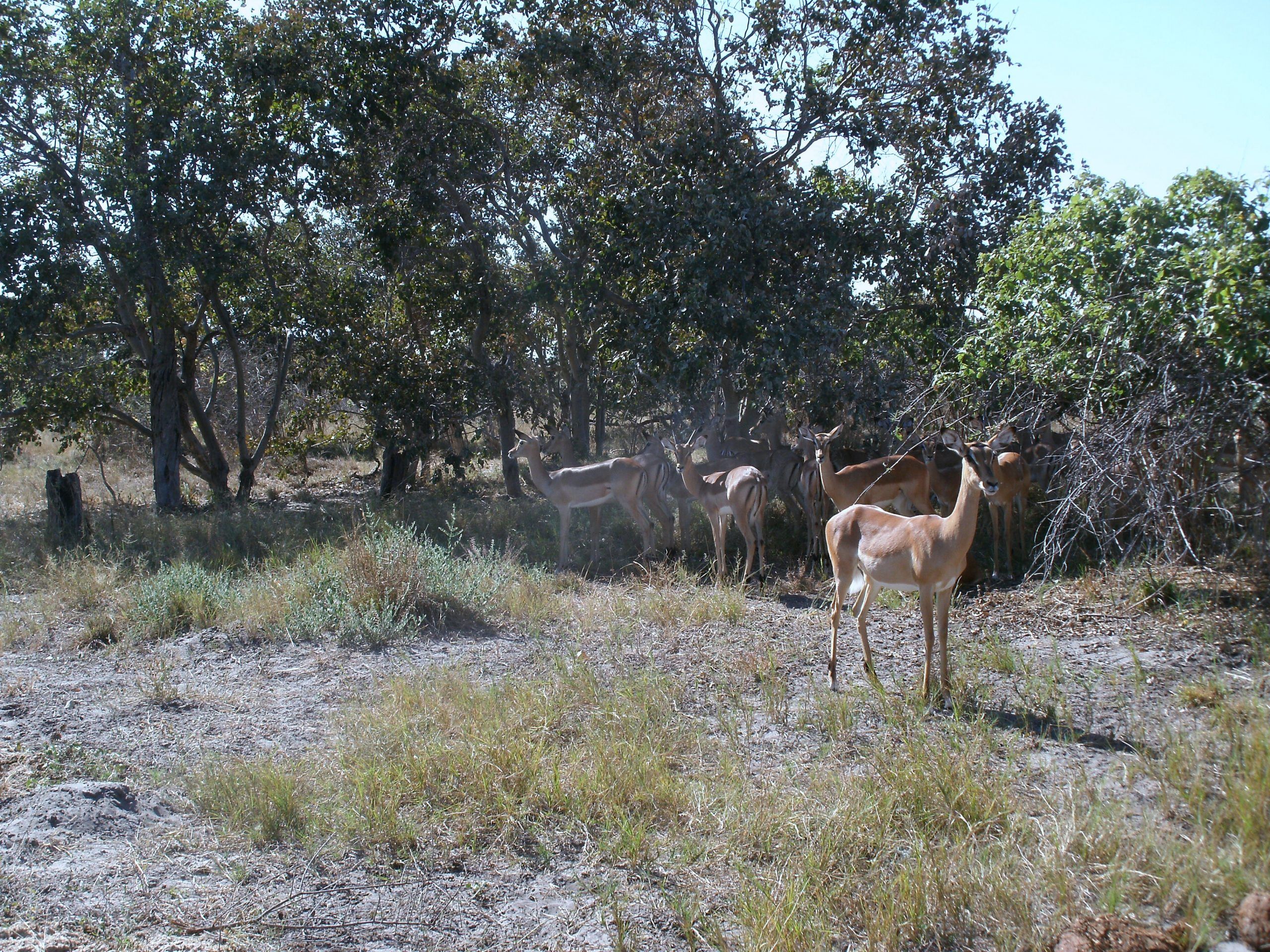
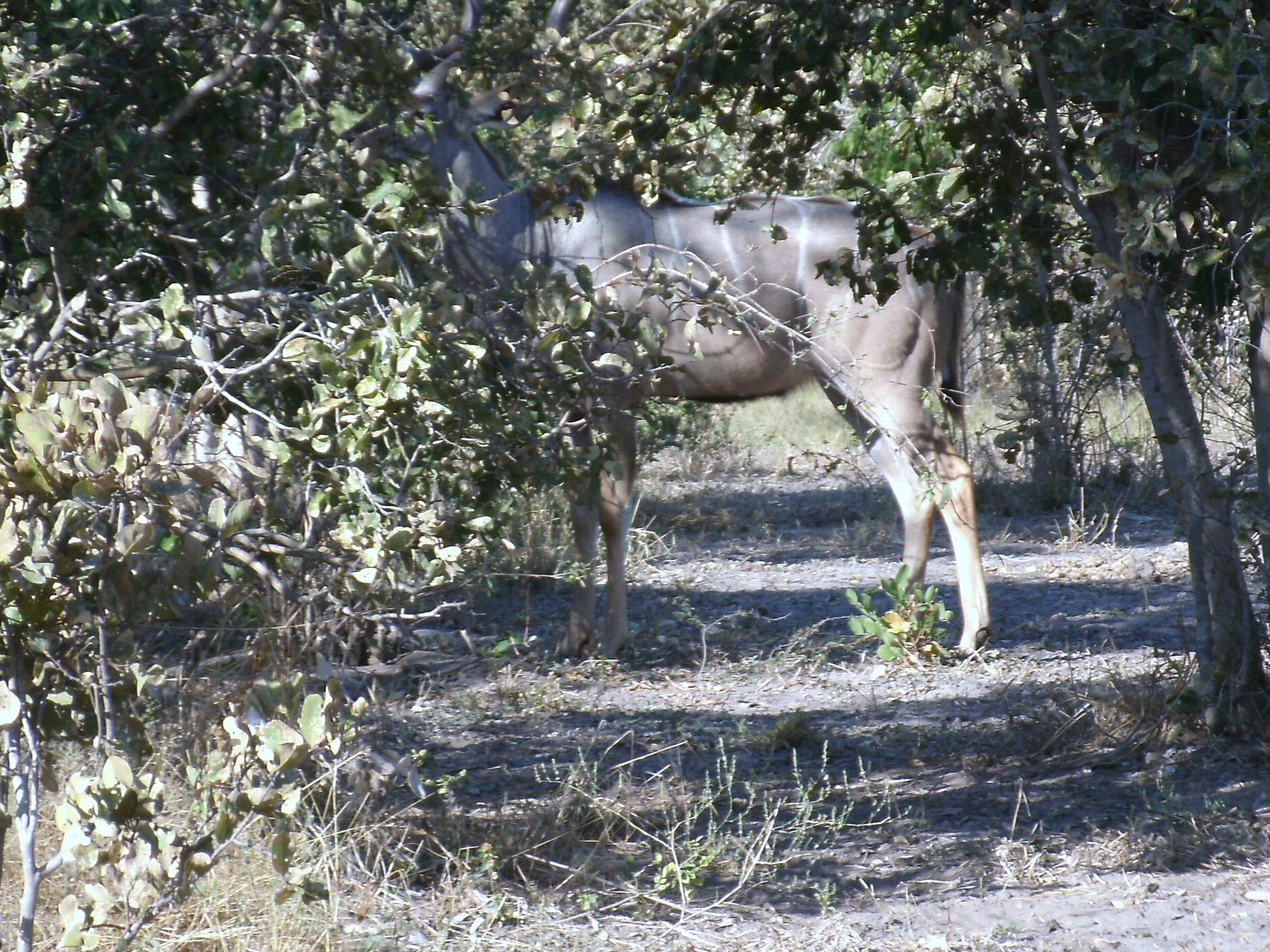
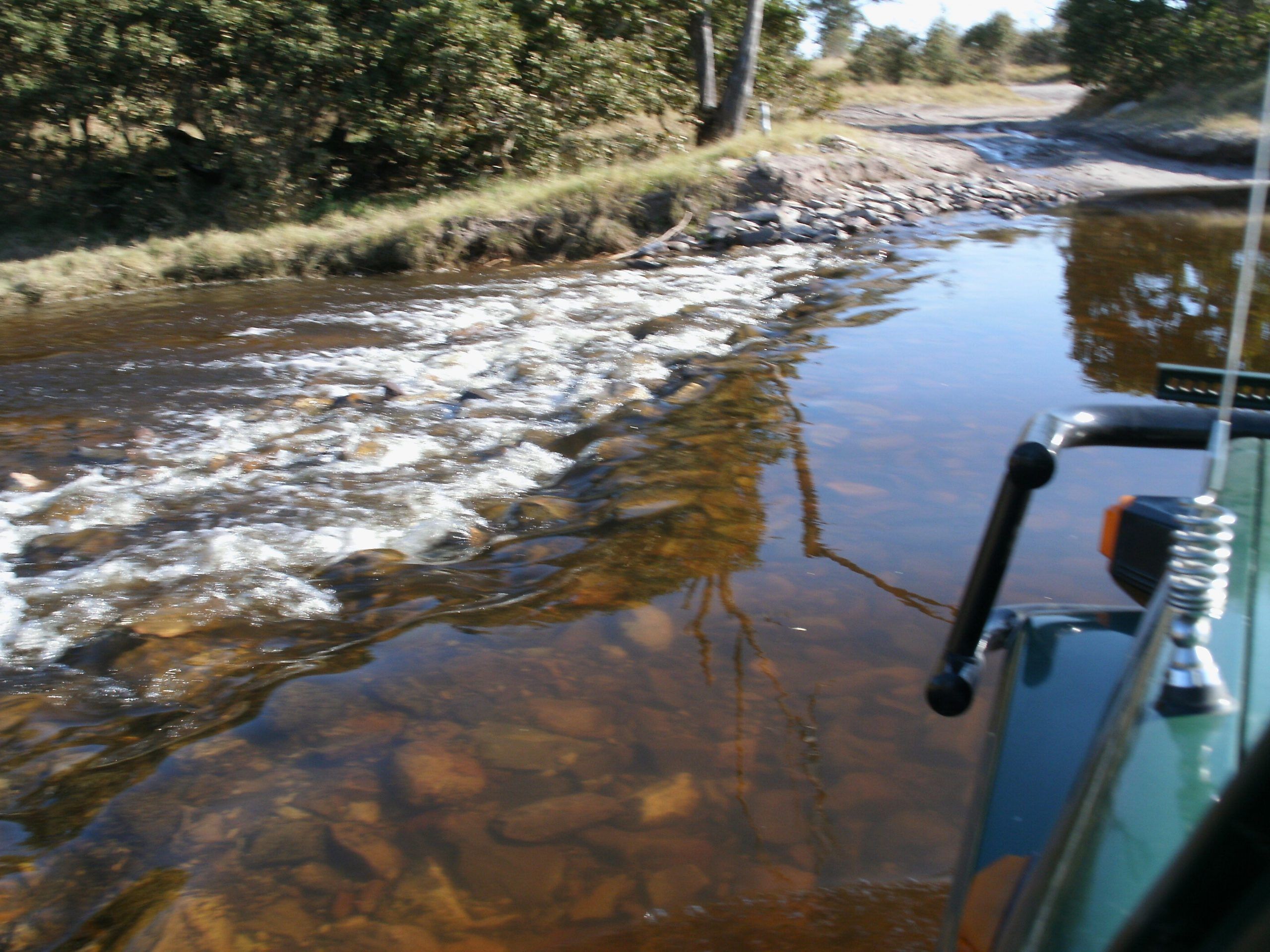
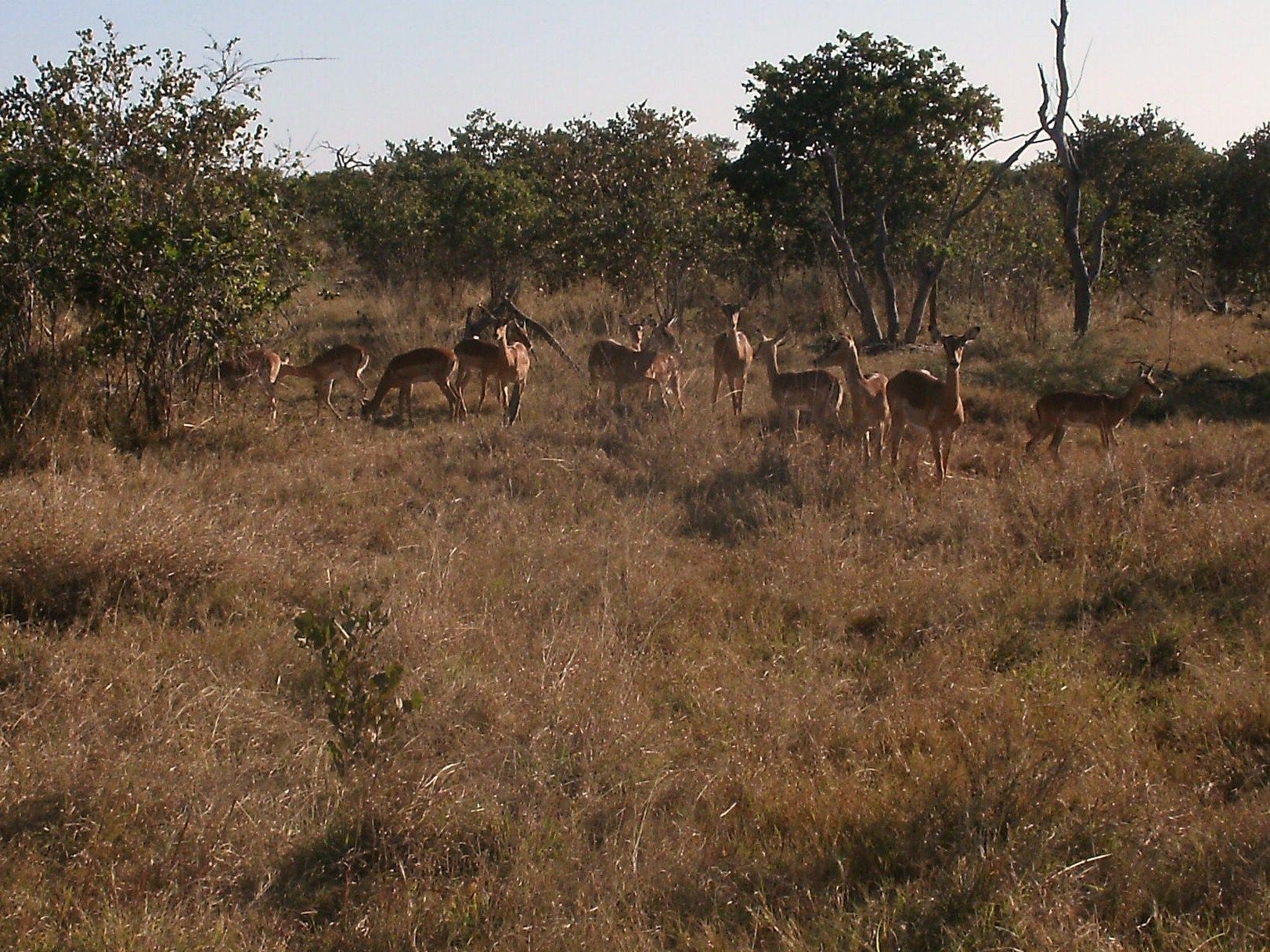
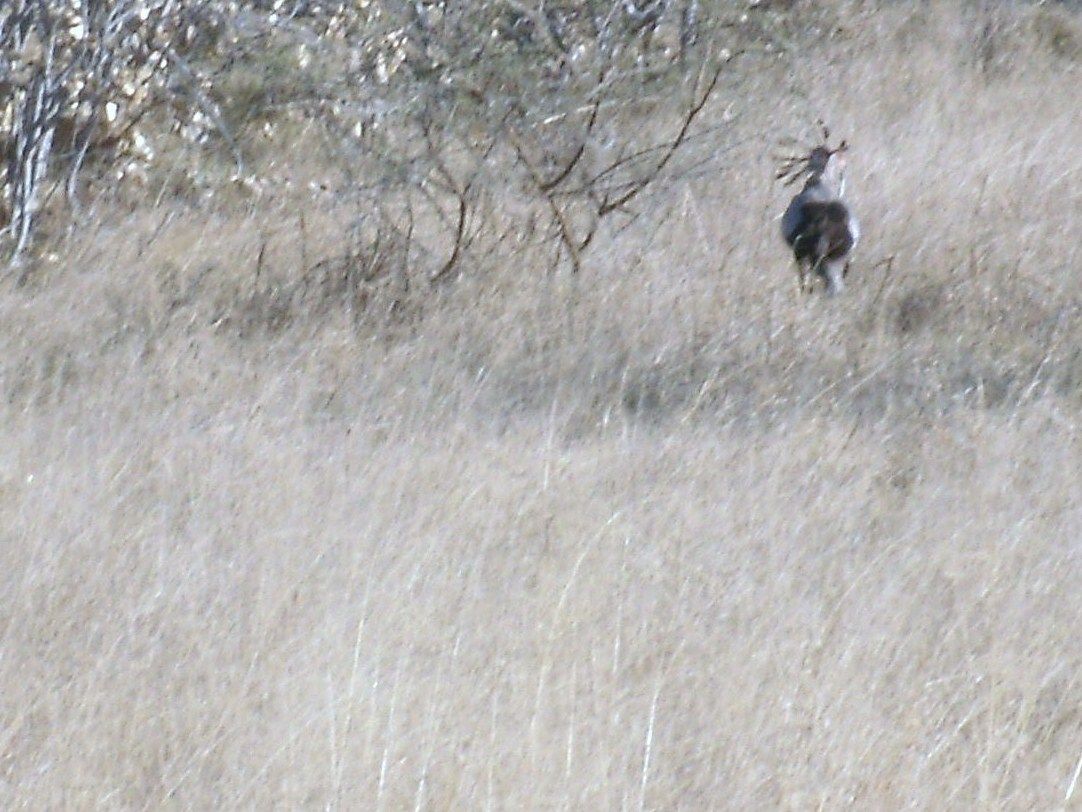
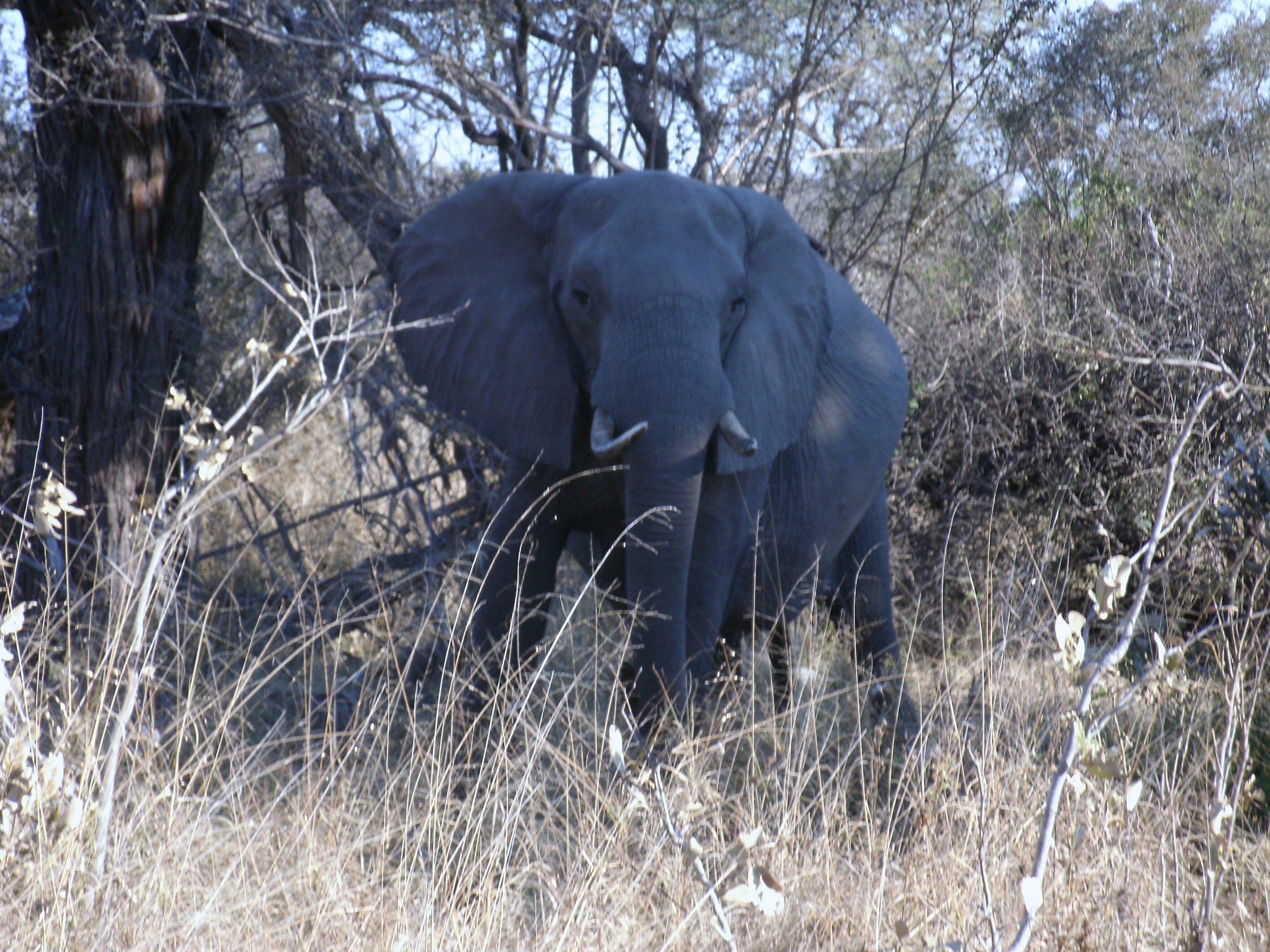
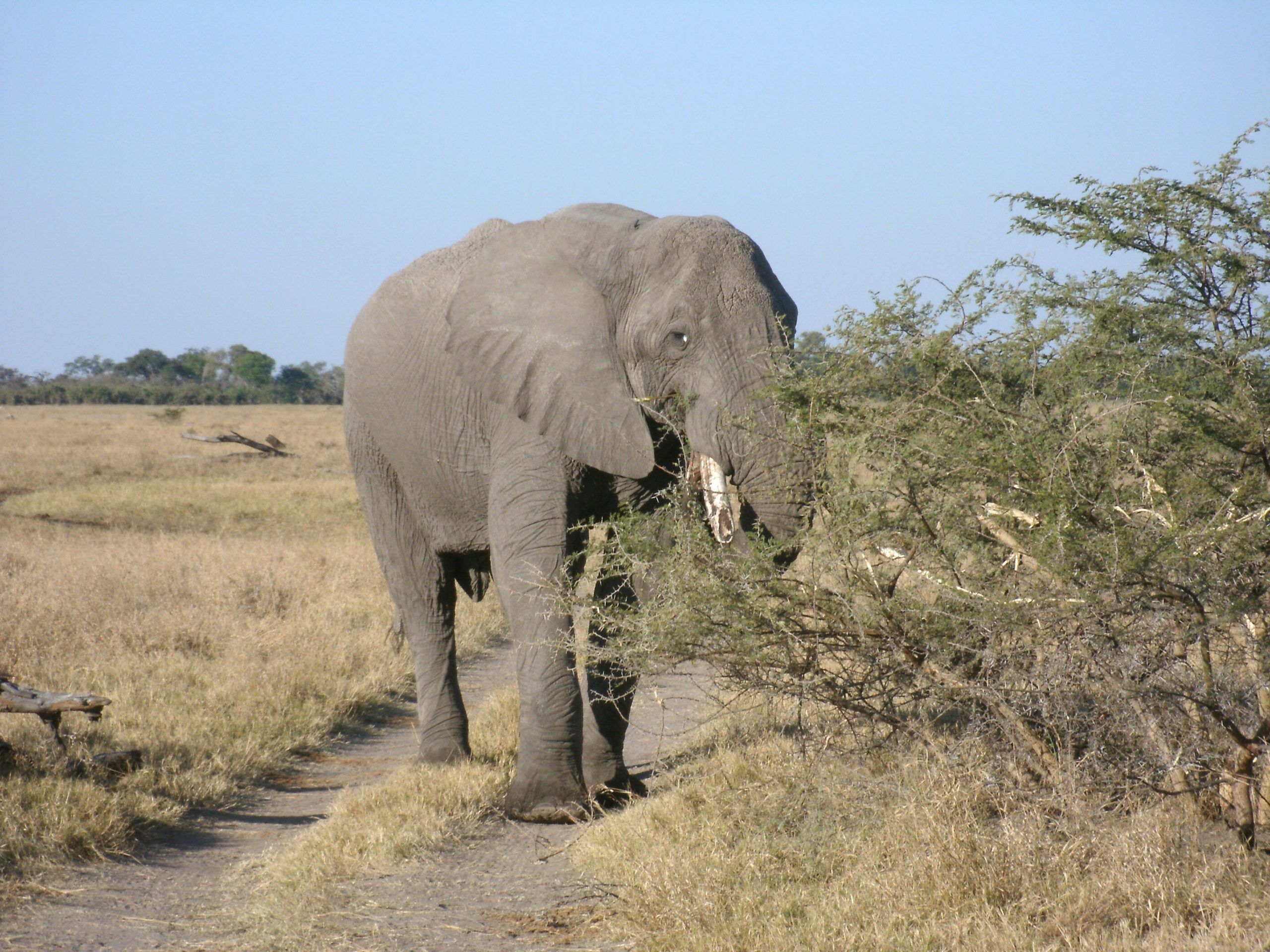
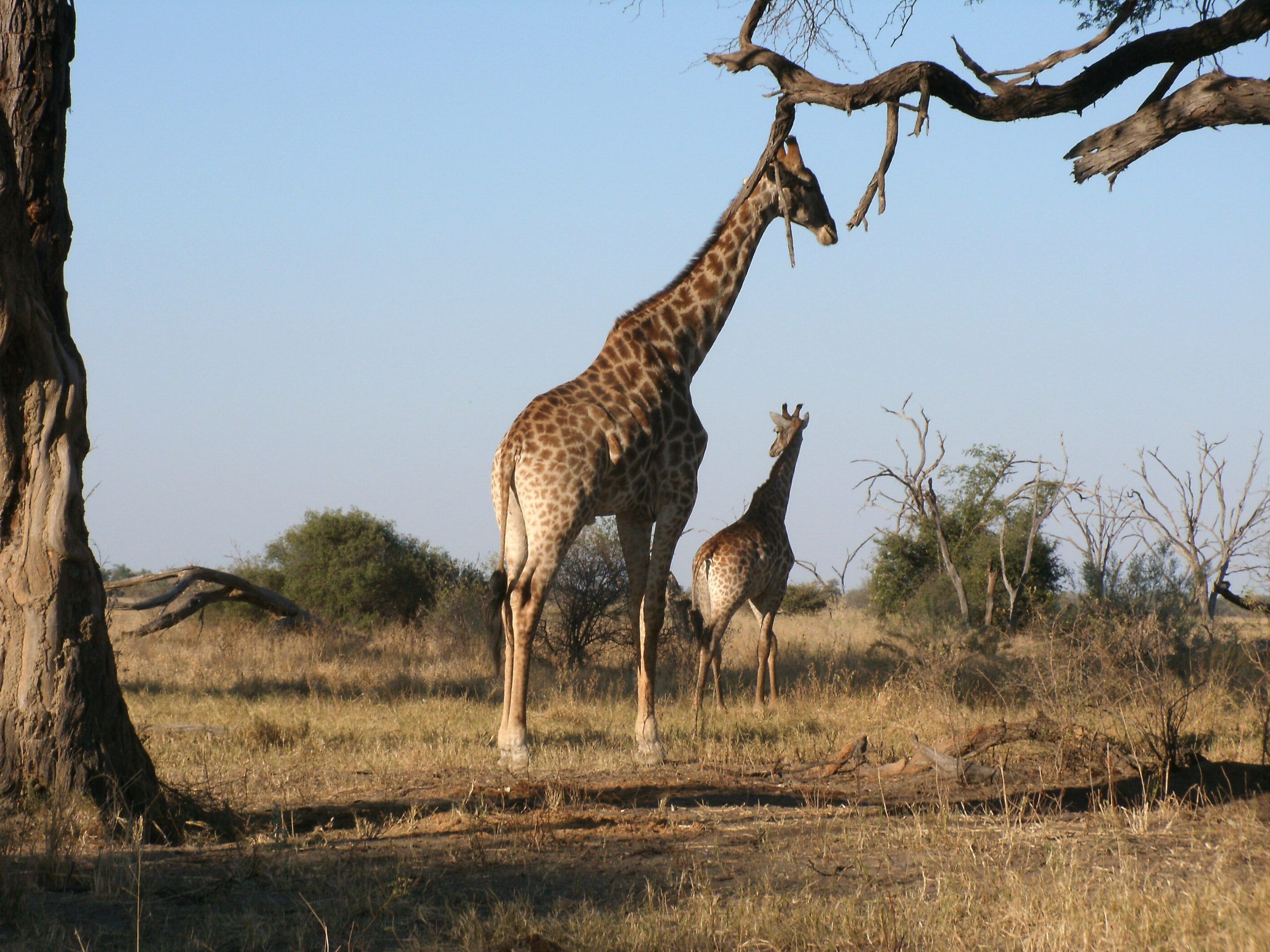
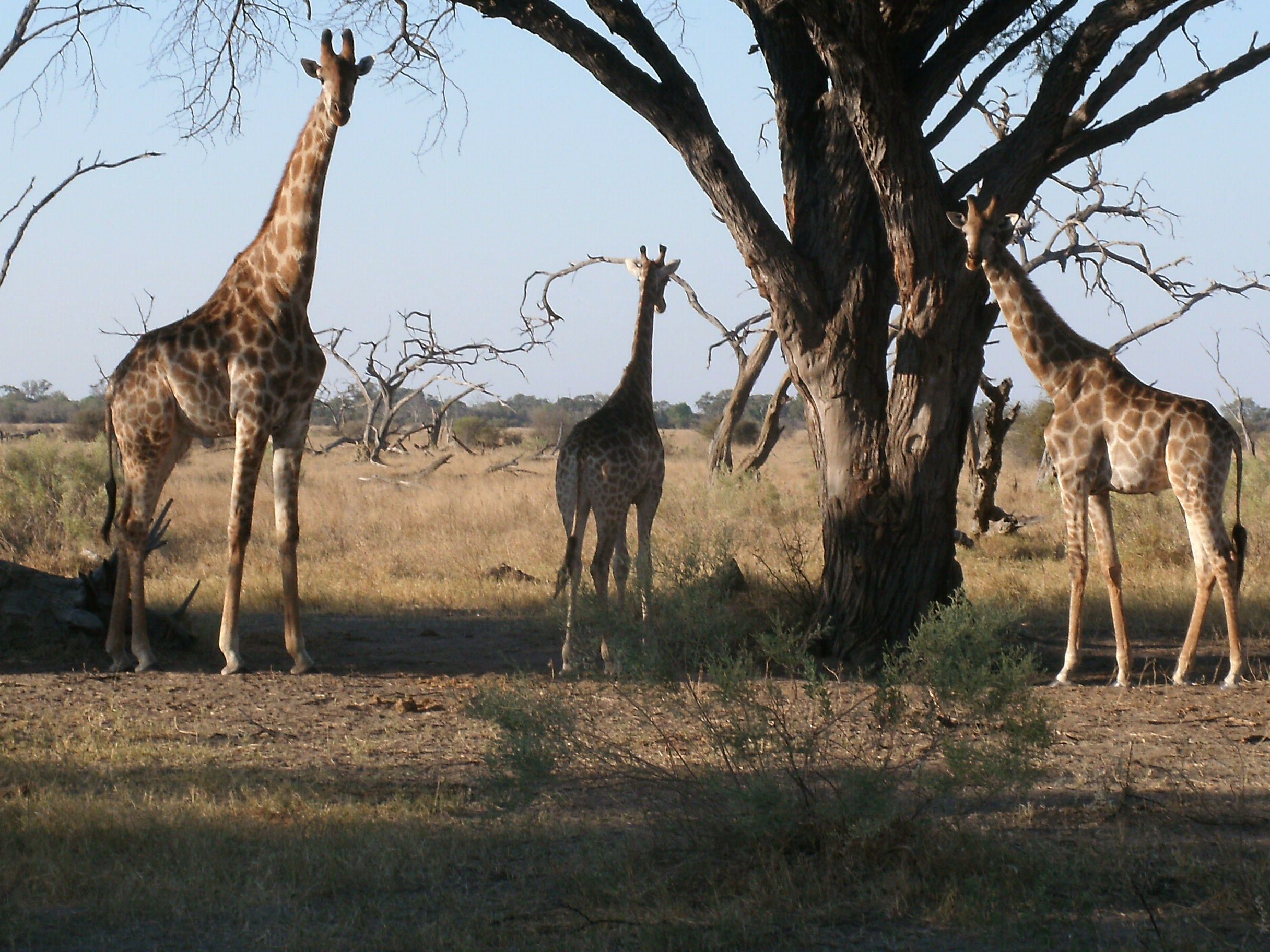
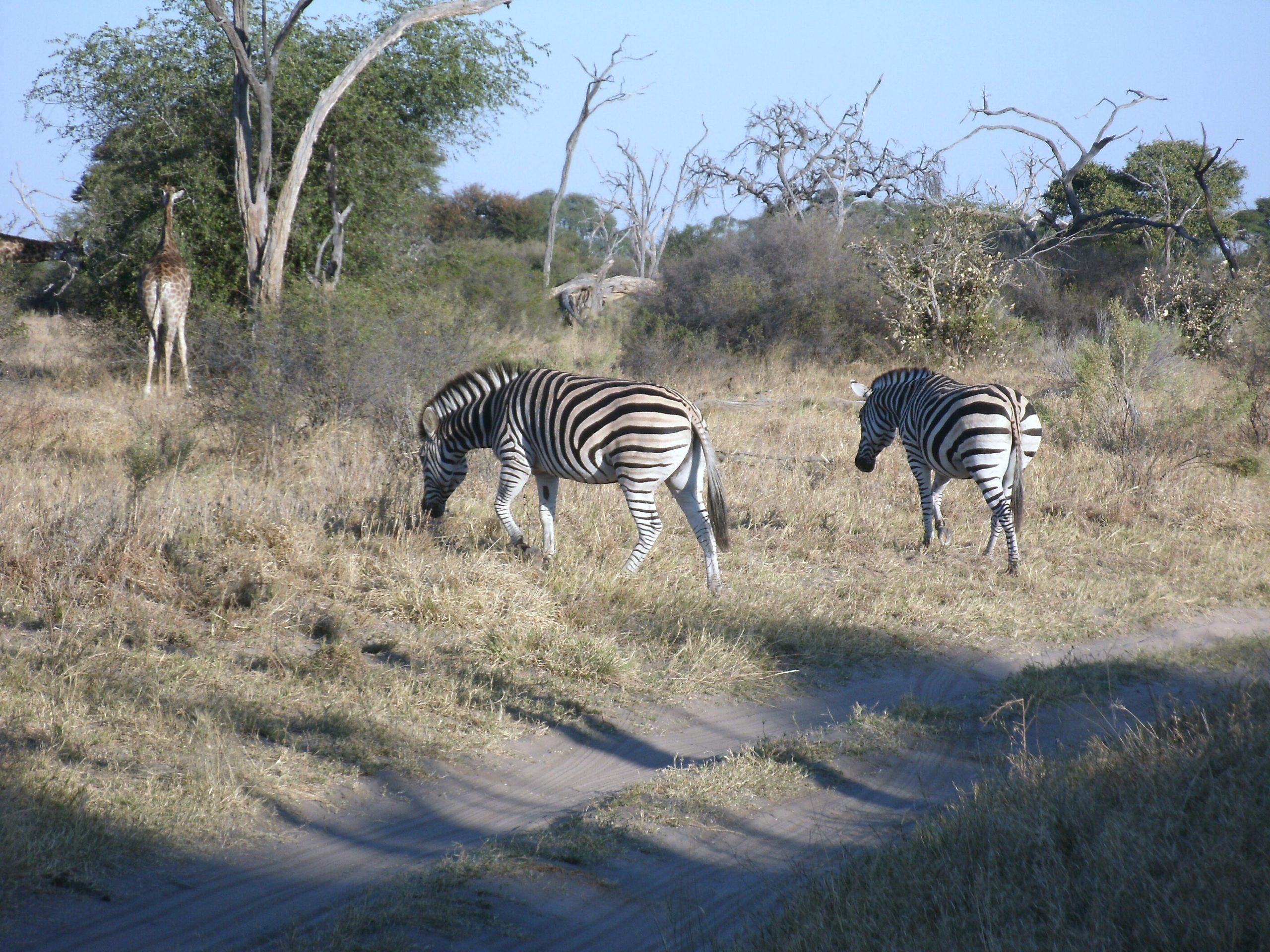
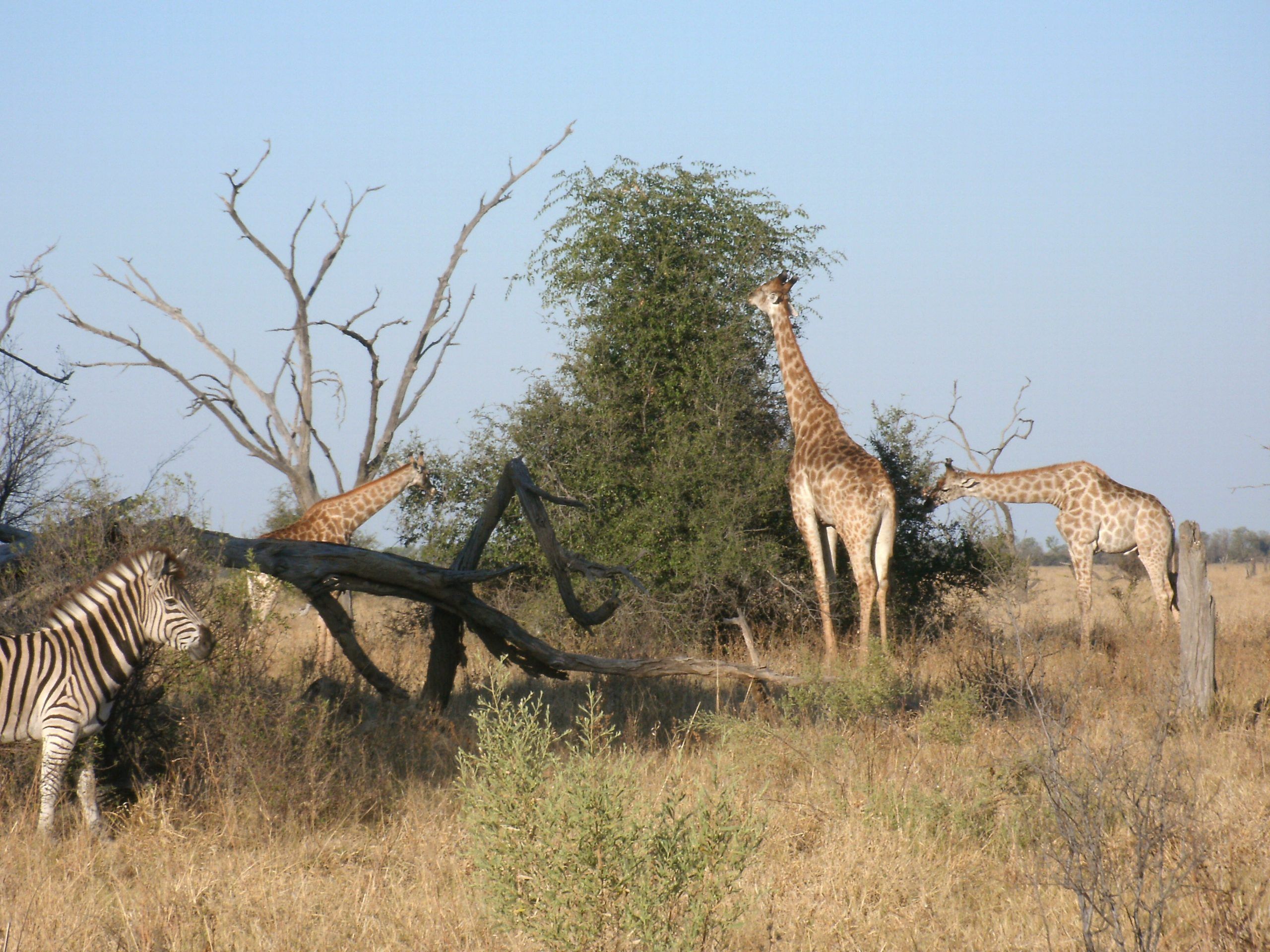
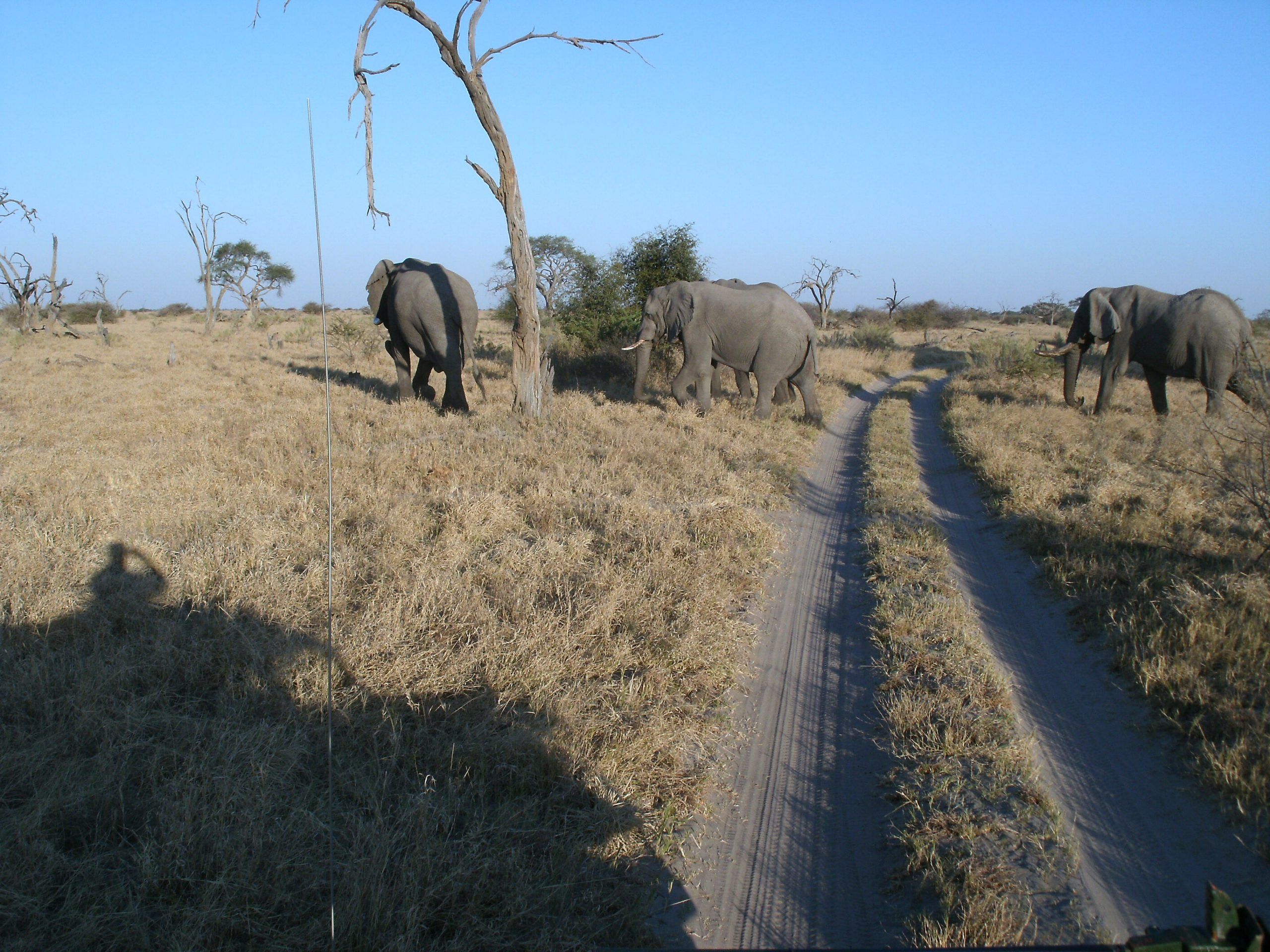
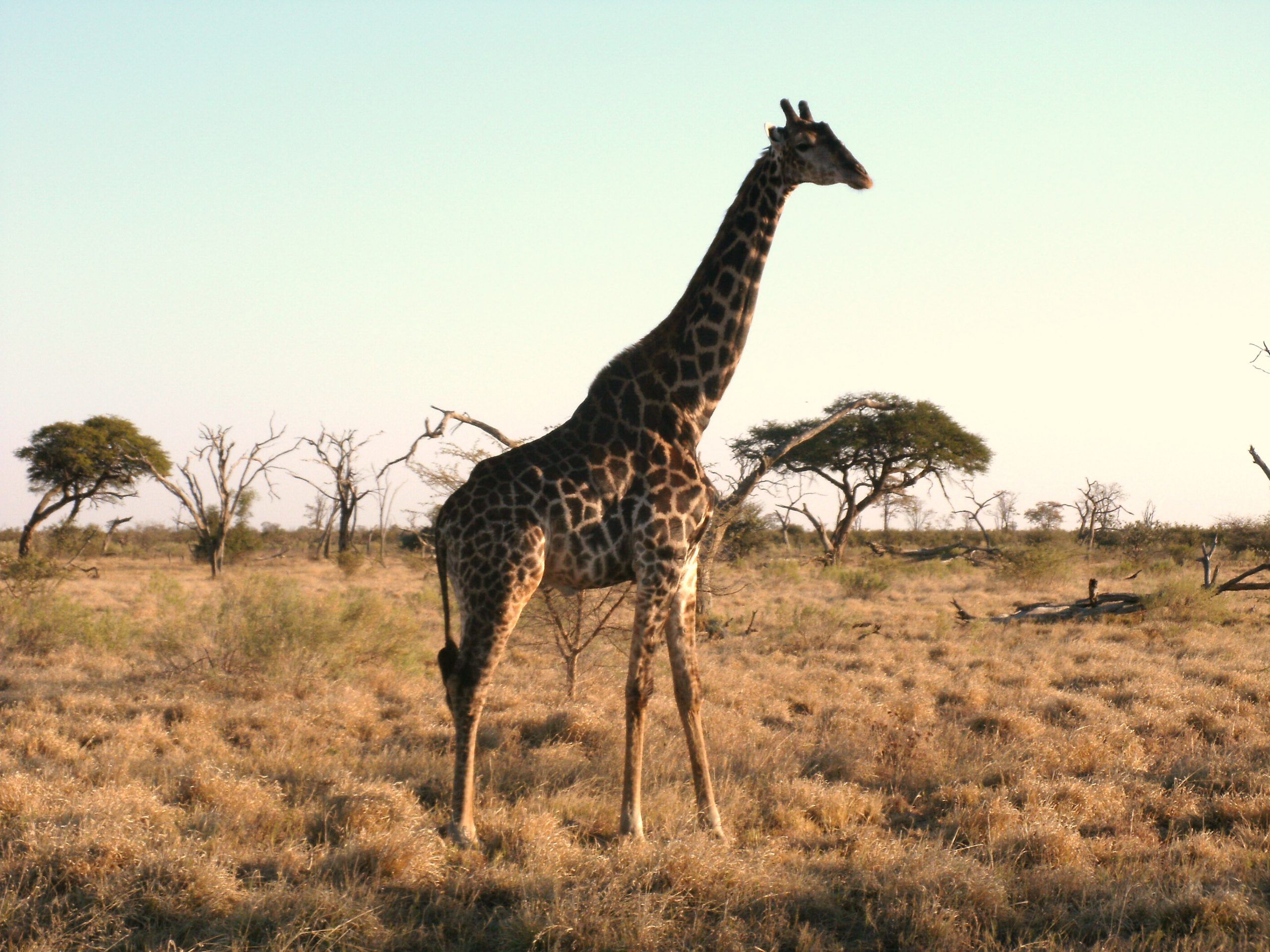
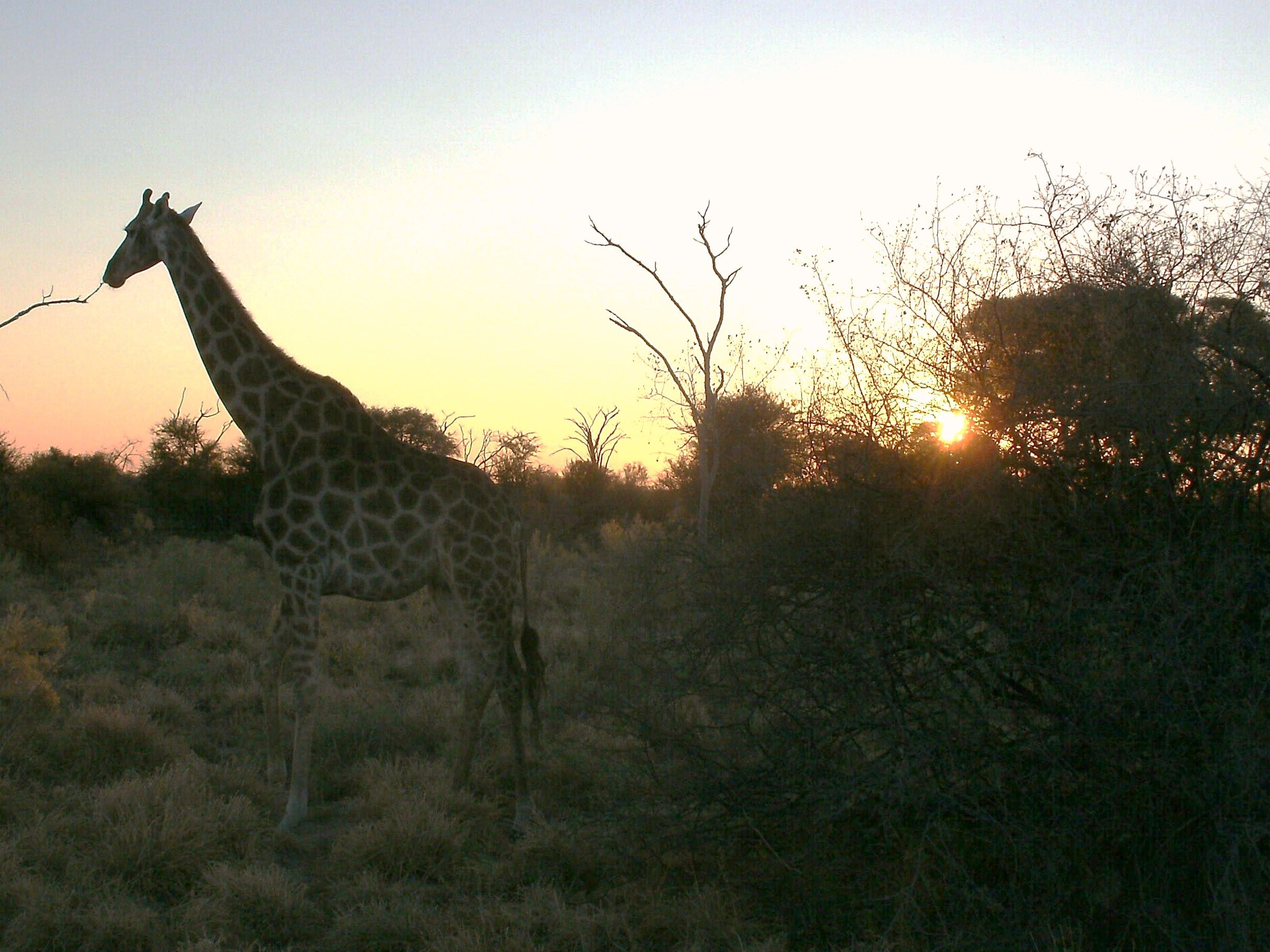
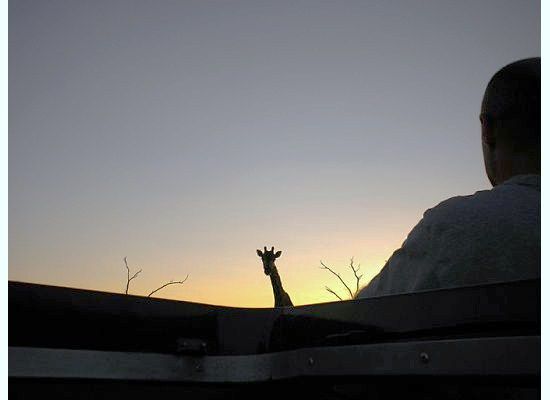
Day 4 – June 28
Drive from Savuti to the Khwai region of the Moremi Game Reserve. The drive will be through the park and there will opportunities for game viewing throughout the drive. The Khwai river area boasts a high density of Hippo and crocodile. Some of the common predators include Lion, Cheetah, Leopard and Wild Dog. General game includes southern Giraffe, Zebra, Burchell’s zebra and Red lechwe.
The Khwai River is also a birding enthusiasts’ paradise. Some of the species you might spot in the surrounding area include African Hawk-Eagle, African Harrier Hawk, Scarlet-chested Sunbird and Long-Legged Bustard.
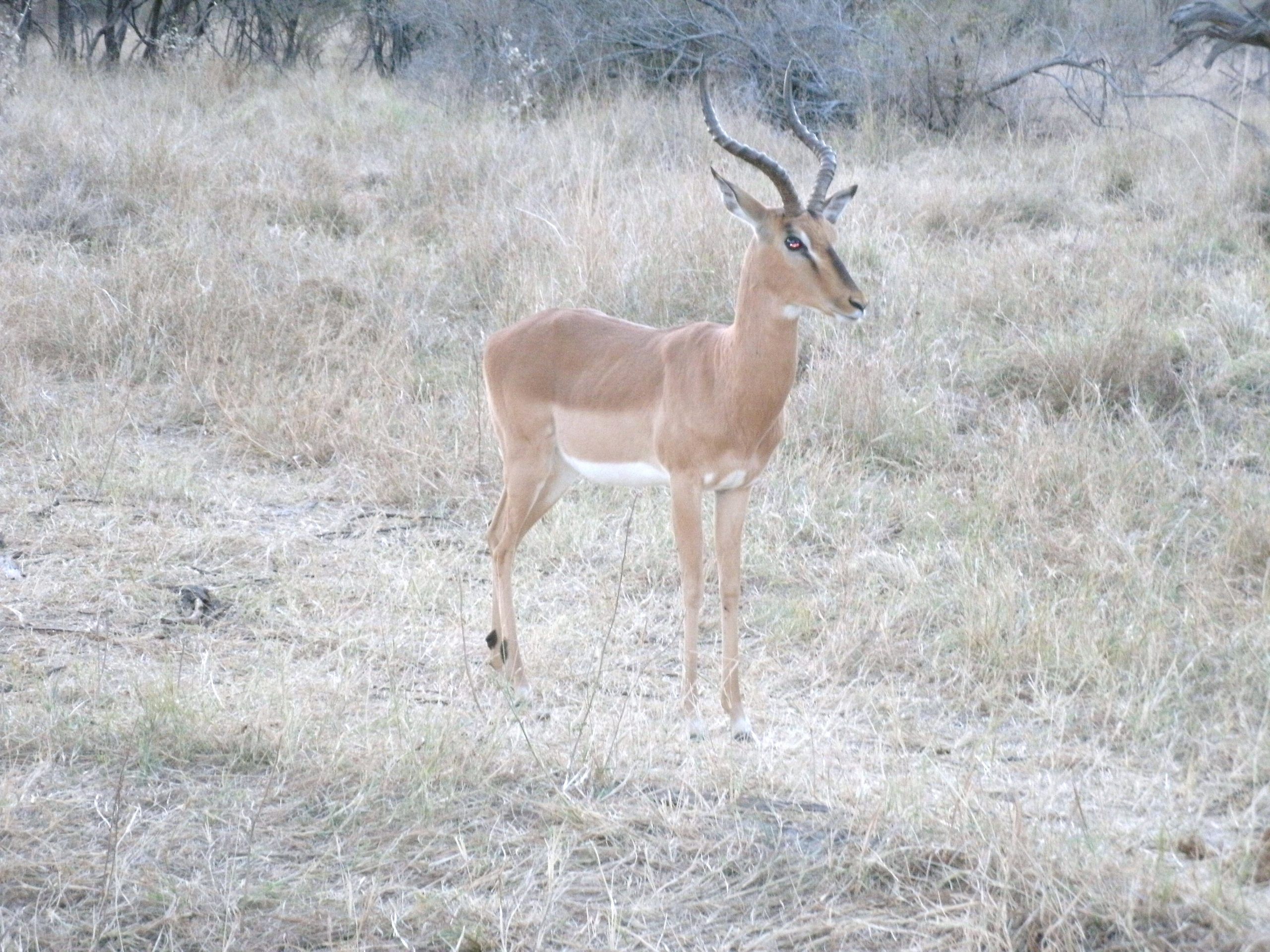
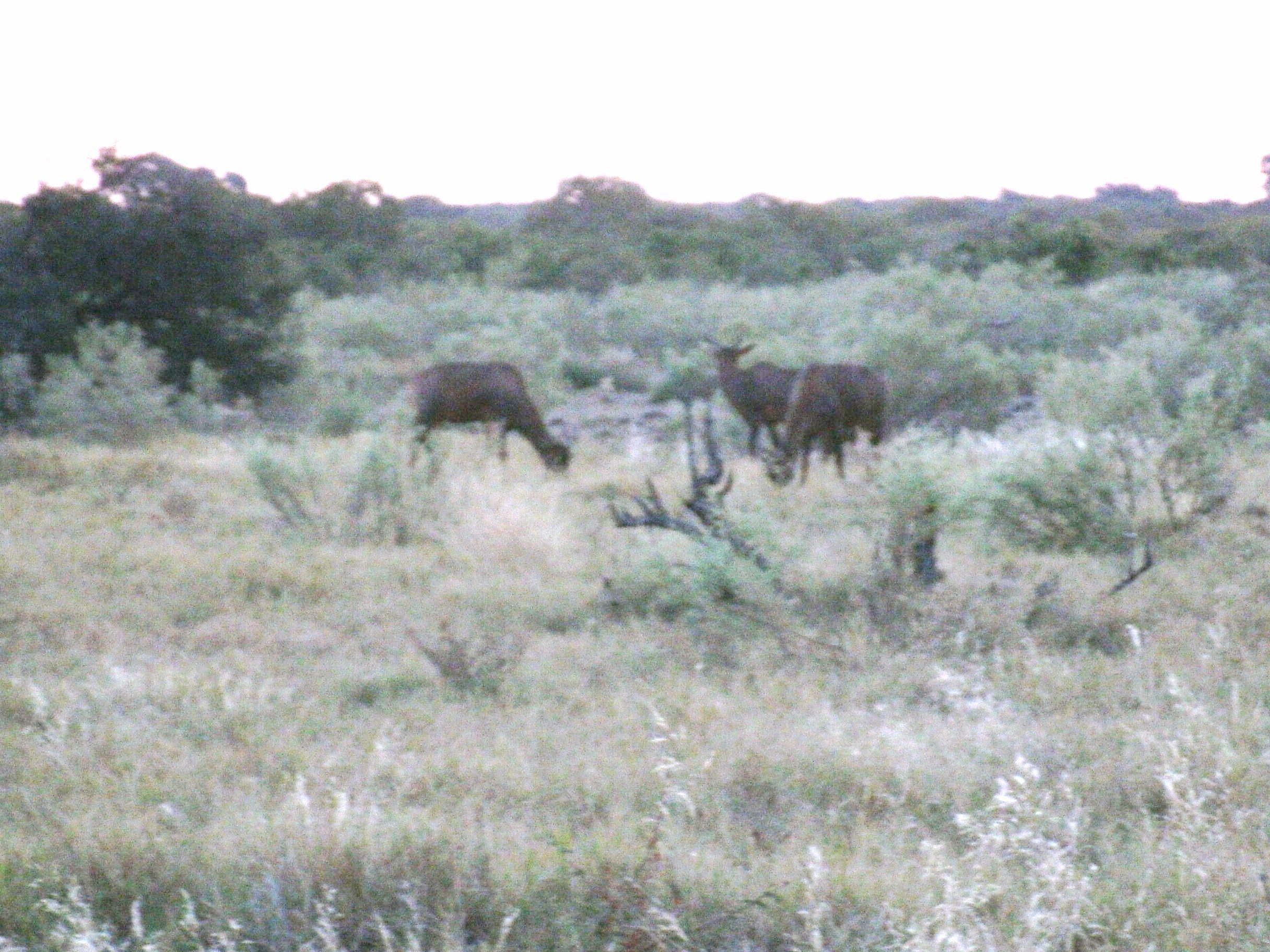
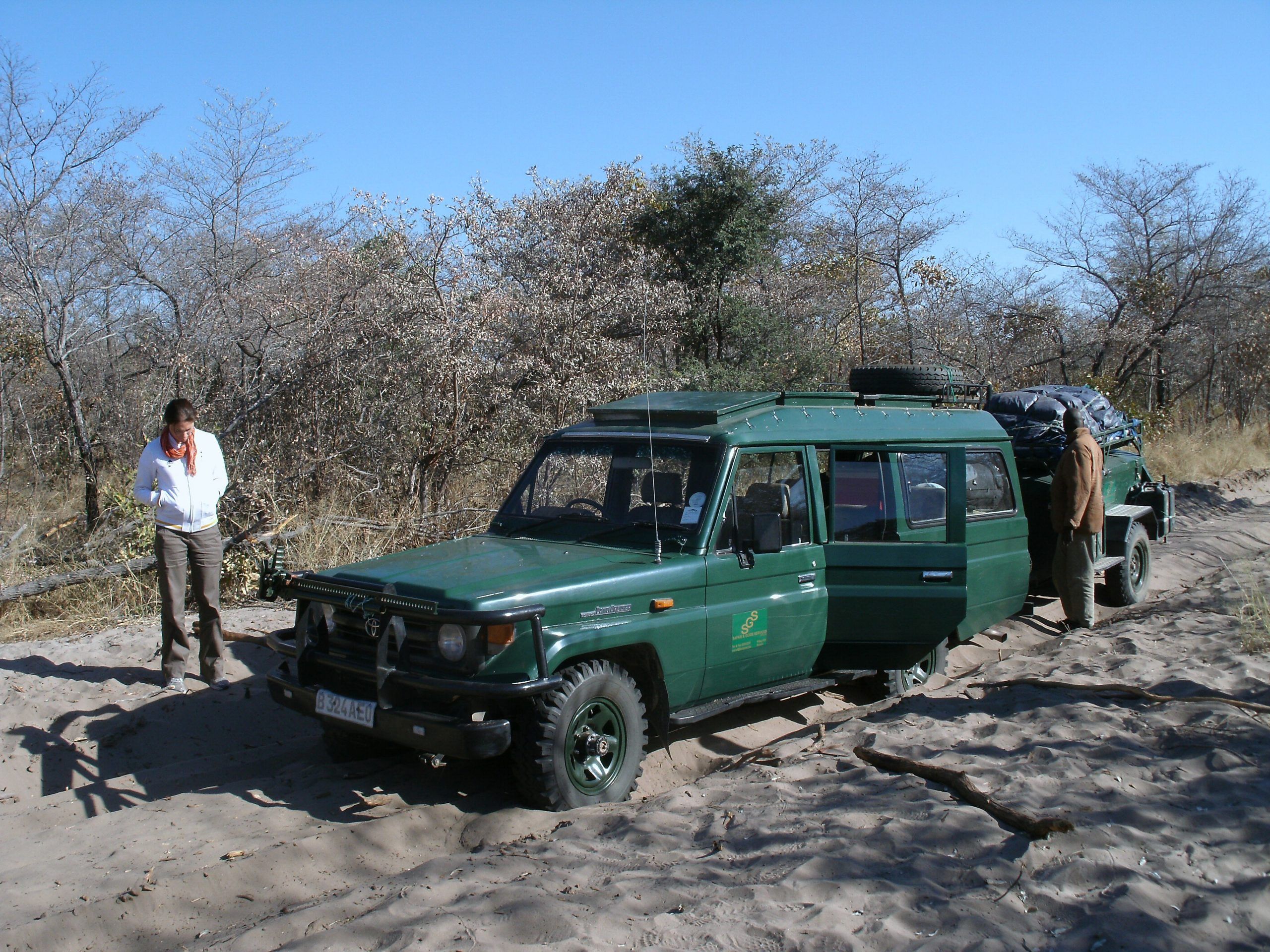
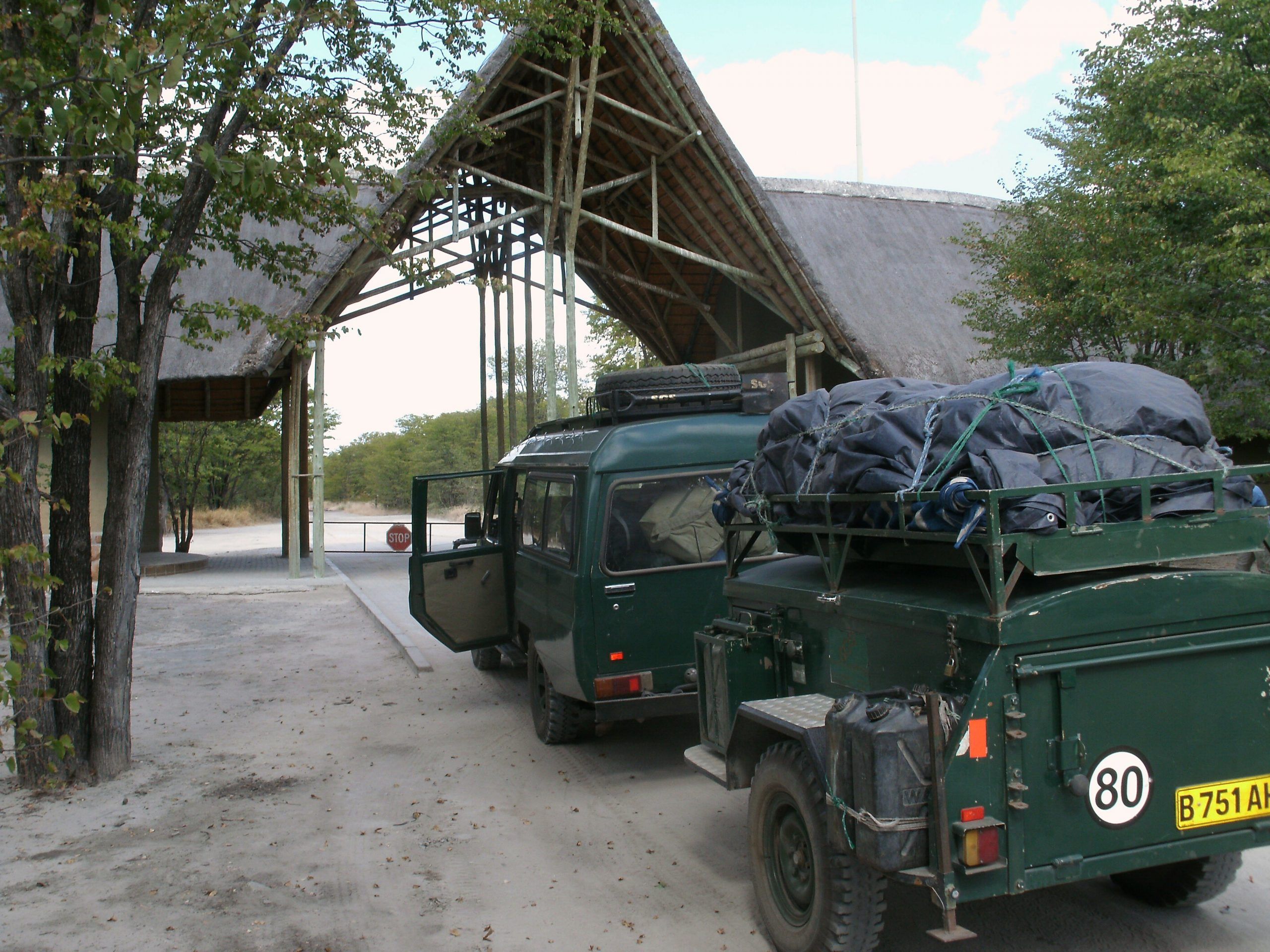
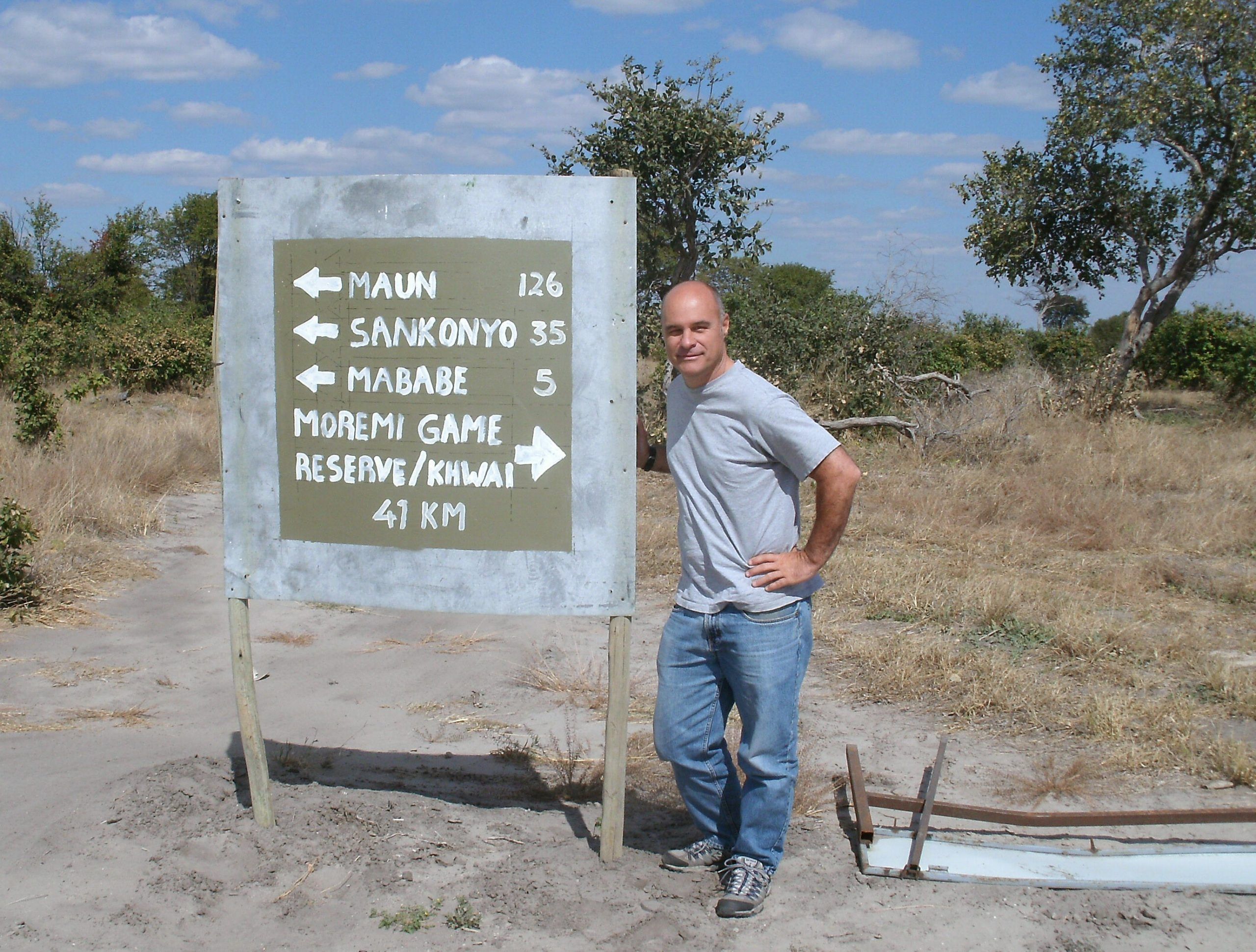
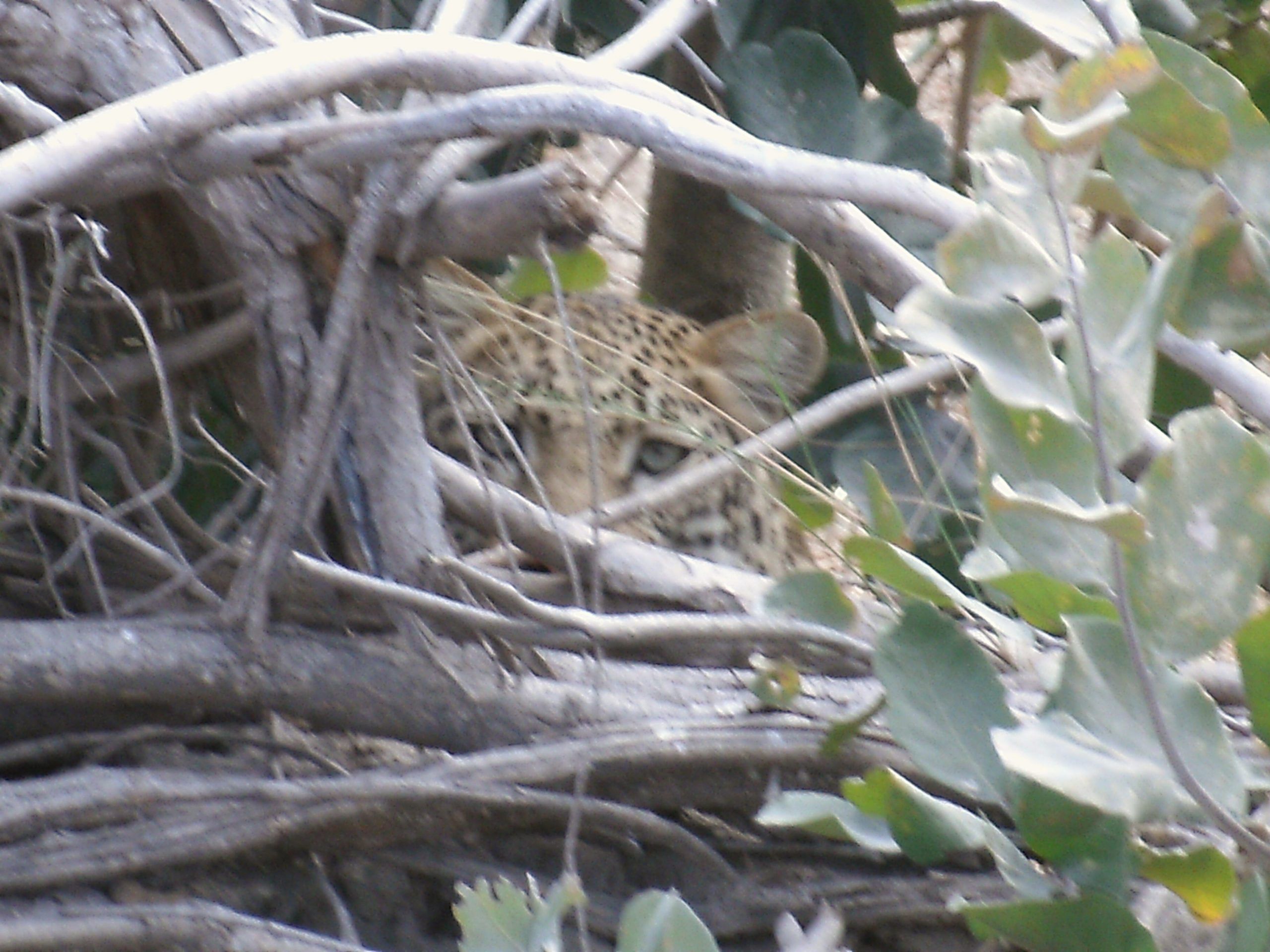
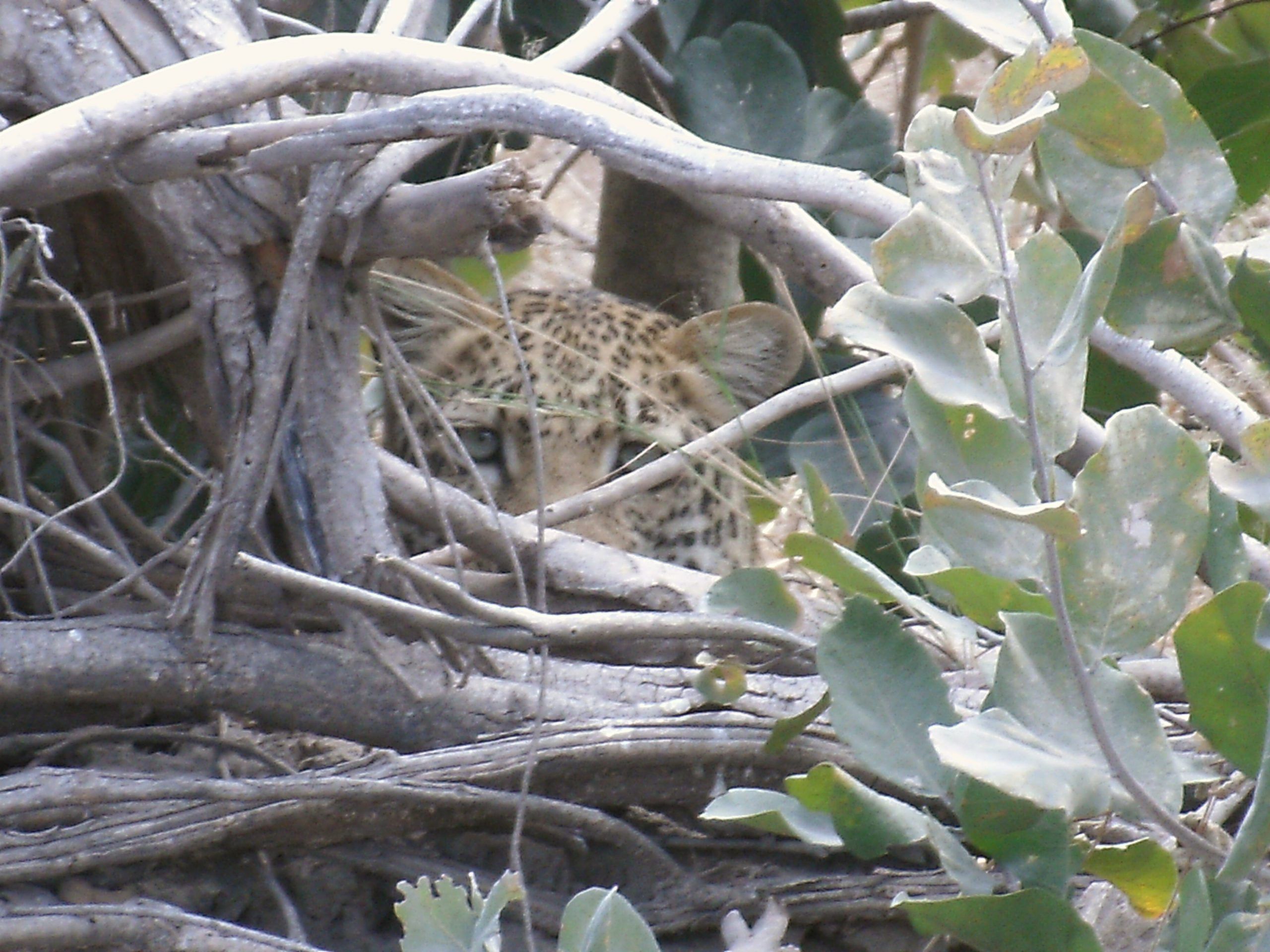
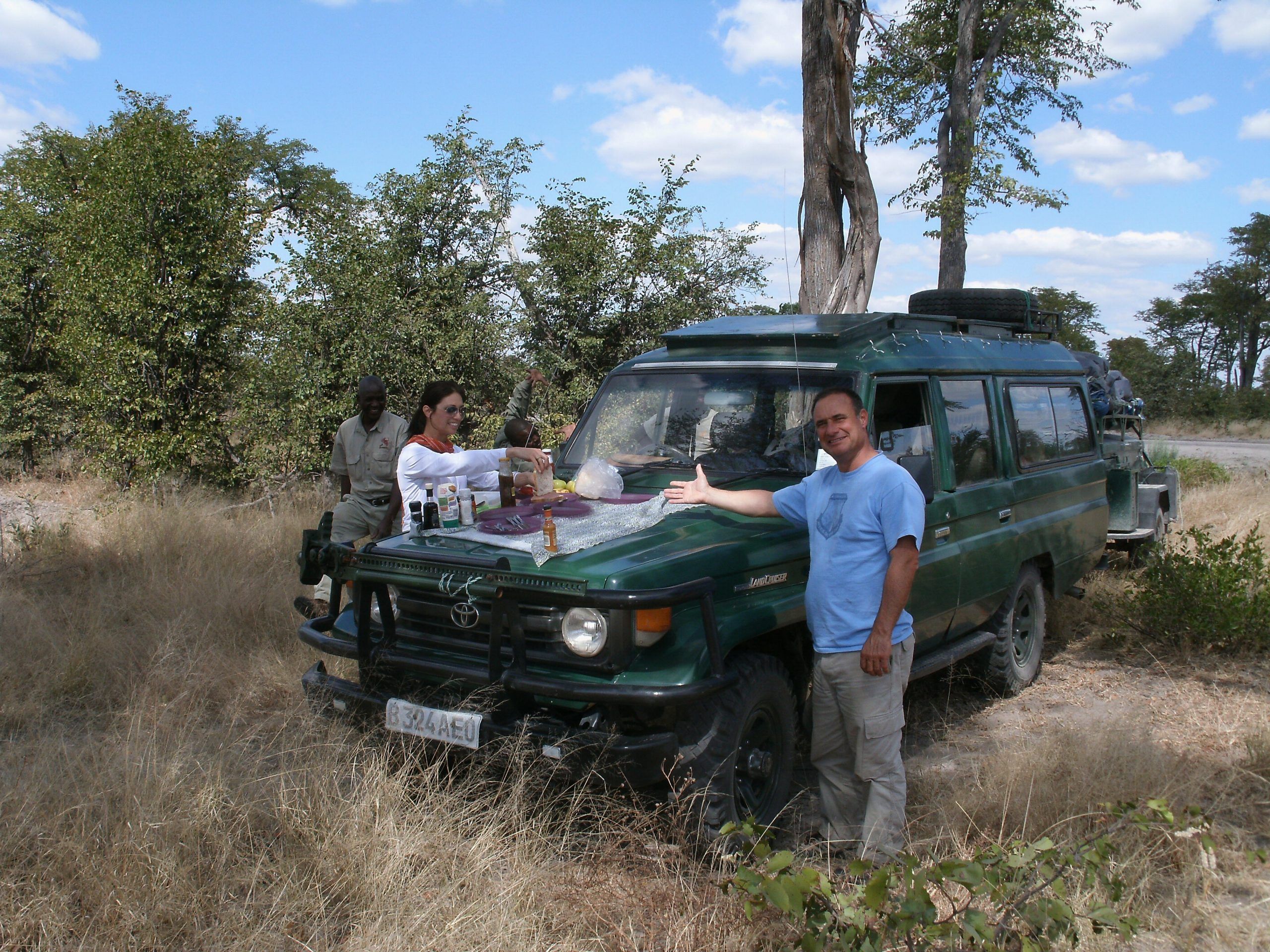
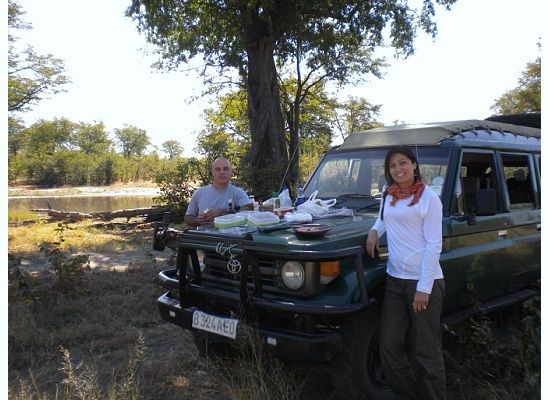
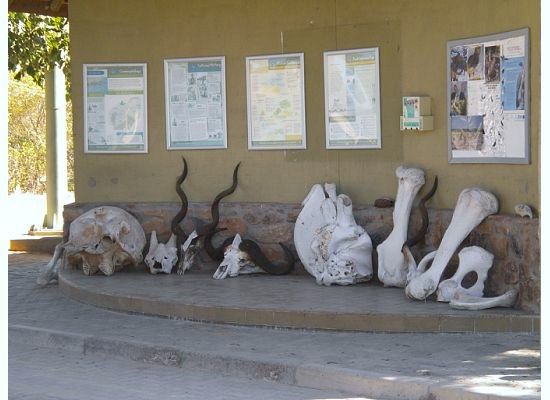
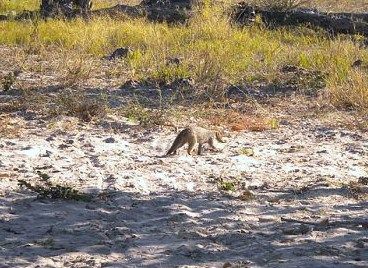
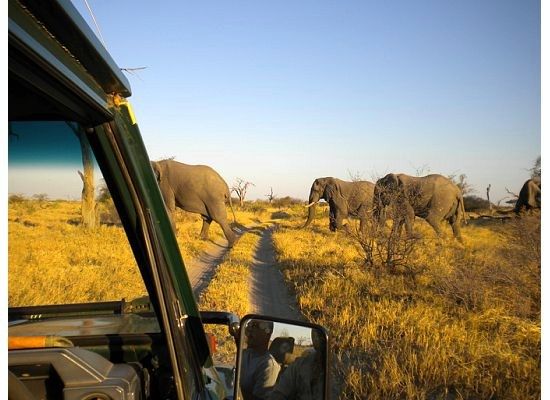
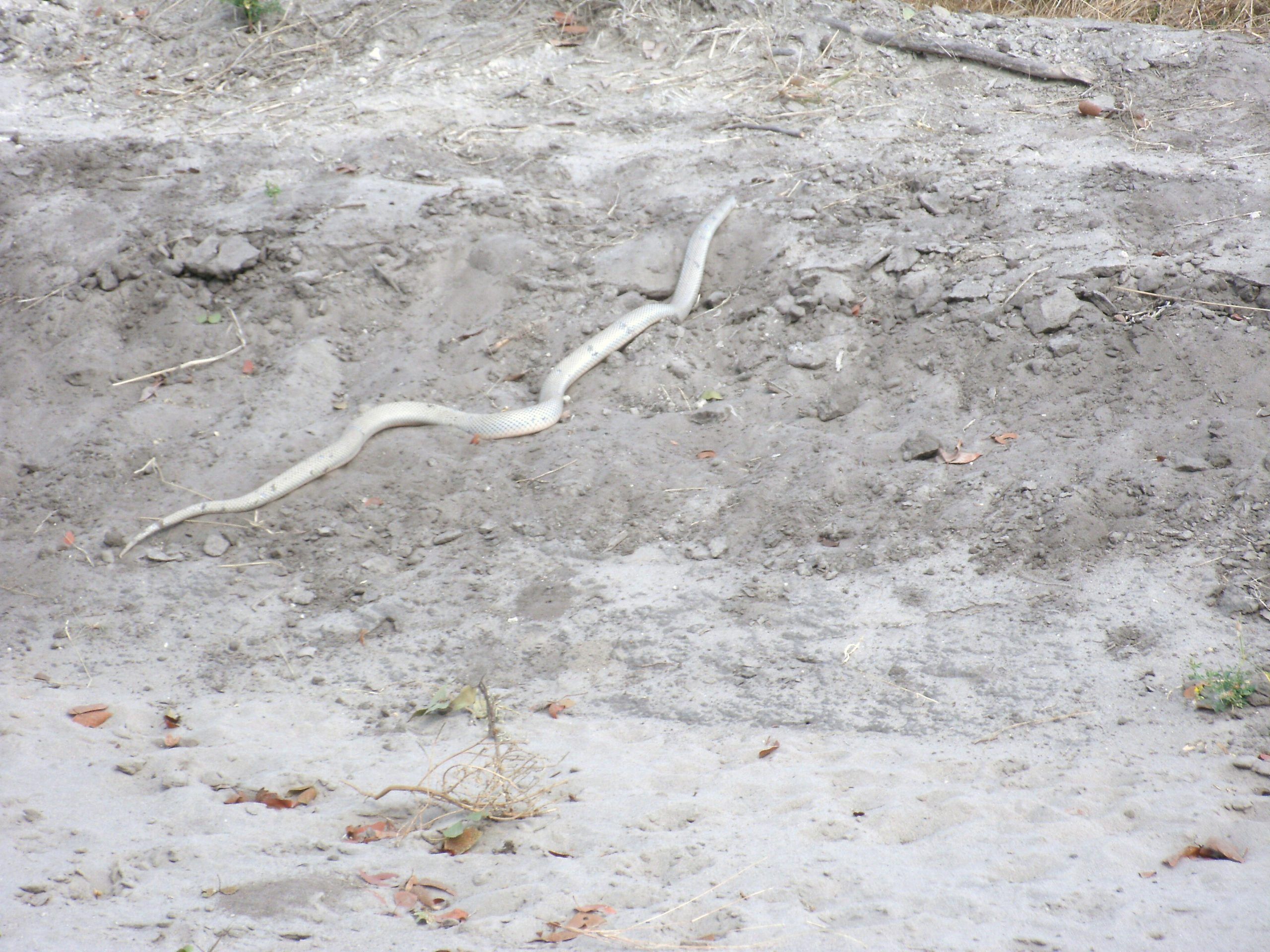
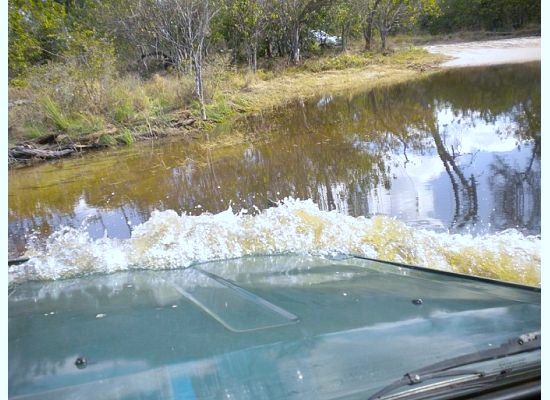
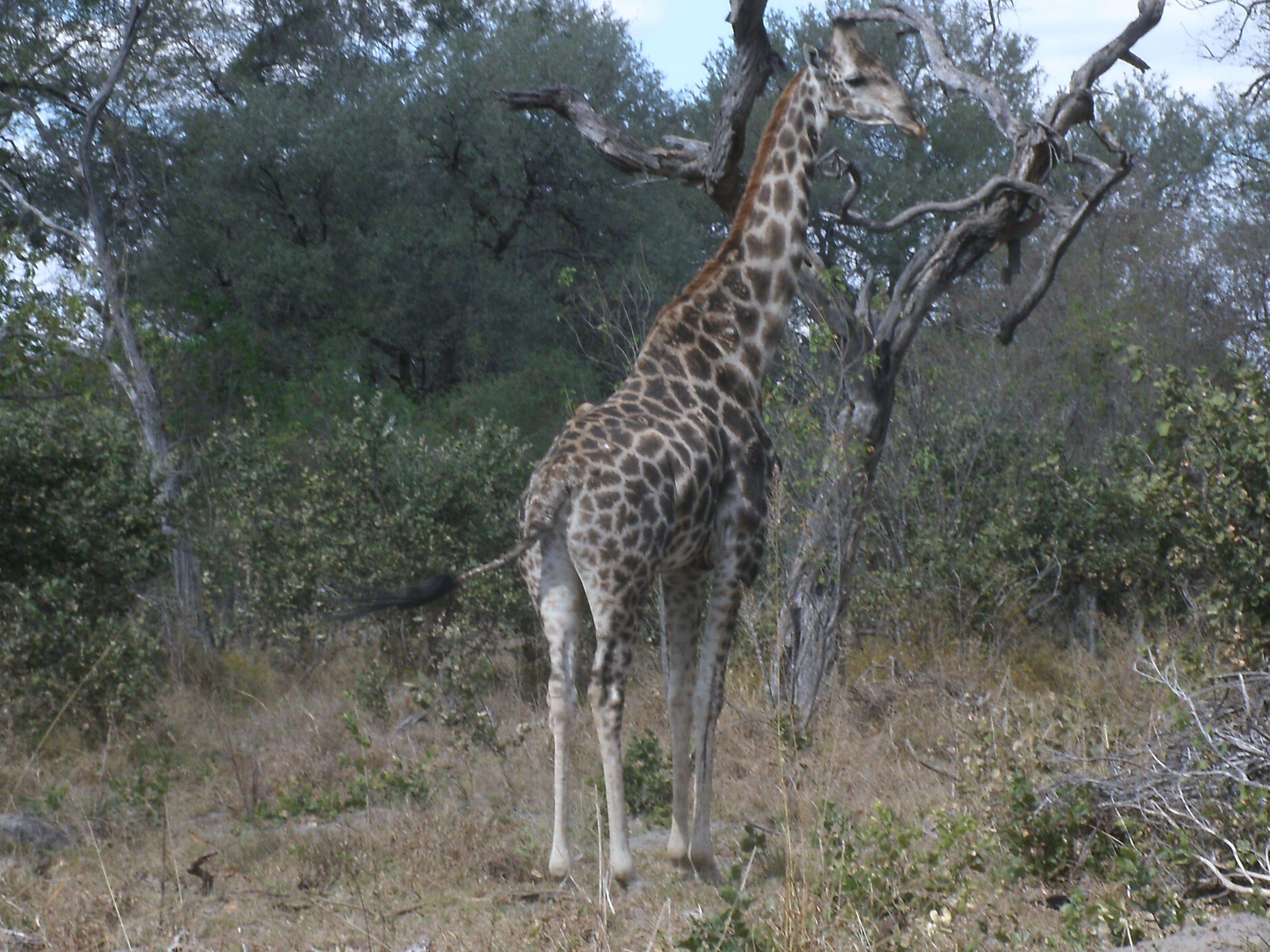
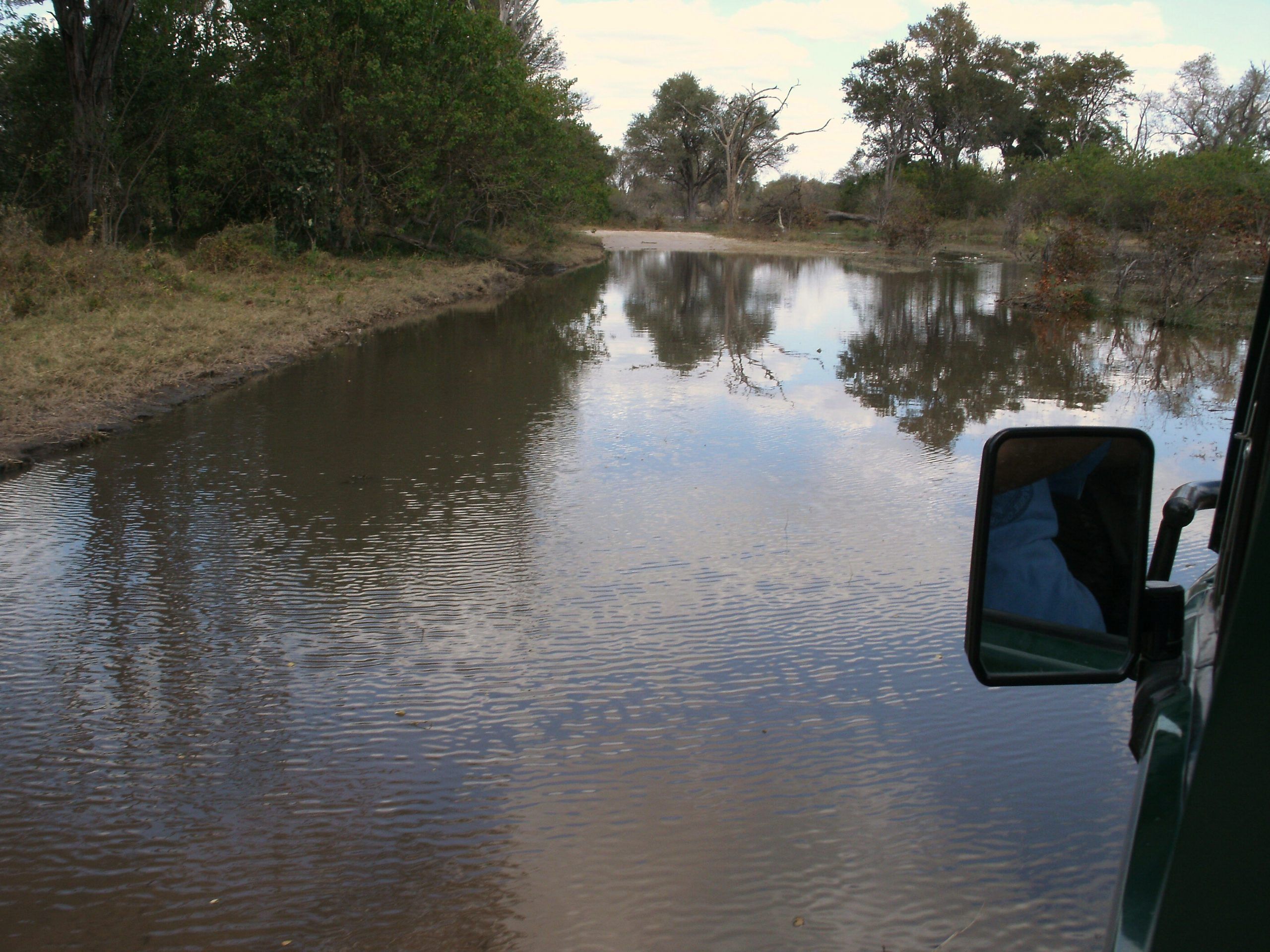
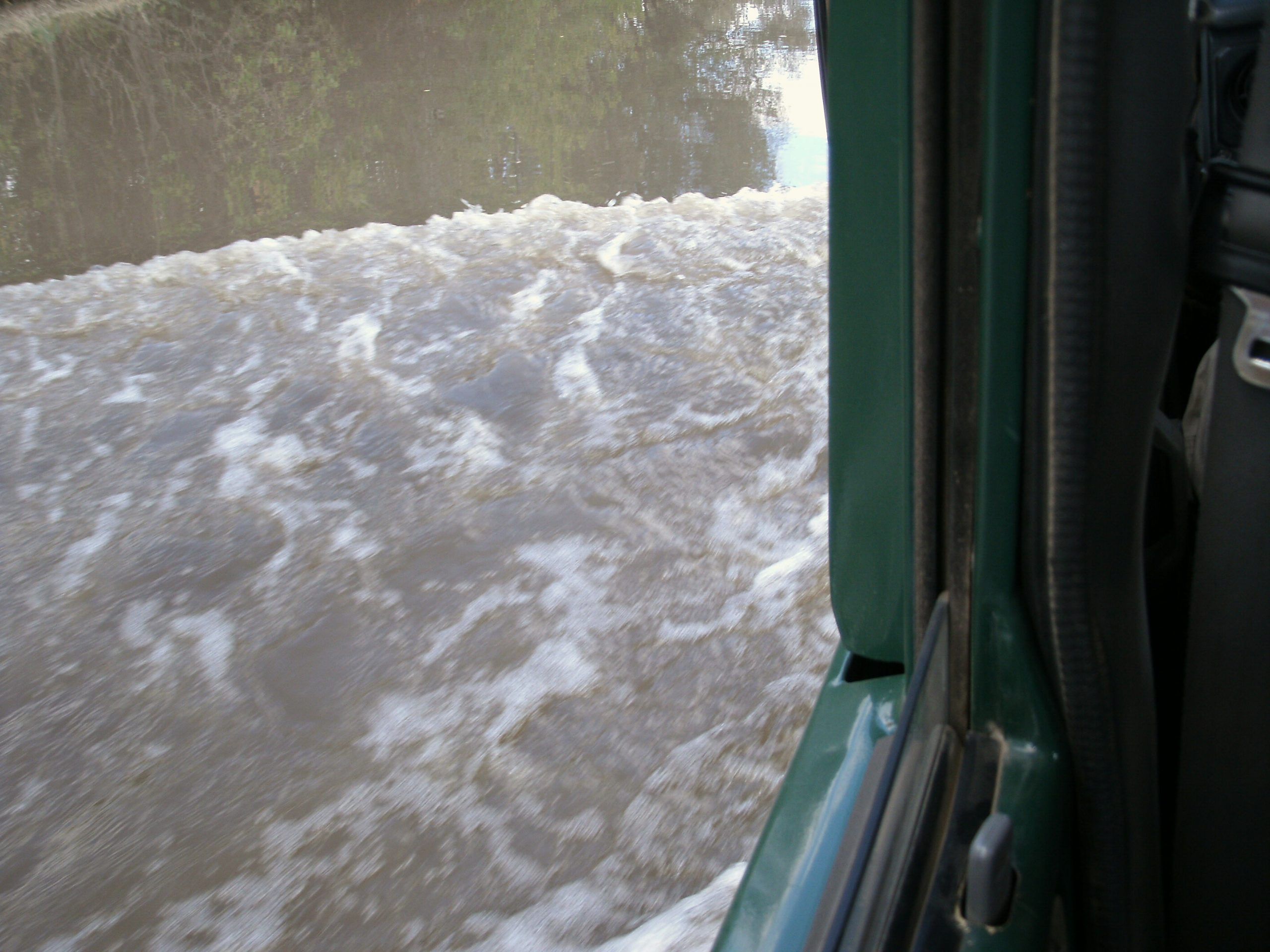
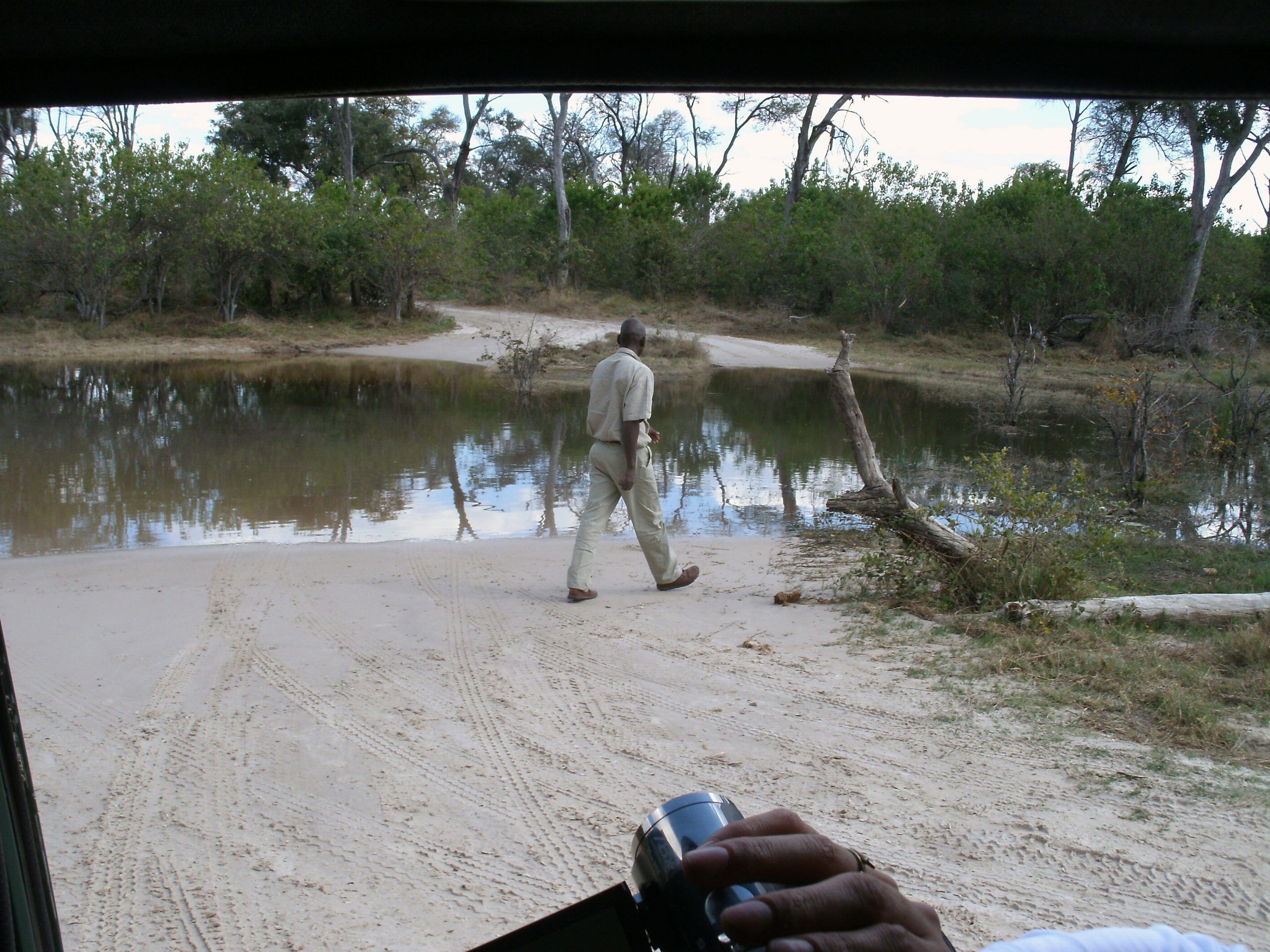
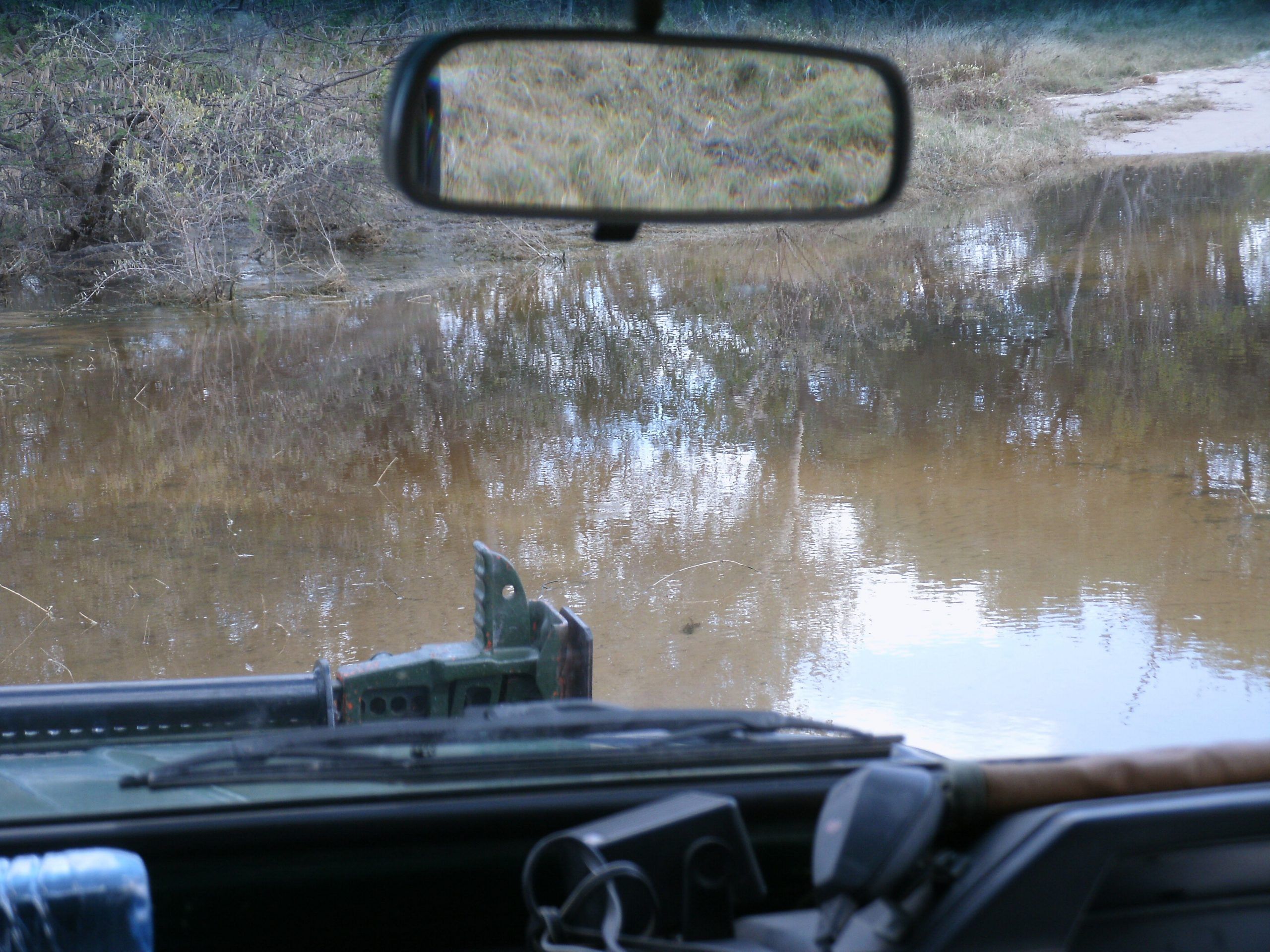
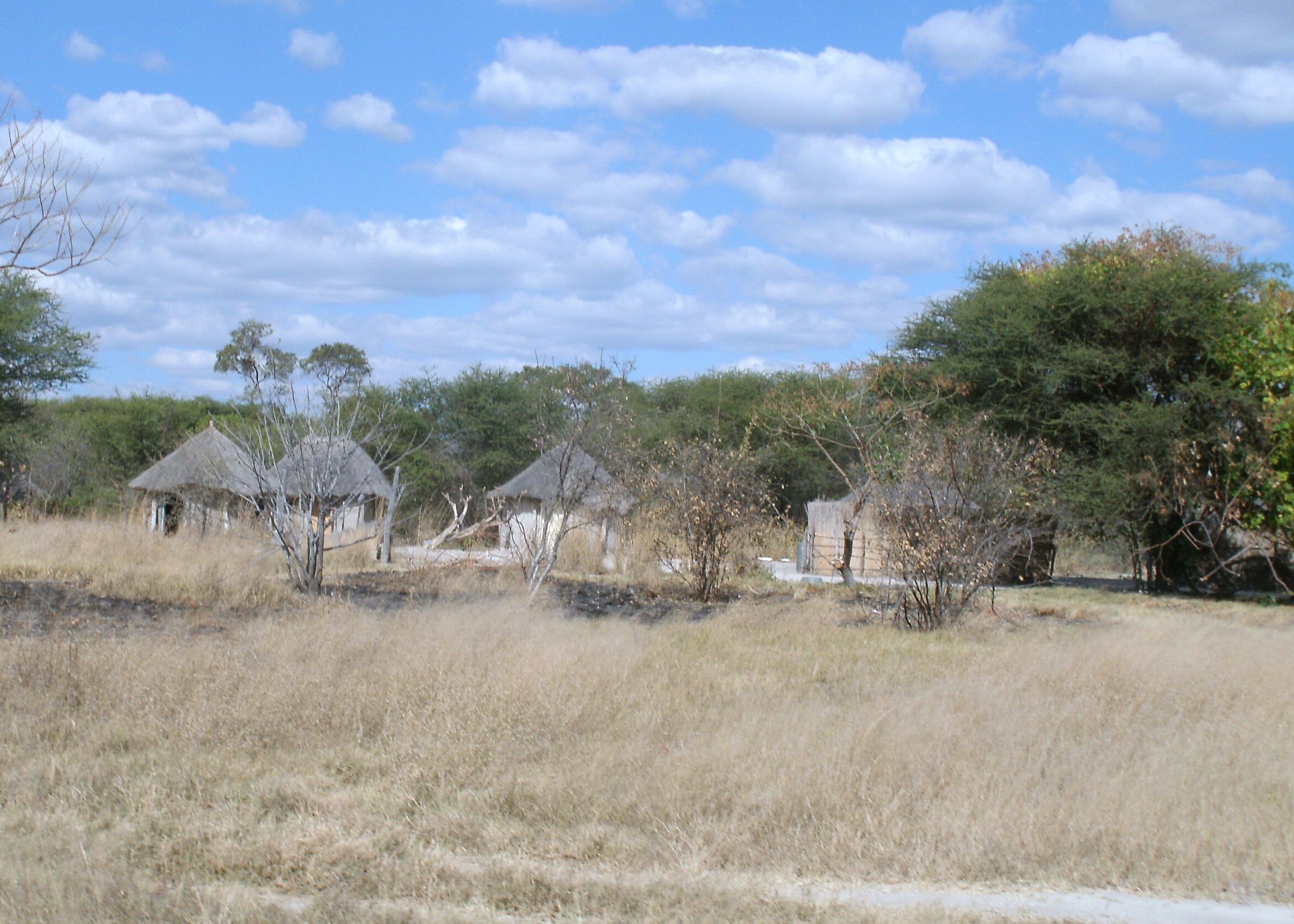
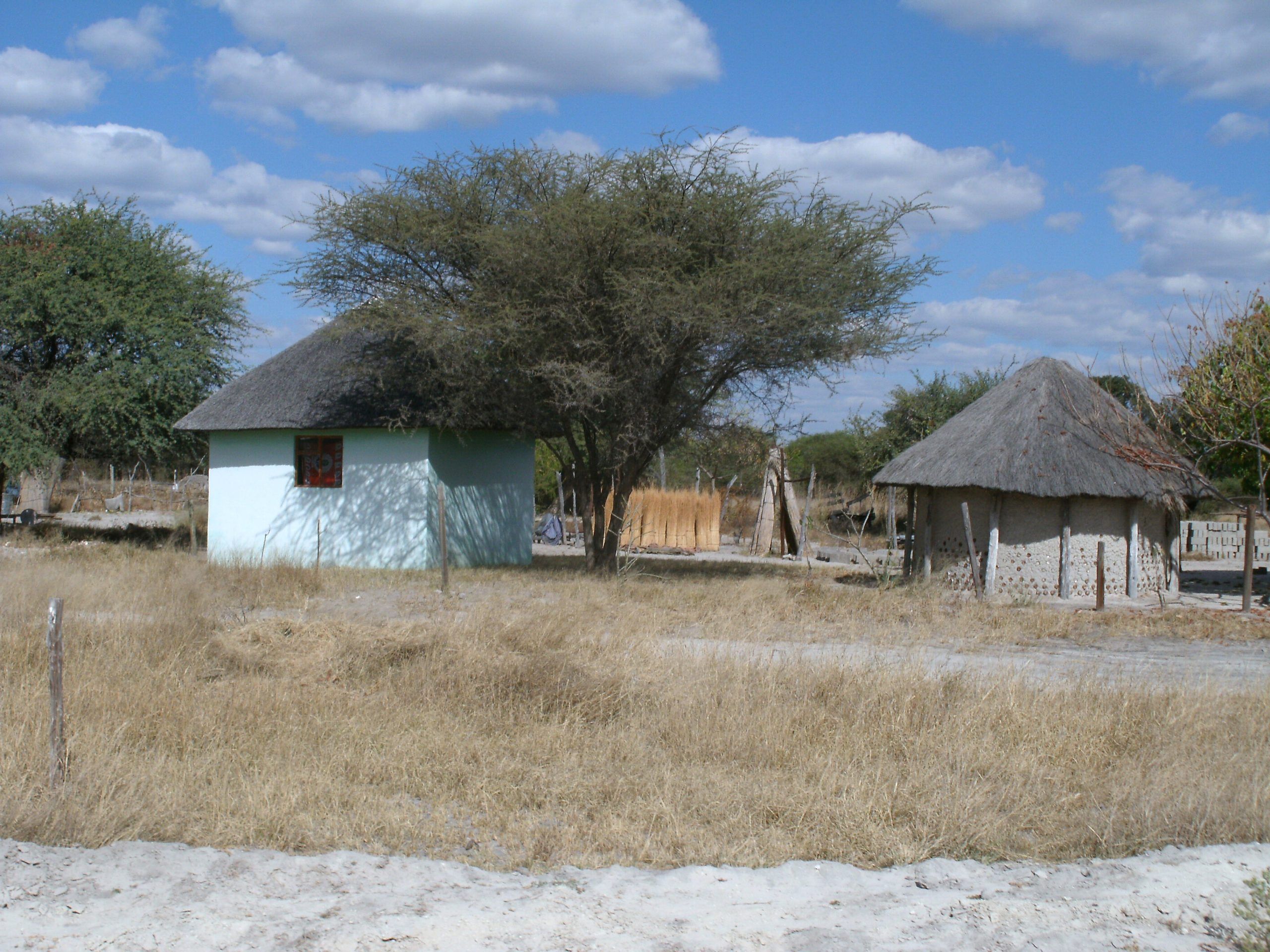
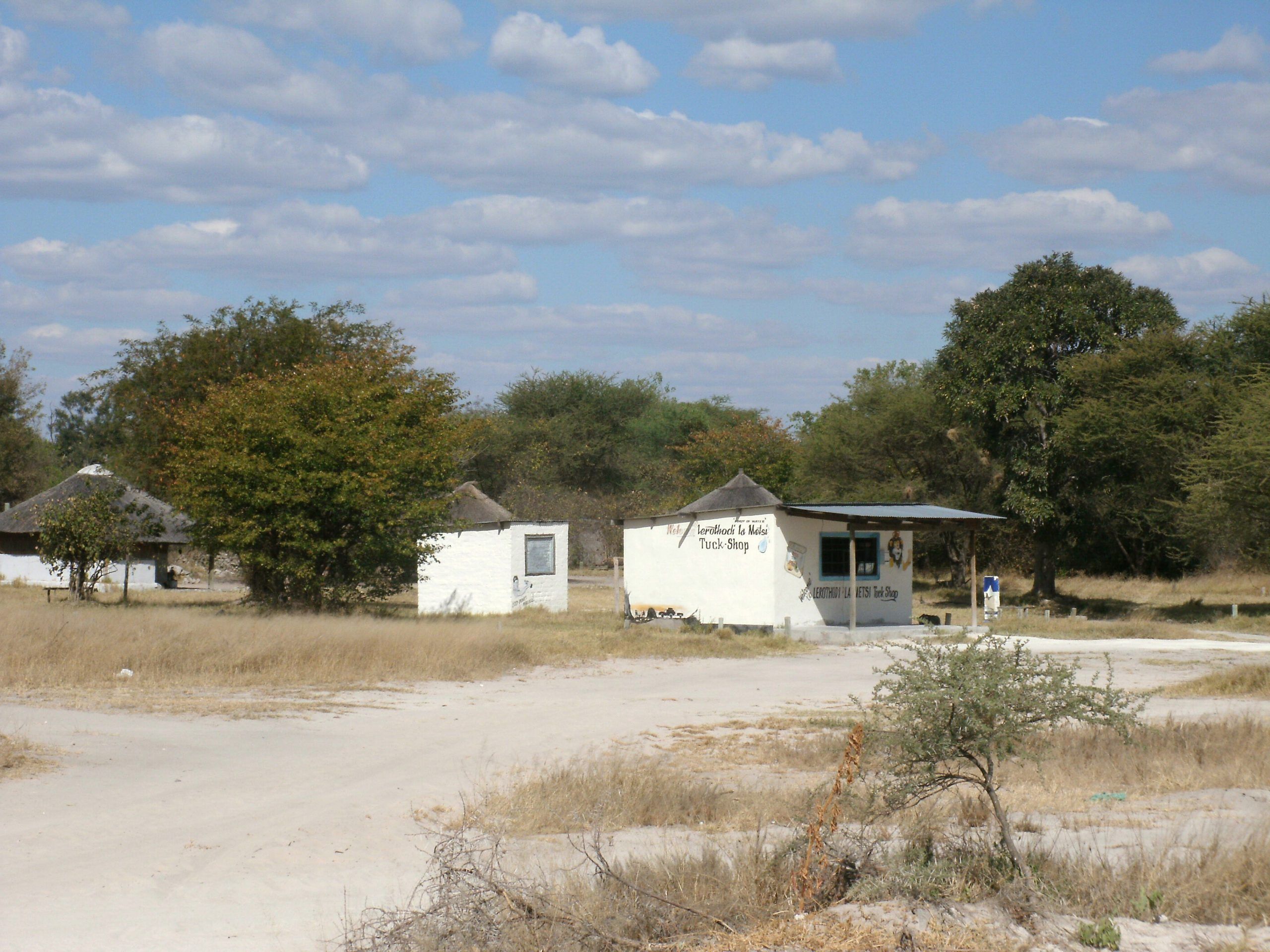
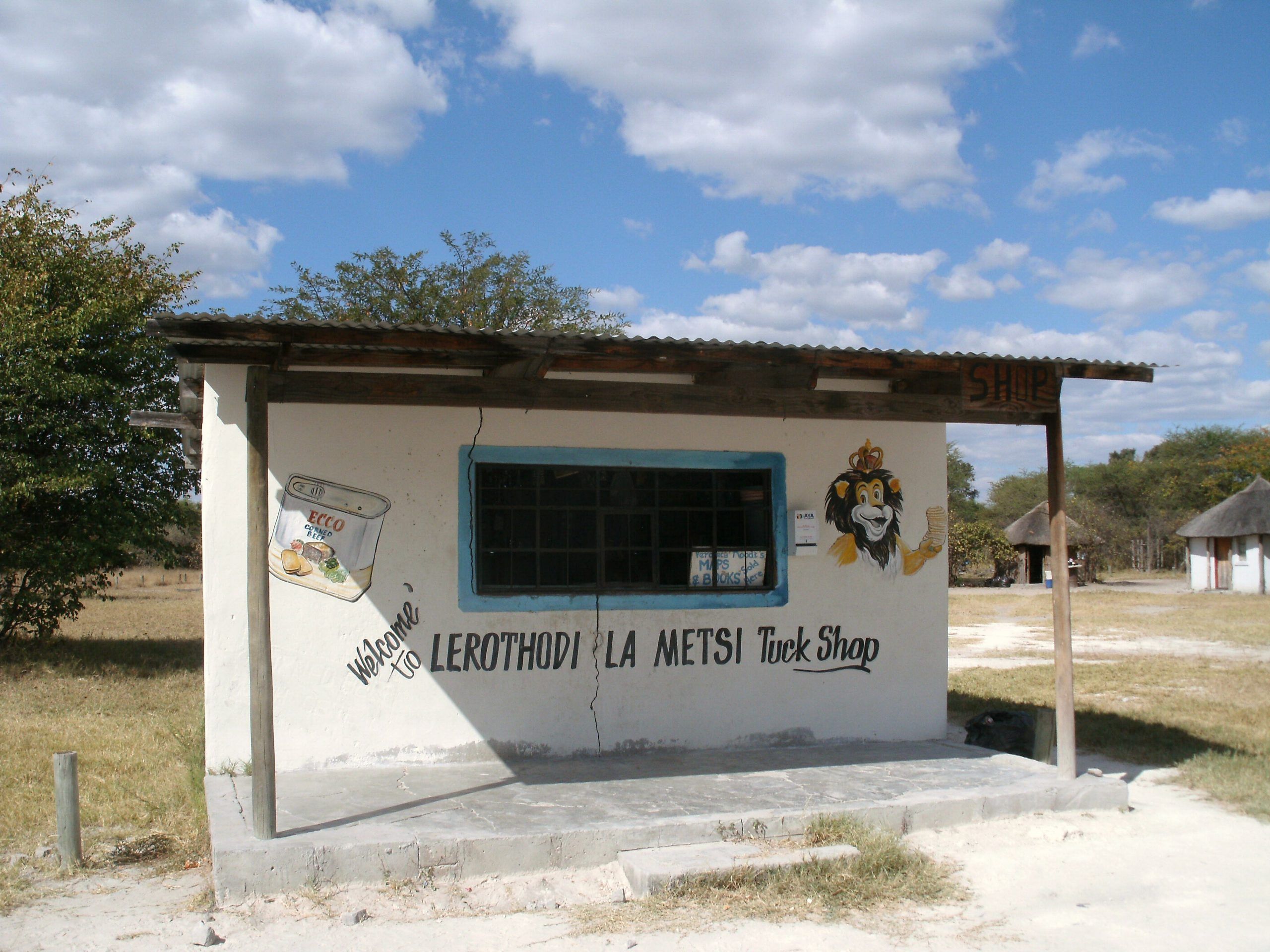
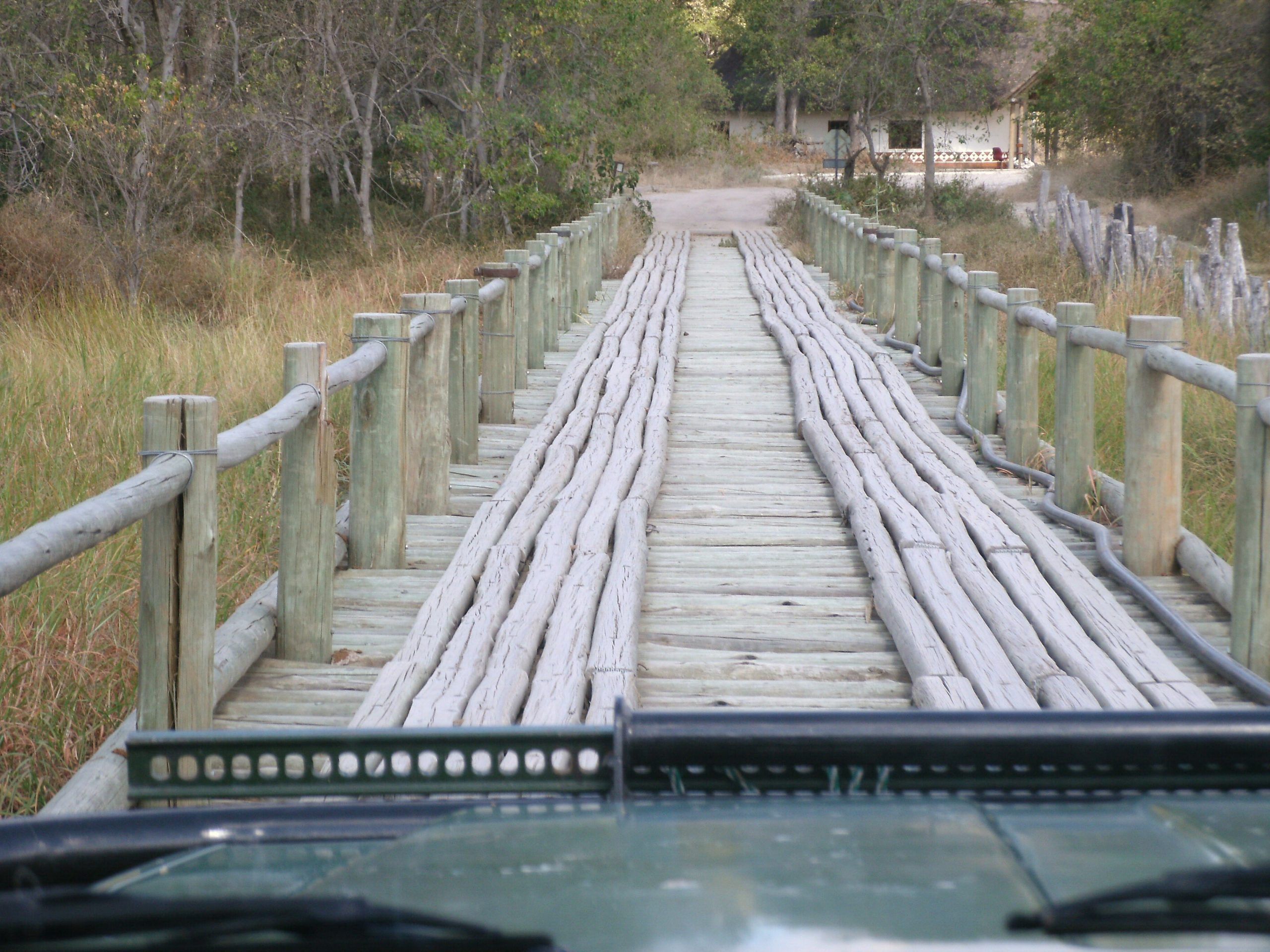
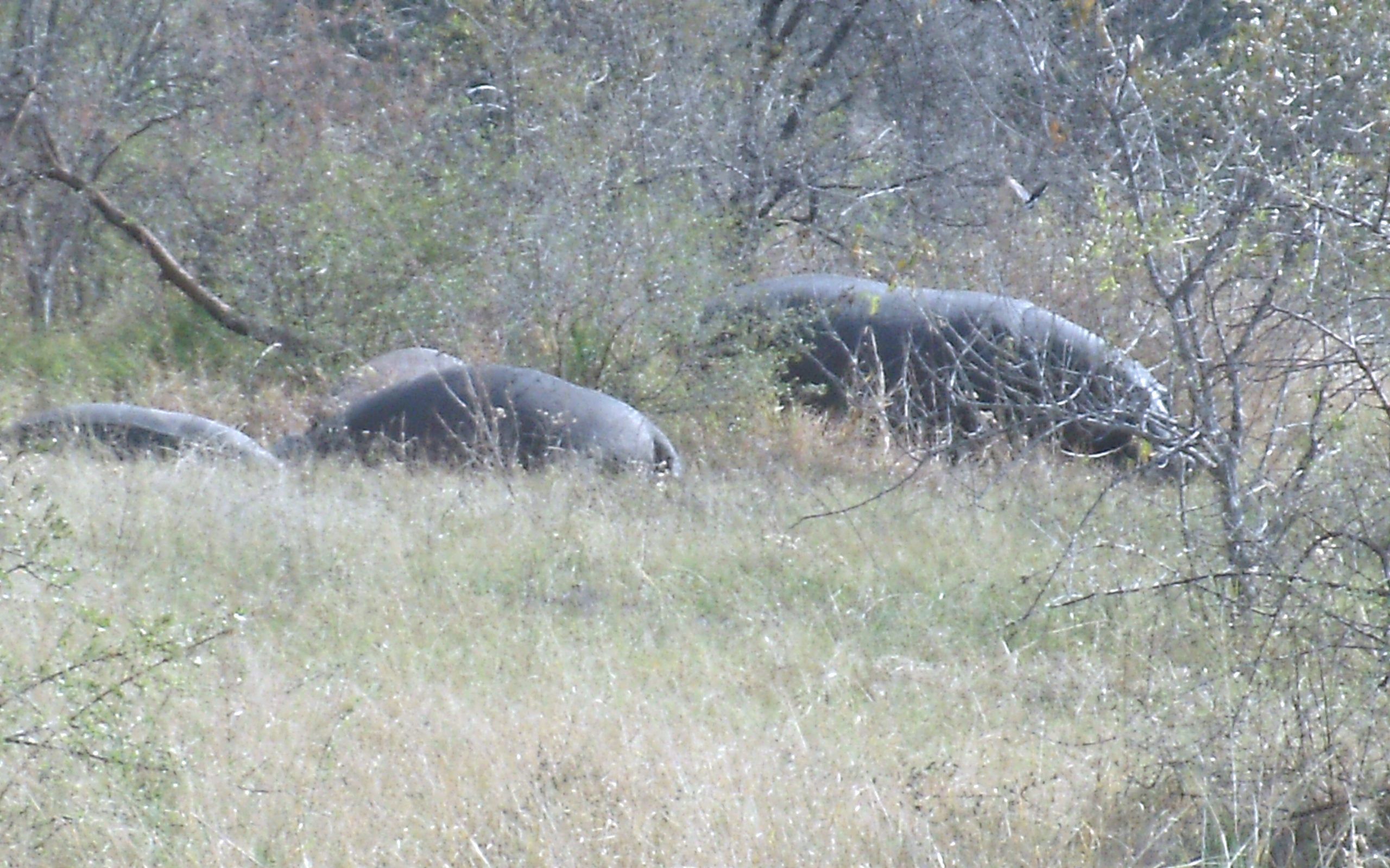
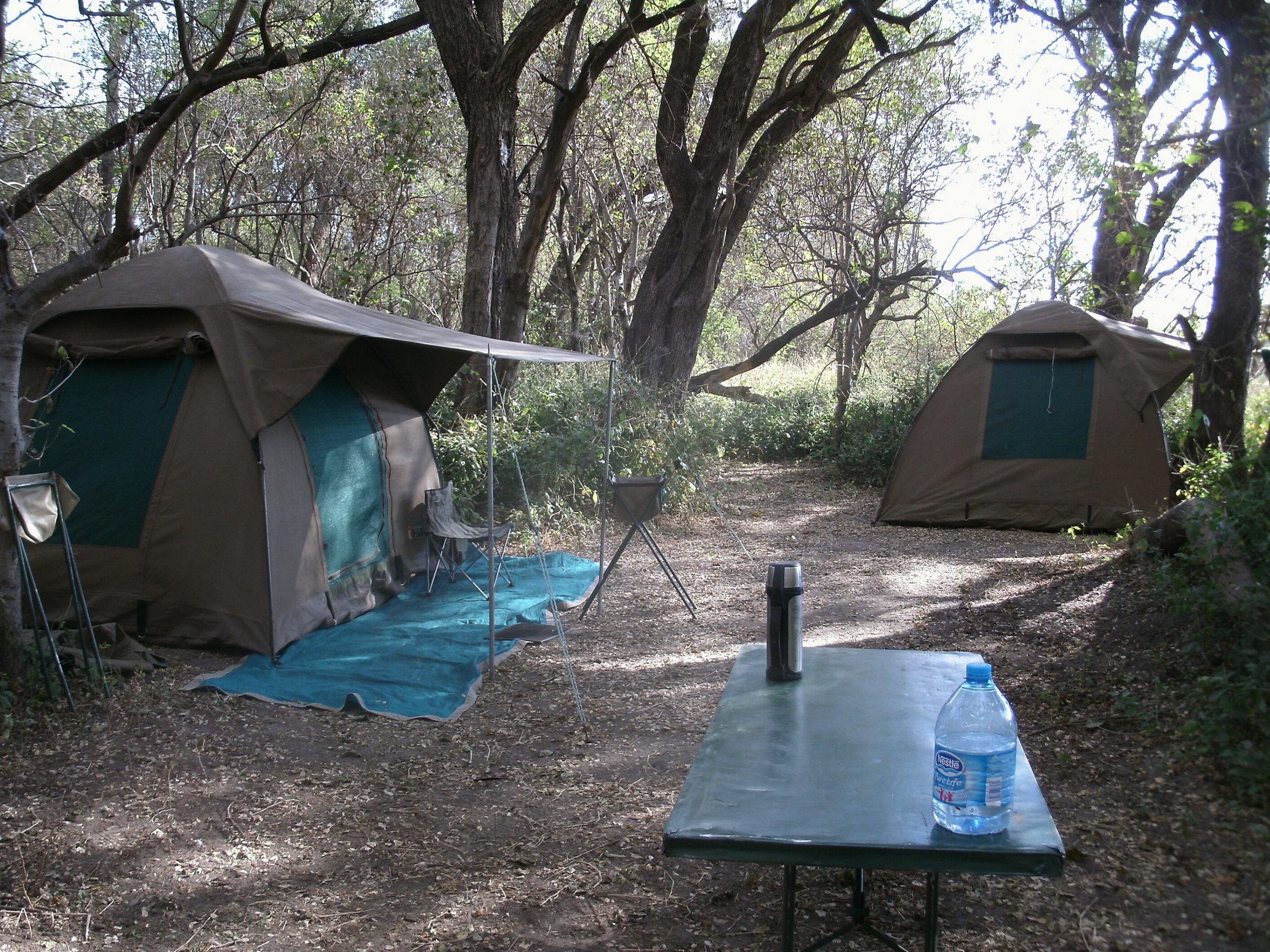
Day 5 – June 29
The fifth day of the Botswana safari comprises of spending more time exploring the Khwai region on 4×4 game drives.
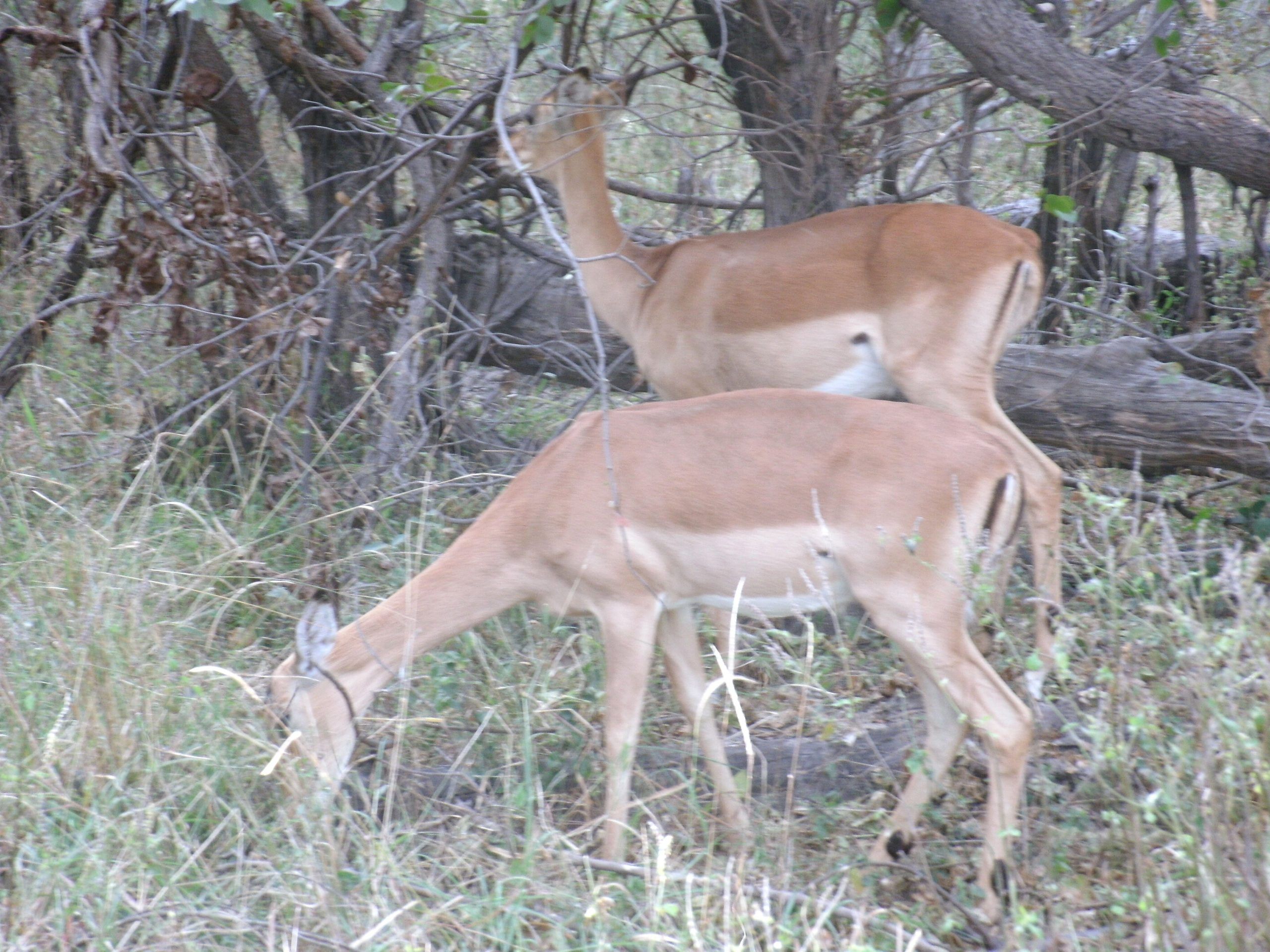
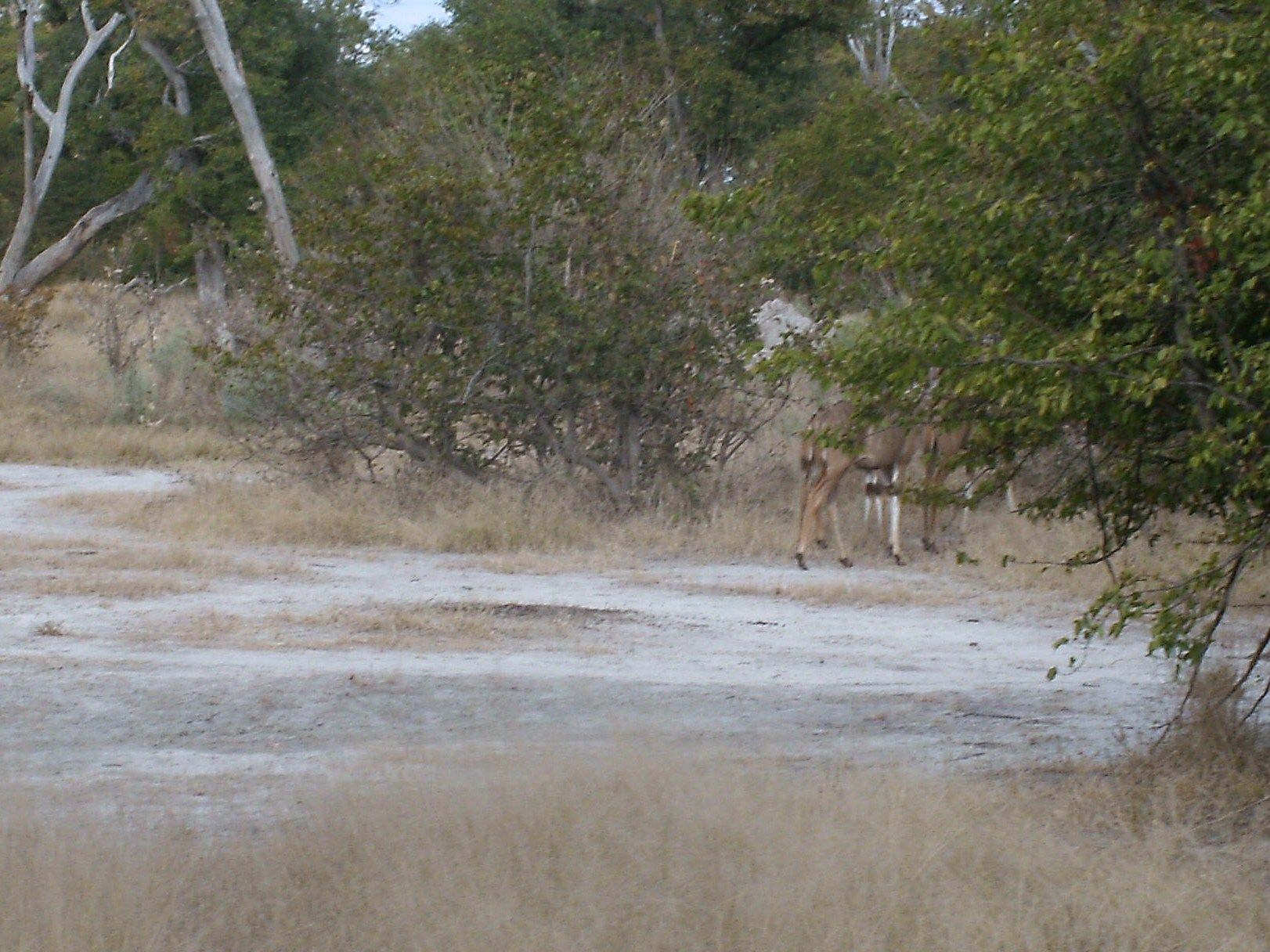
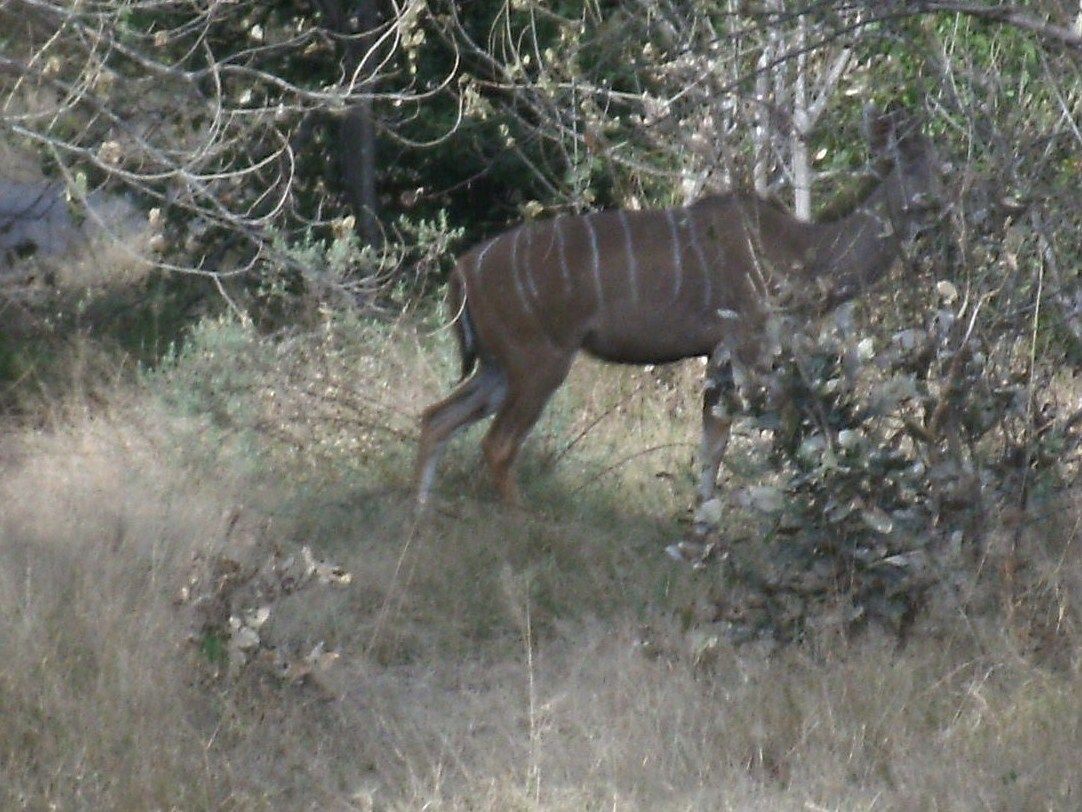
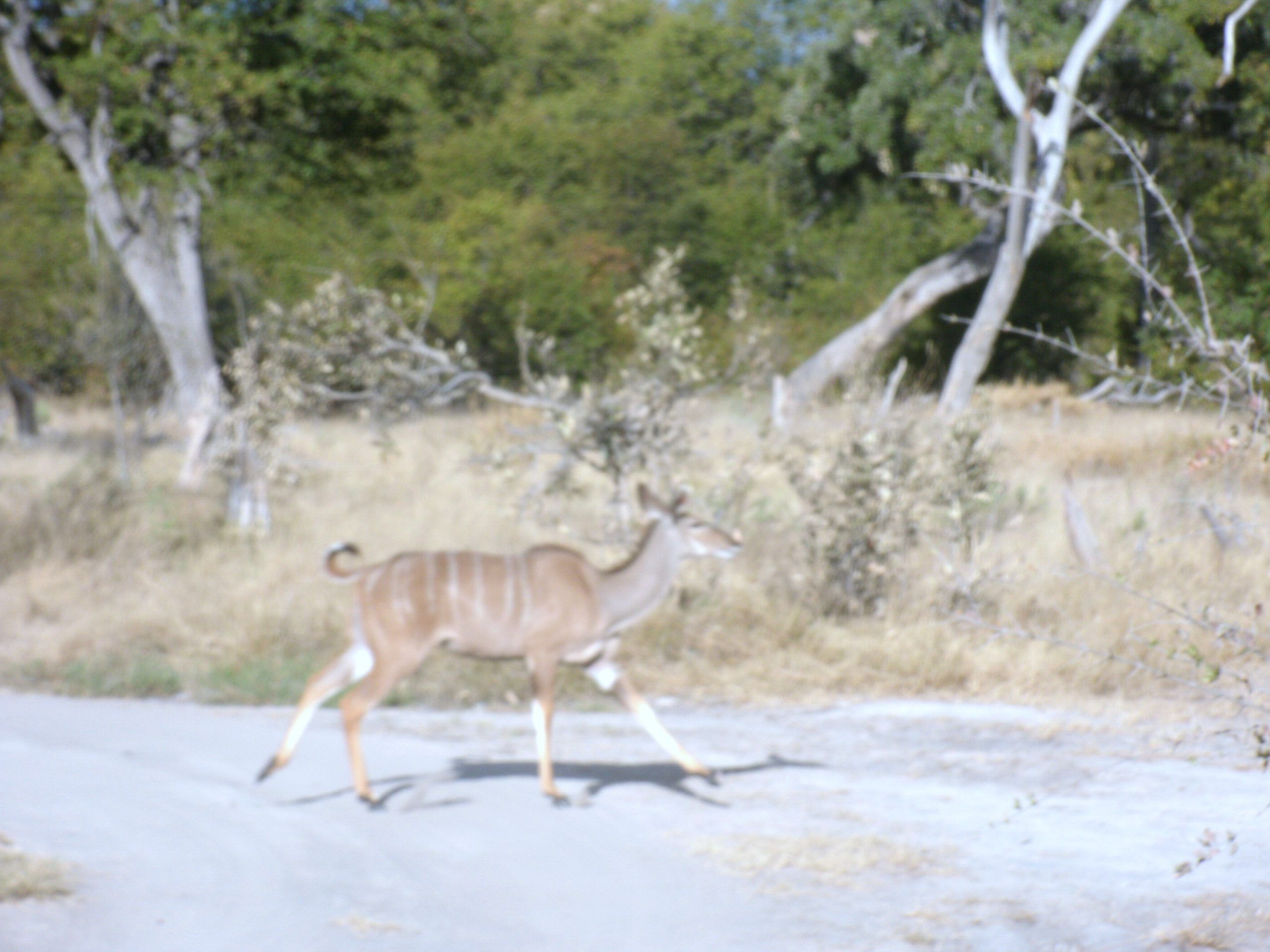
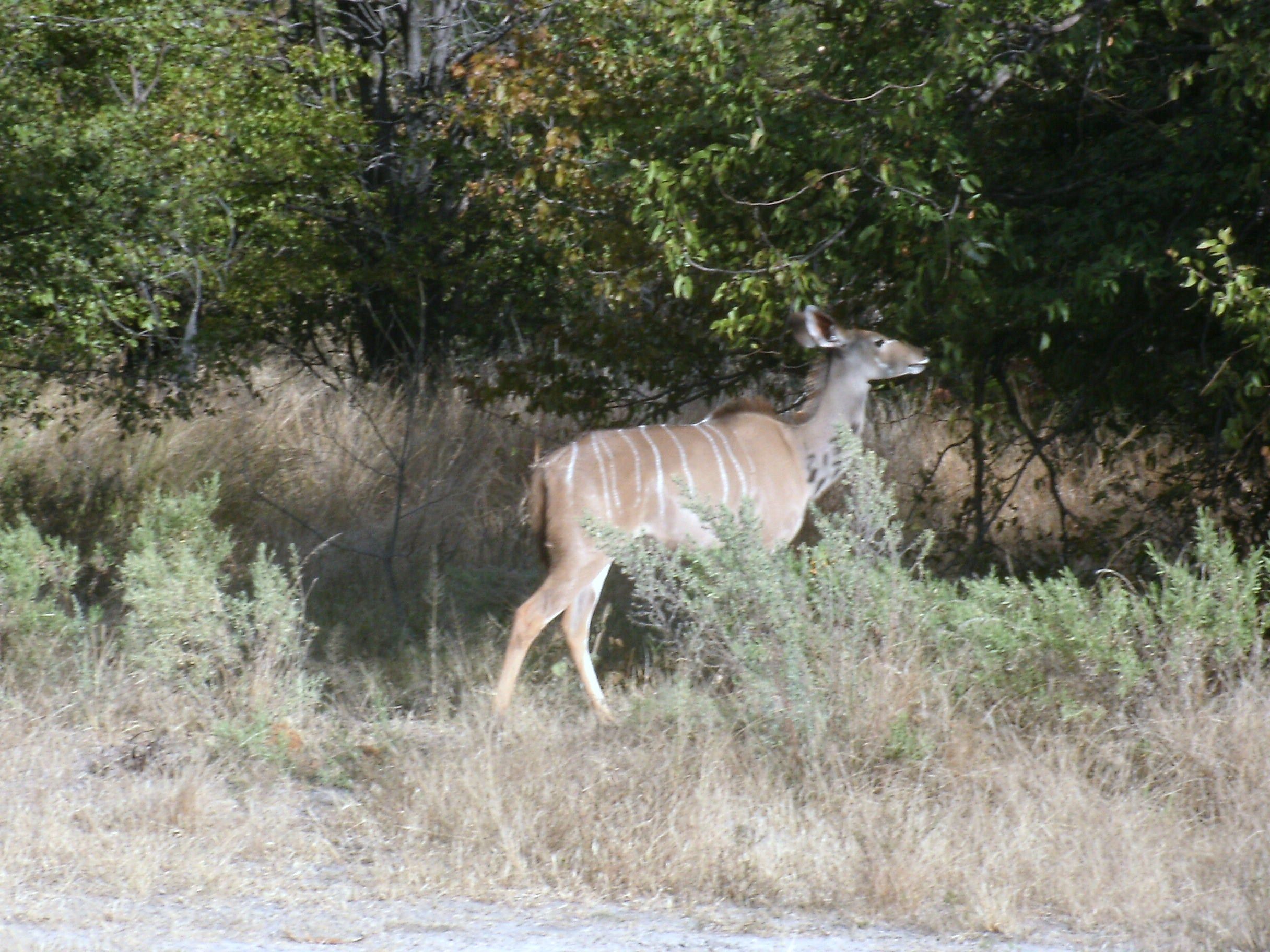
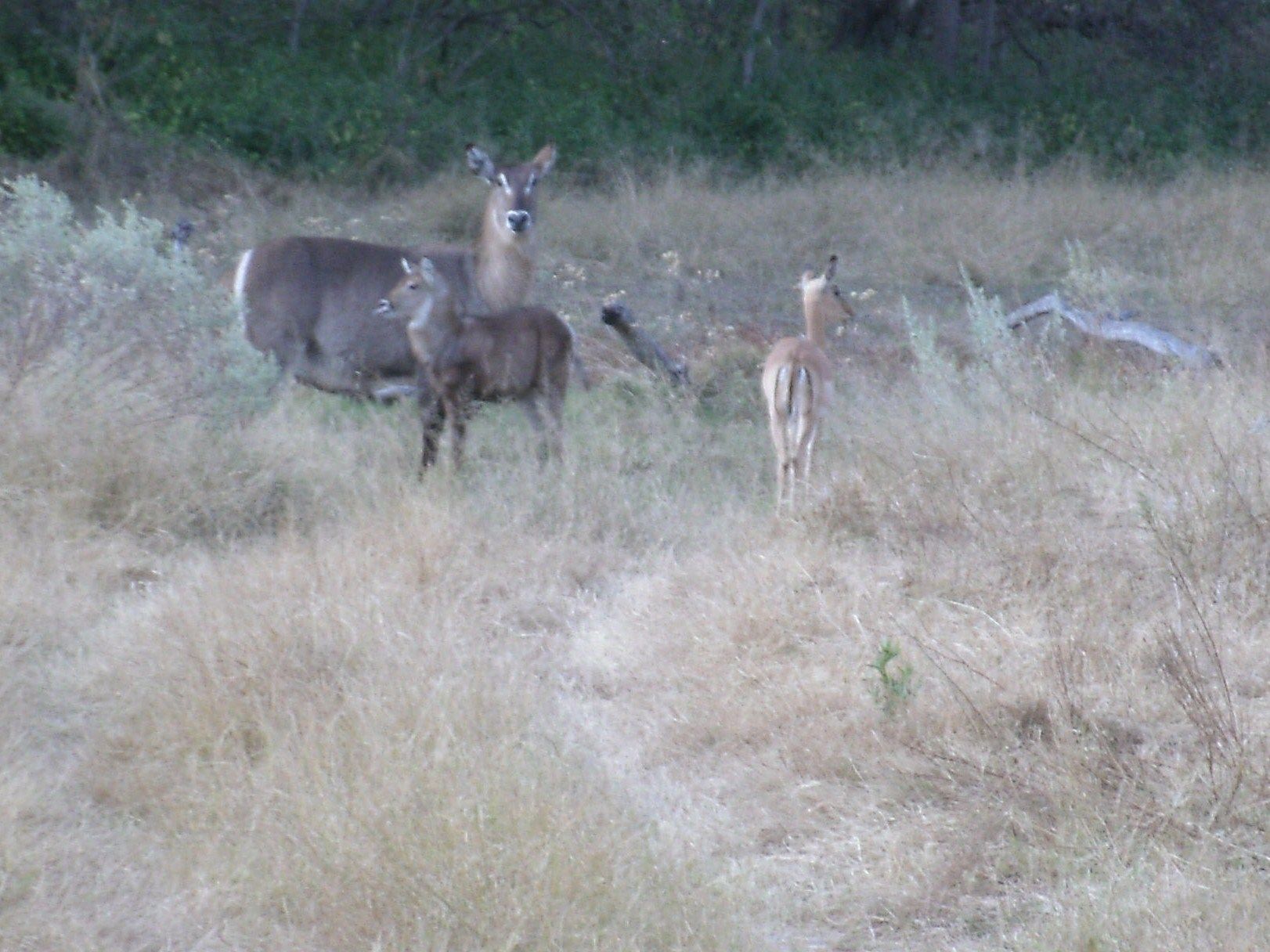
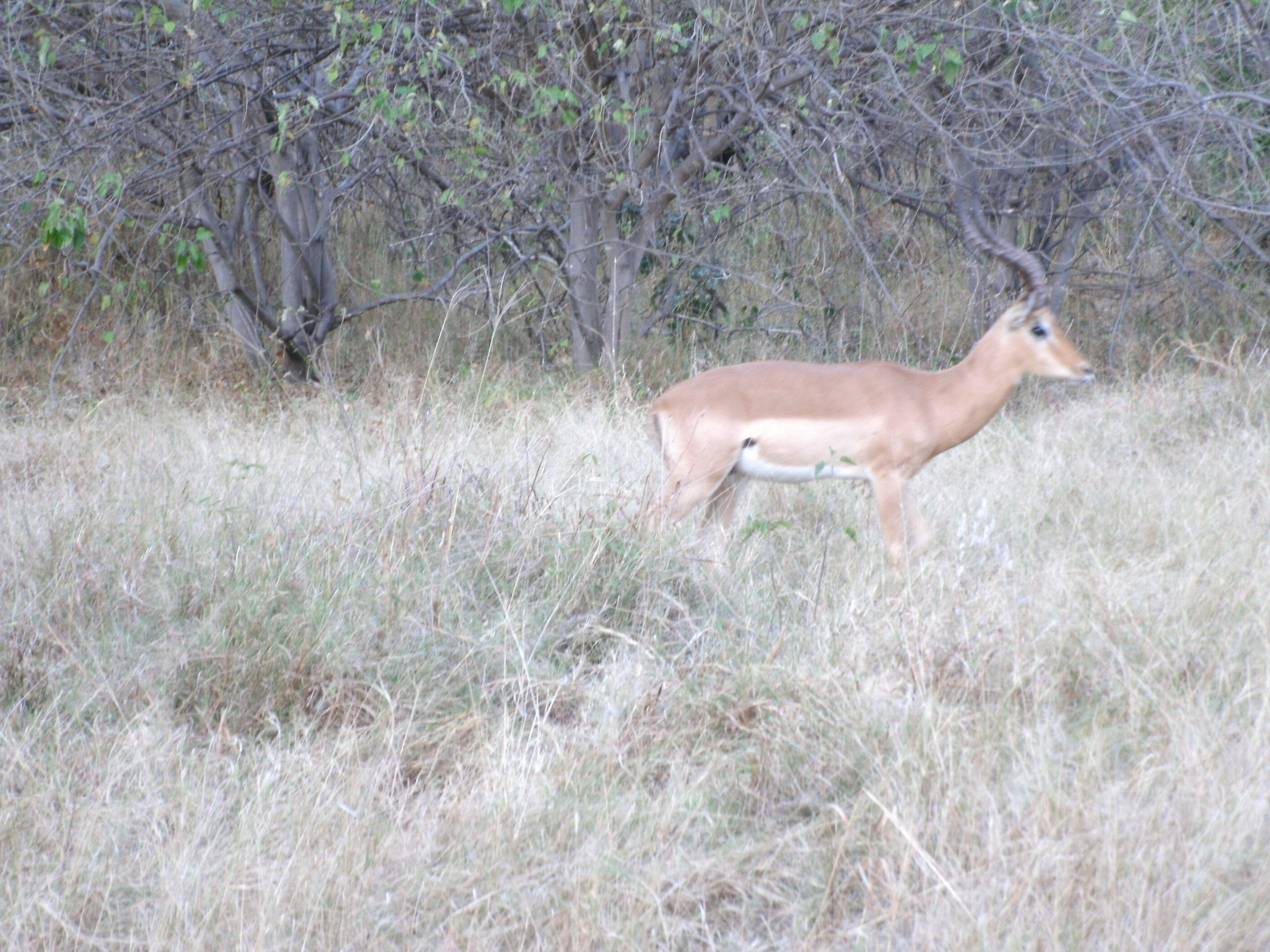
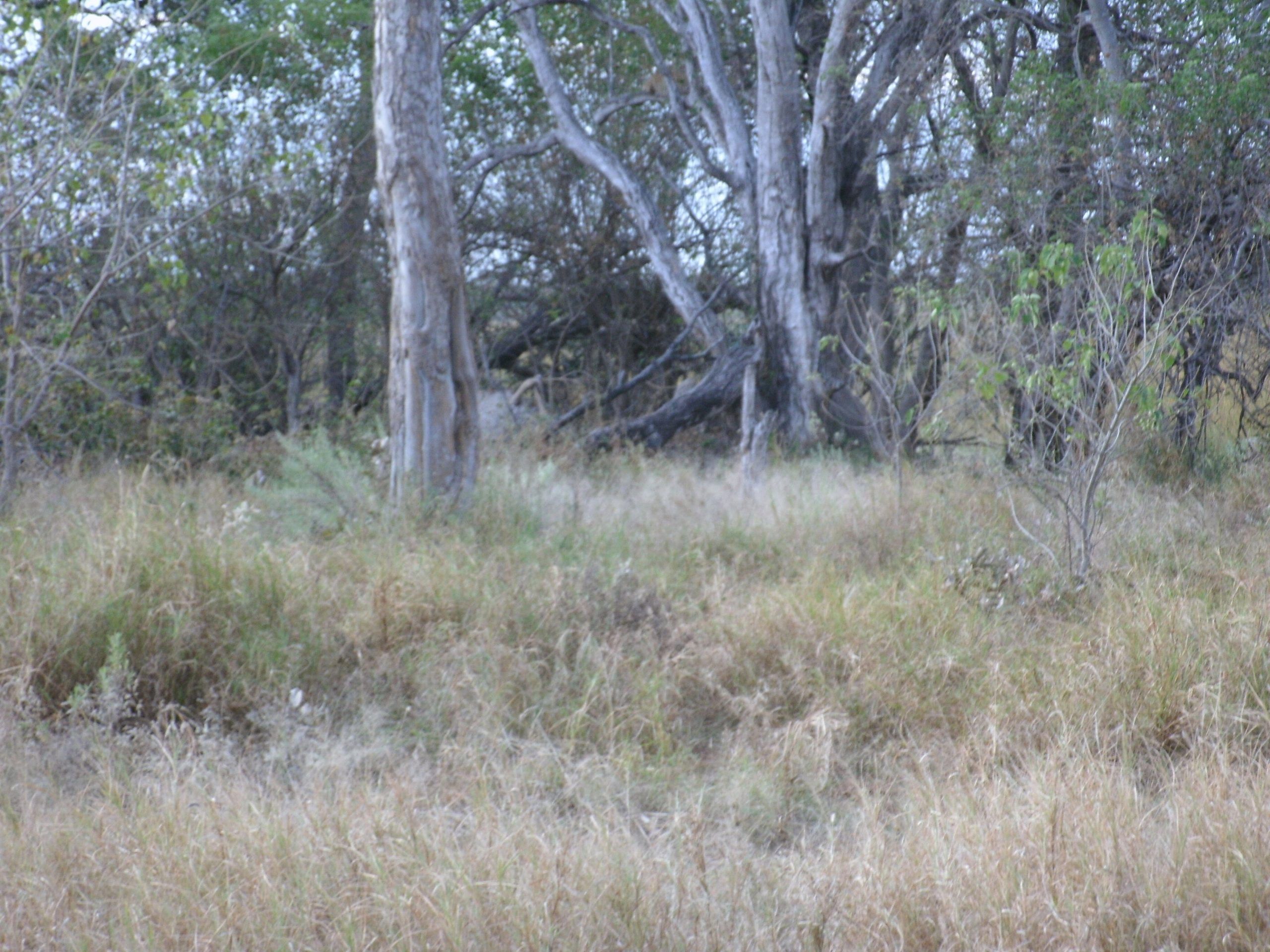
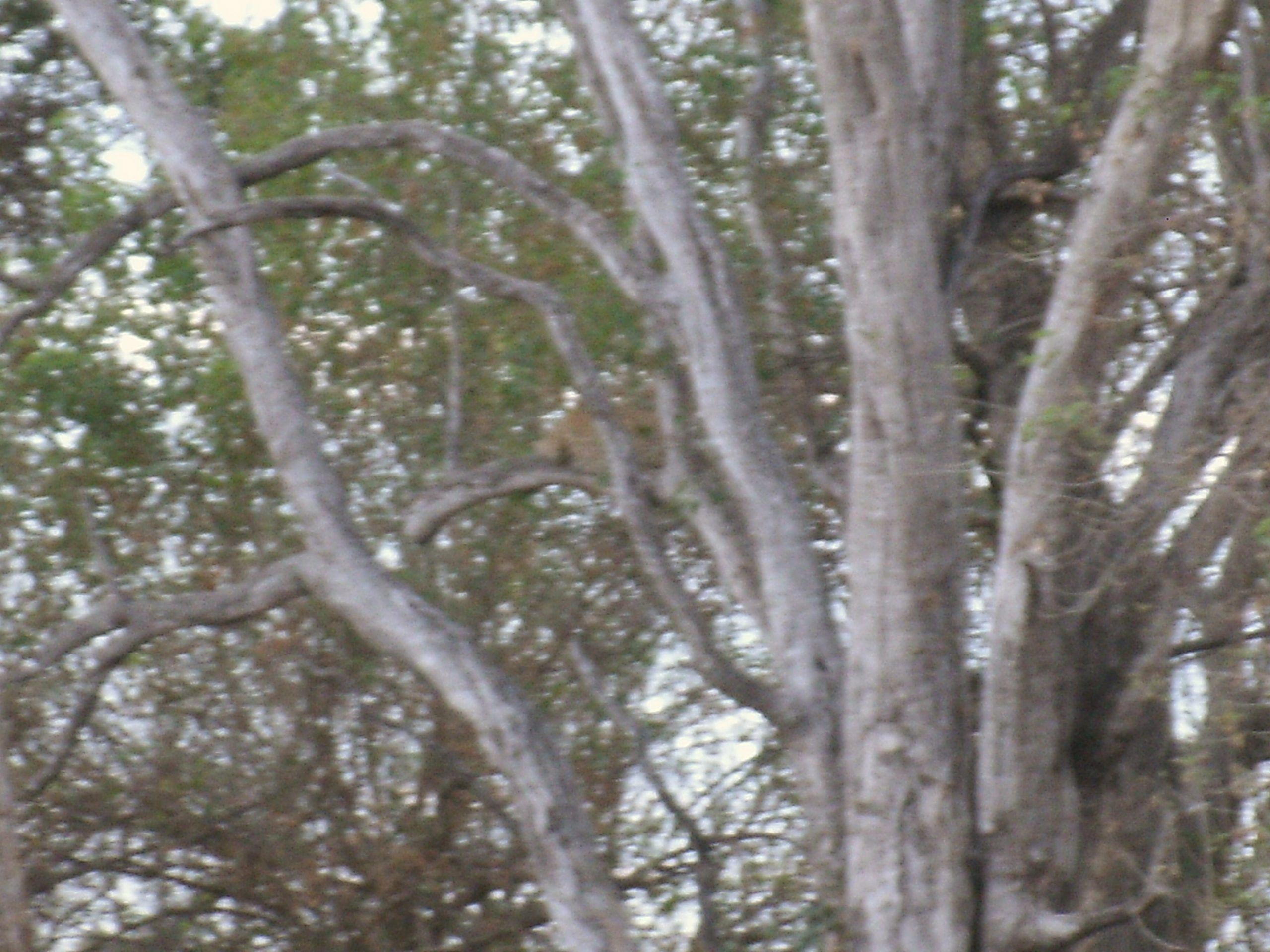
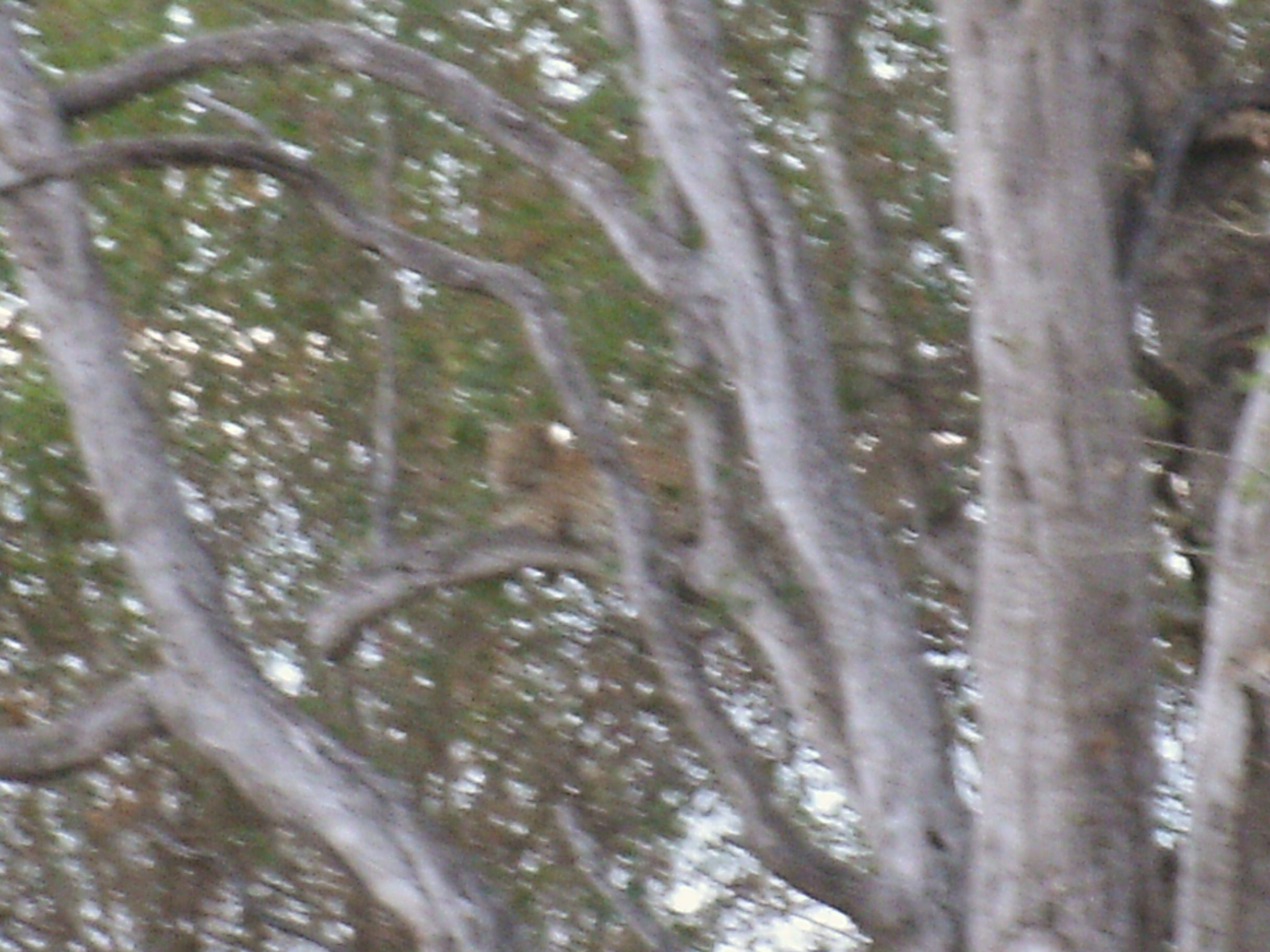
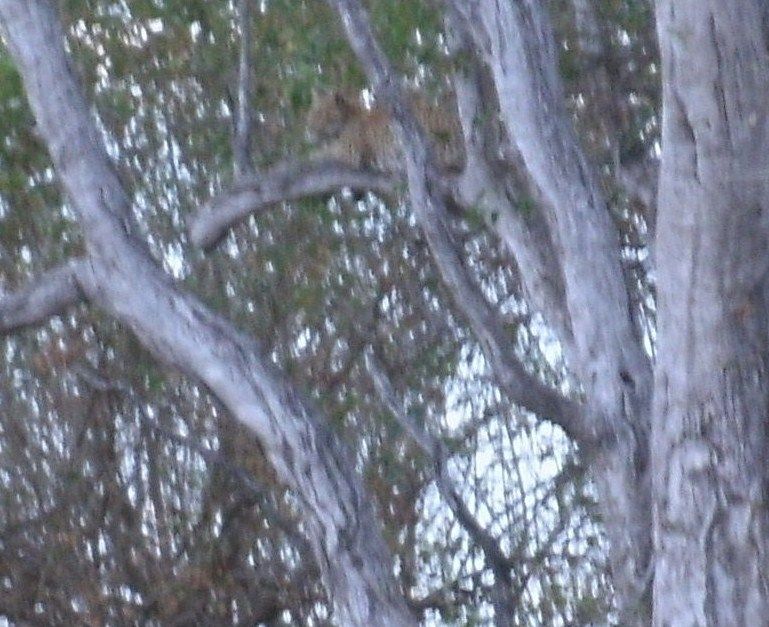
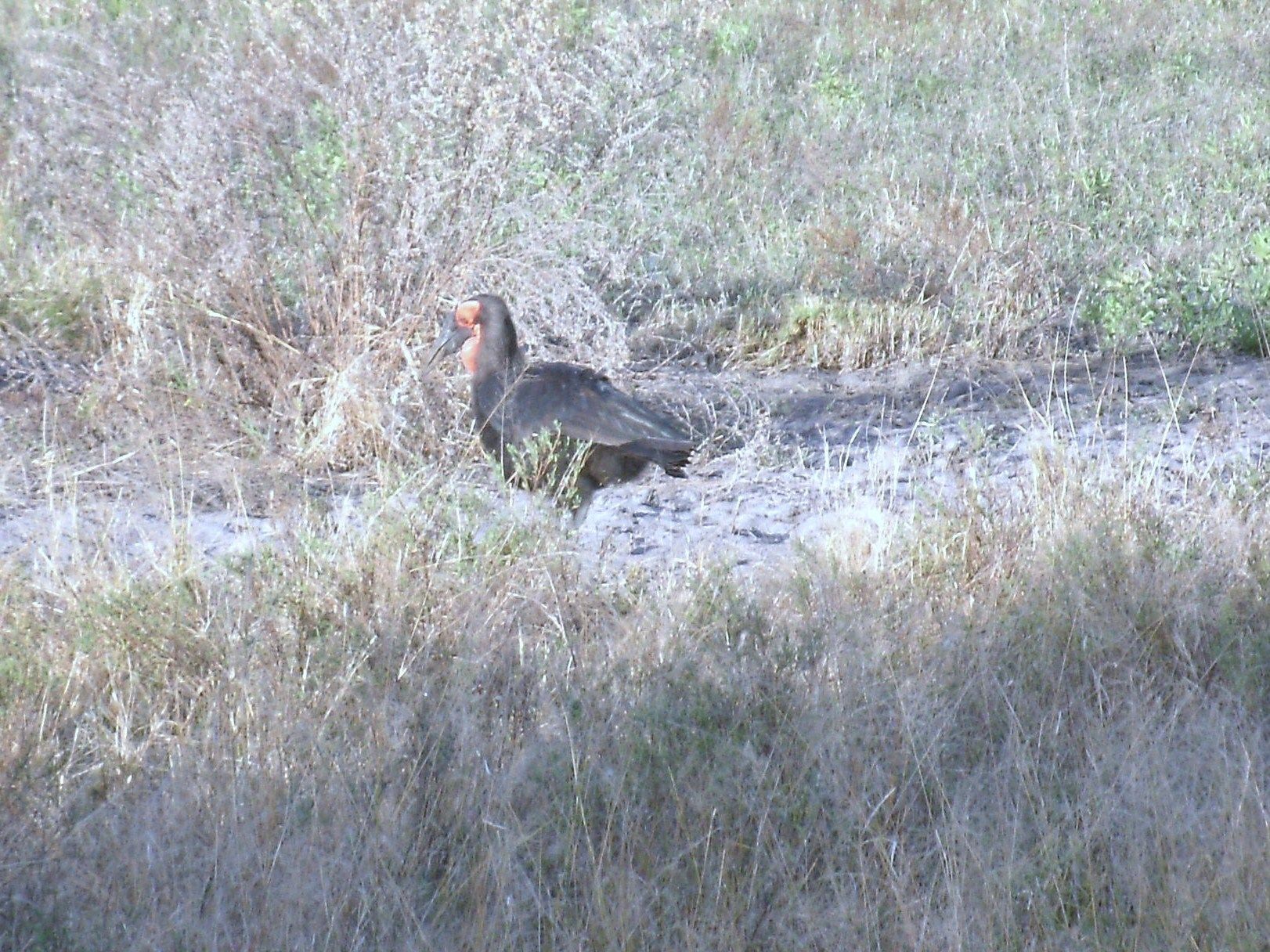
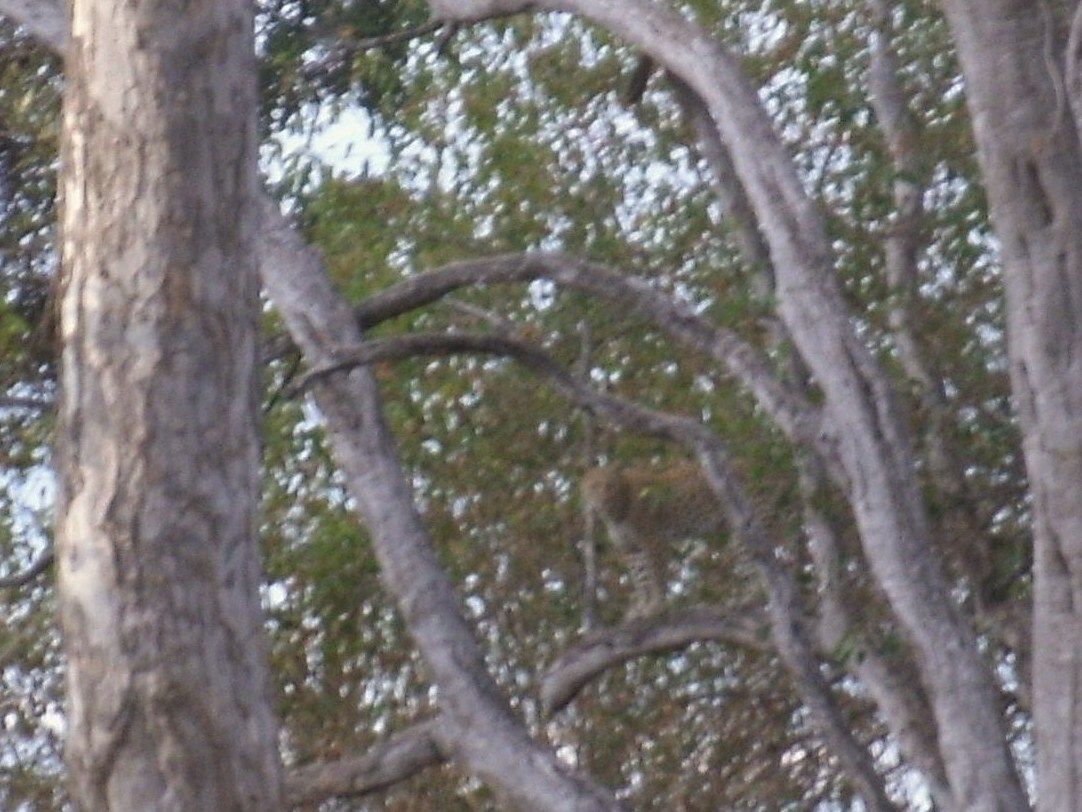
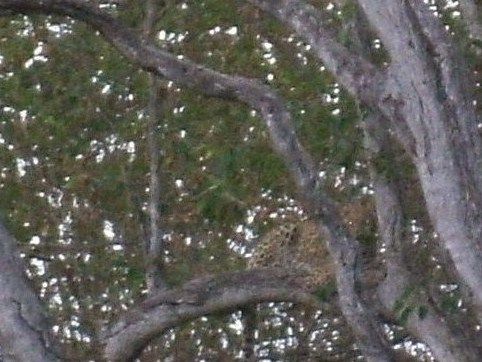
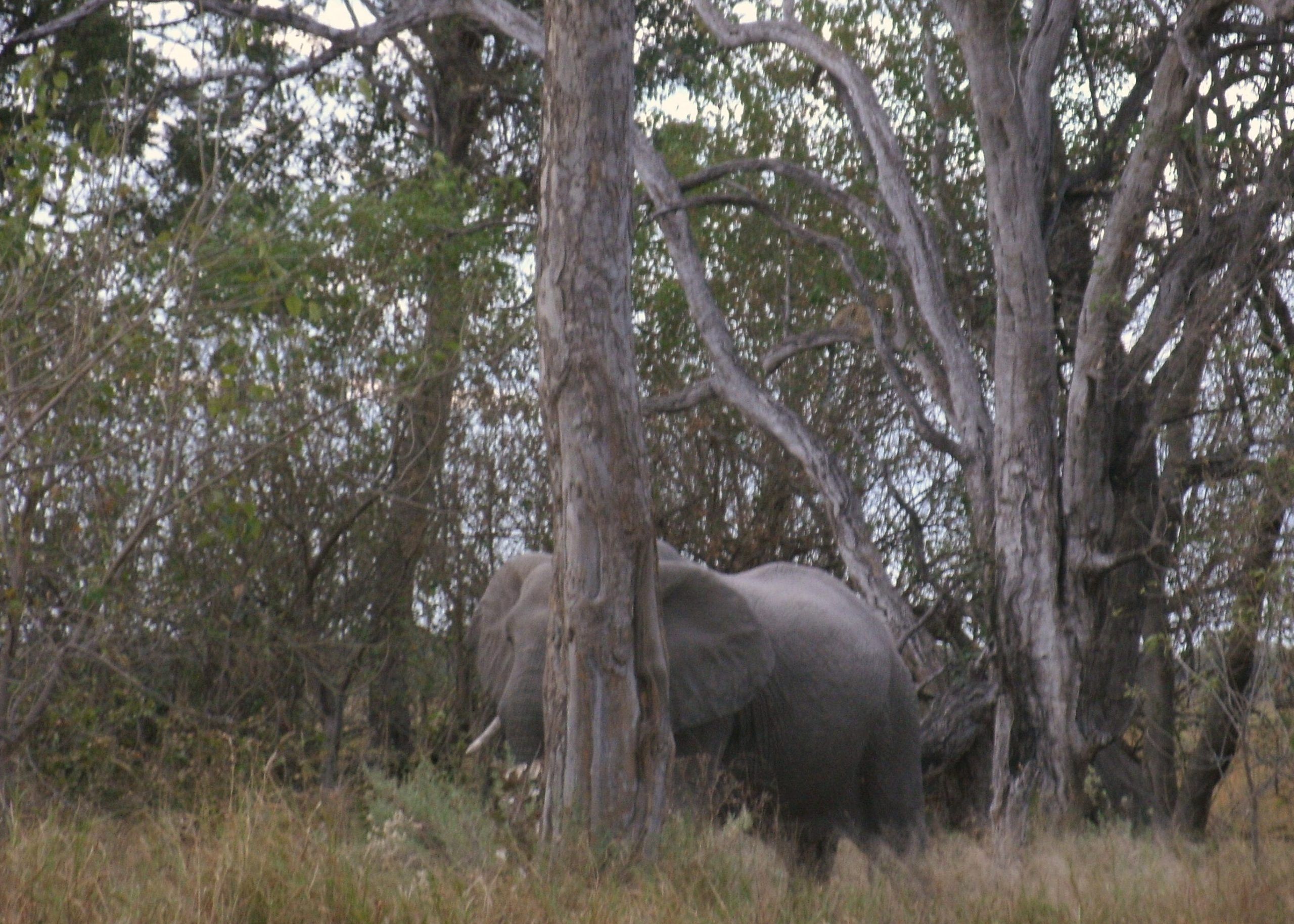
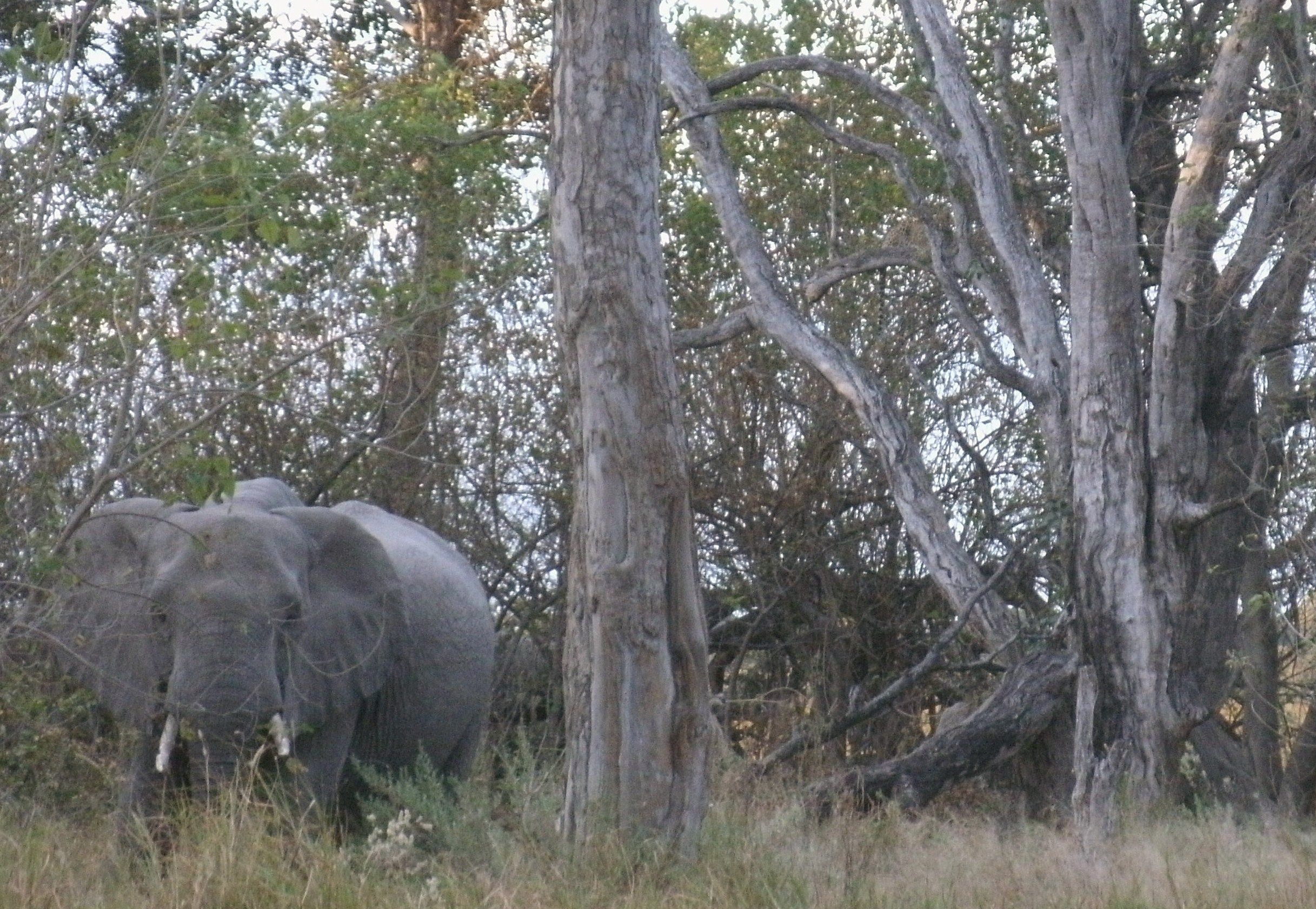
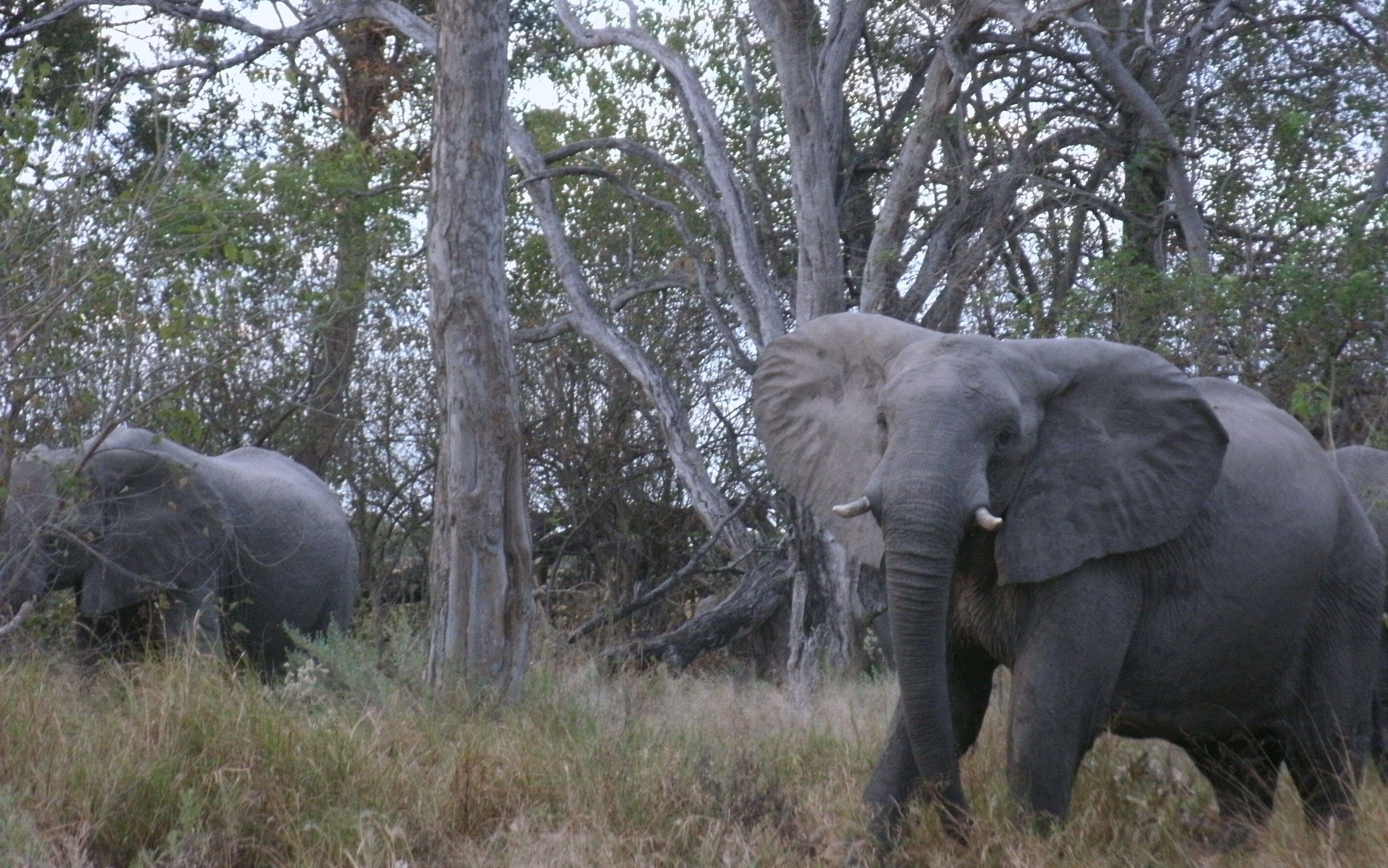
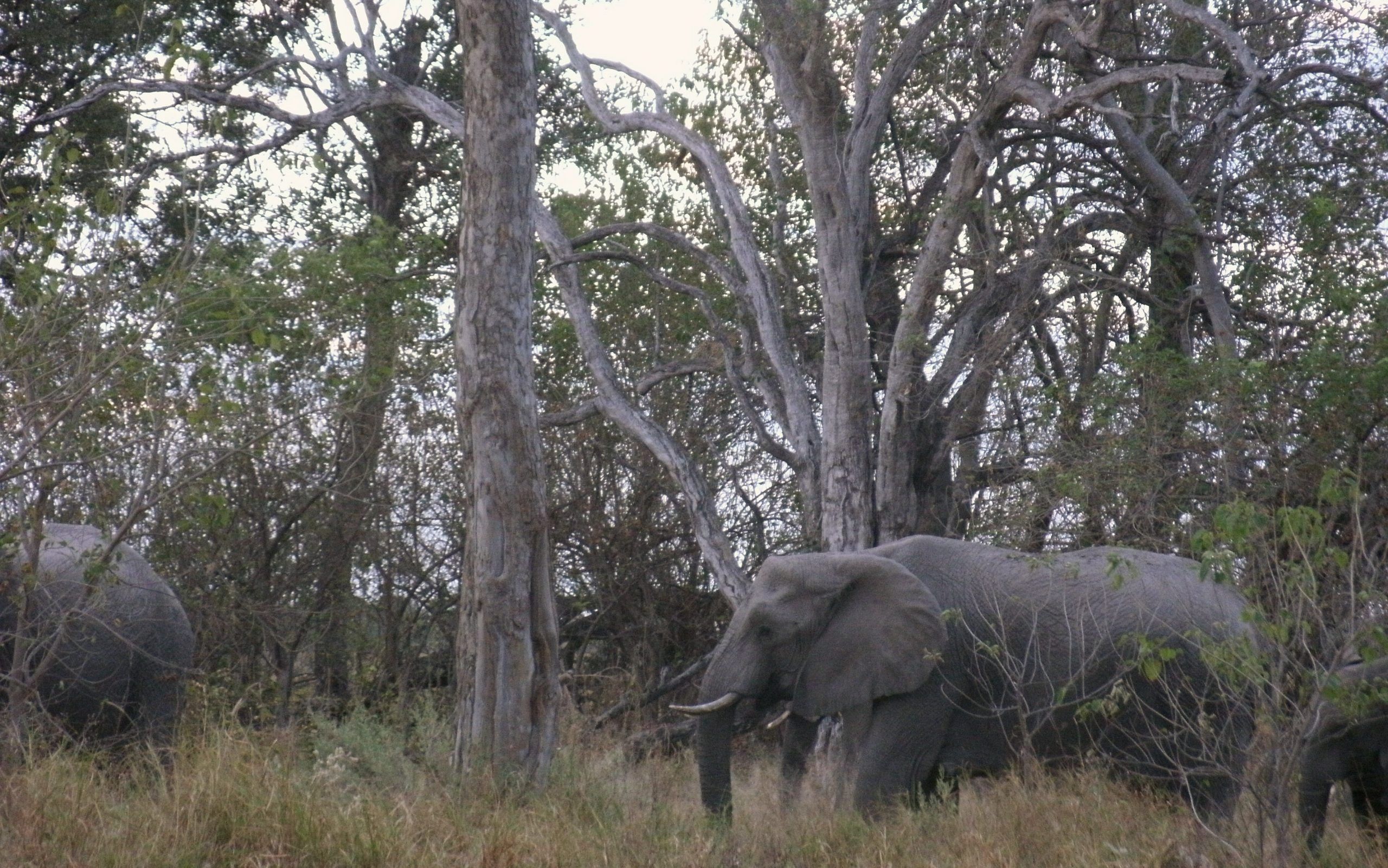
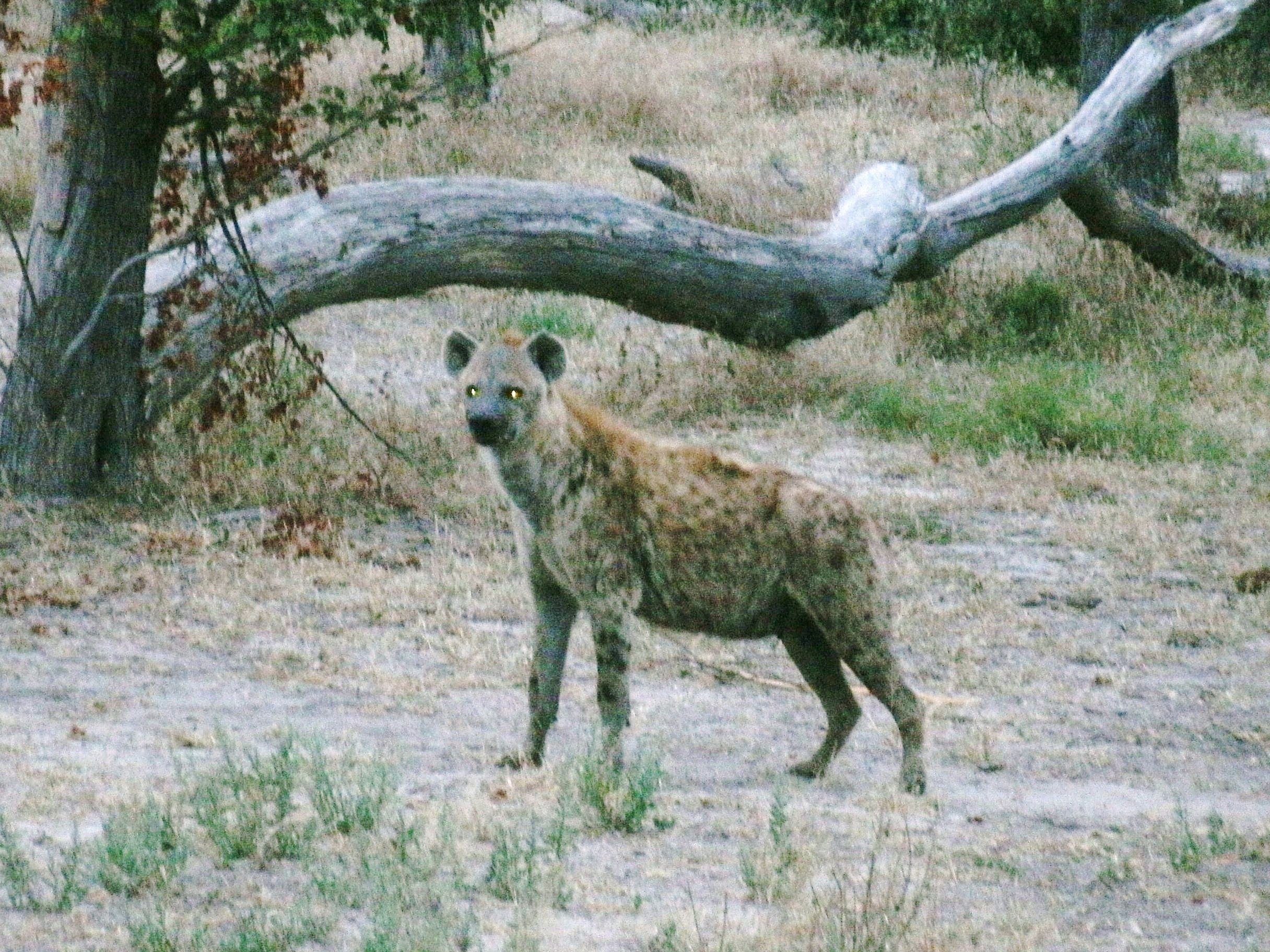
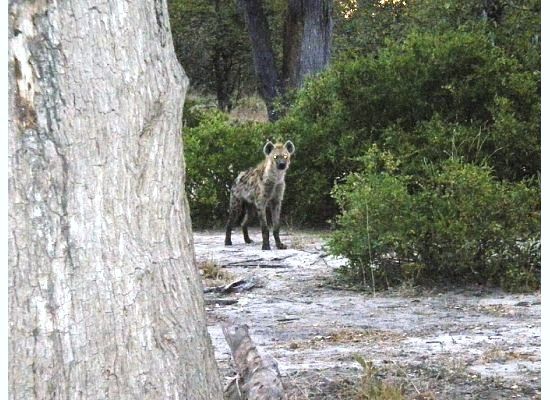
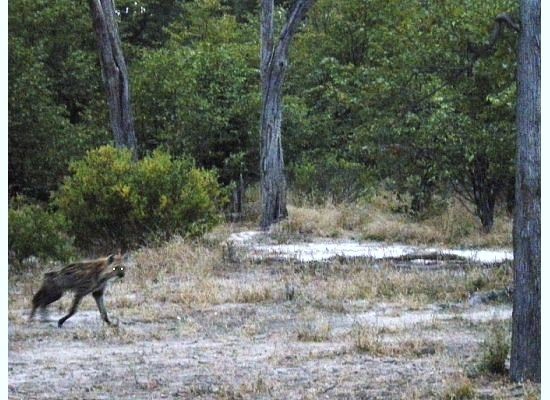
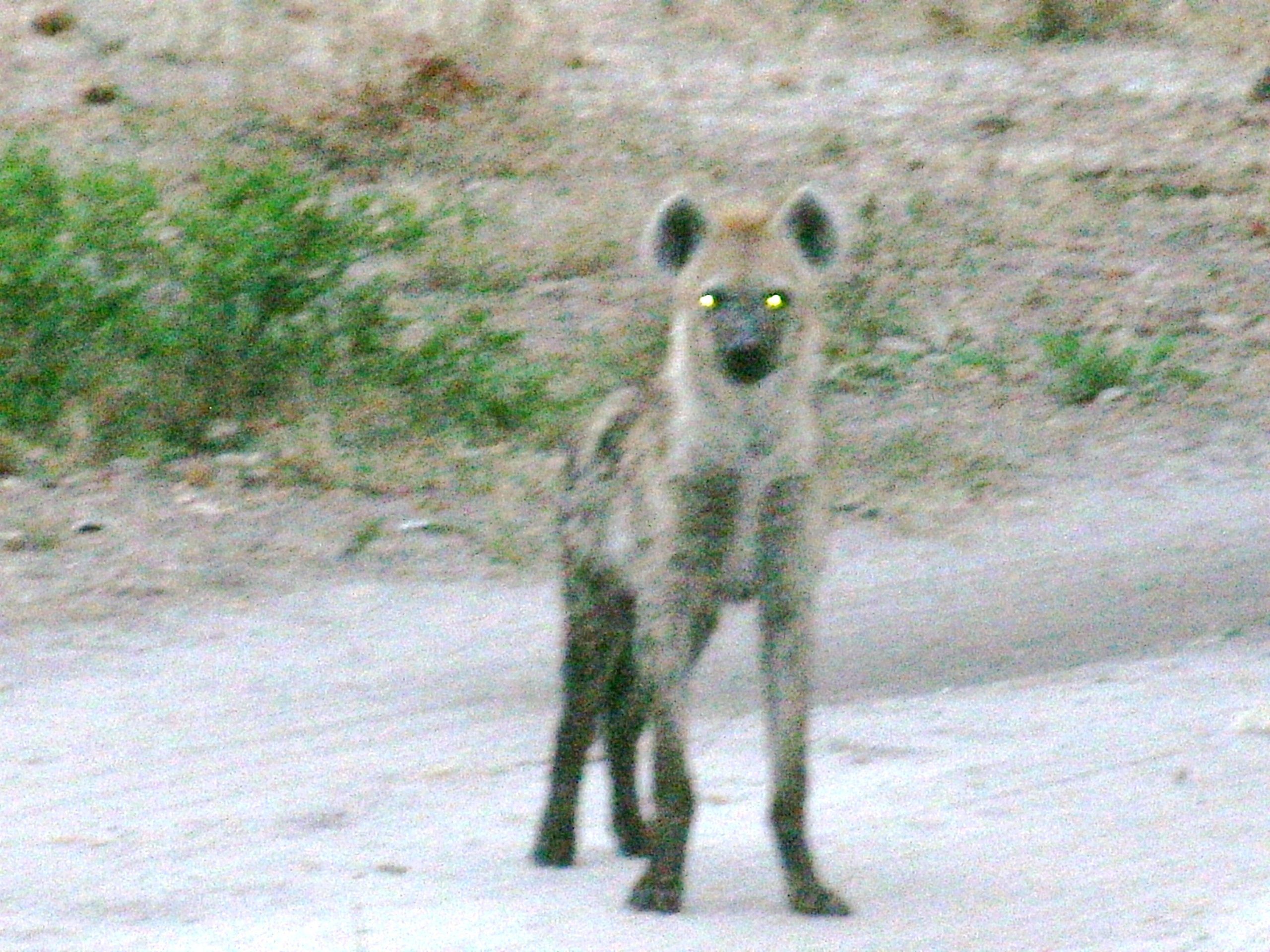
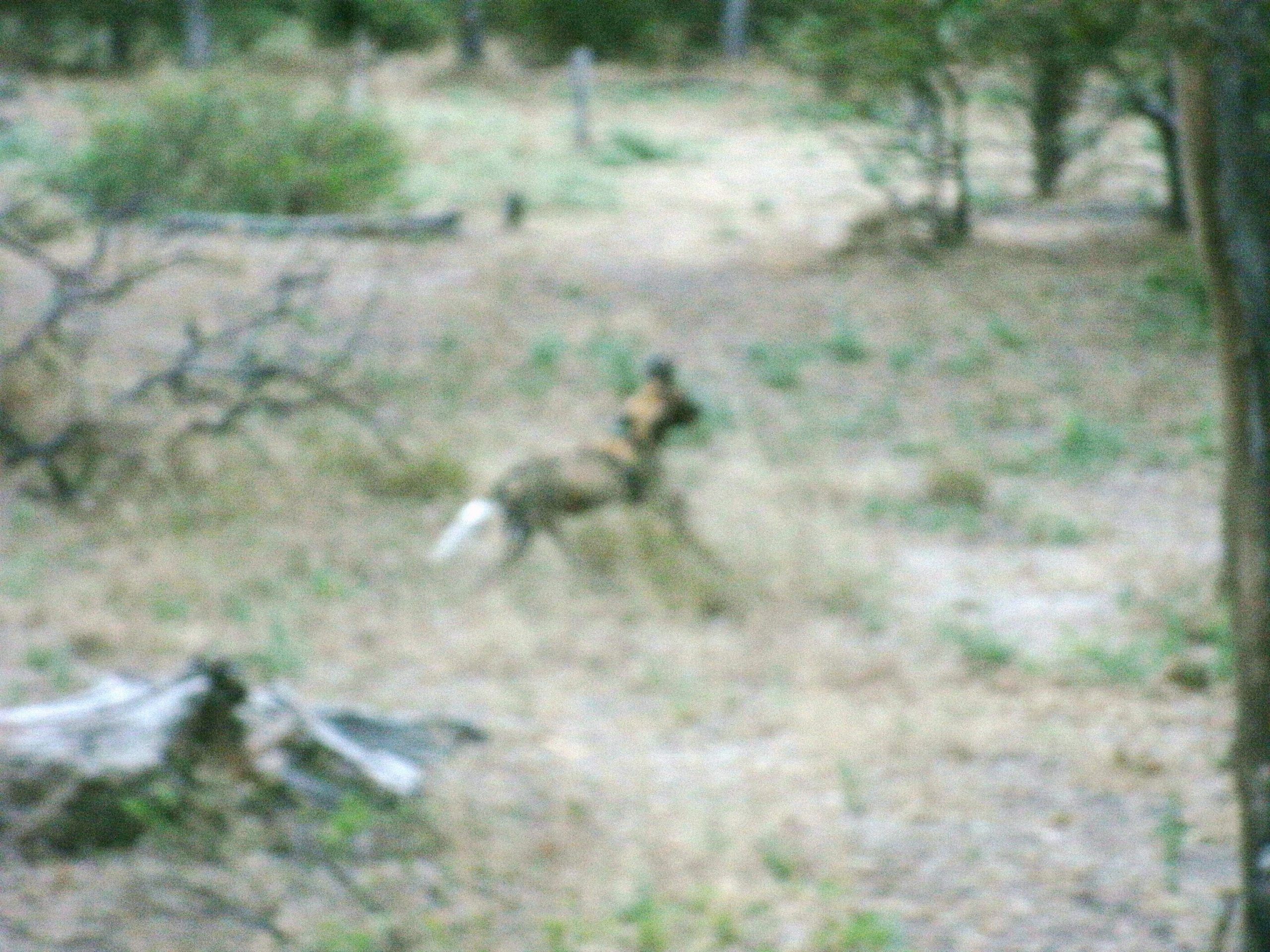
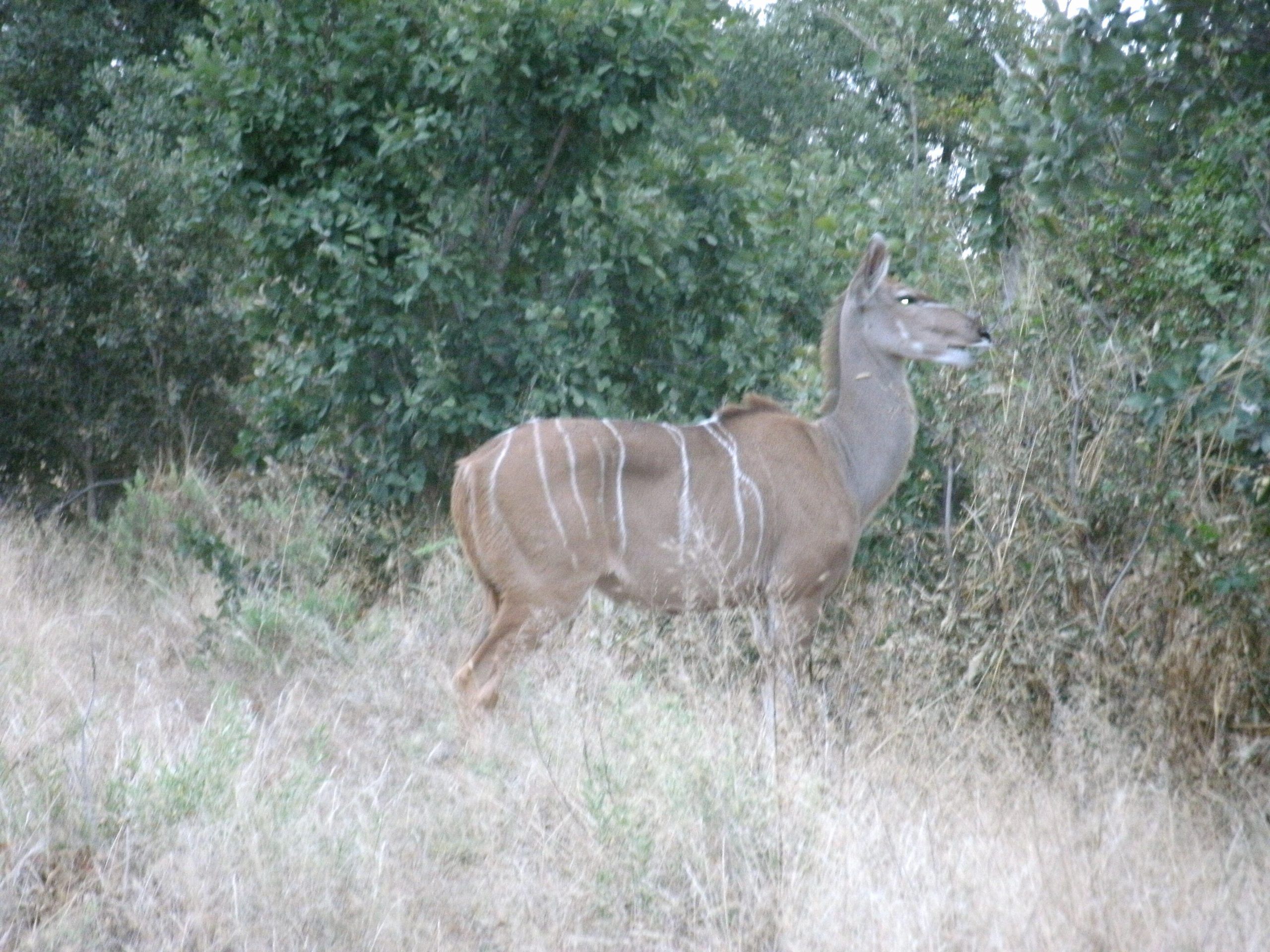
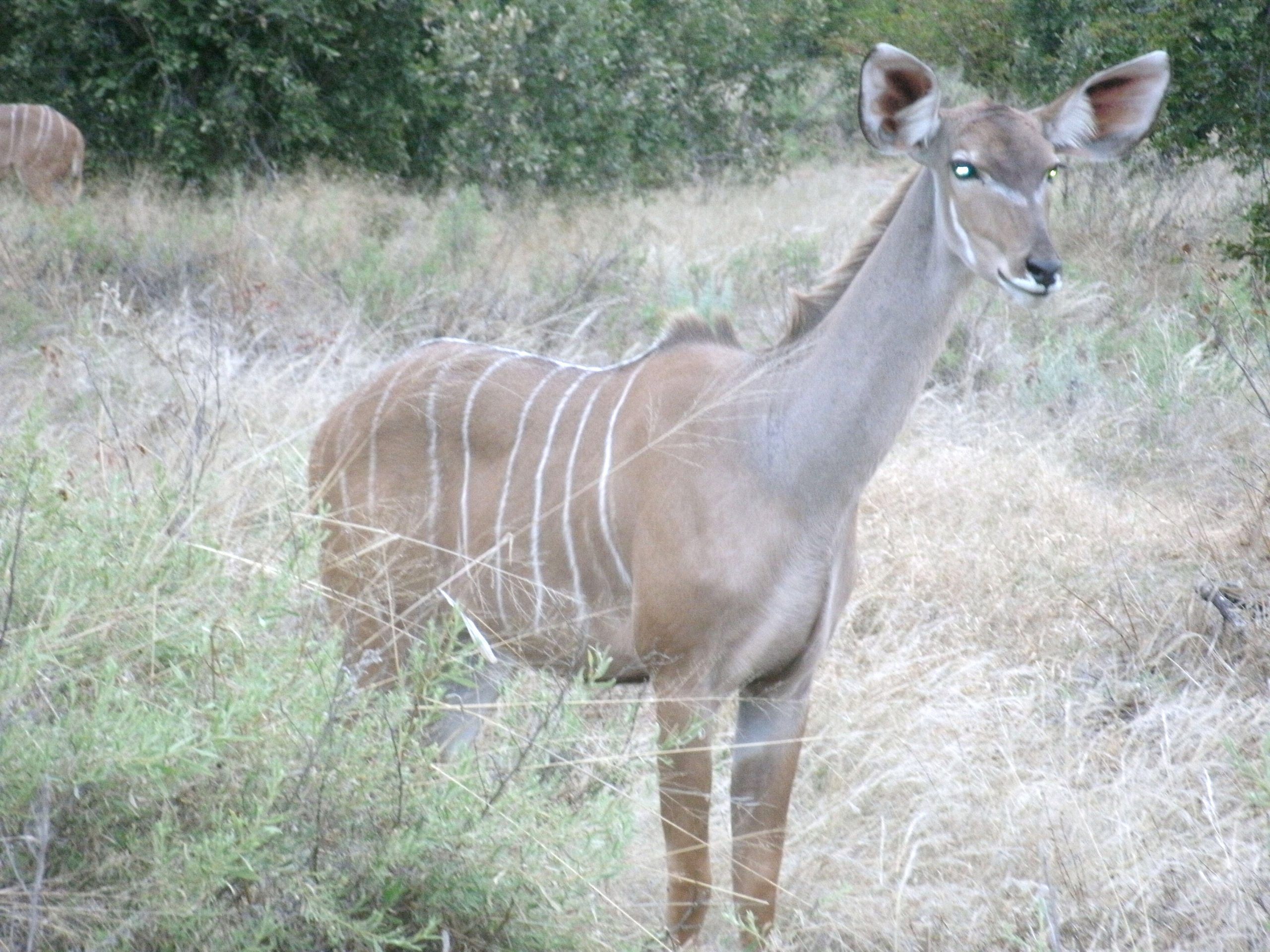
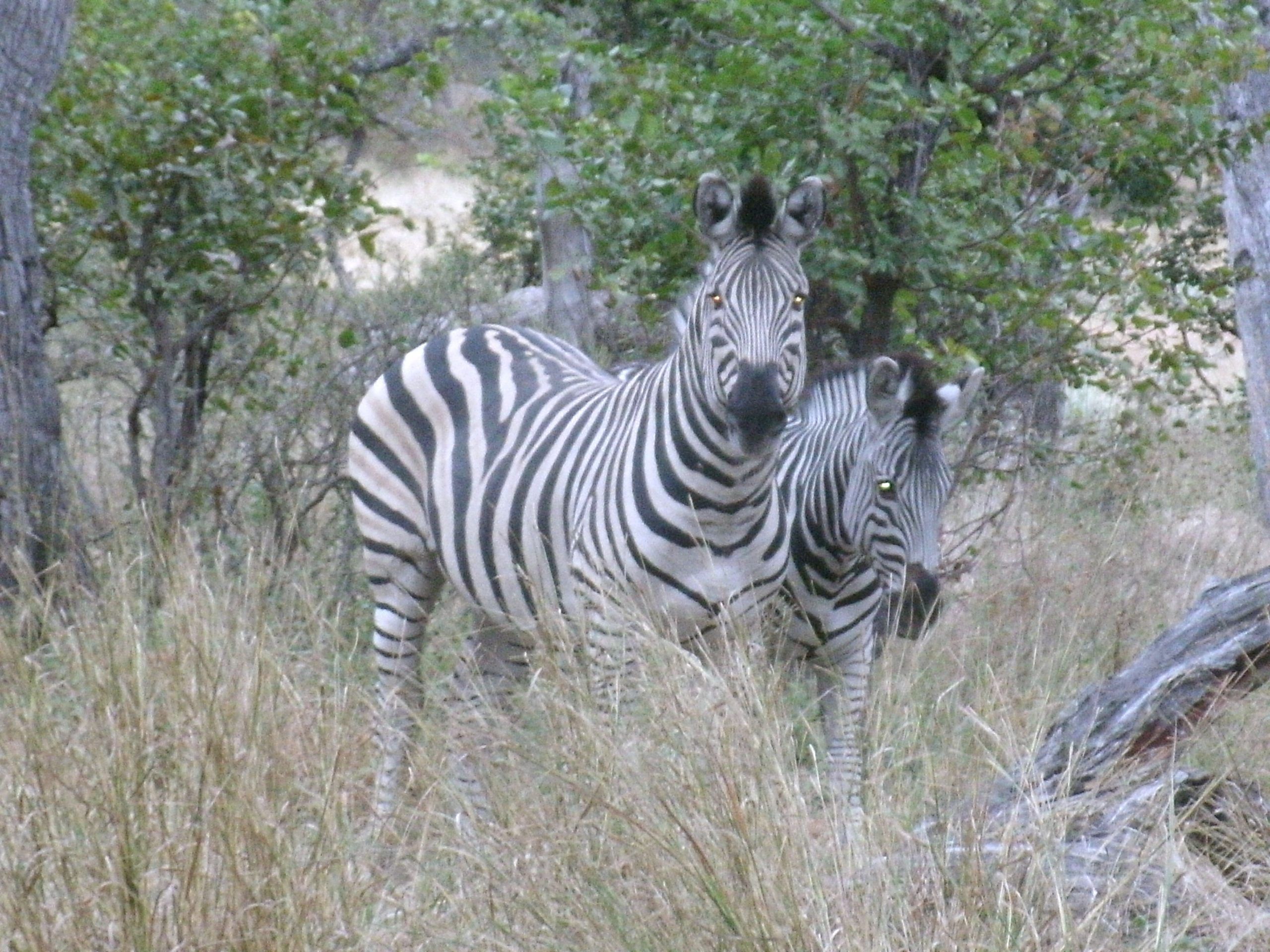
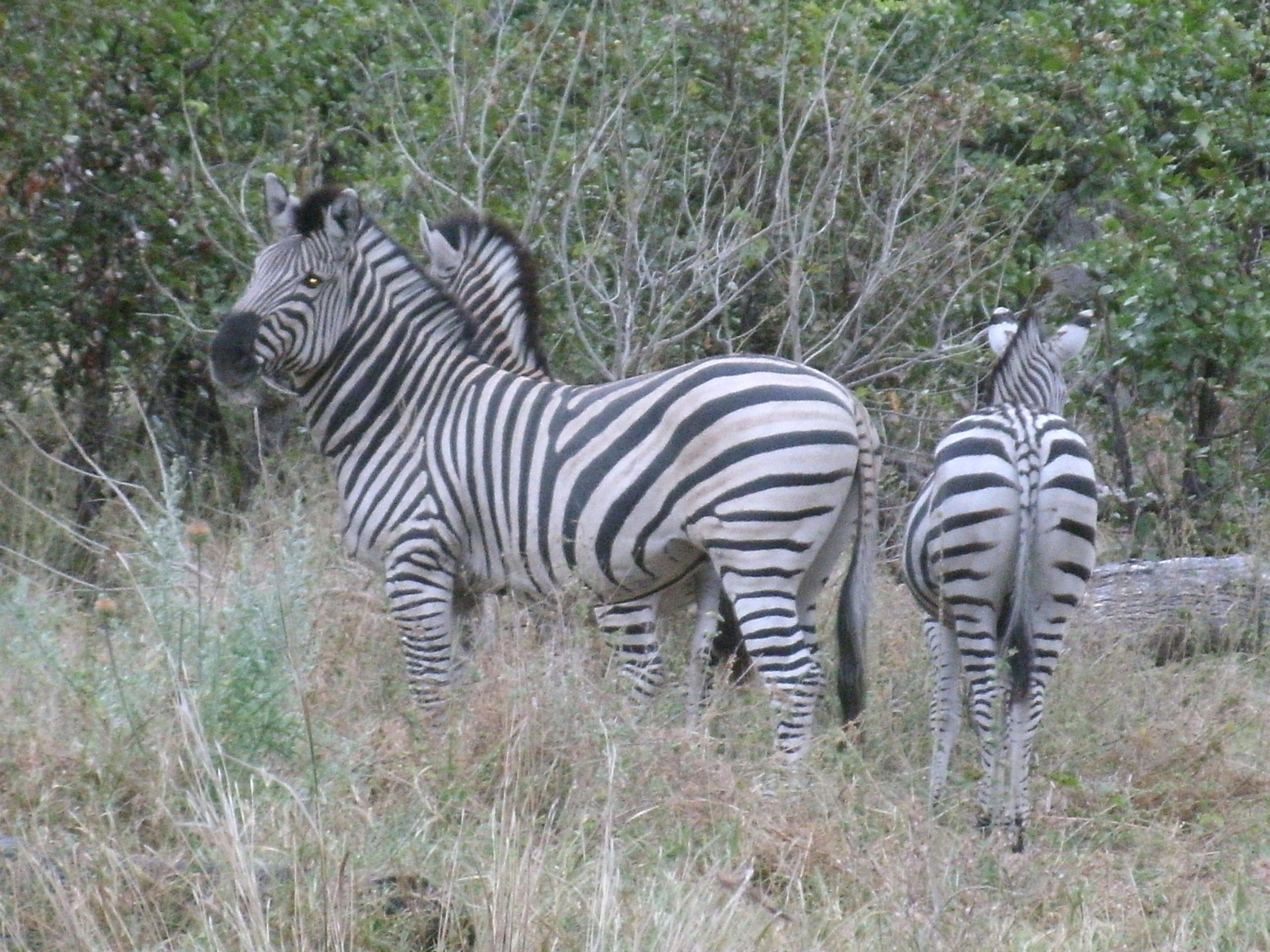
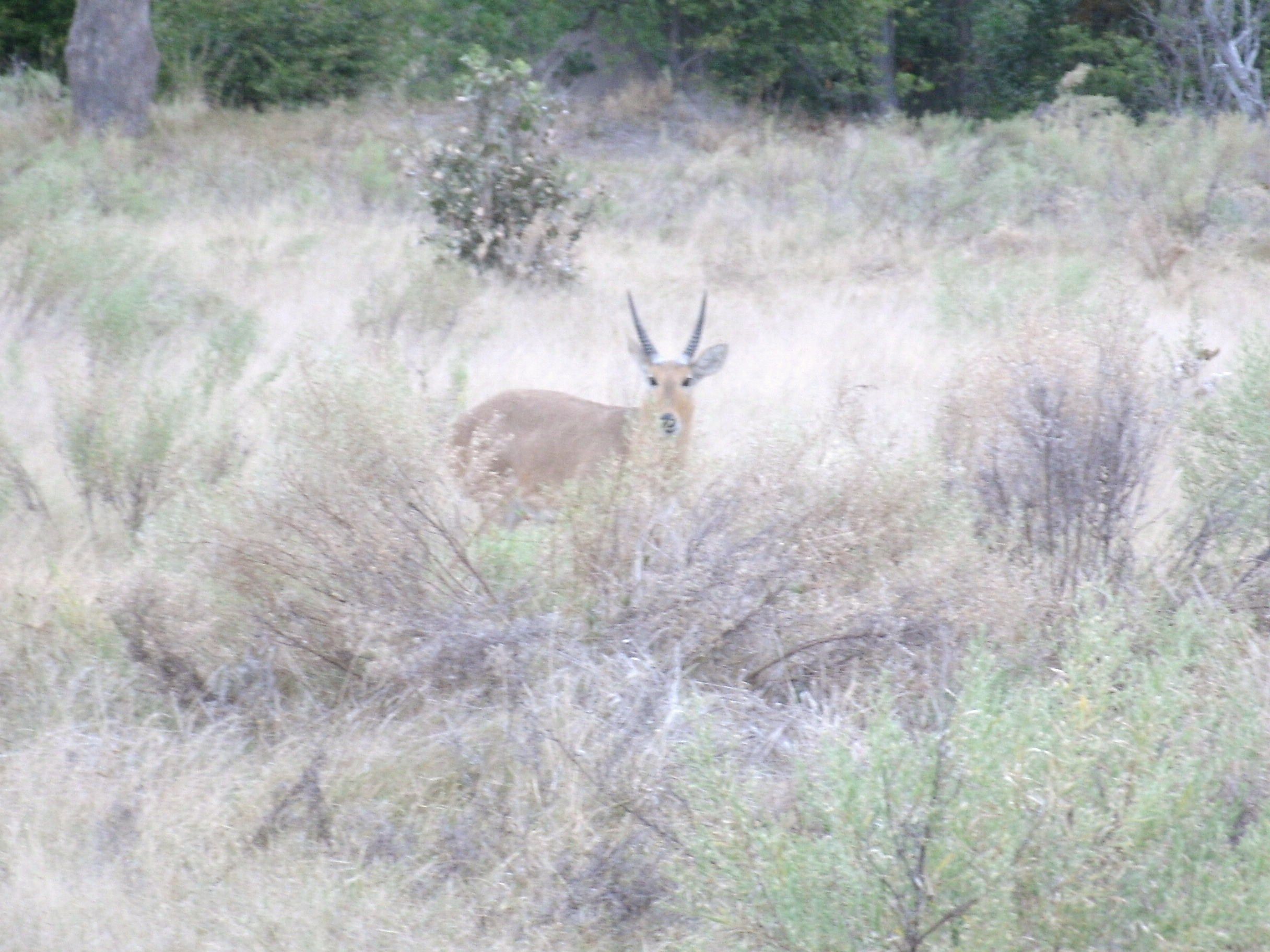
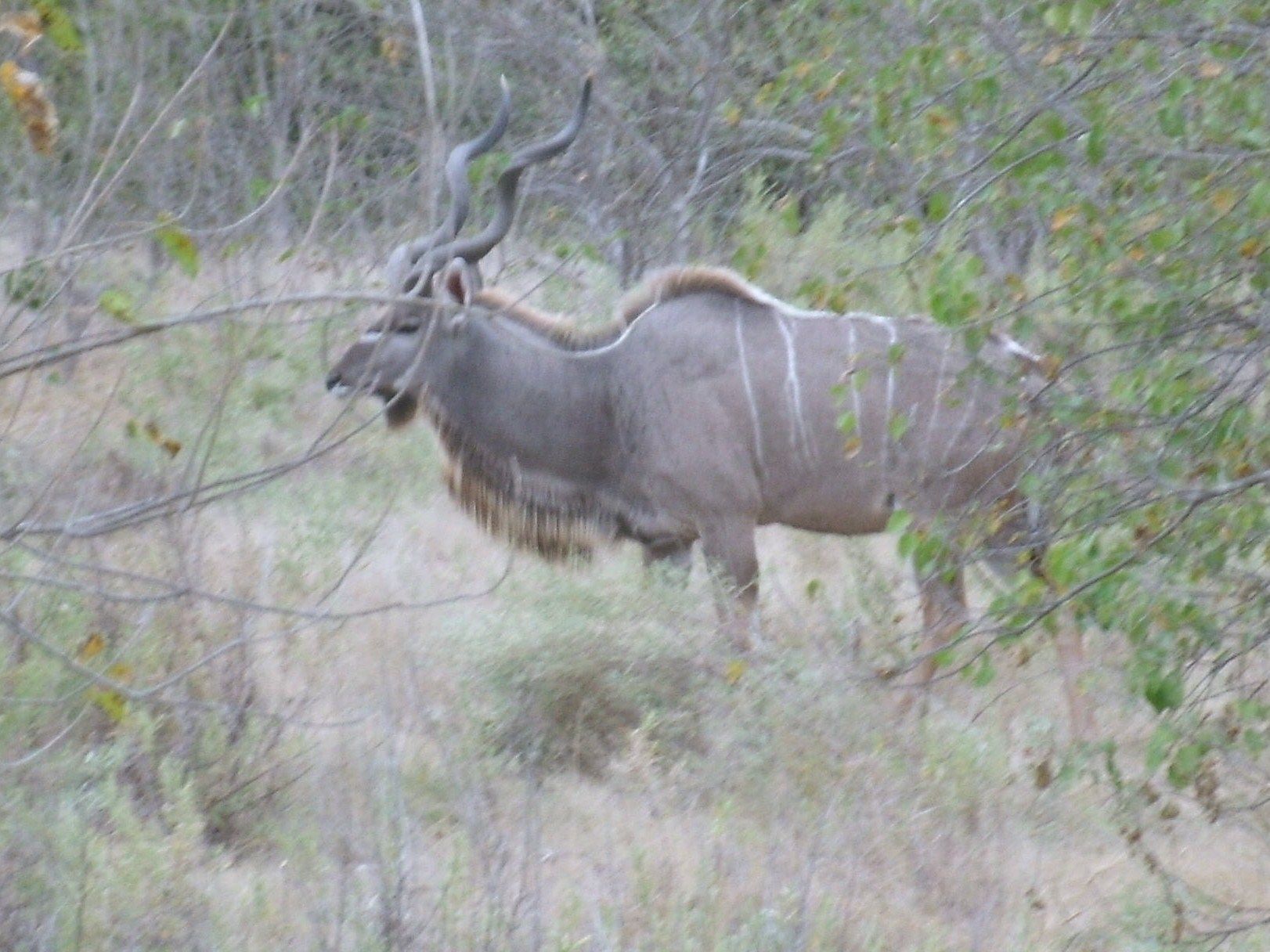
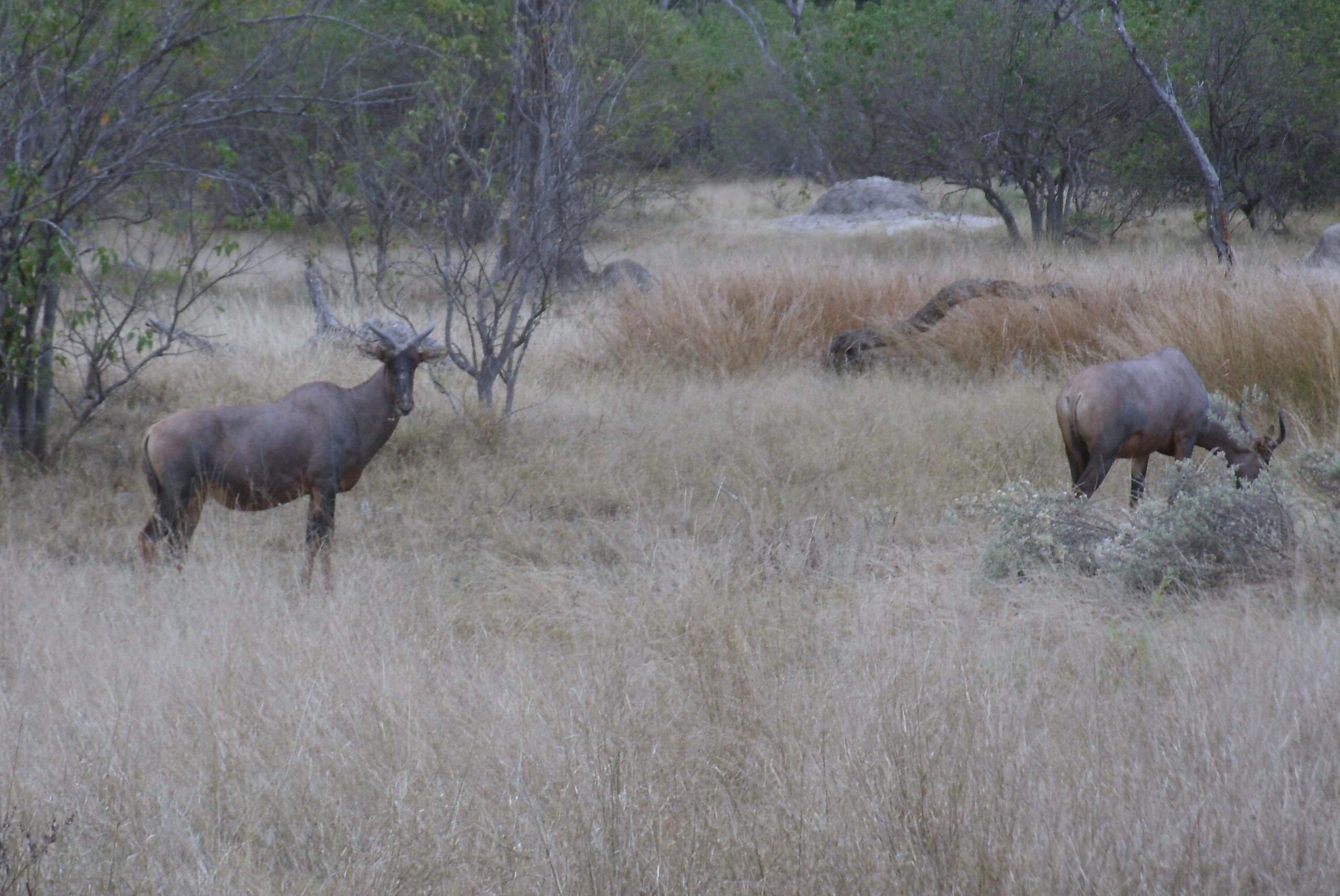
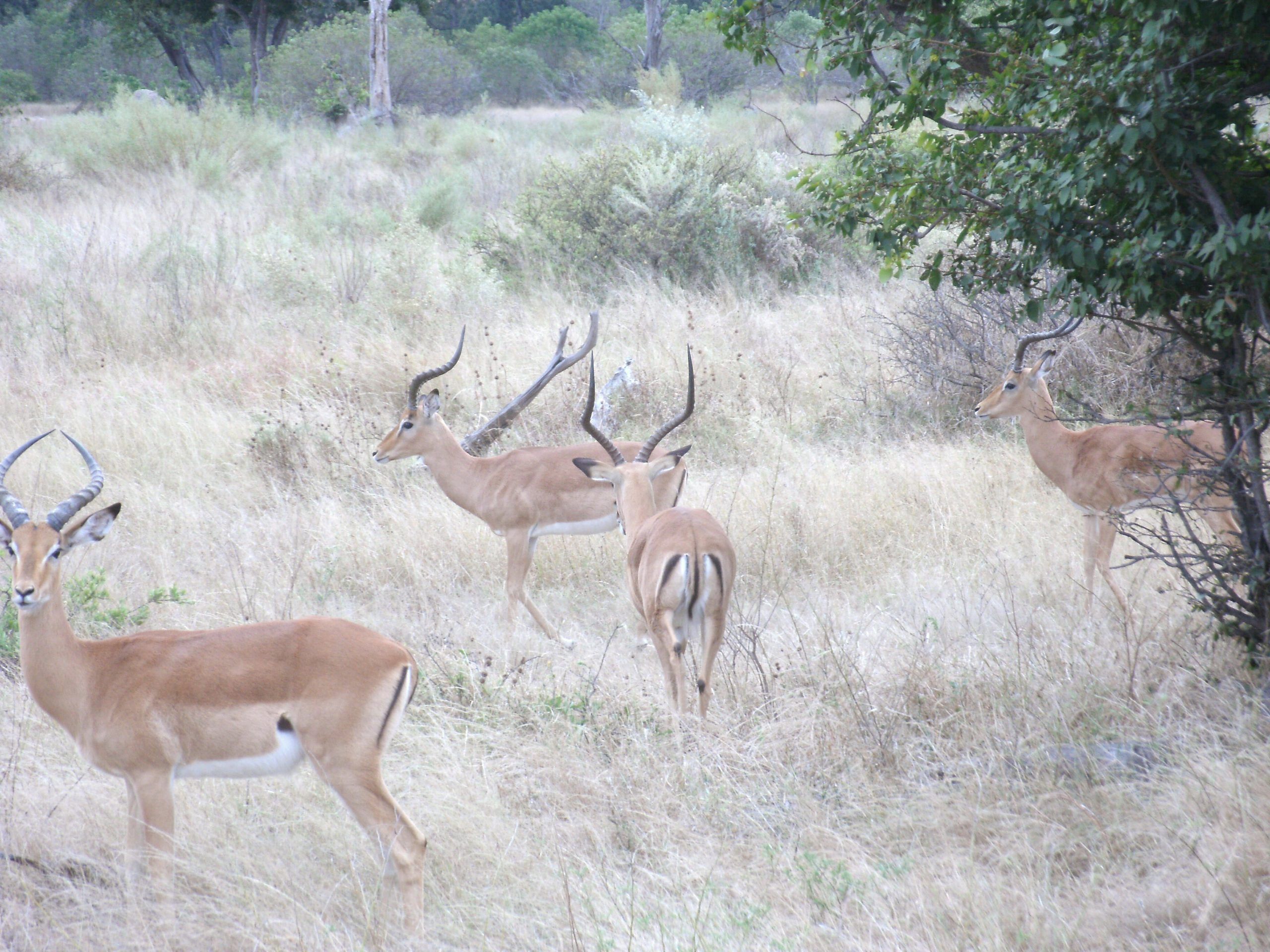
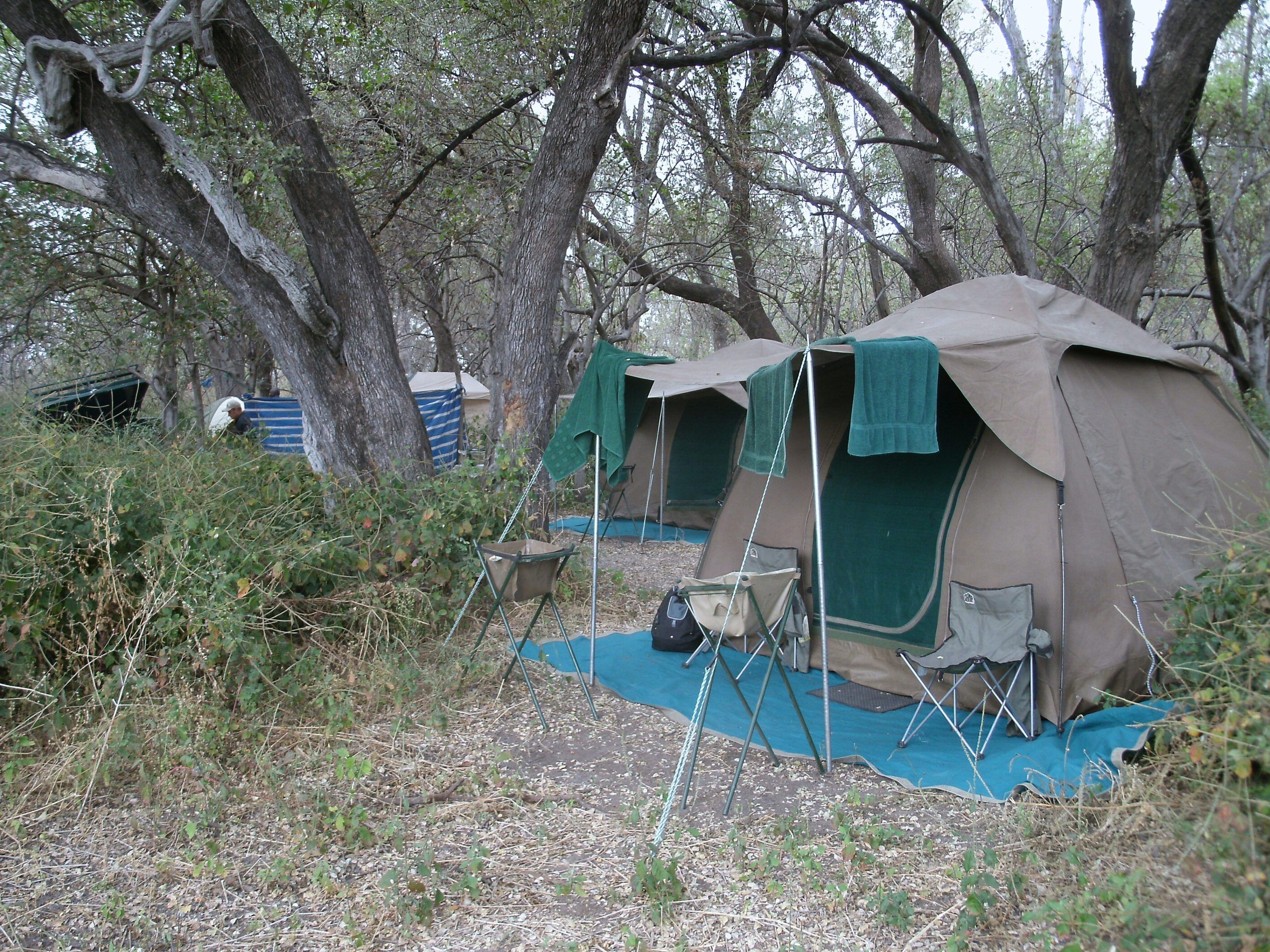
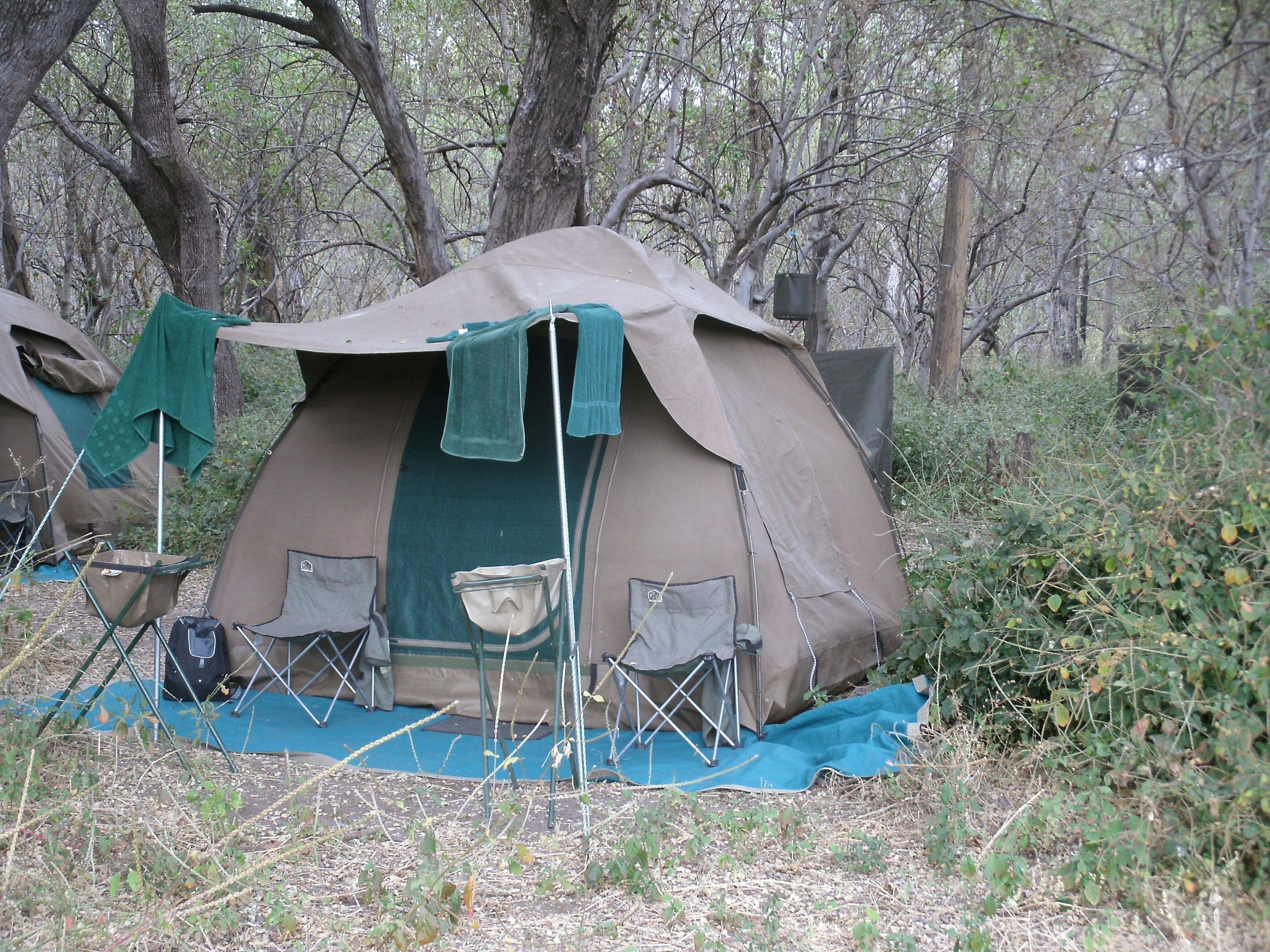
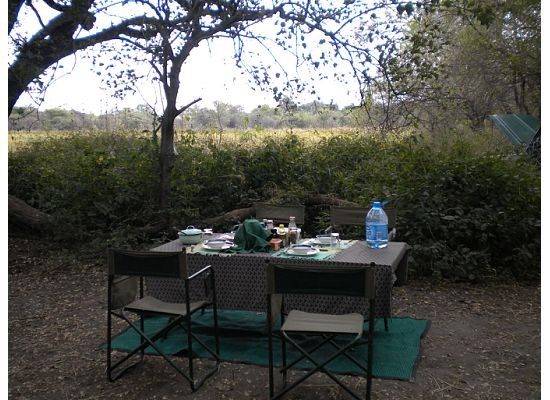
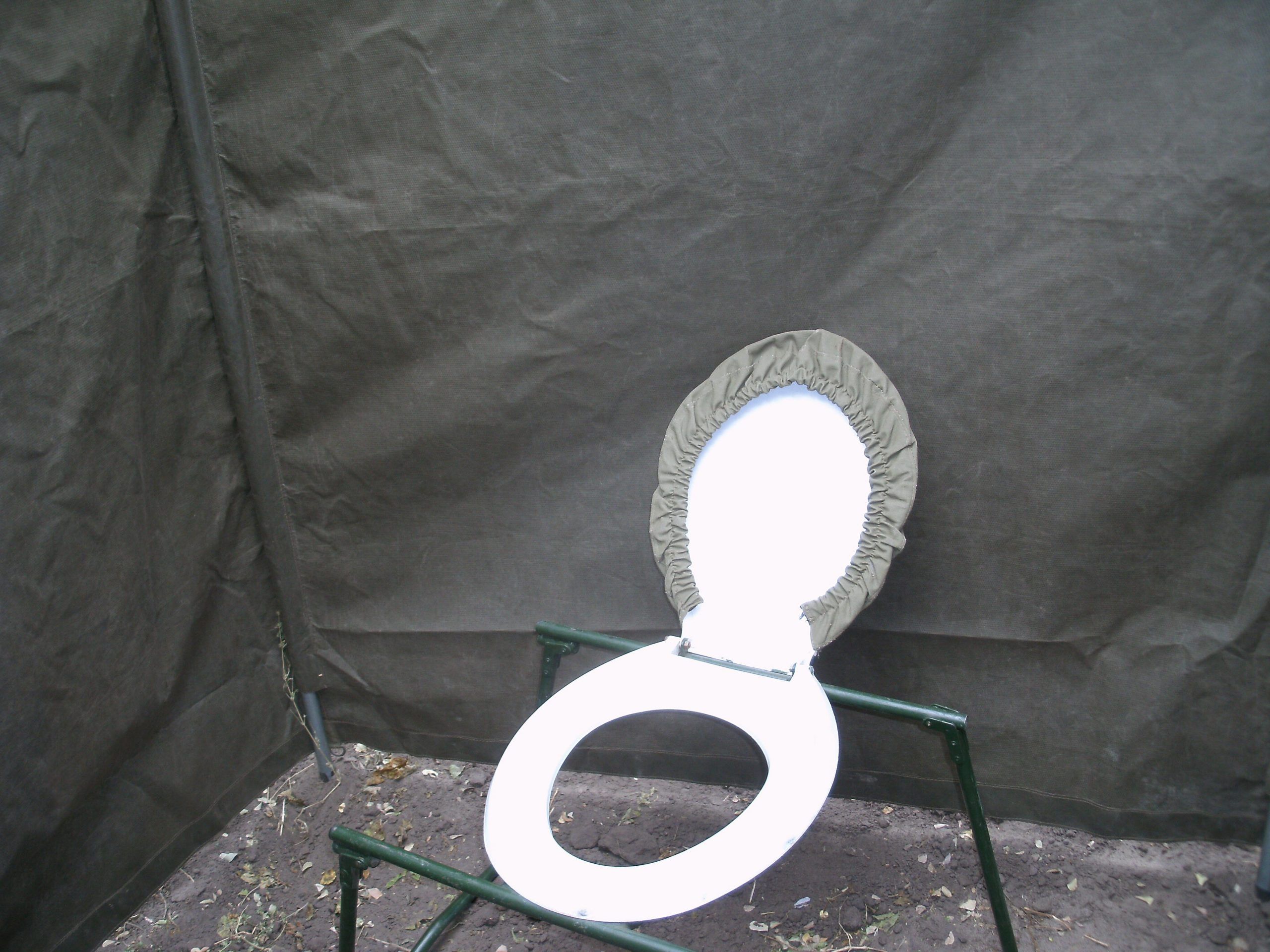
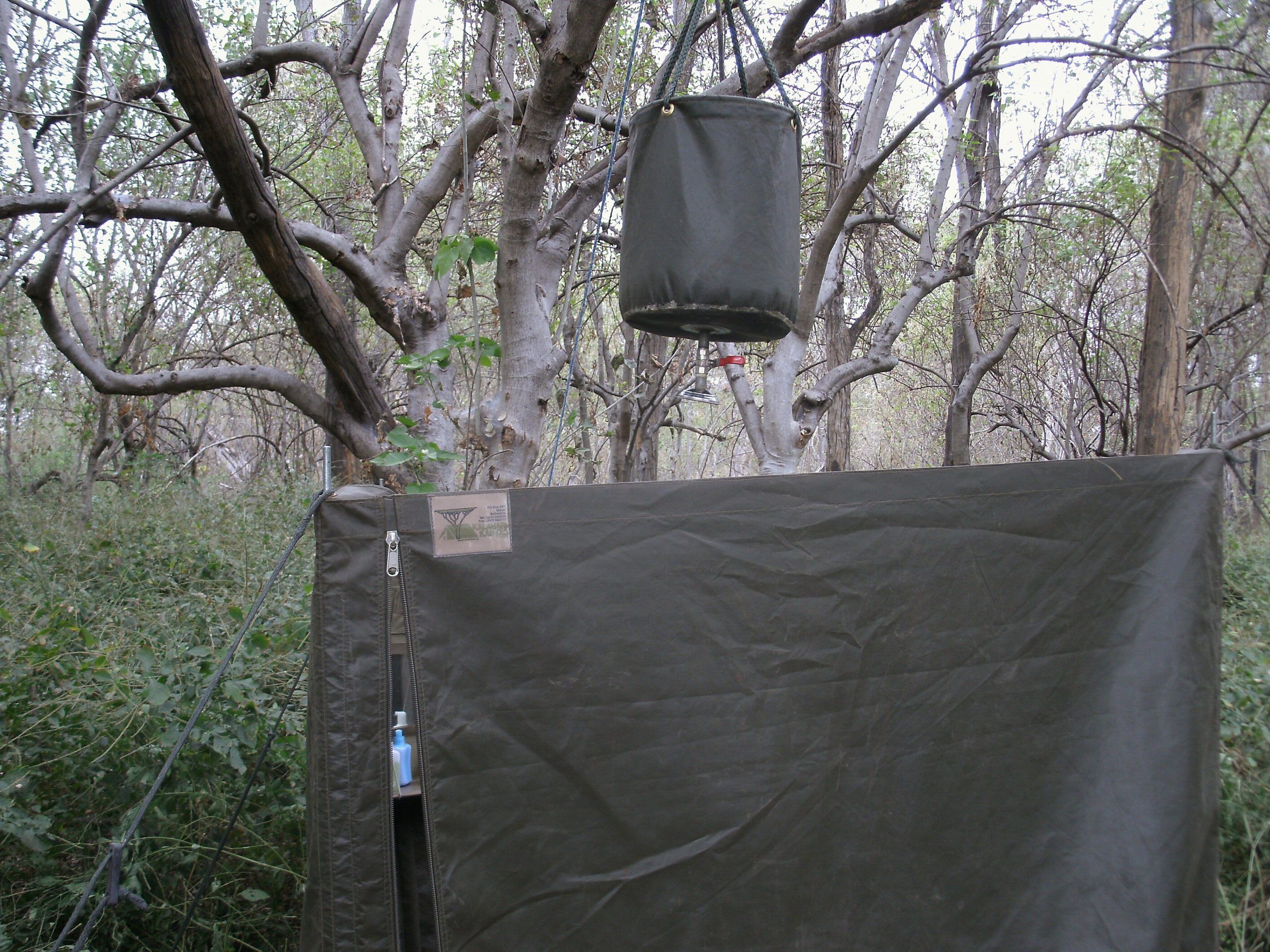
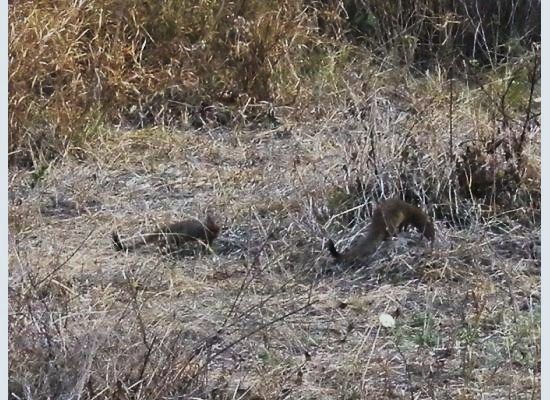
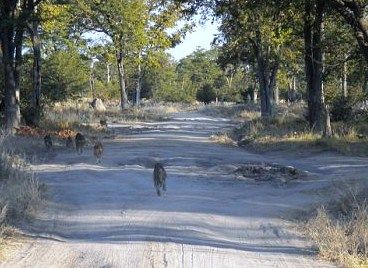
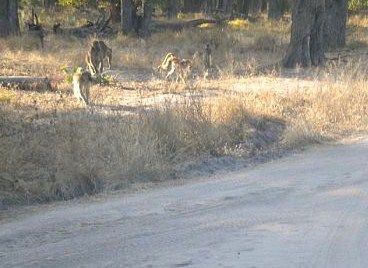
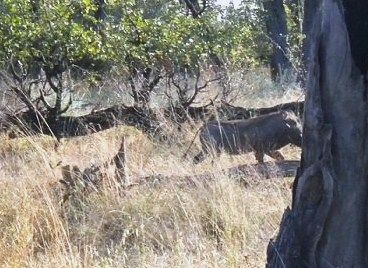
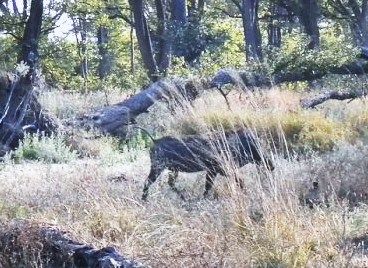
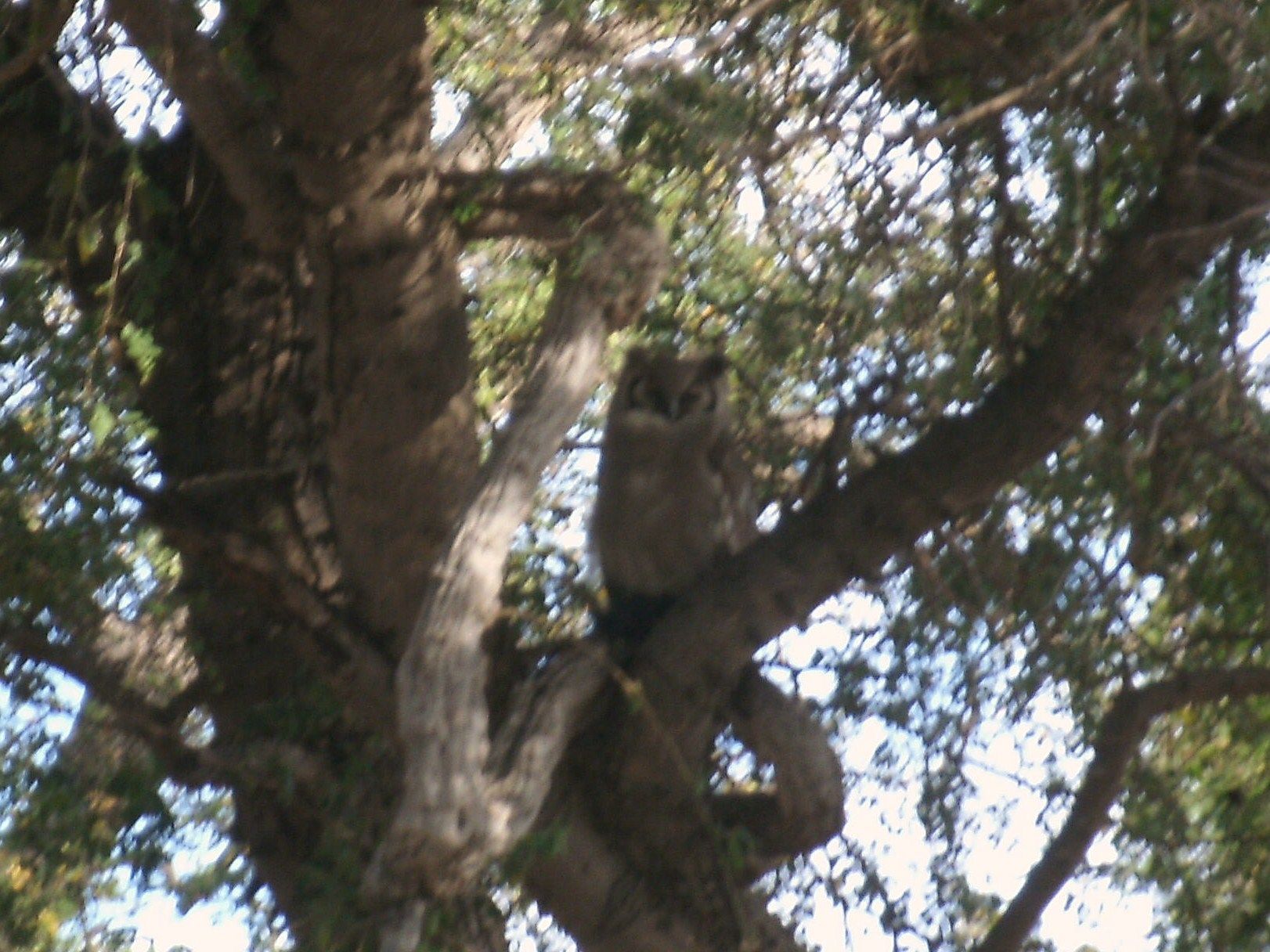
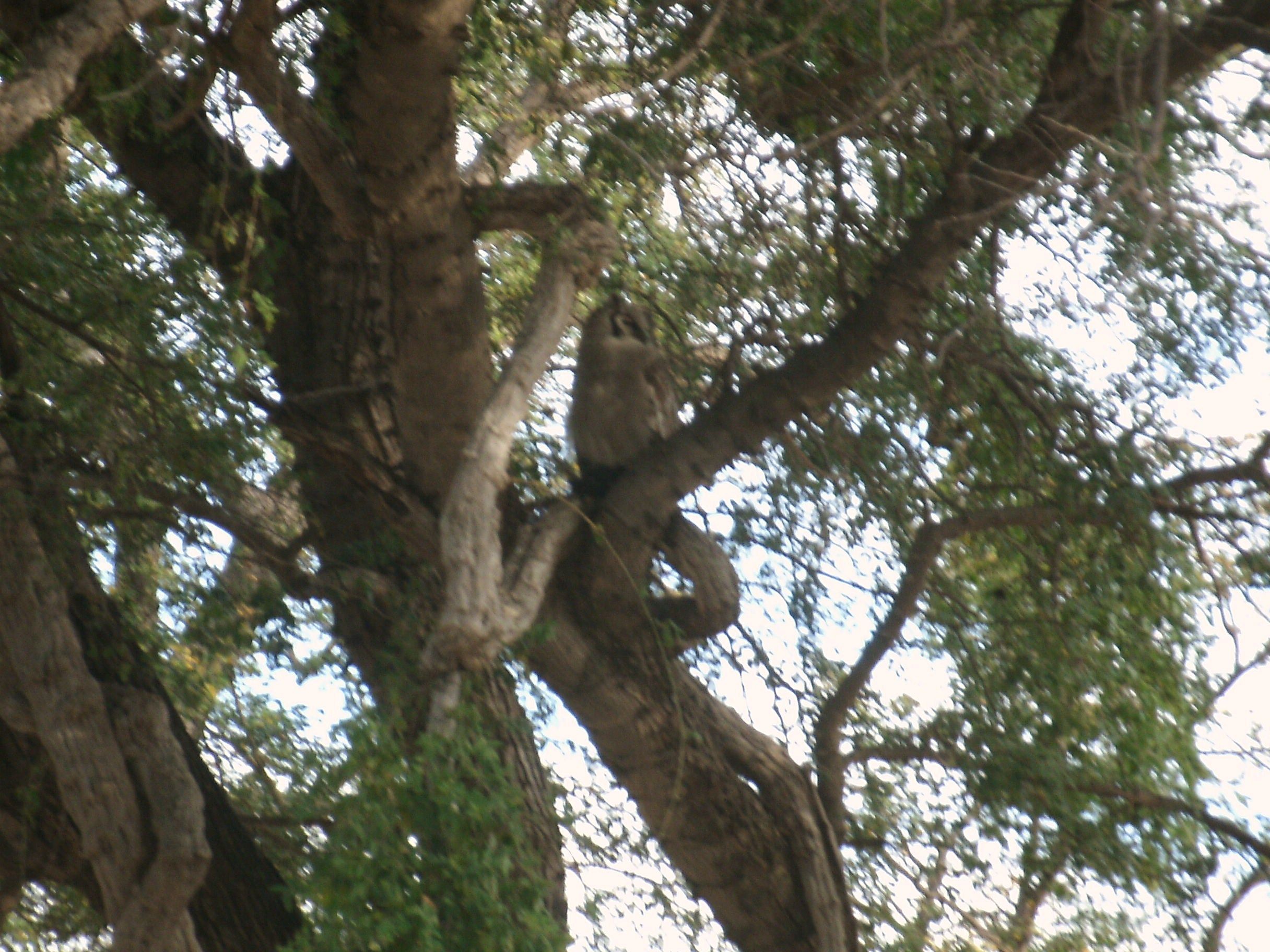
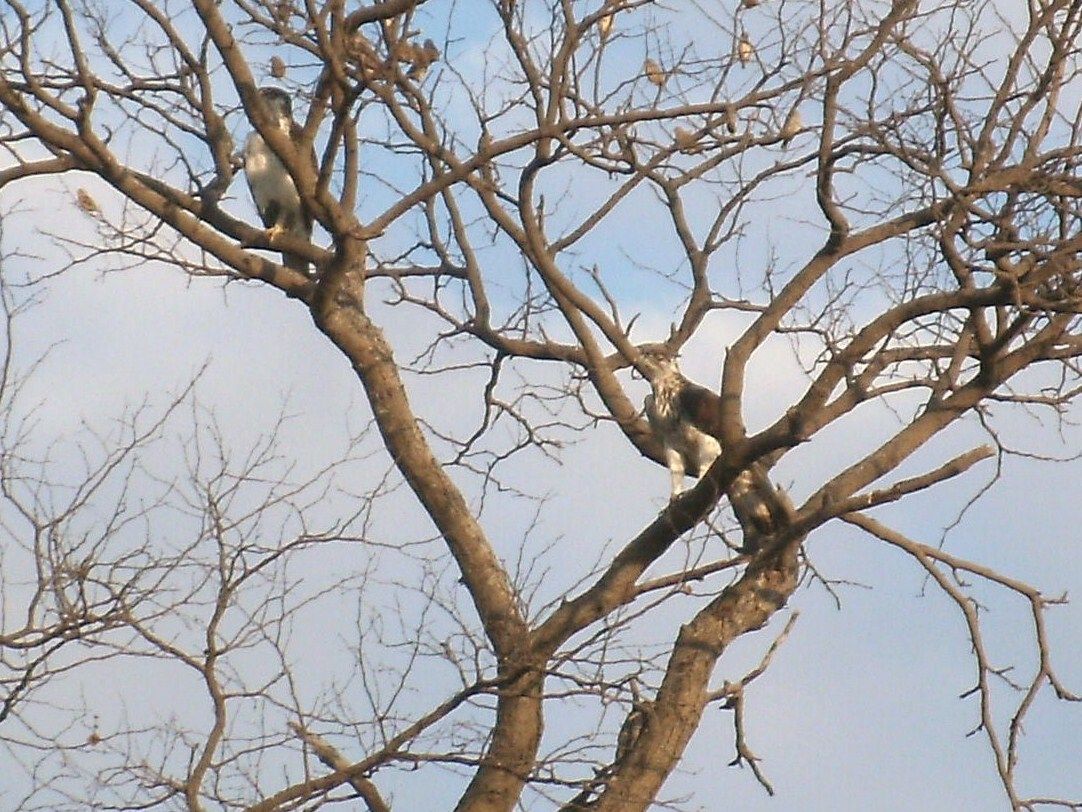
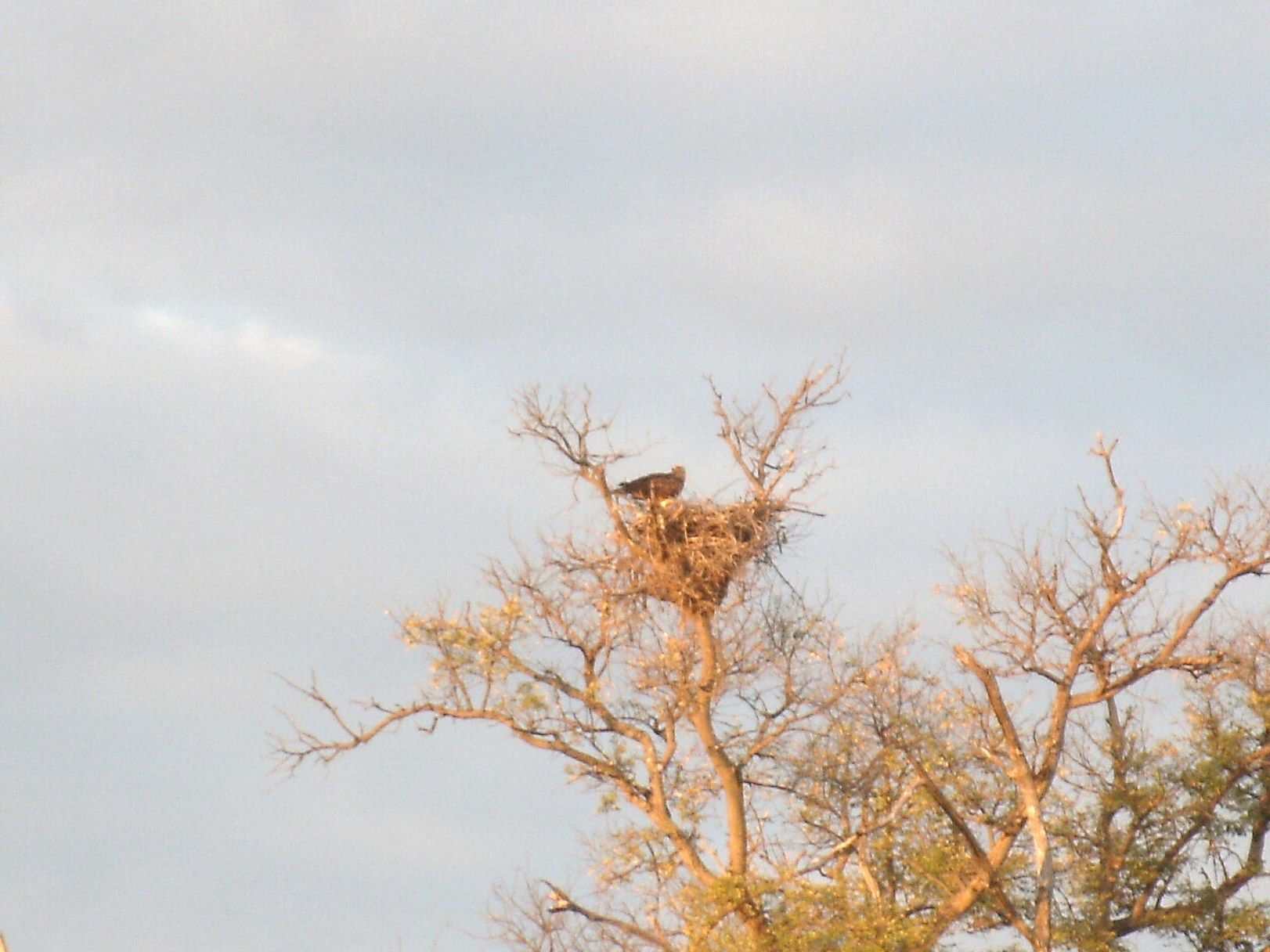
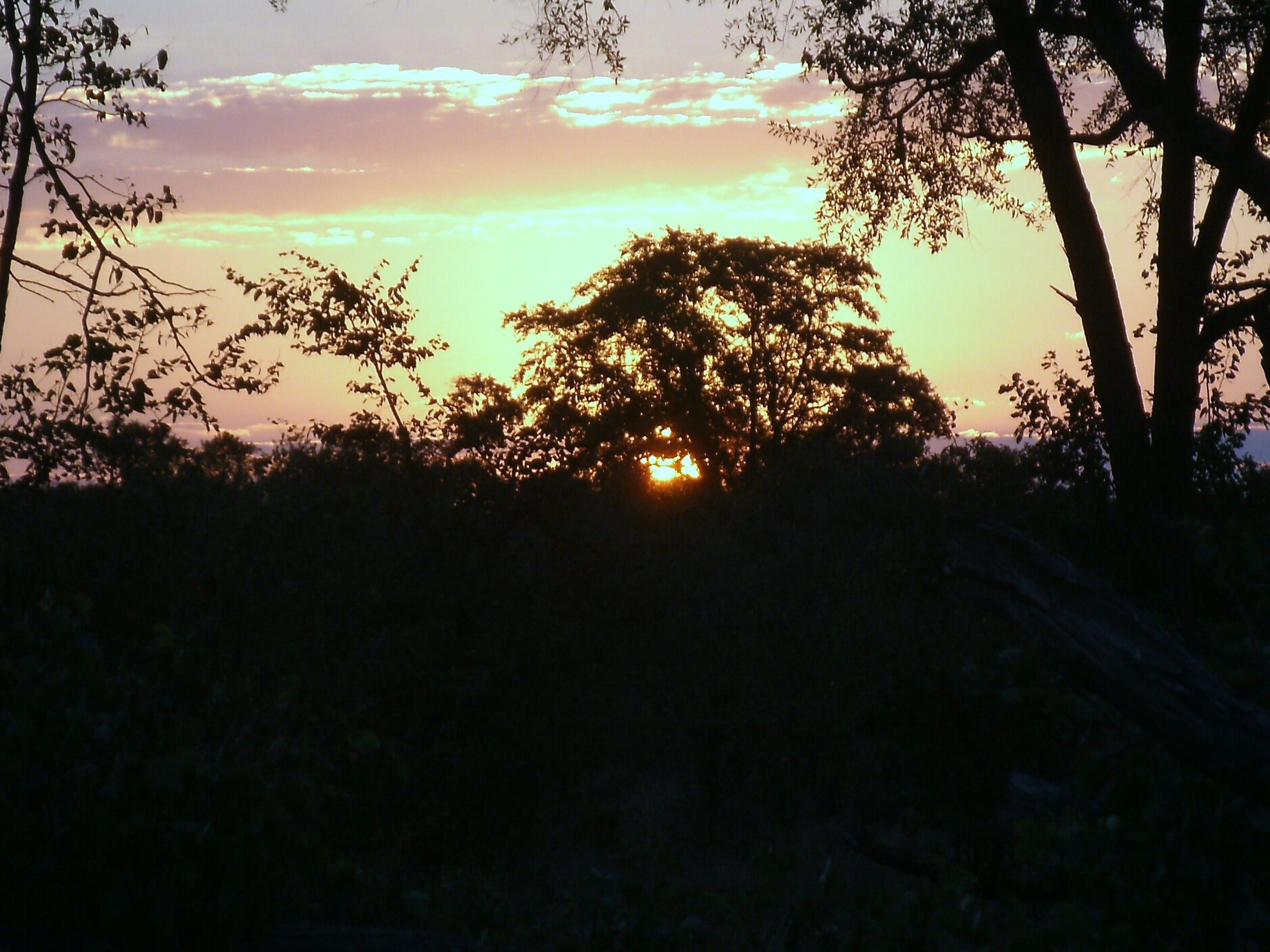
Day 6 – June 30
Drive from Khwai to the Xakanaxa region of the Okavango Delta with game viewing on the way.
Okavango Delta
The Okavango Delta is a unique ecosystem that is situated in the middle of one of the largest stretches of sand in the world; the Kalahari basin. It lies like an oasis in an inhospitable landscape. The vegetation is lush and the wildlife is of the very best in Africa. The Delta covers 16,000 square kilometers. The delta is one of the largest inland deltas in the world. The Okavango River starts on the Benguela Plateau in Angola. It meanders through Kalahari sand for 1,300 kilometers before entering Botswana and flows south towards the town Maun in the Thamalakane.
The delta forms many islands in high season. I will be your base camp for your mokoro and walking safari experience. The wildlife of the delta is amongst the best in the world. If you do not wish to view game in an area where safari vehicles often outnumber the animals, The Okavango Delta is the place to visit. The delta offers a wide variety of wild-and-bird life which is not always to be matched anywhere in Africa.
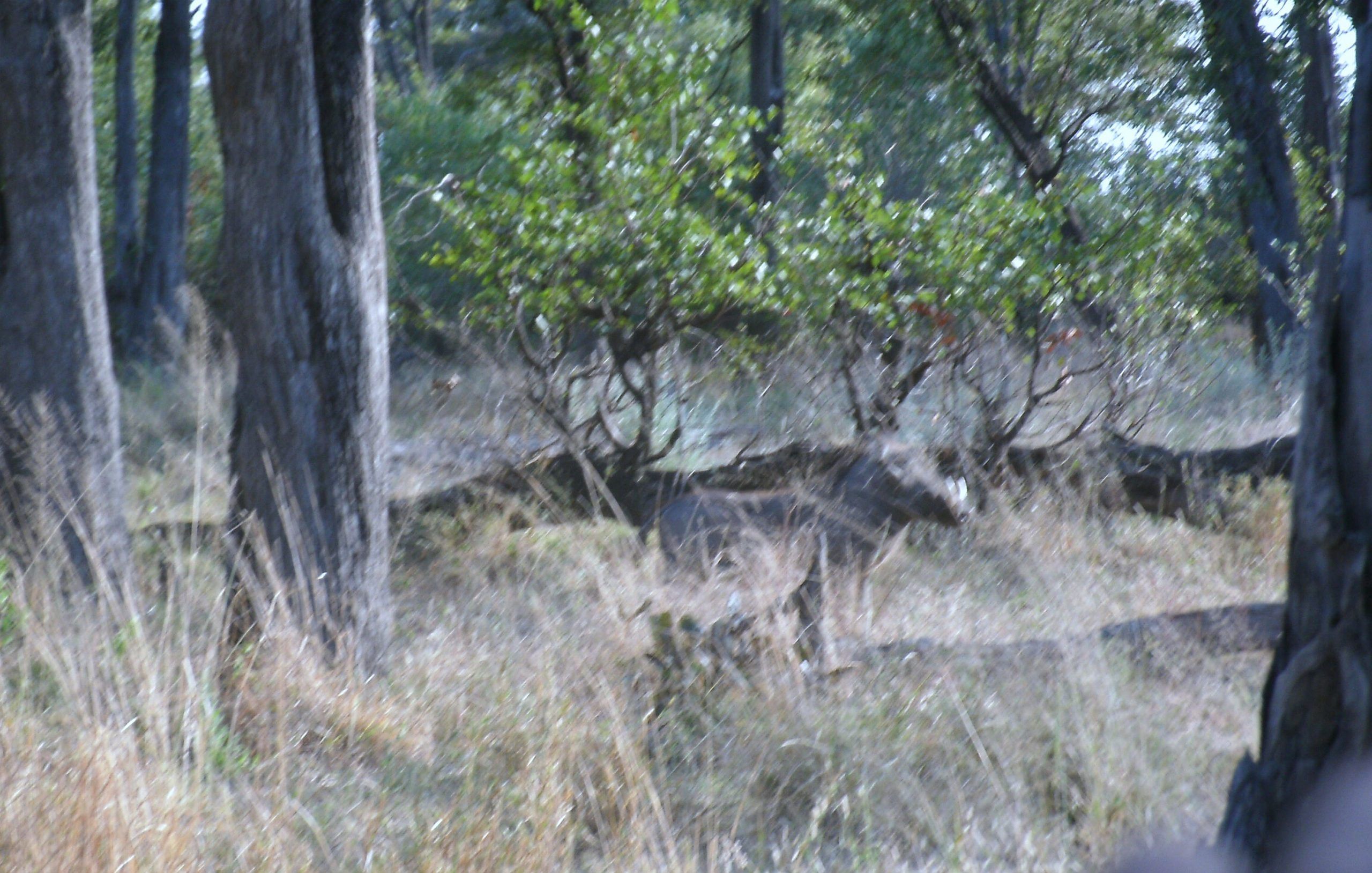
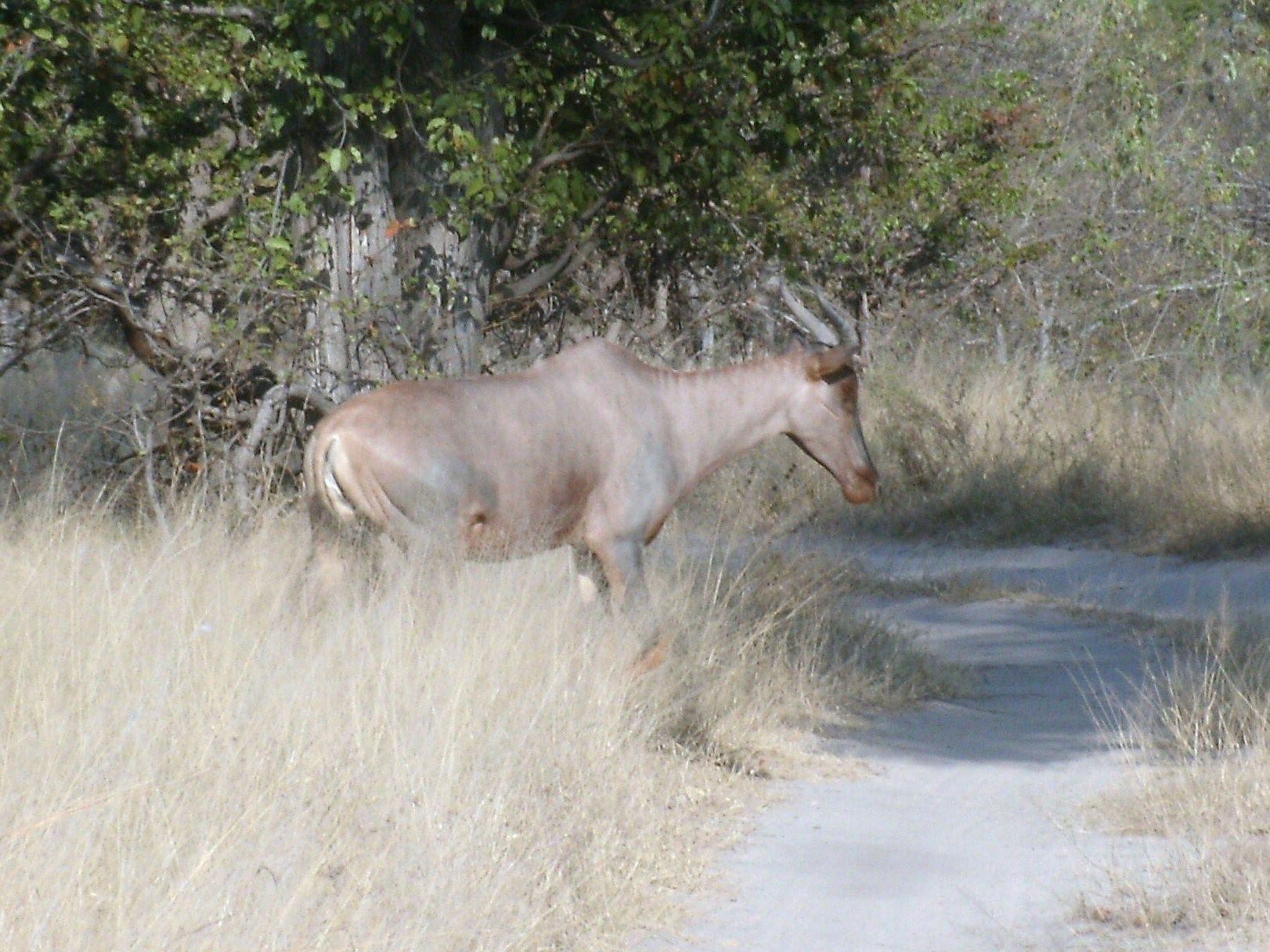
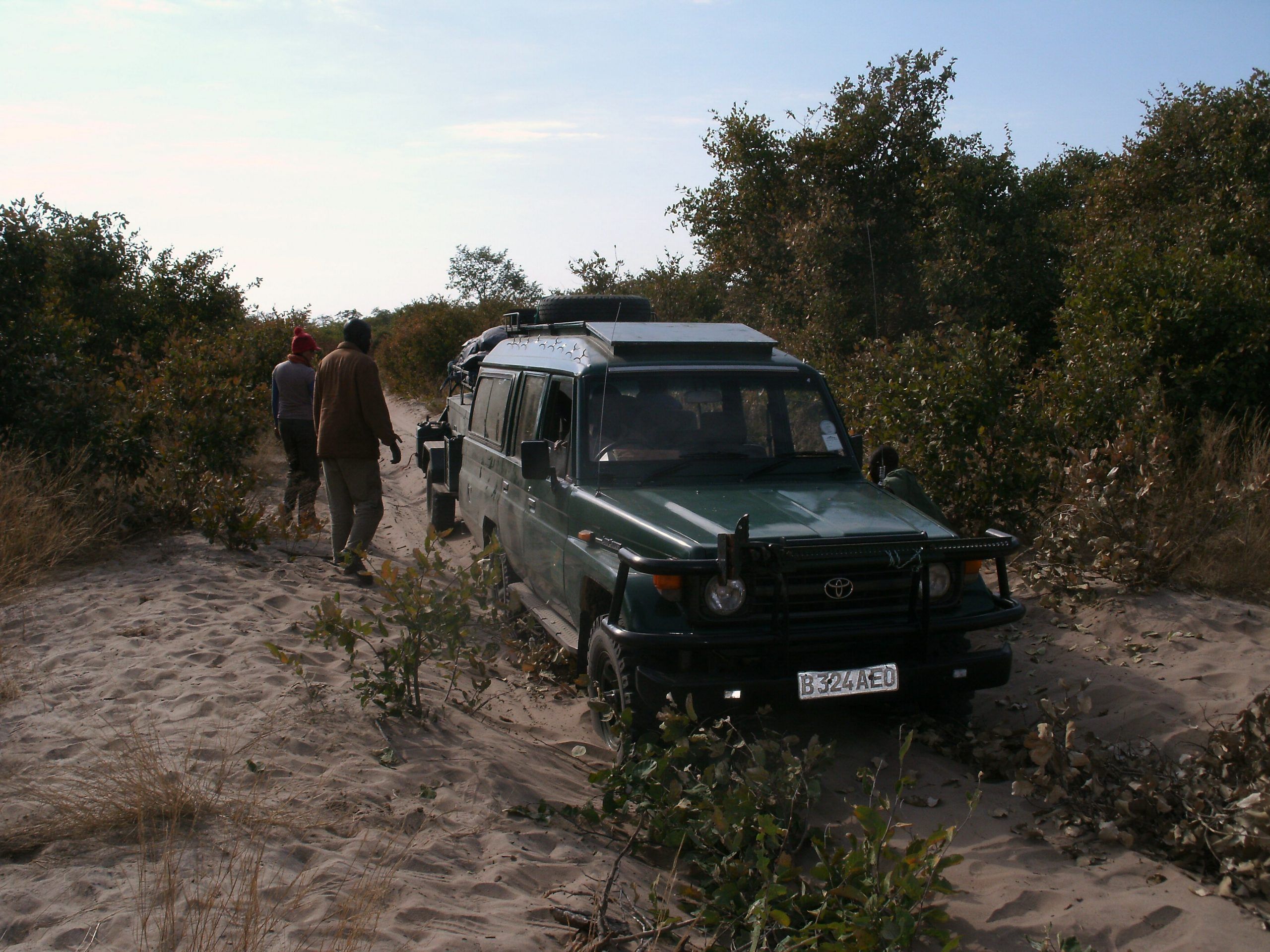
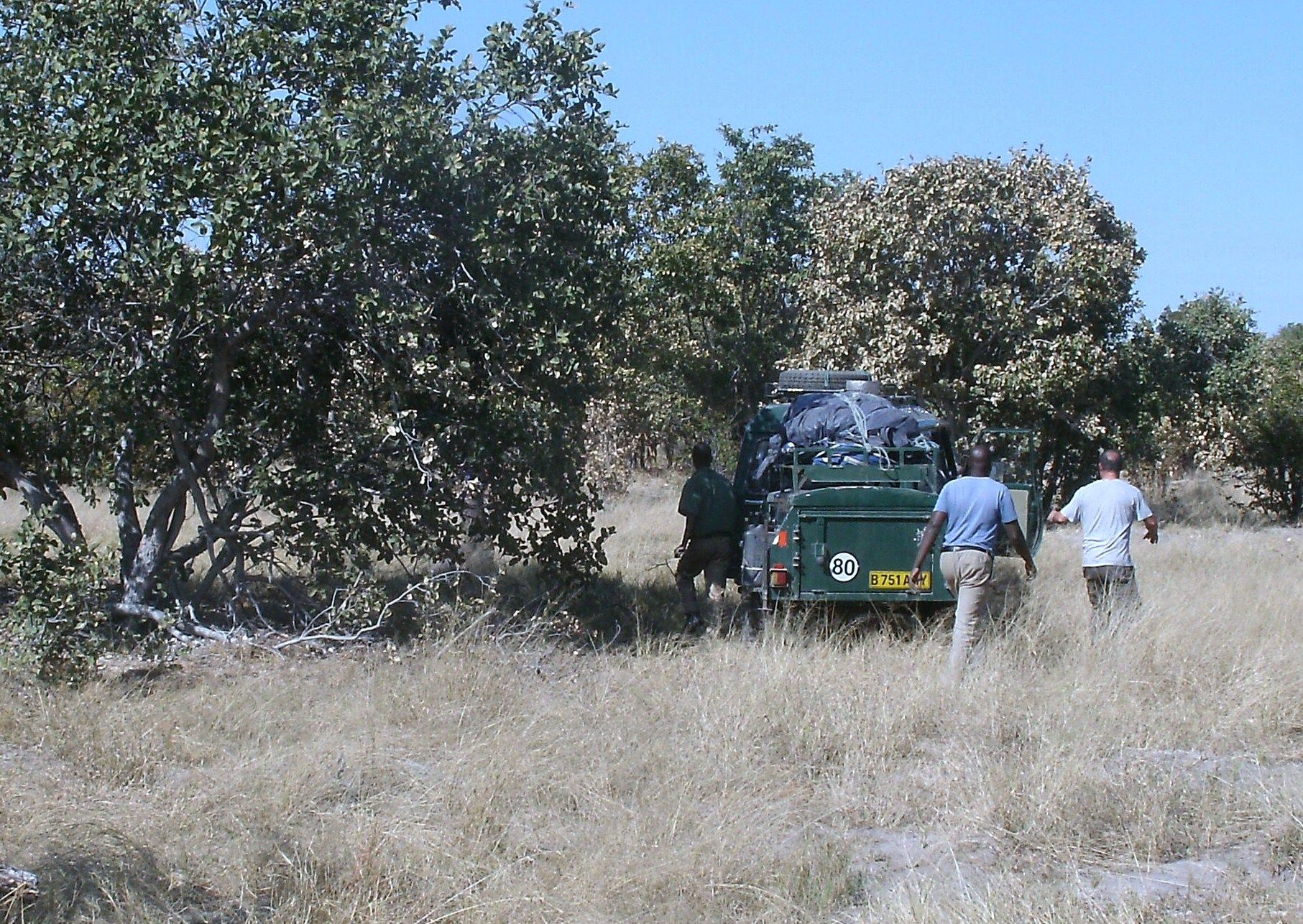
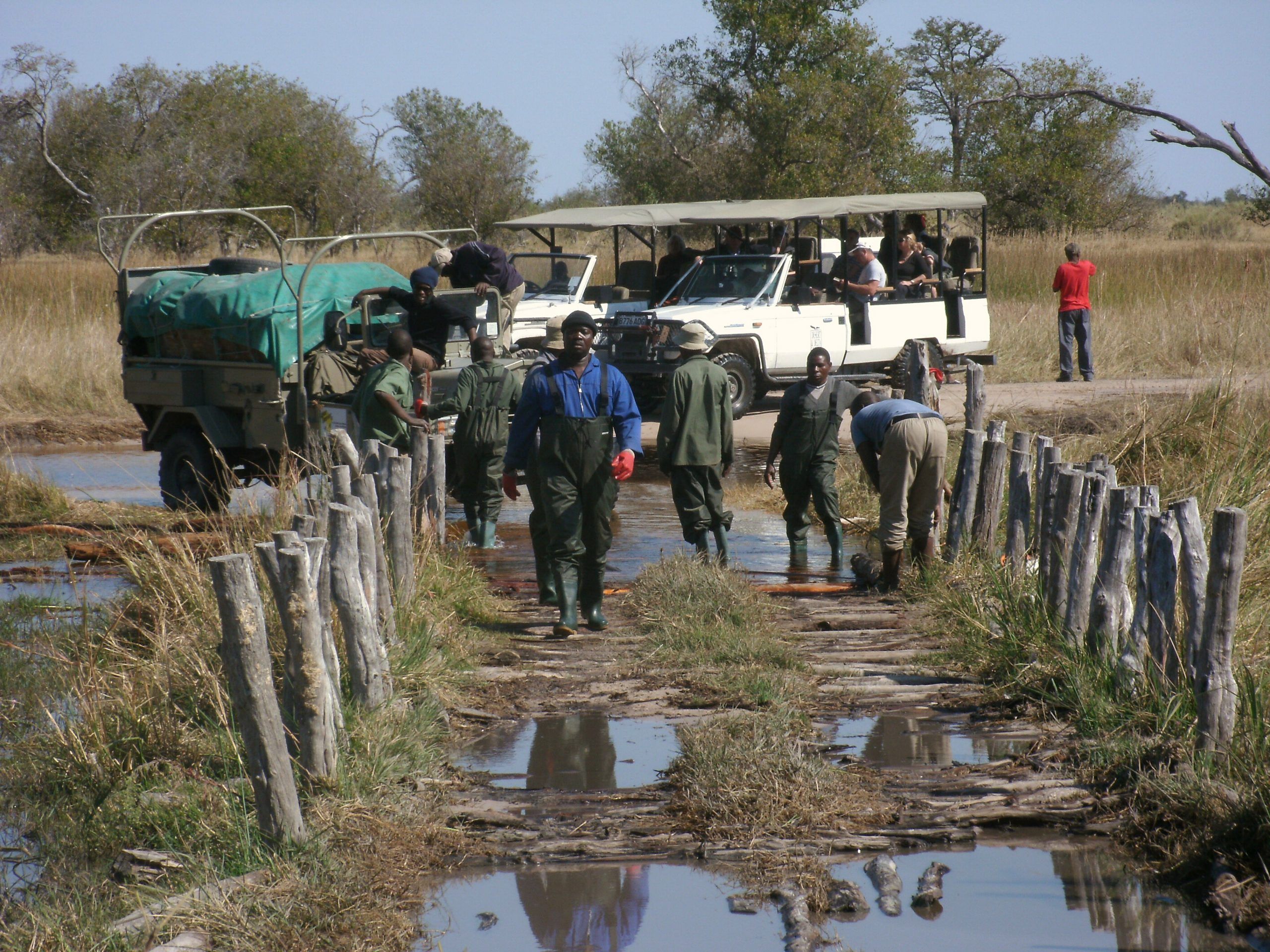
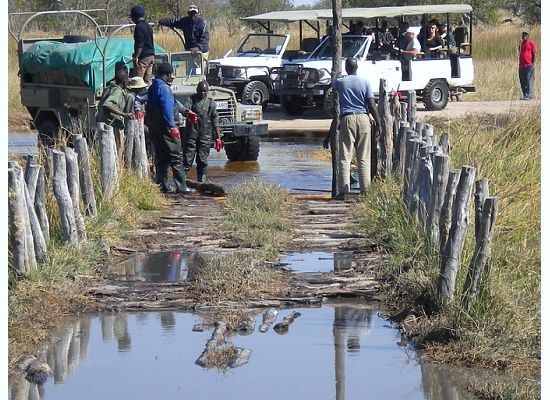
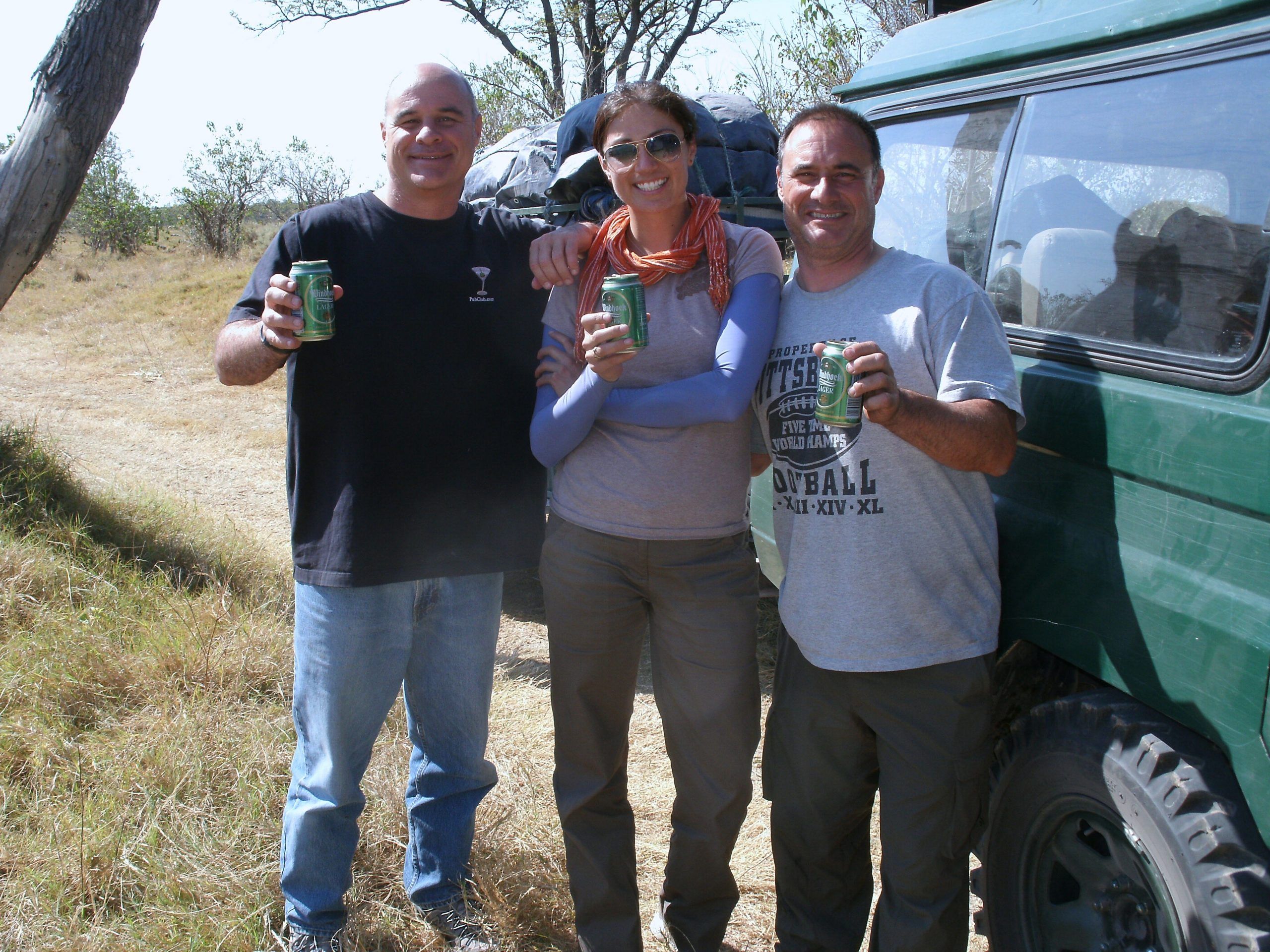
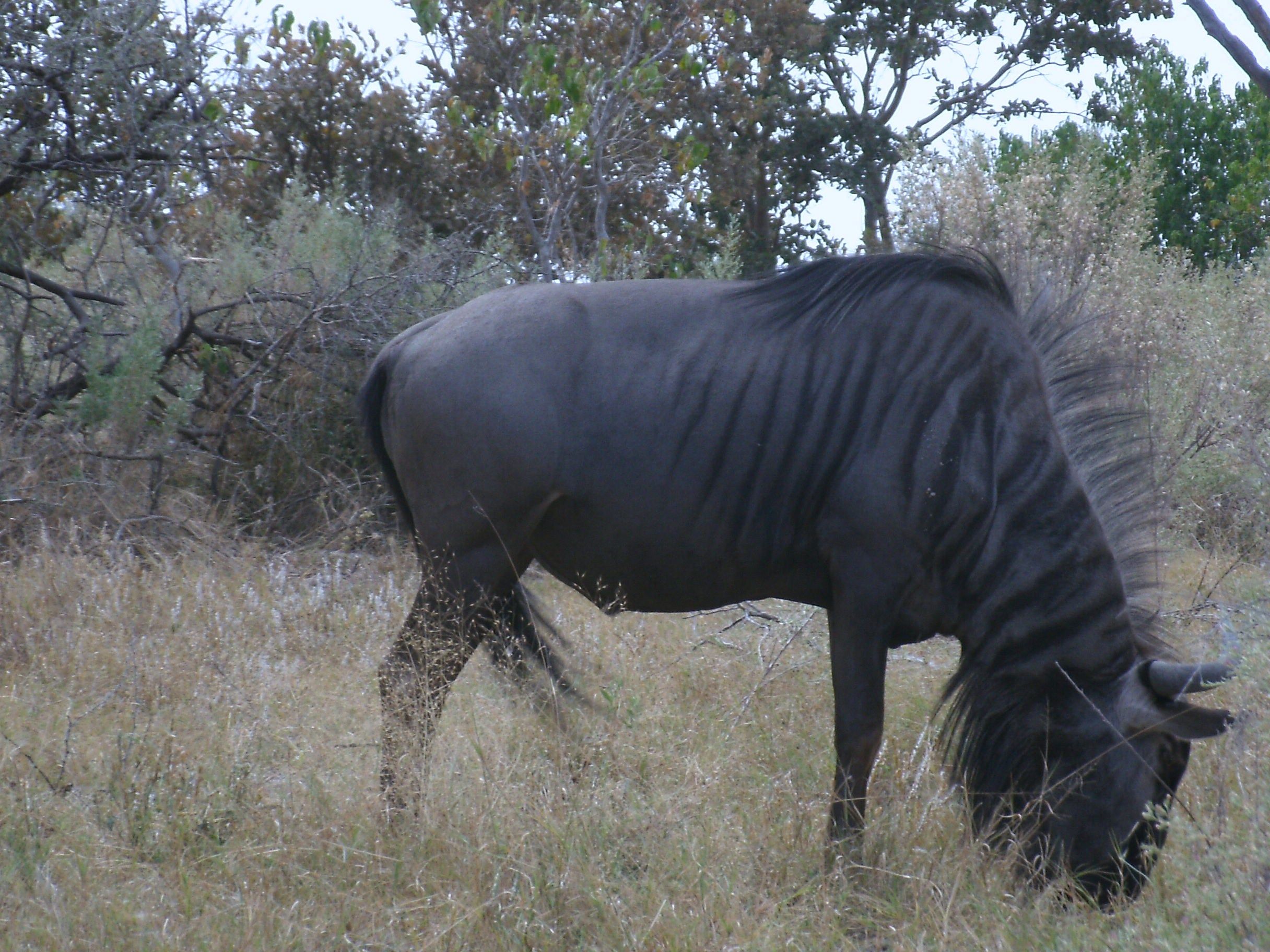
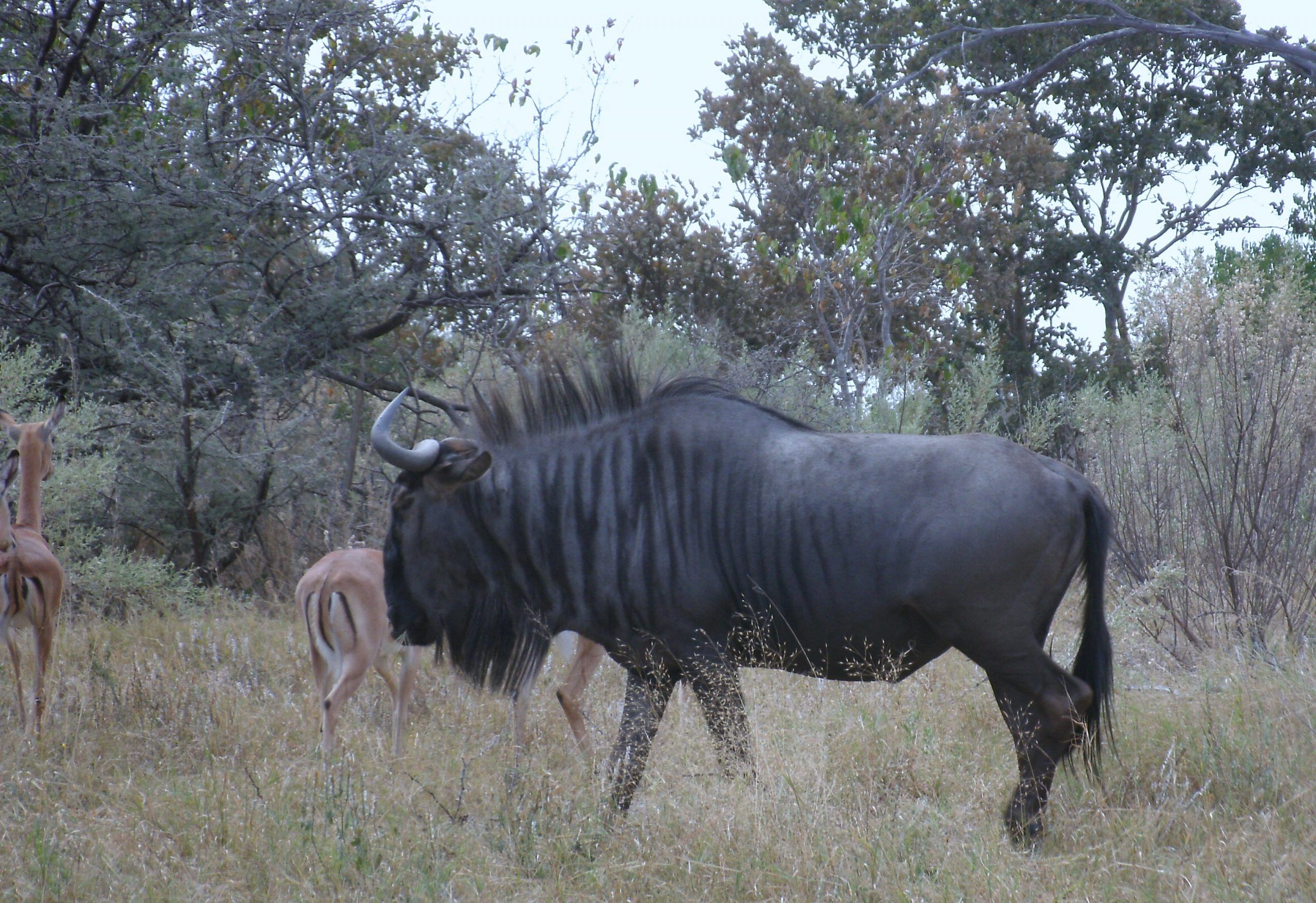
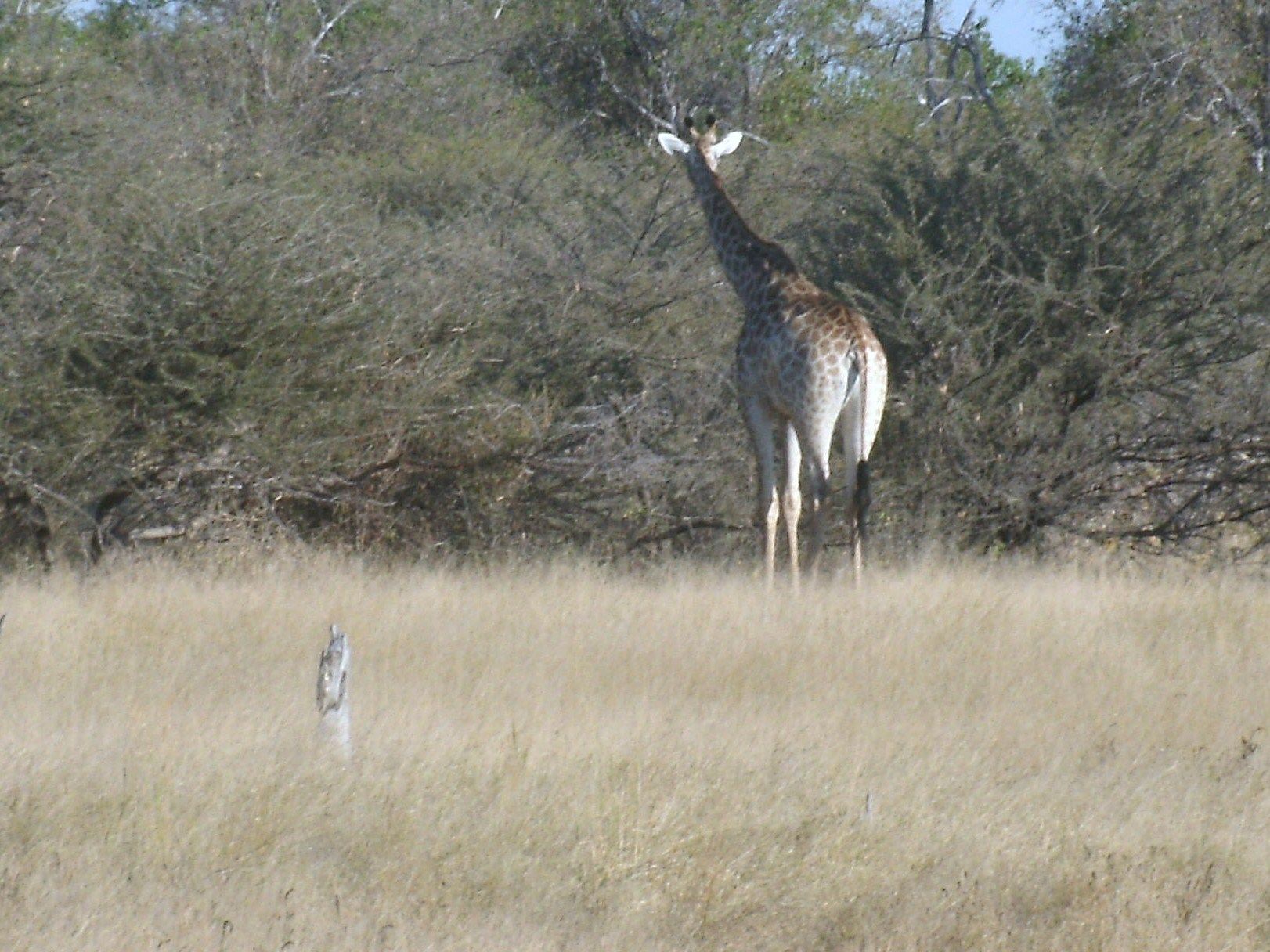
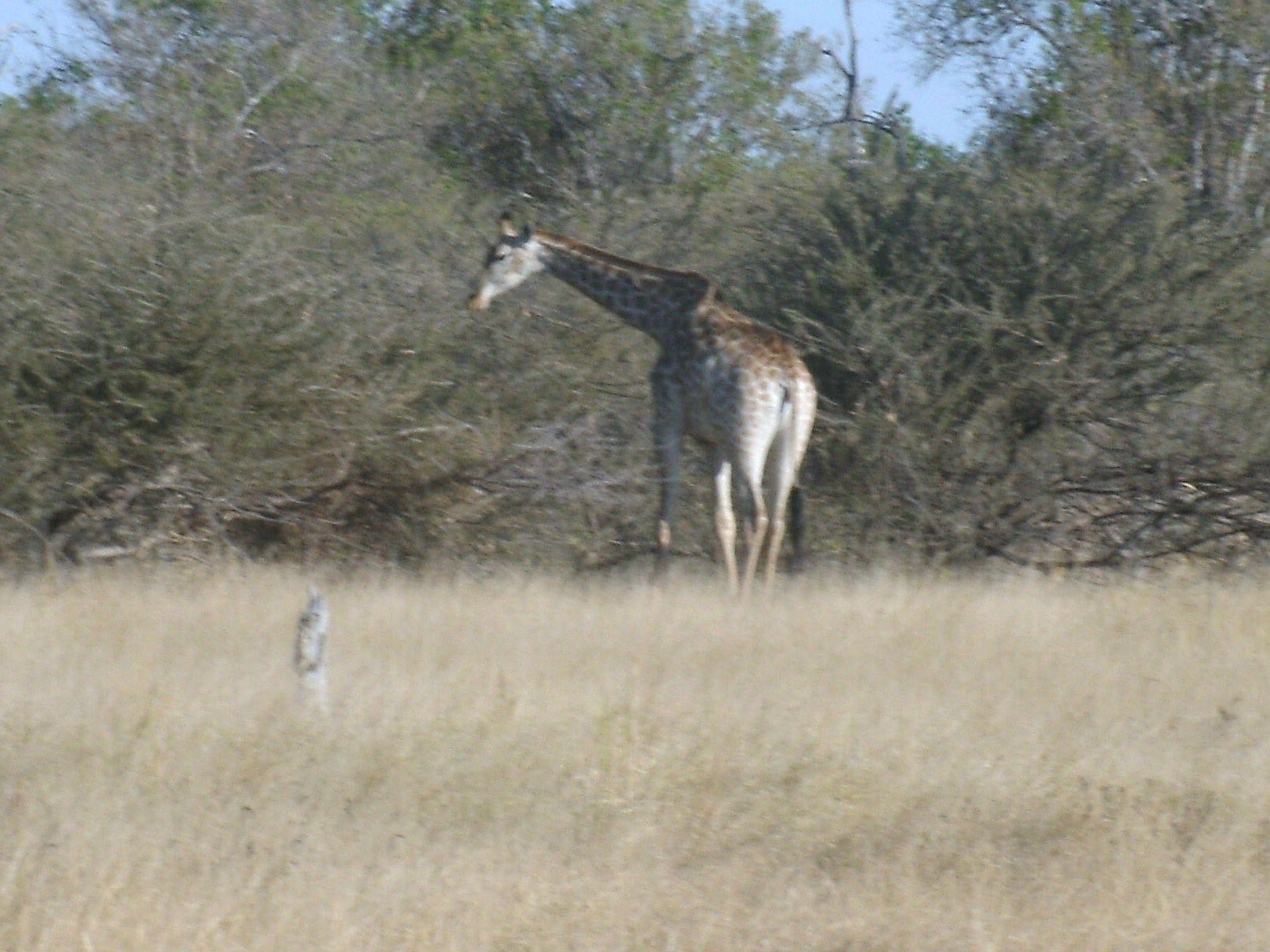
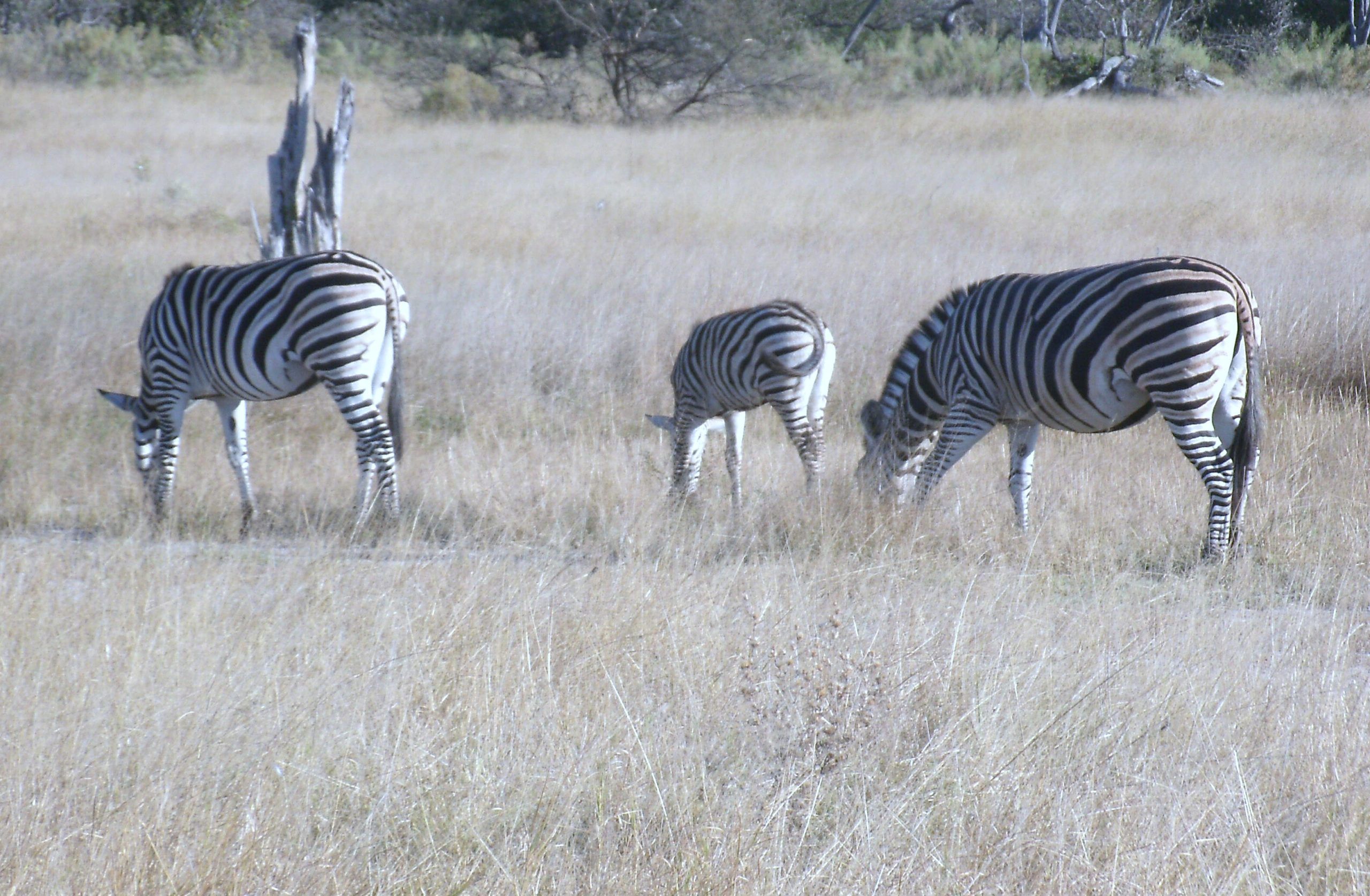
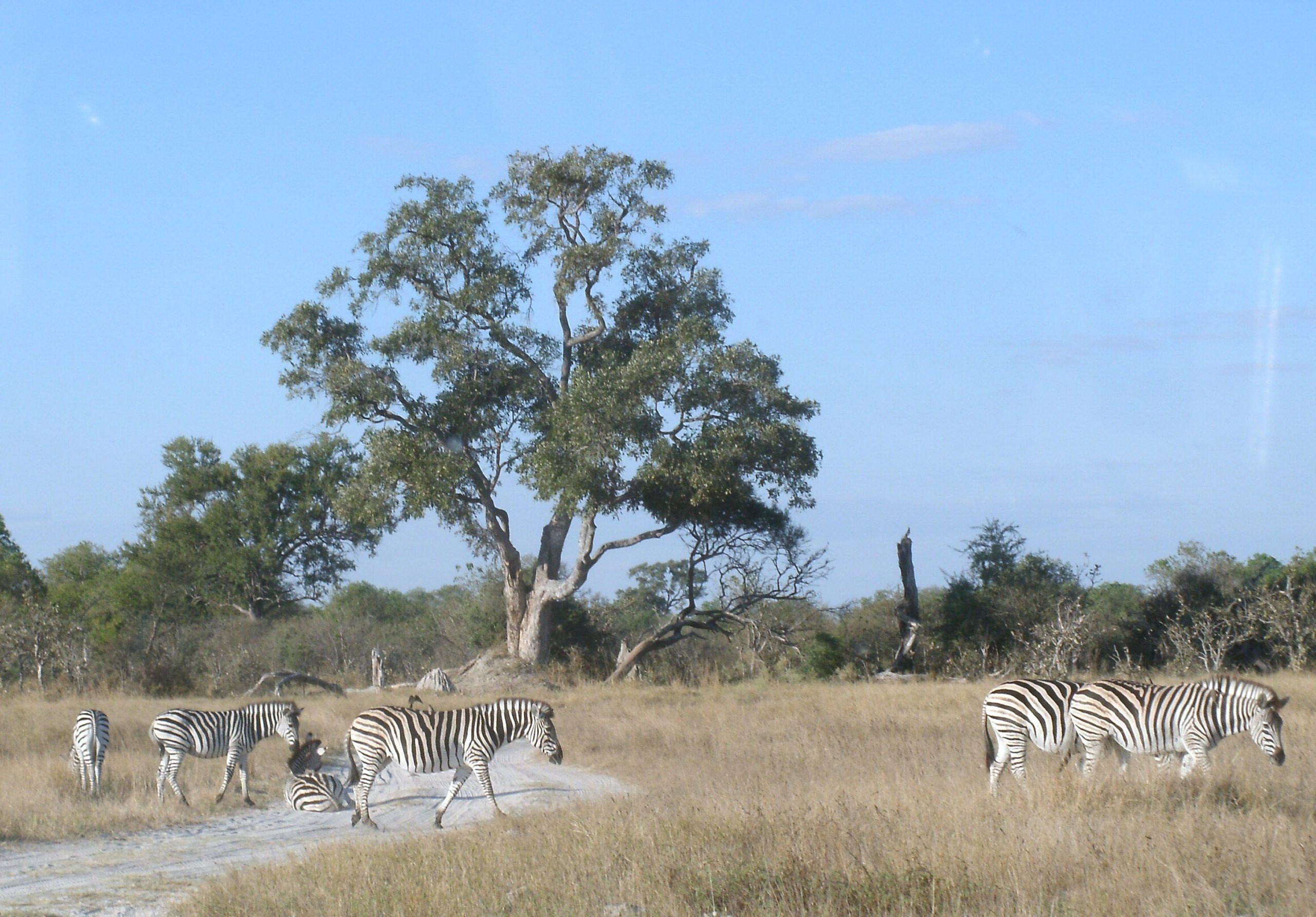
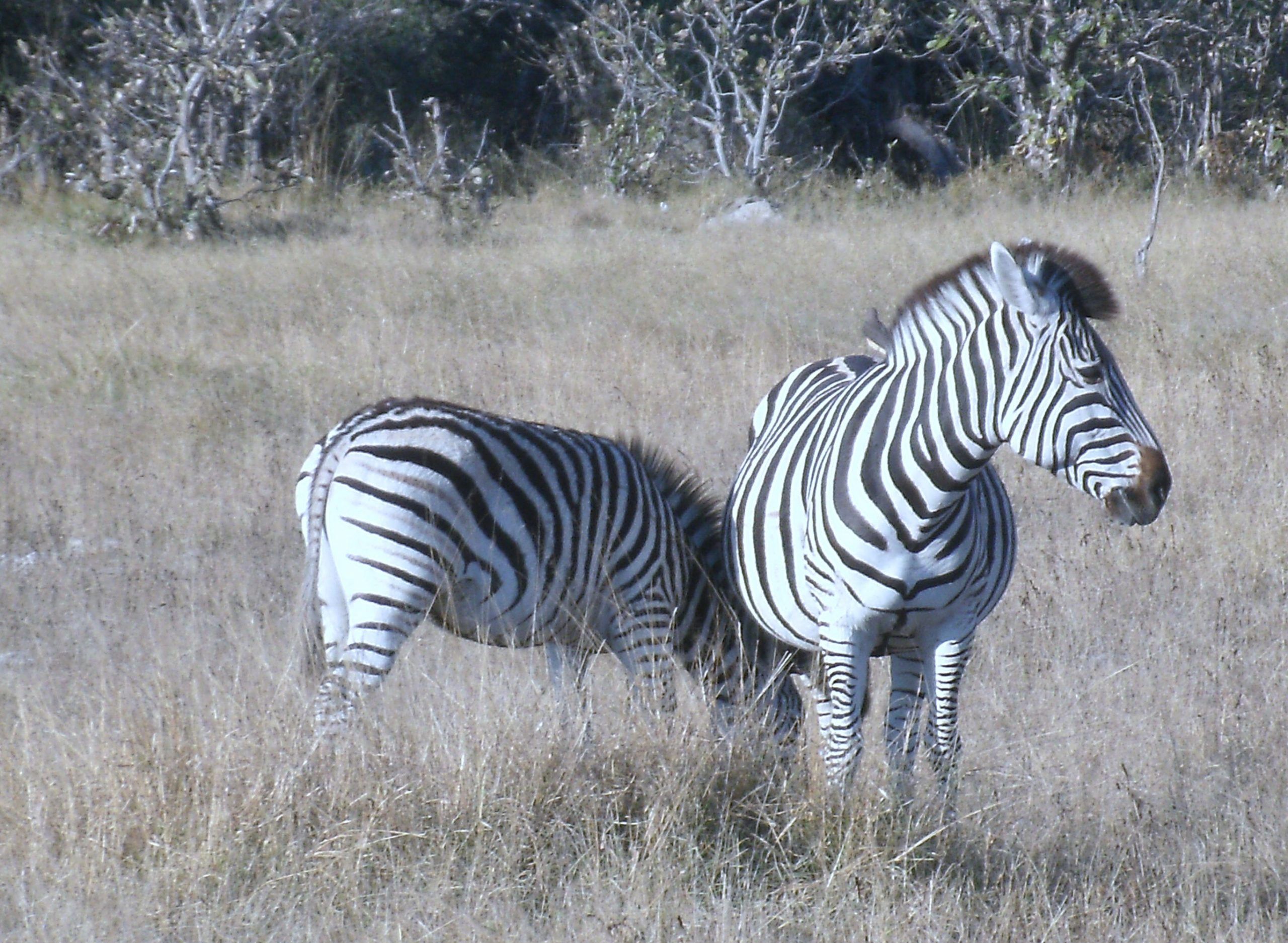
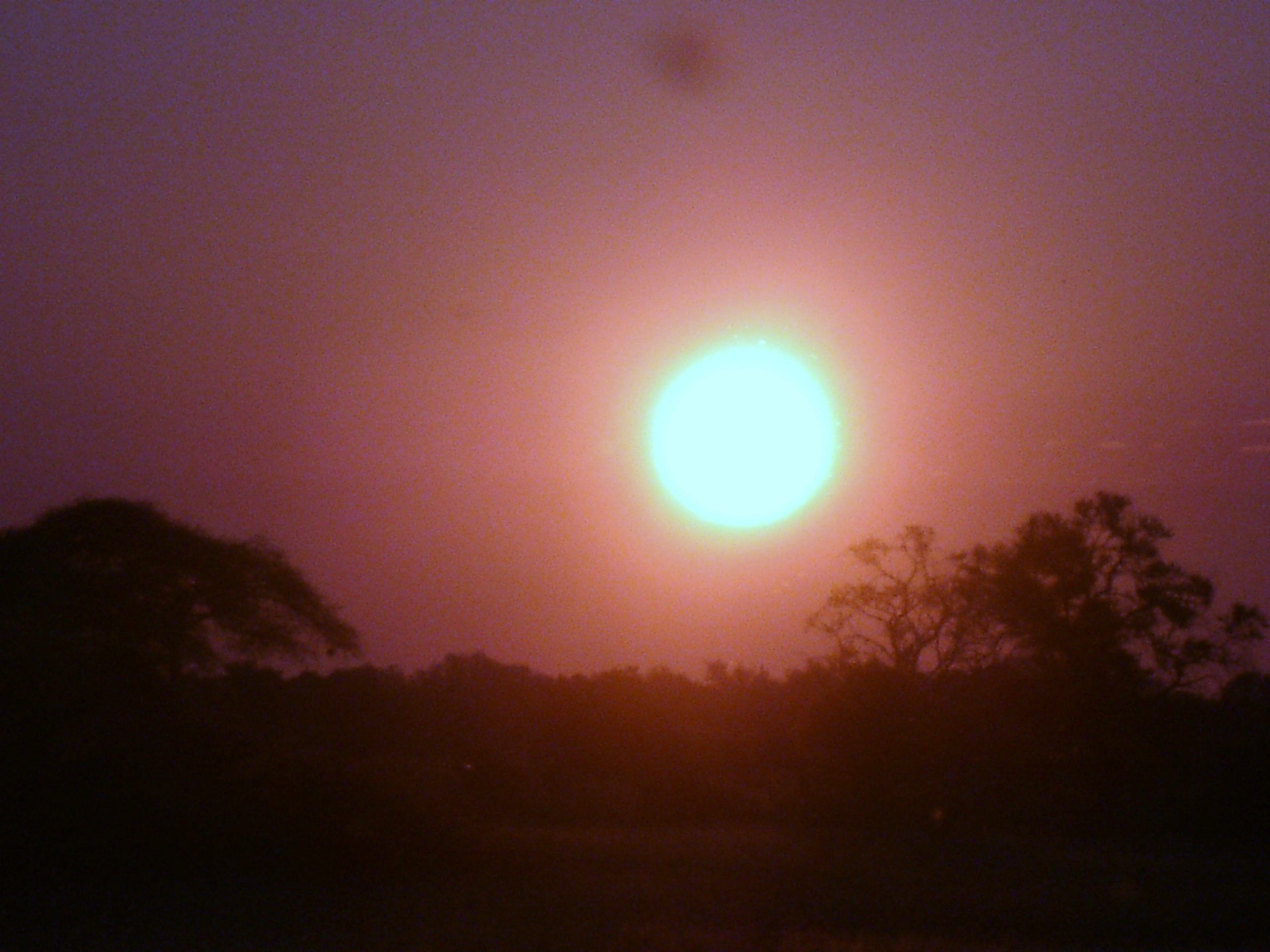
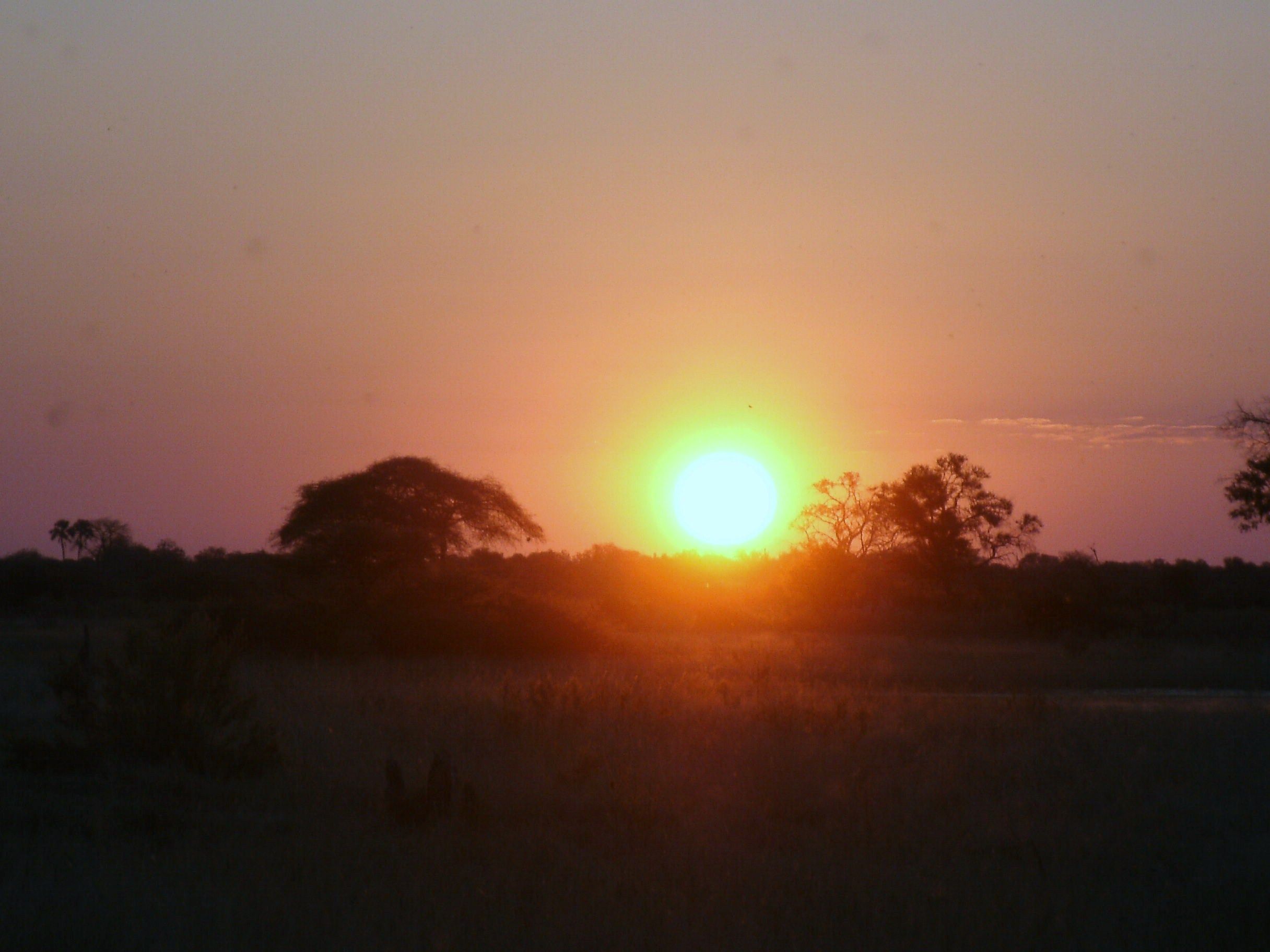
Day 7 – July 1
For the seventh day of the Botswana safari you will explore the Okavango Delta. You will be on mokoros being poled through wetlands and enjoy short walks on the islands.
Mokoros
The BaYei people came to the Okavango Delta hundreds of years ago, bringing with them, their traditional mode of transport, the mokoro, a dug-out canoe made from a large straight tree such as a sausage tree or an ebony tree. The mokoro is ideally suited as transport in the delta. It can move quietly through shallow water, being pushed by the boatman using a long pole, moving along the narrow channels or cutting through the long grasses or papyrus.
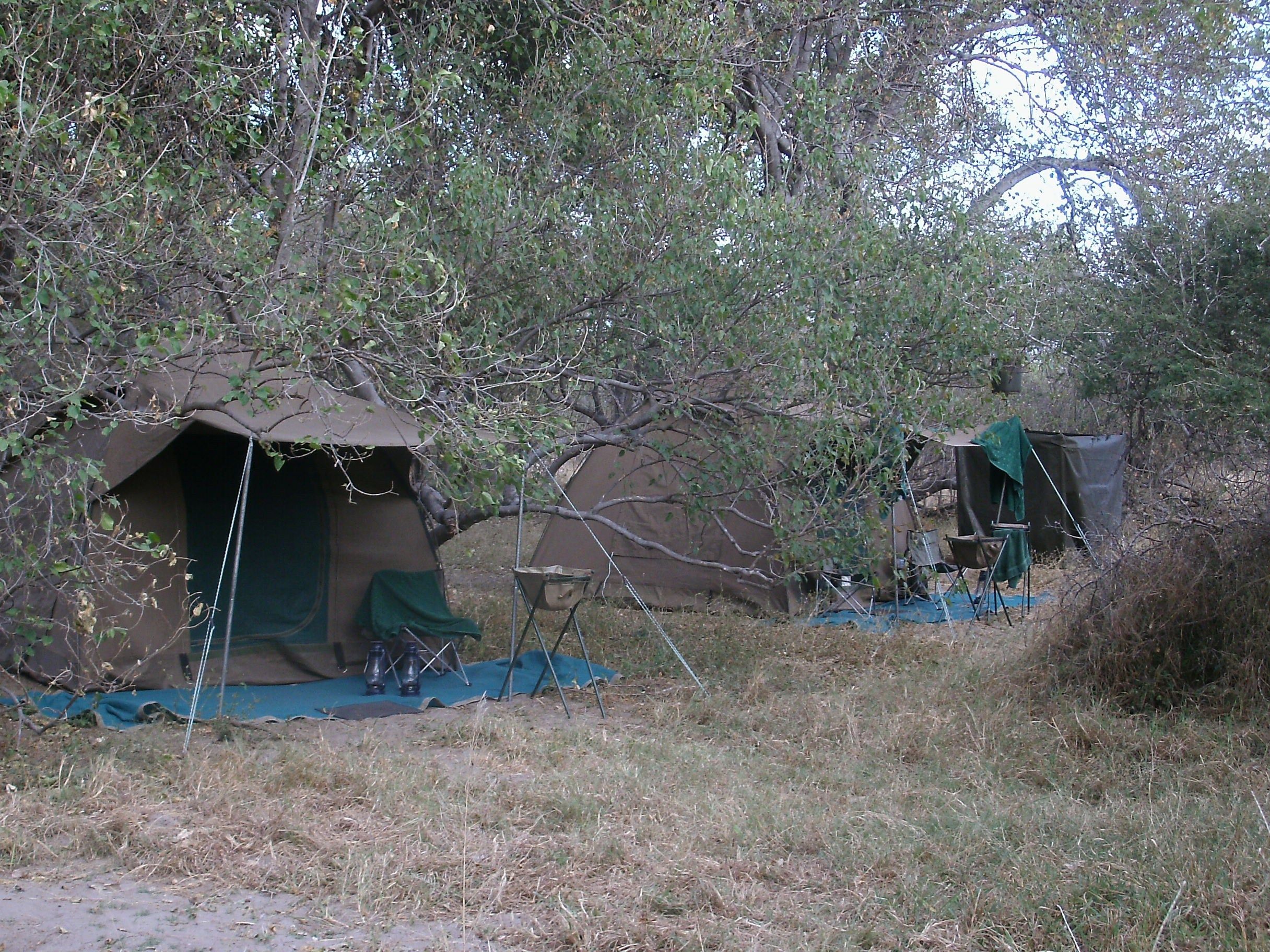
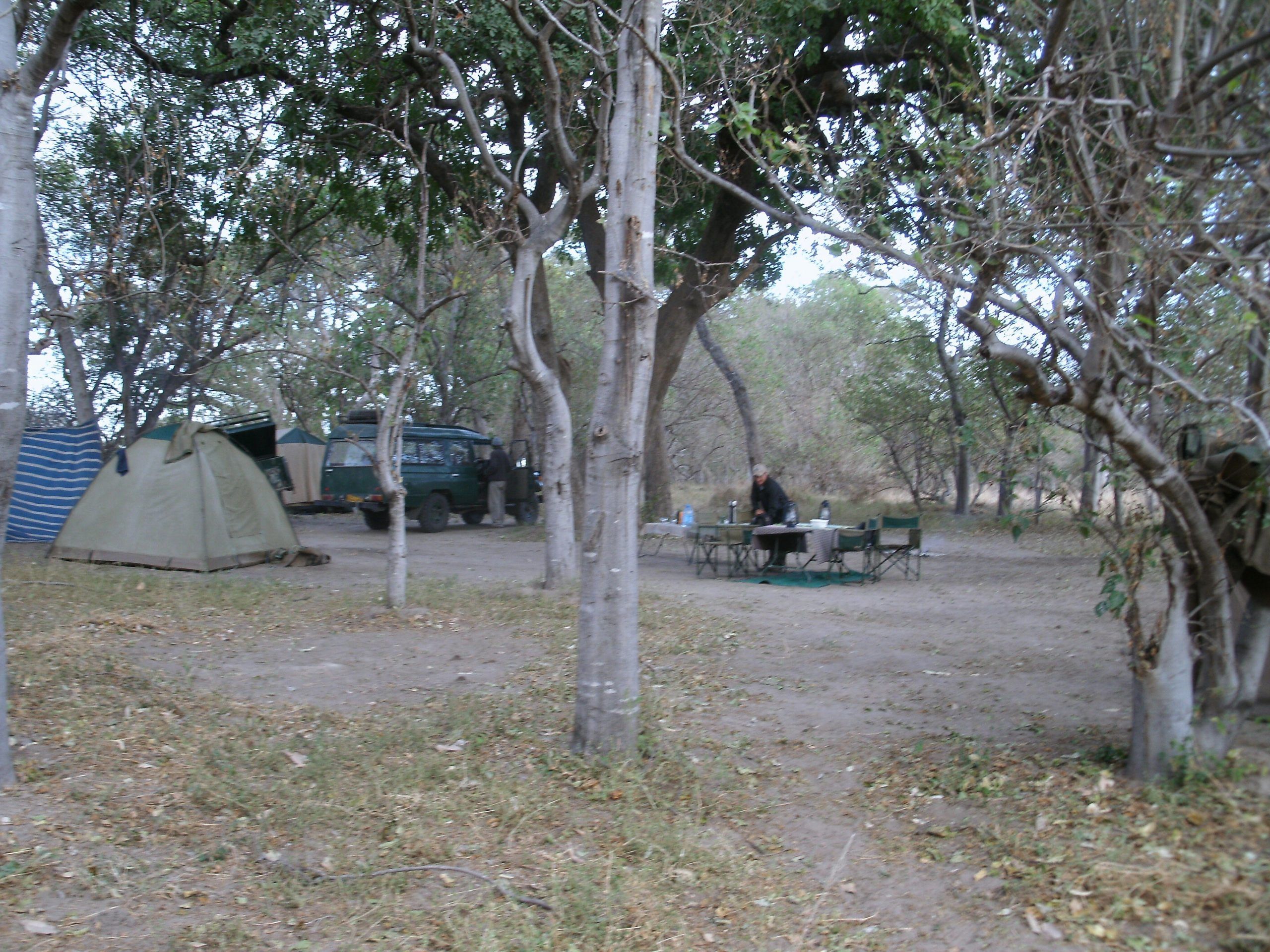
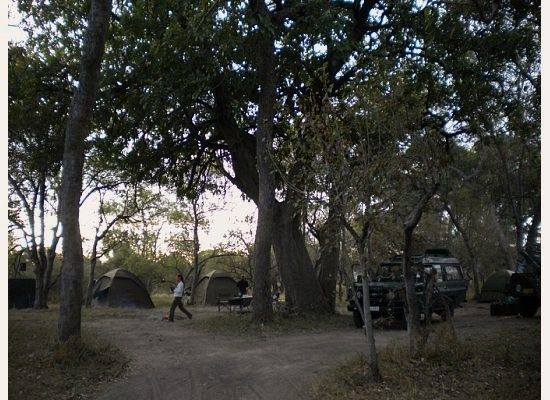
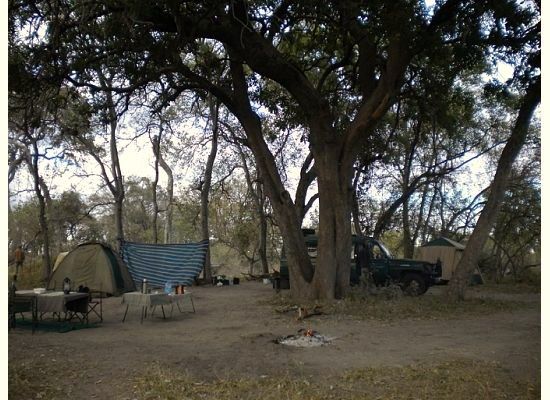
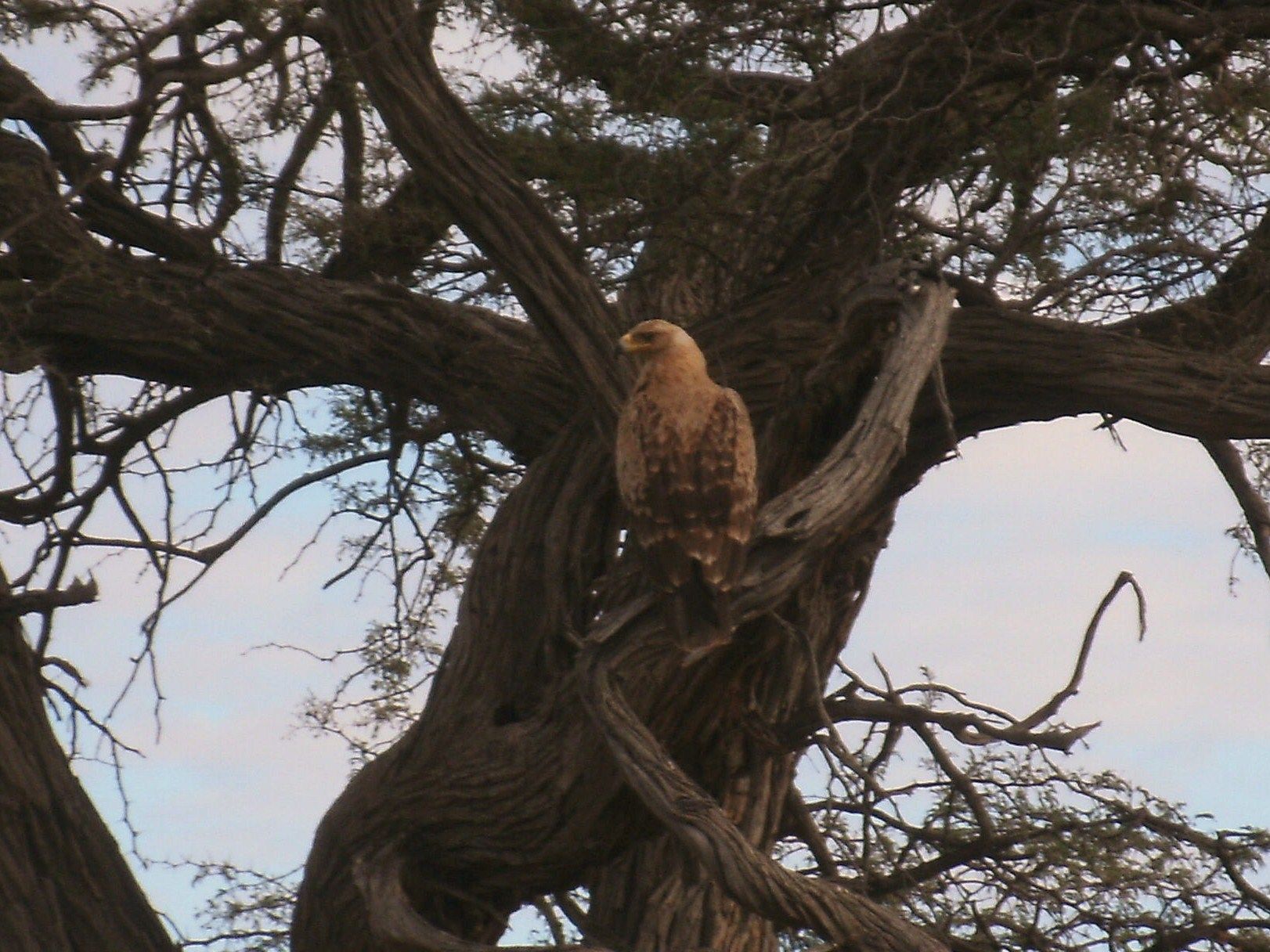
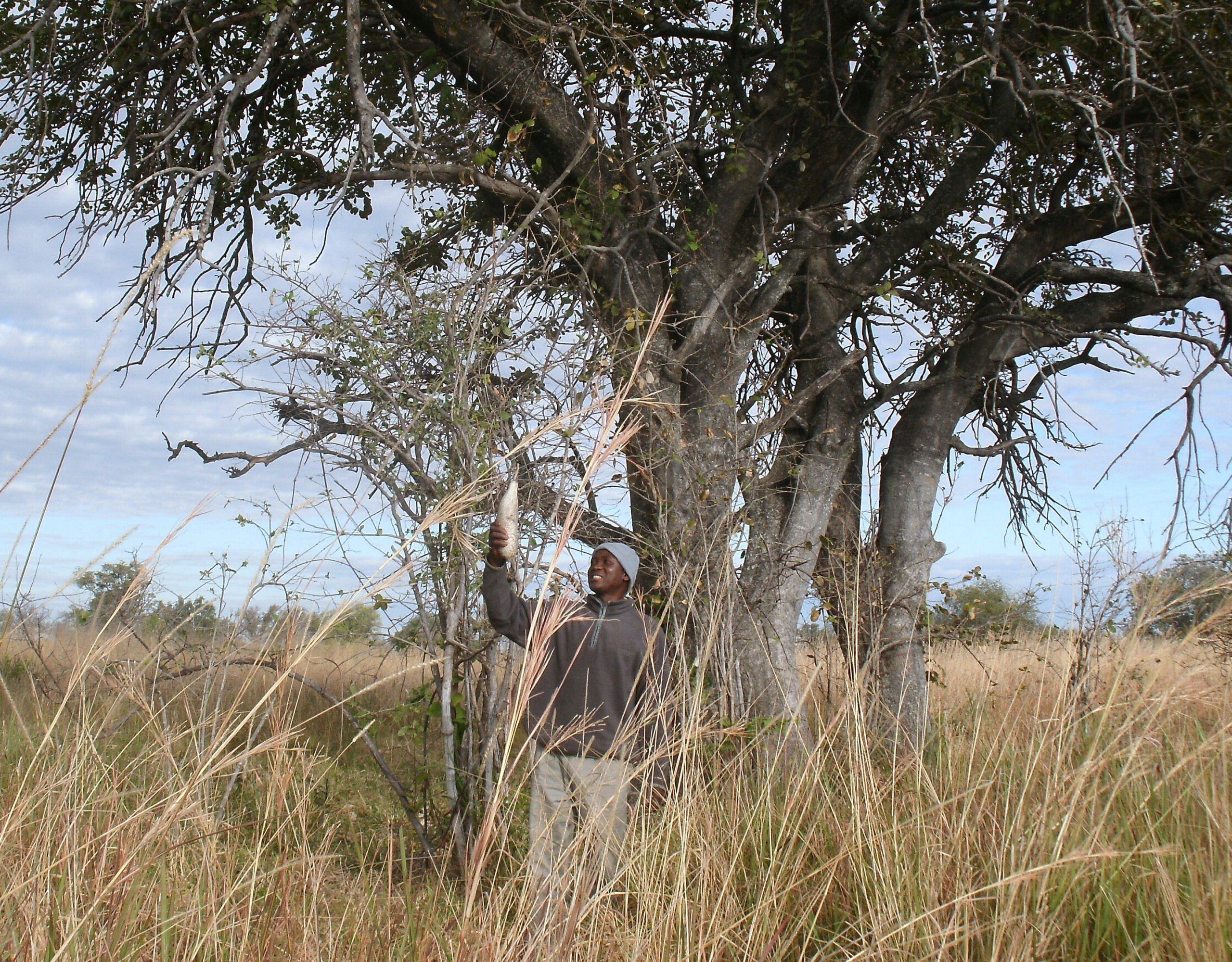
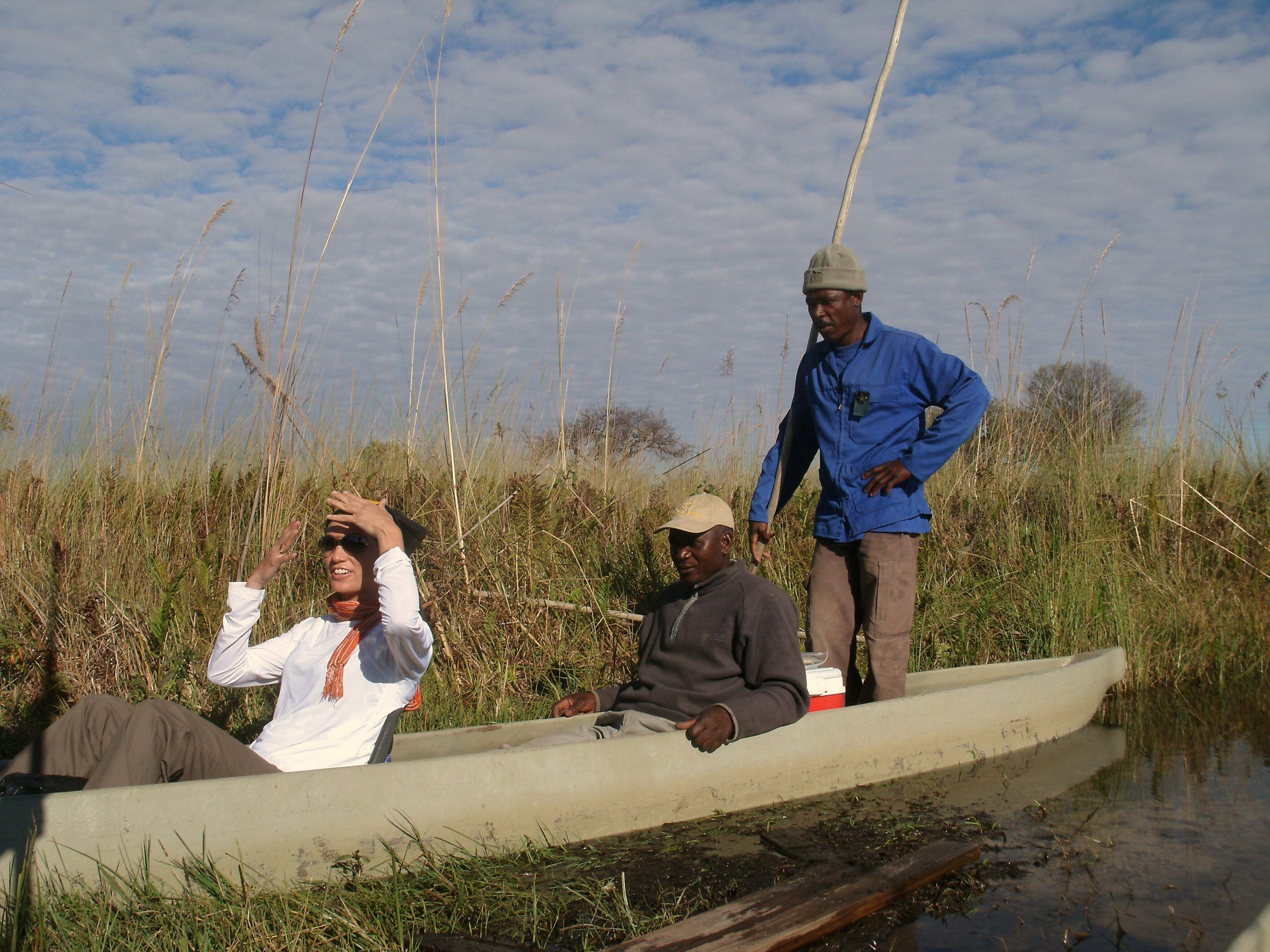
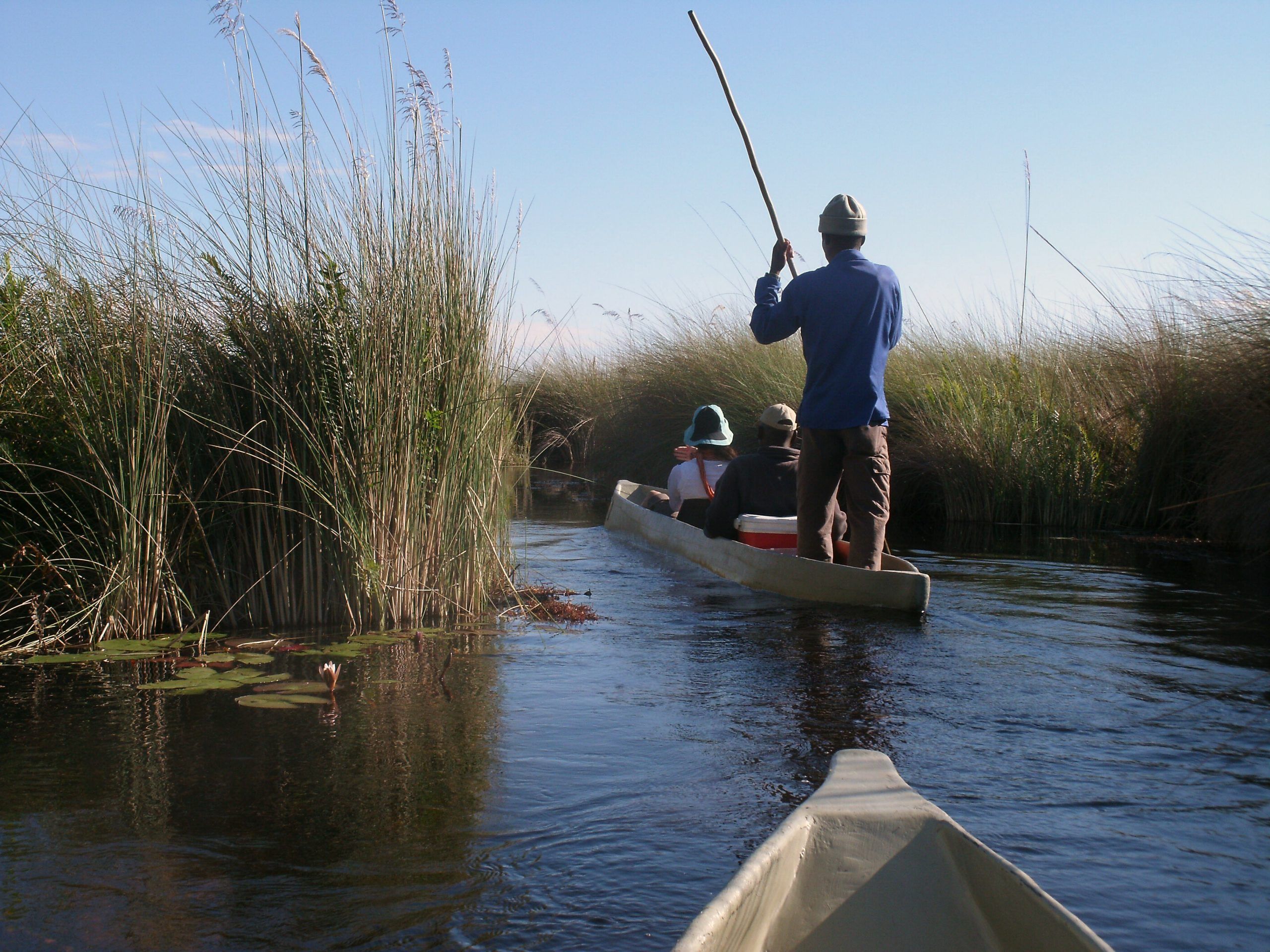
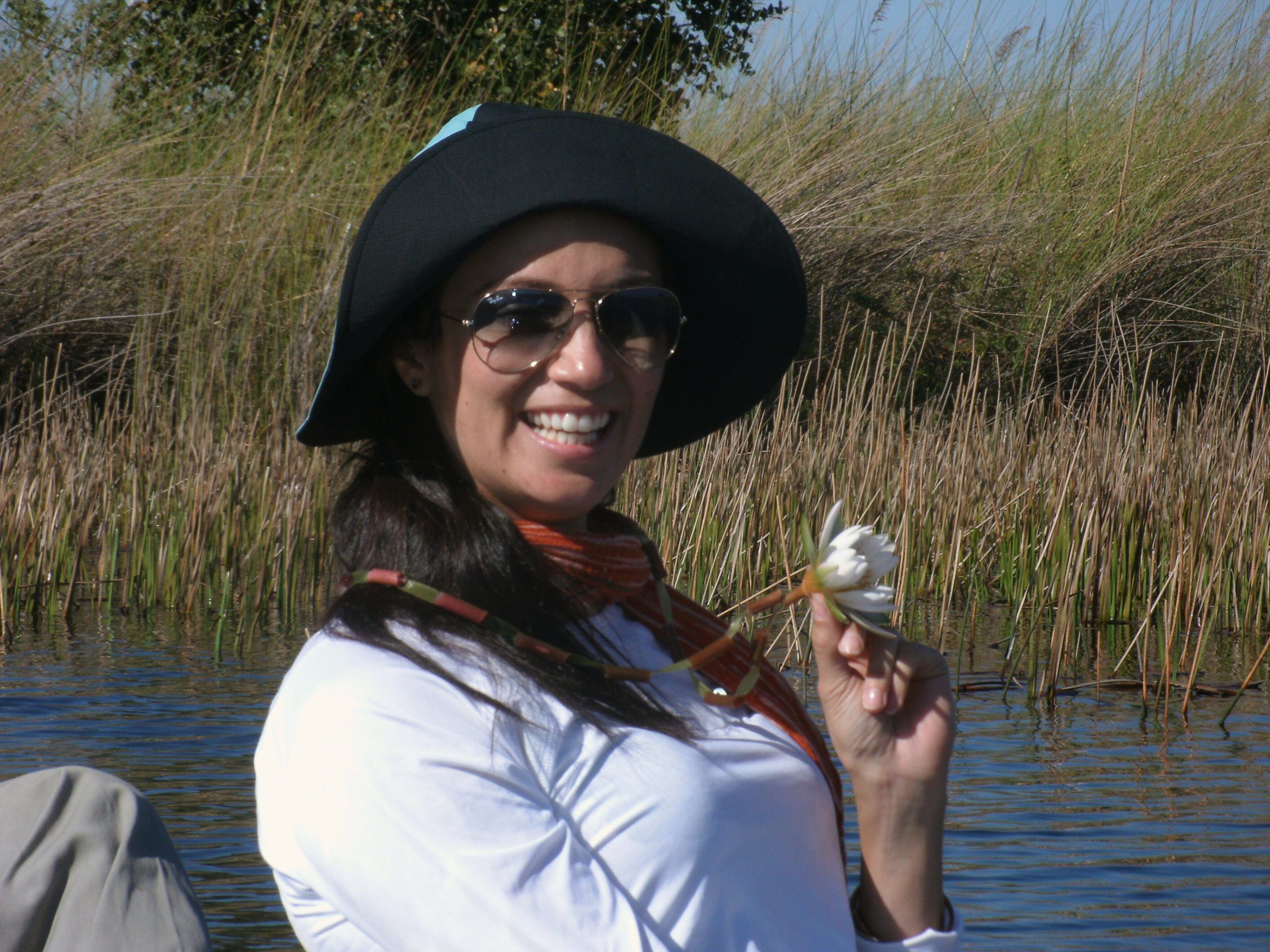
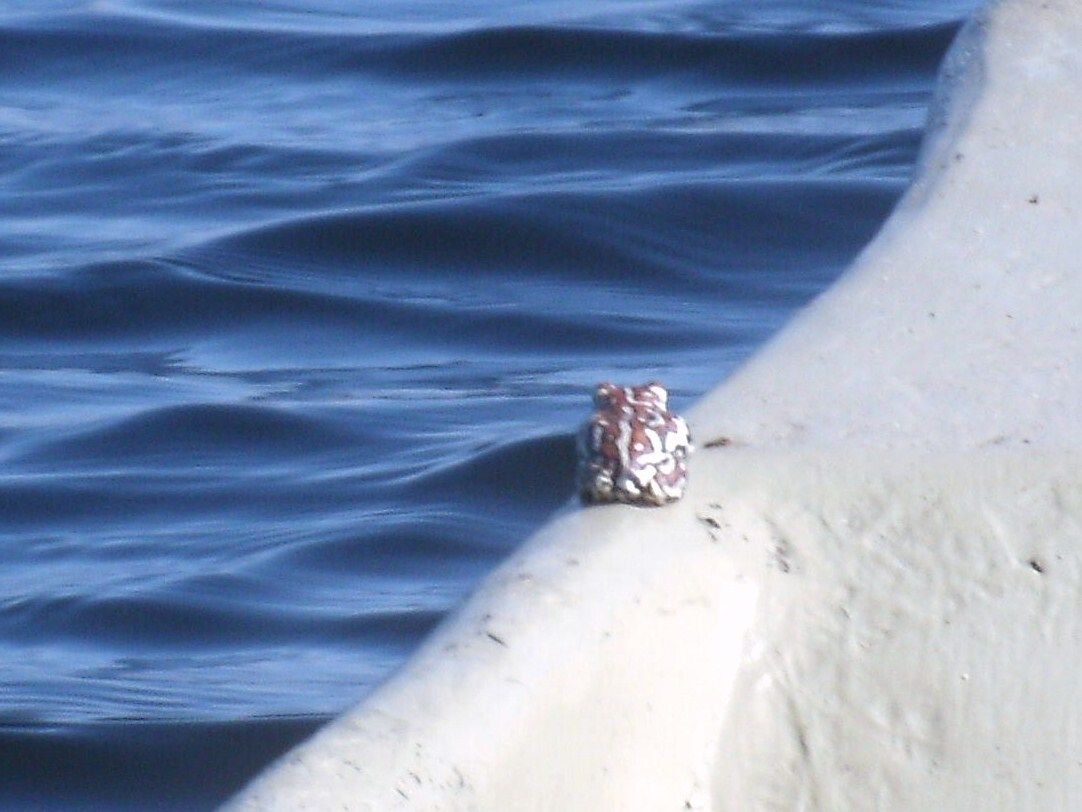
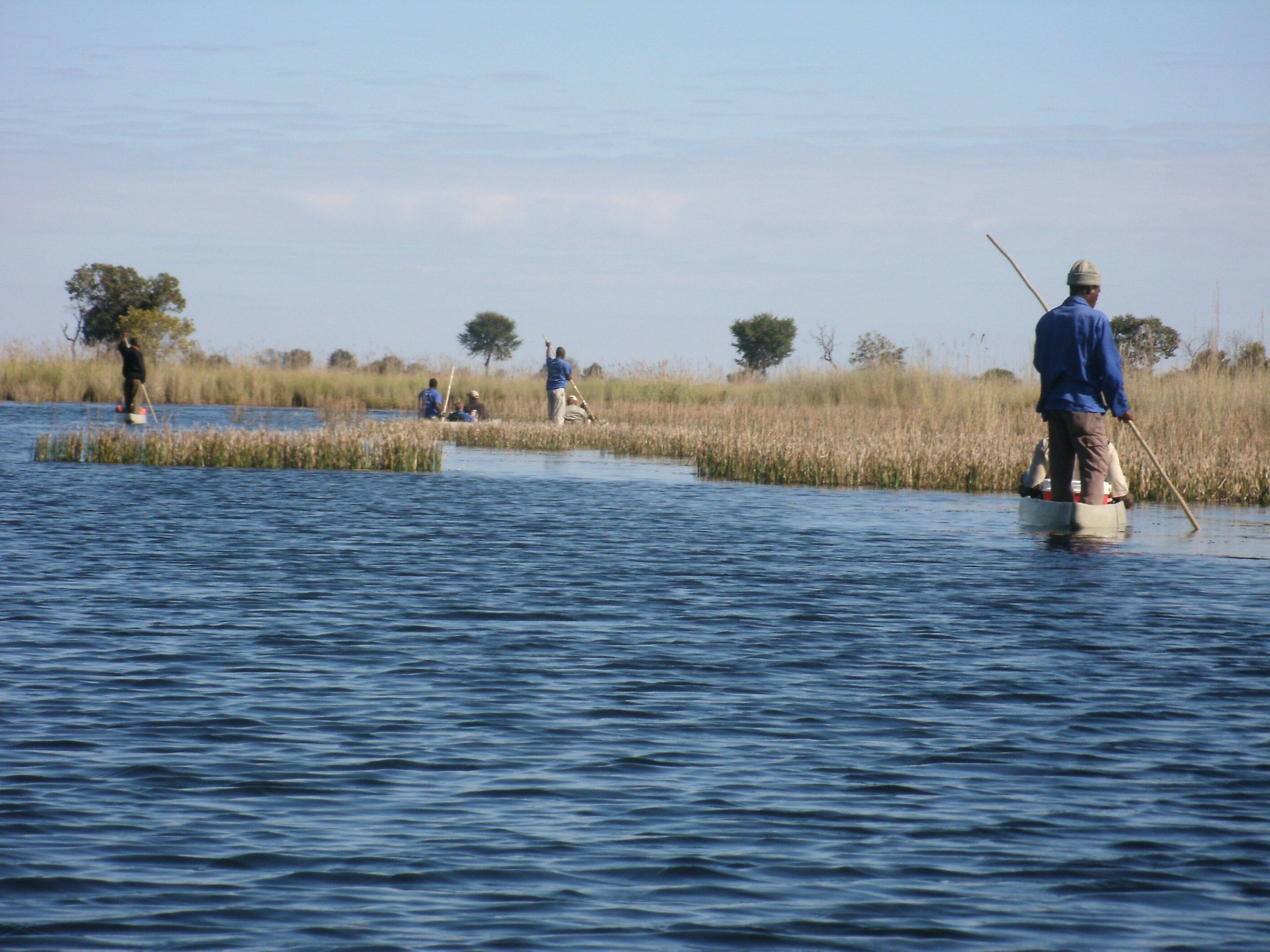
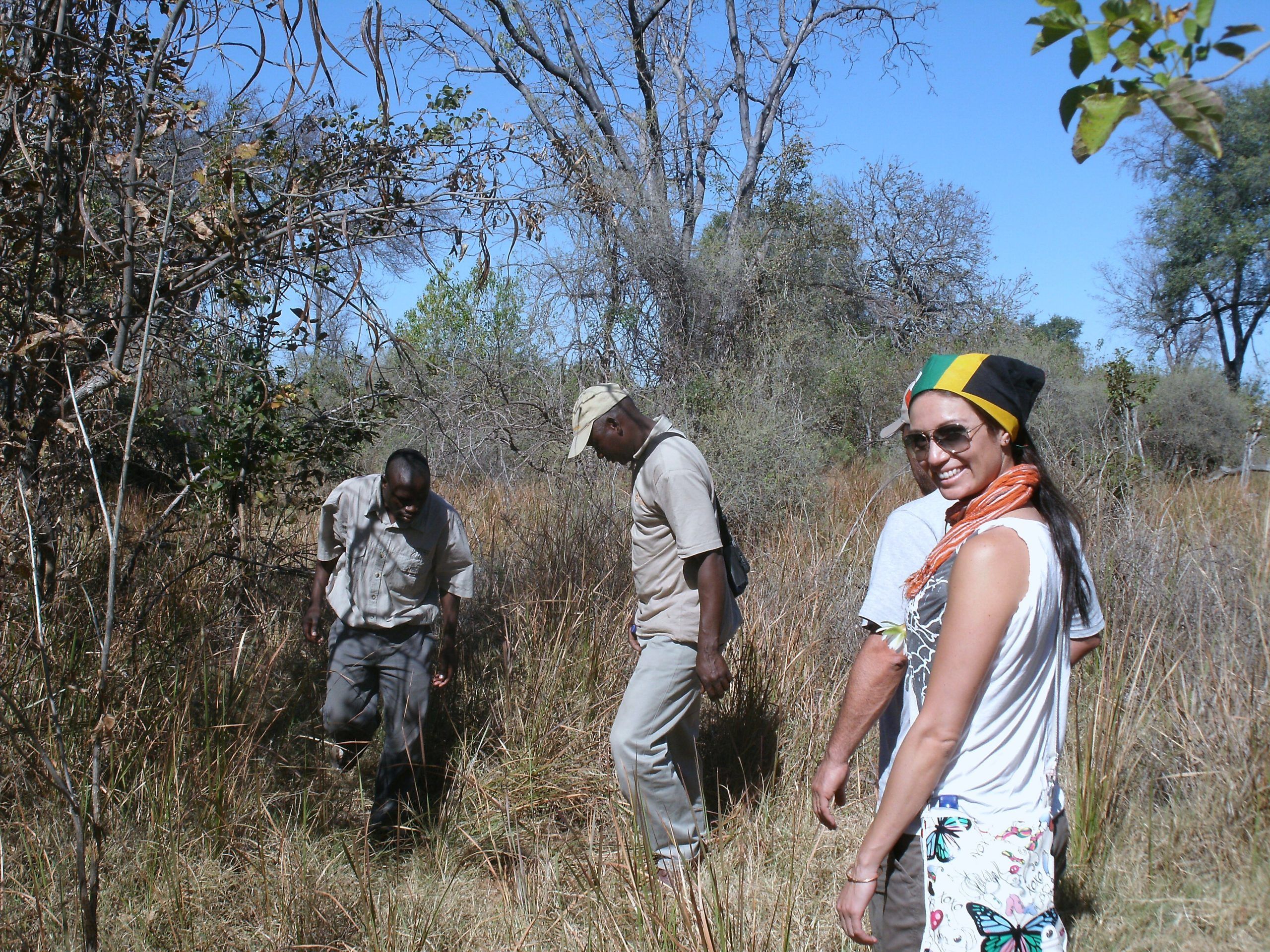
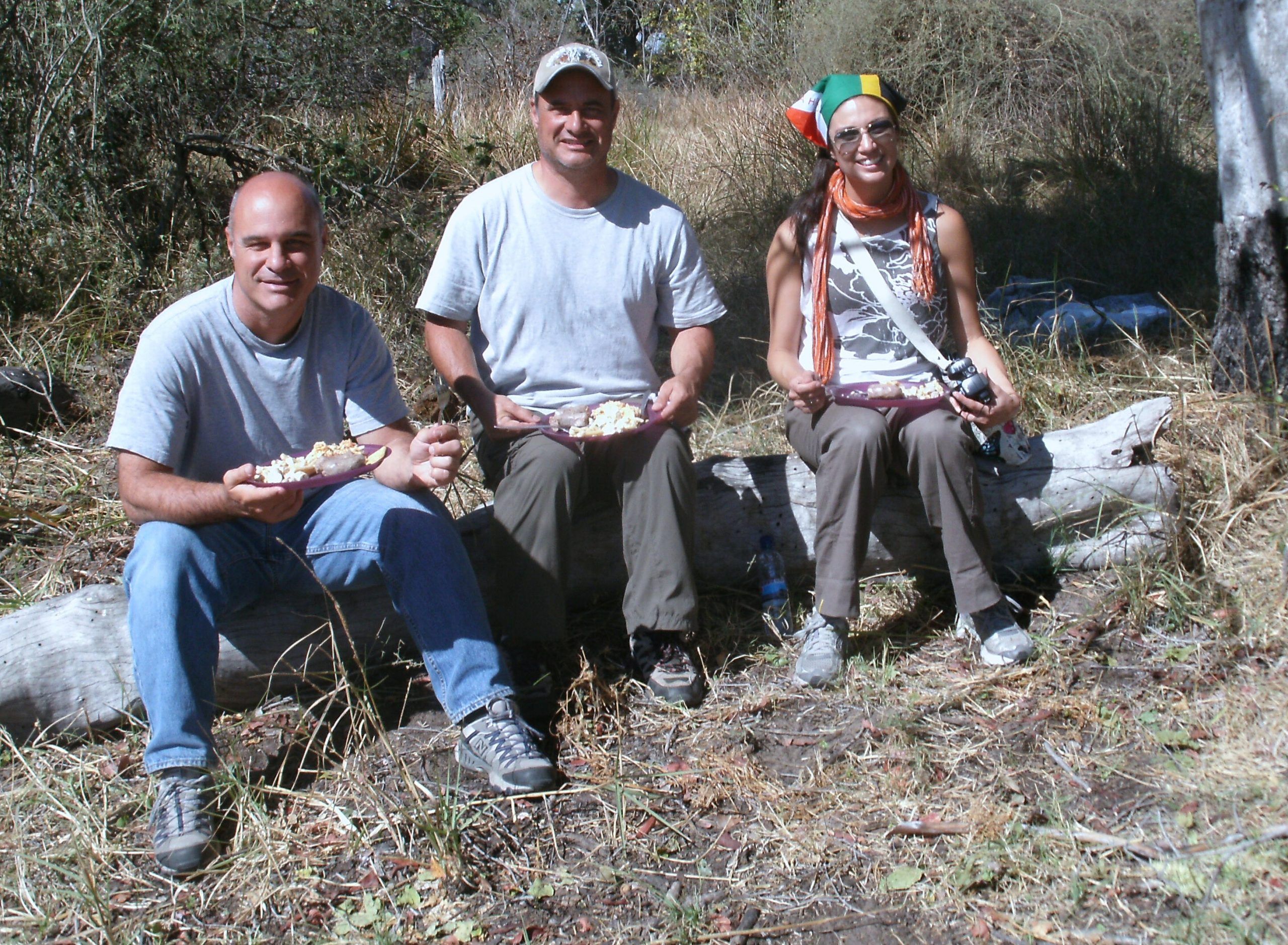
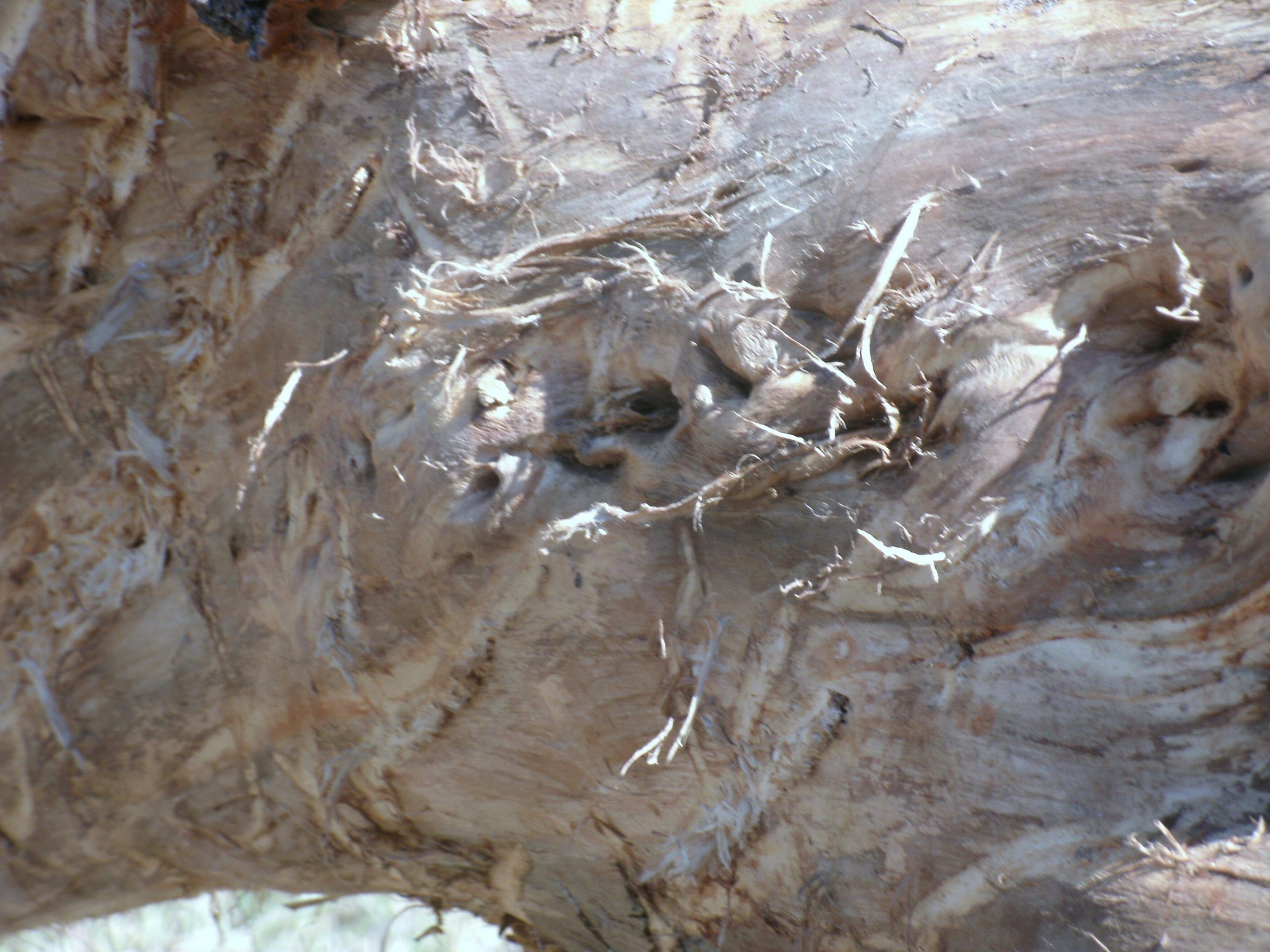
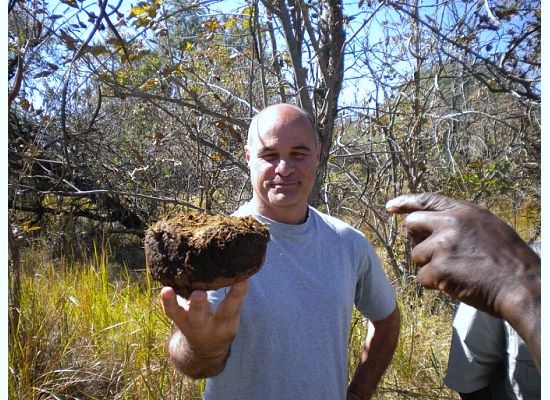
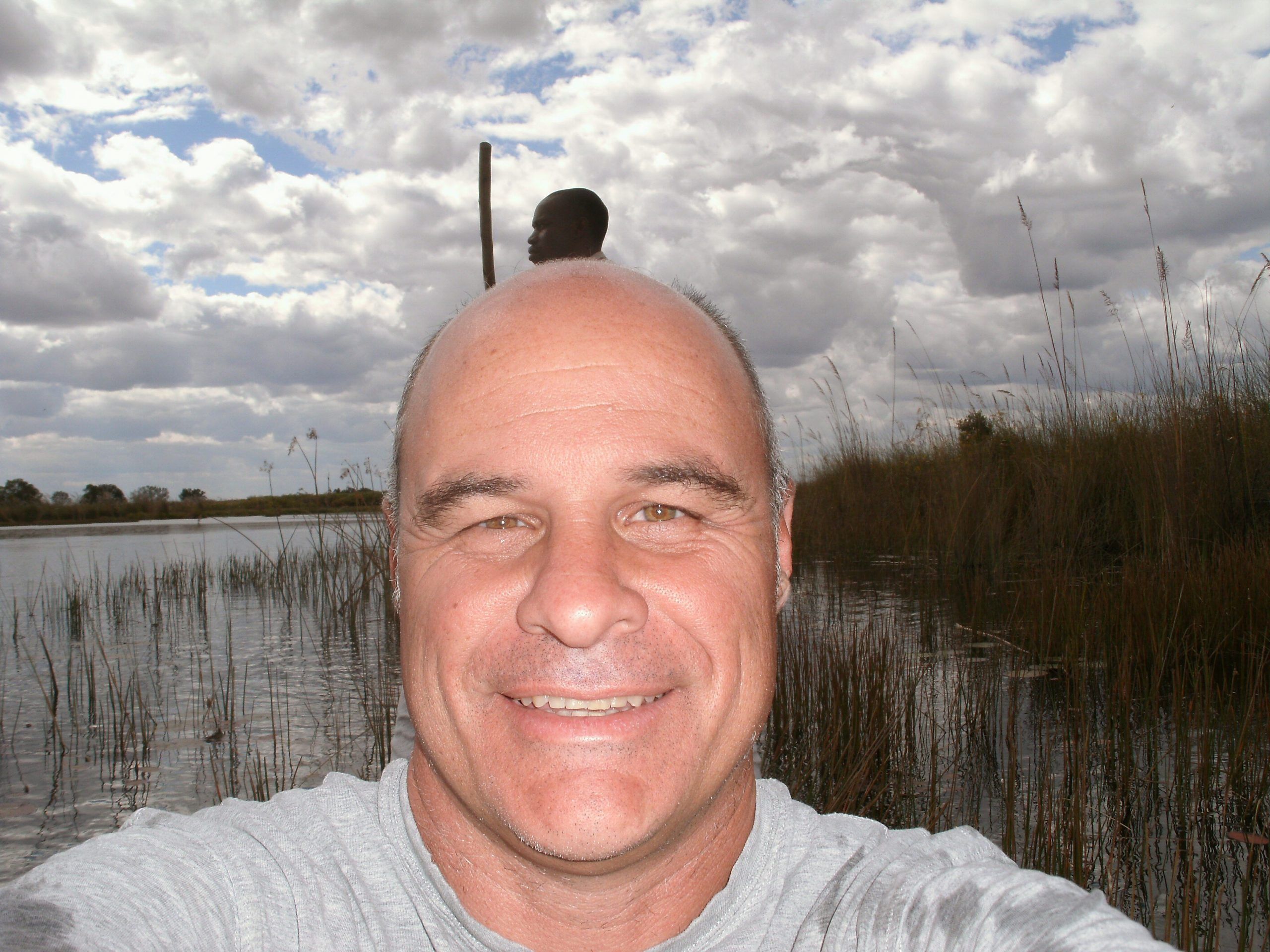
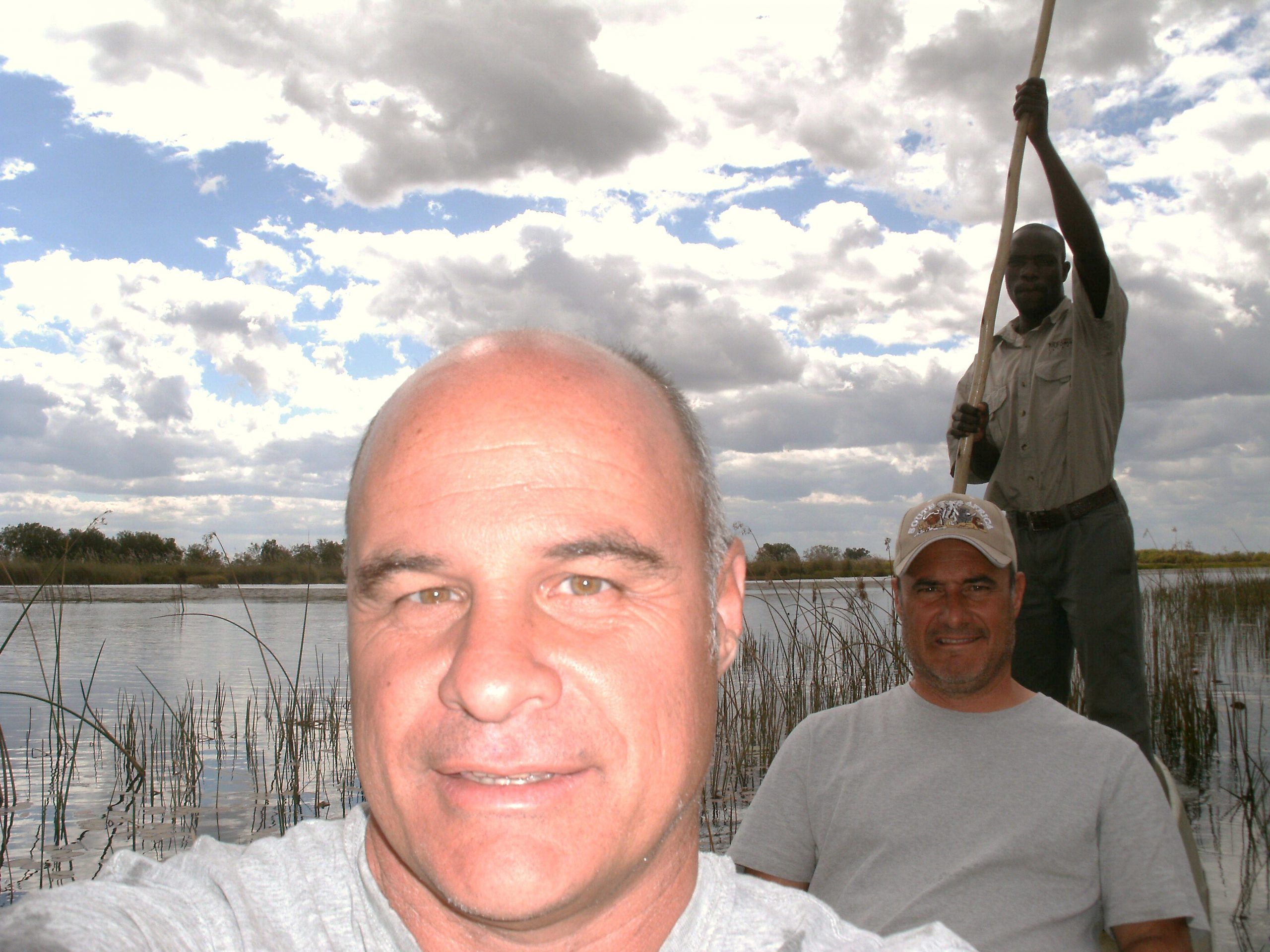
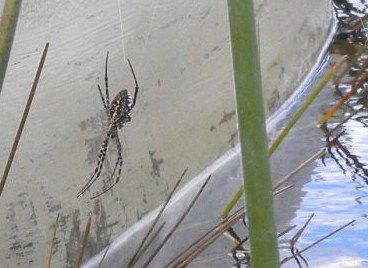
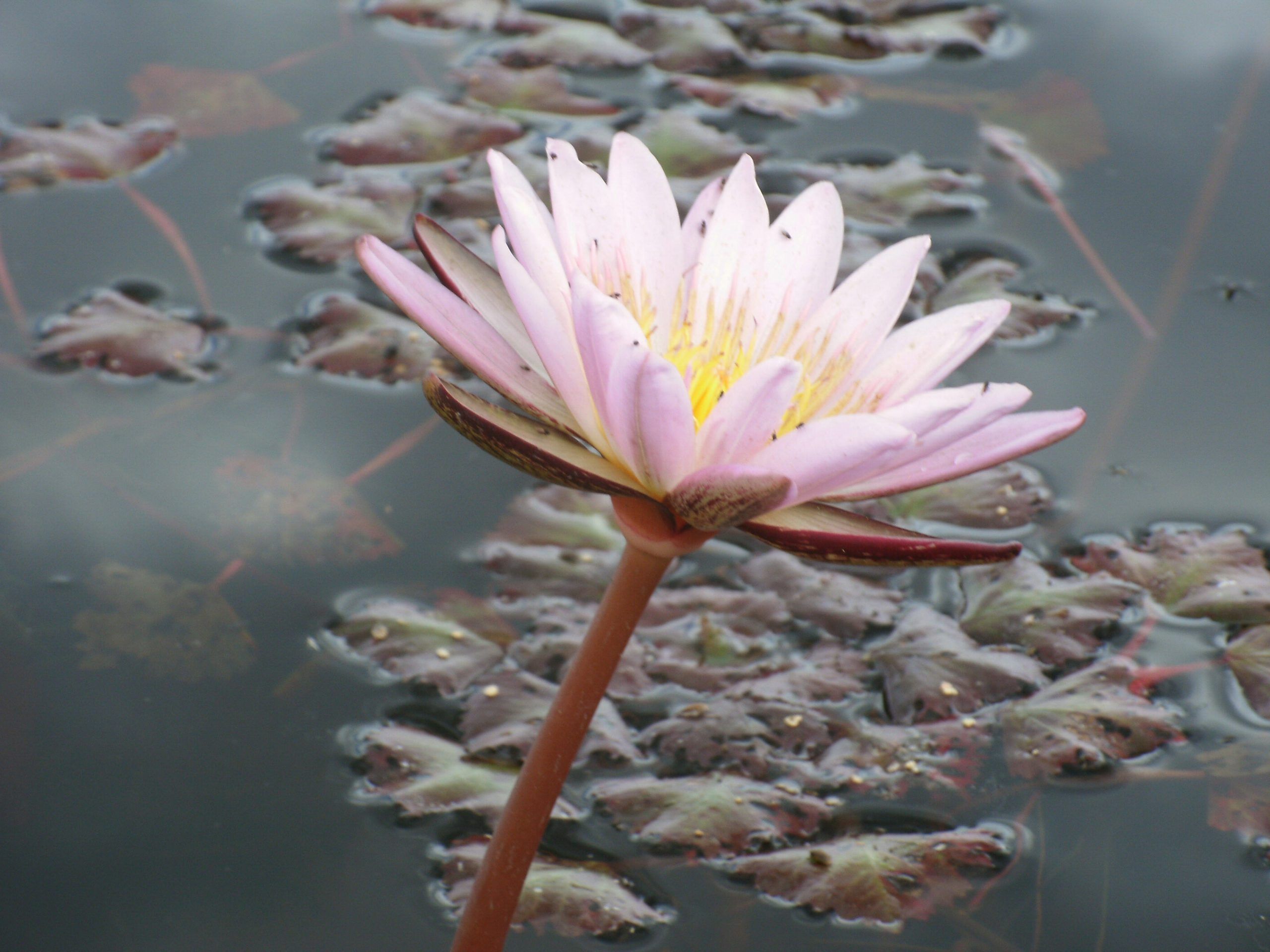
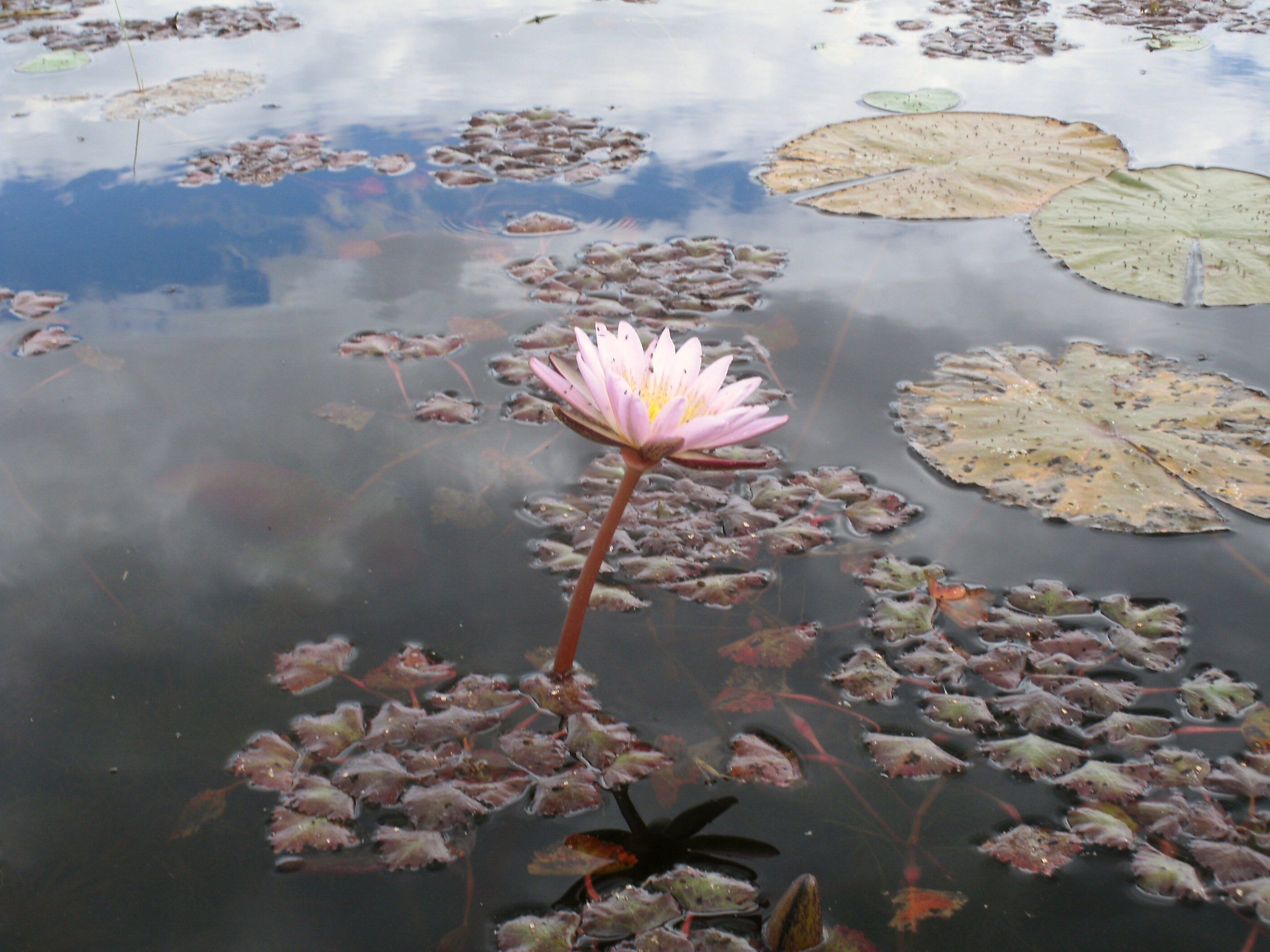
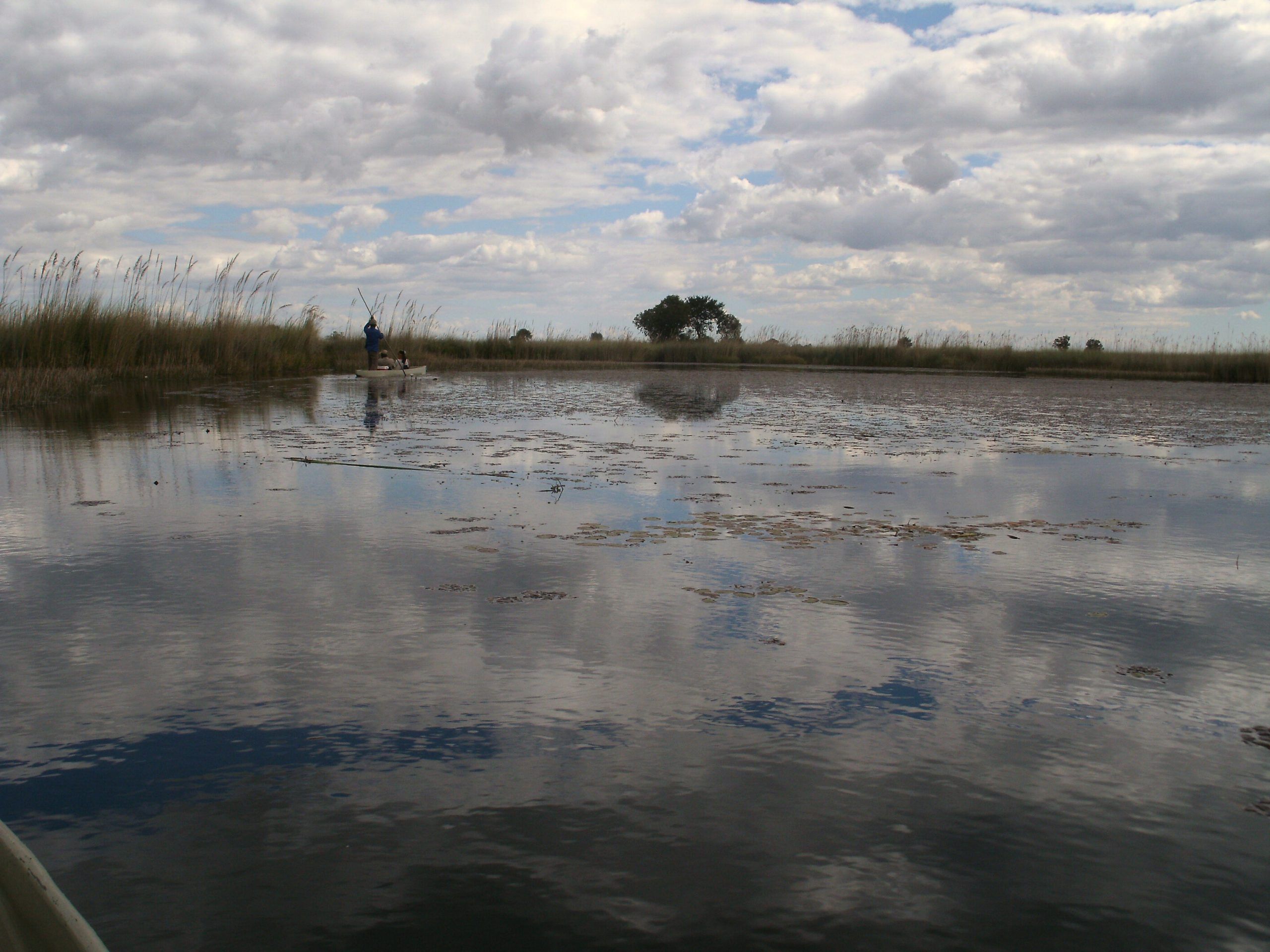
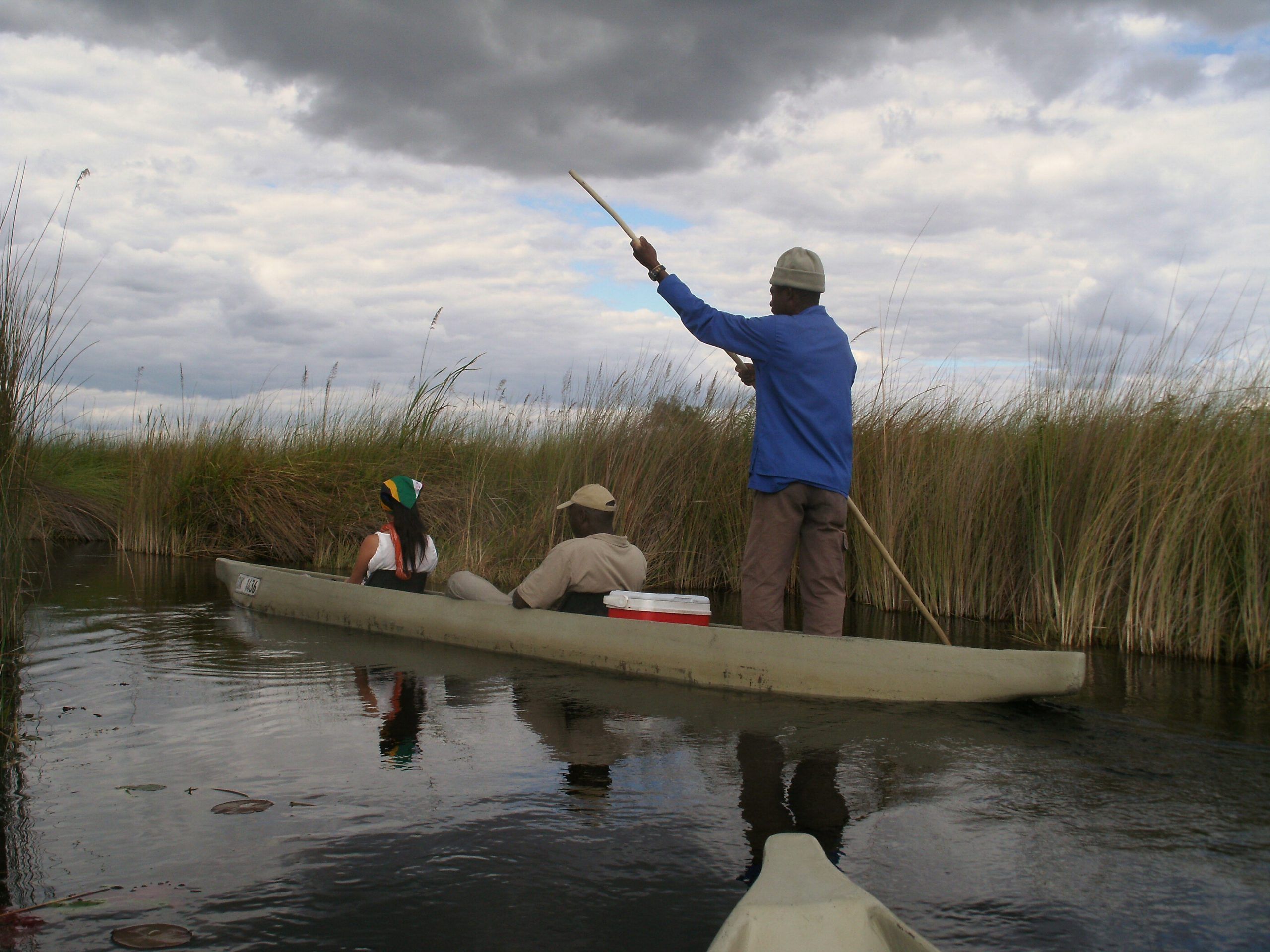
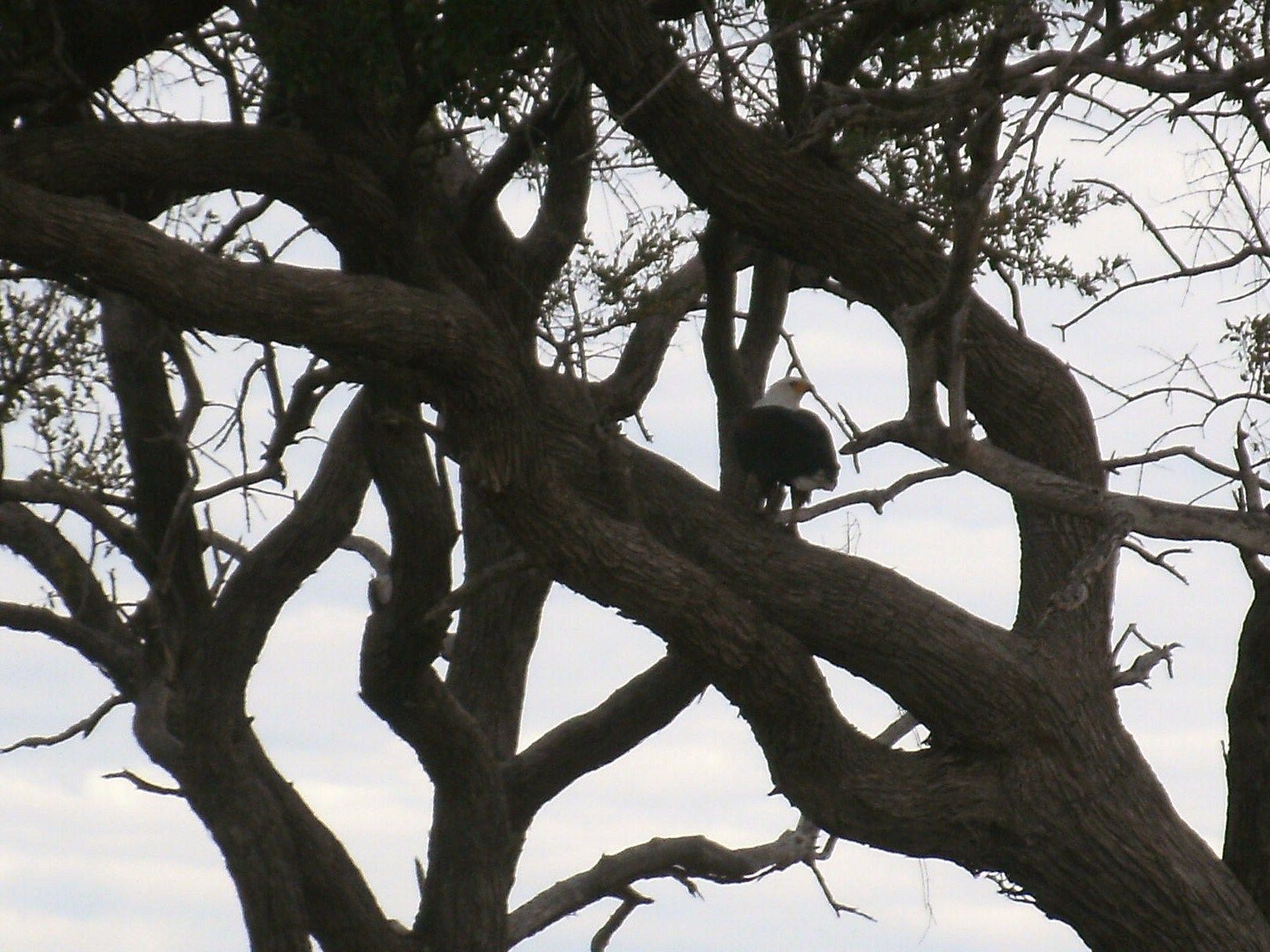
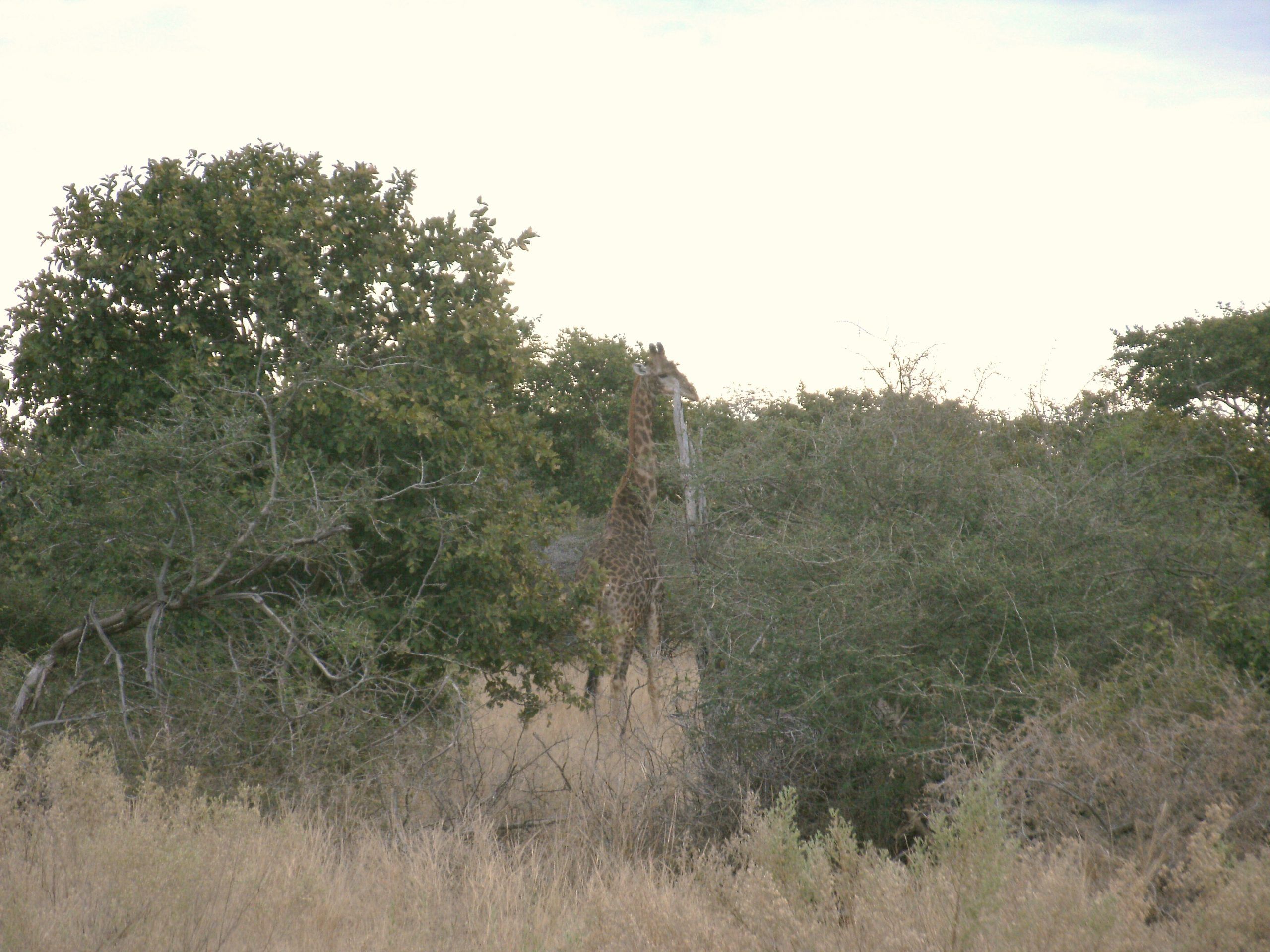
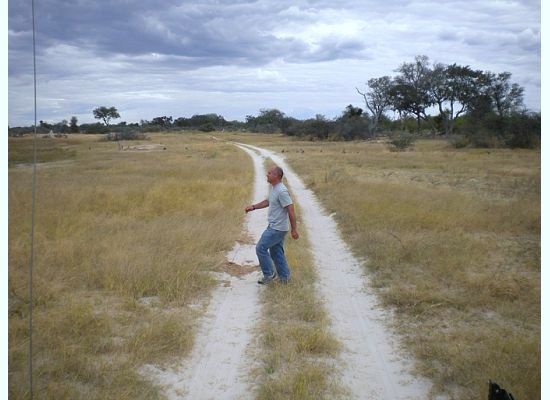
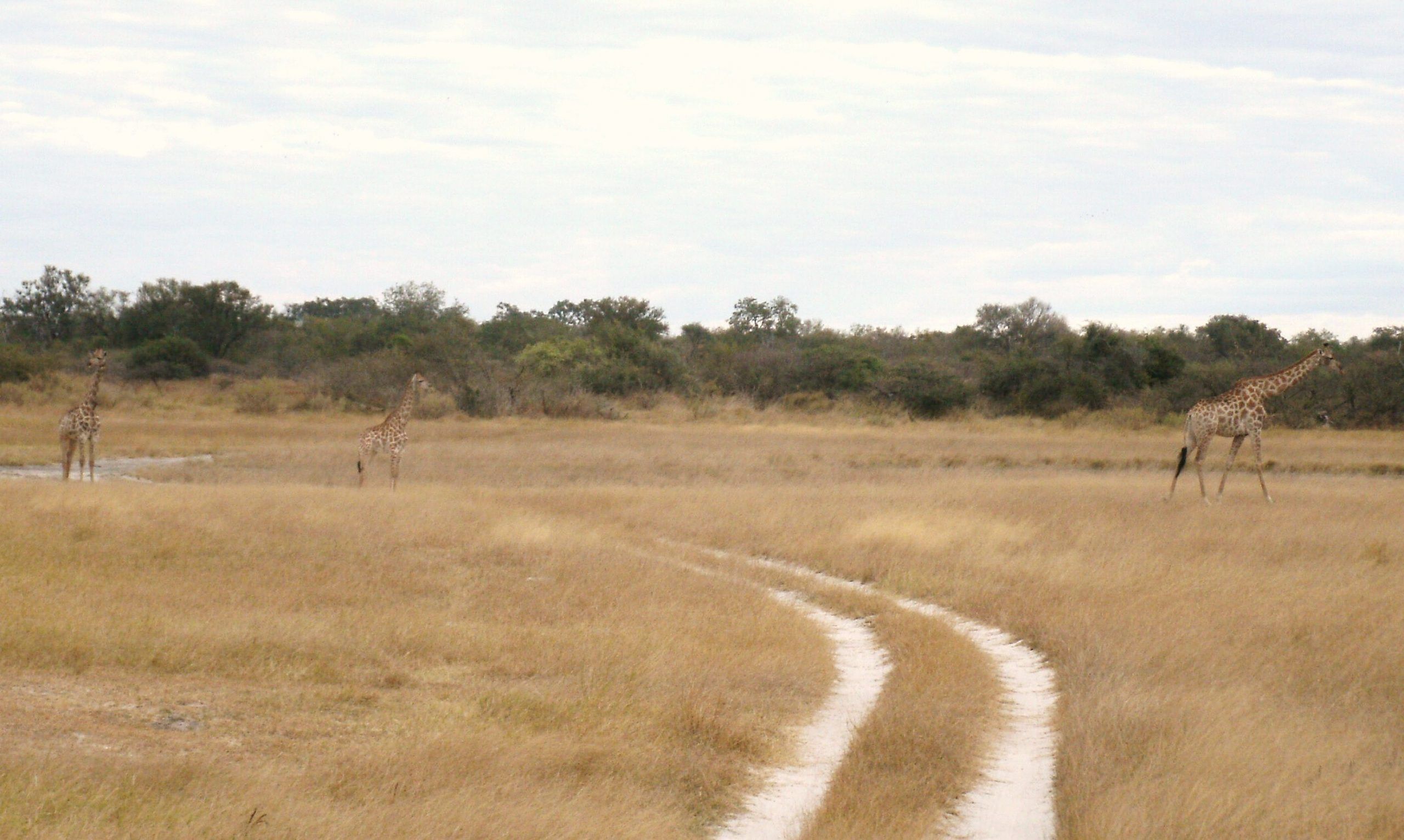
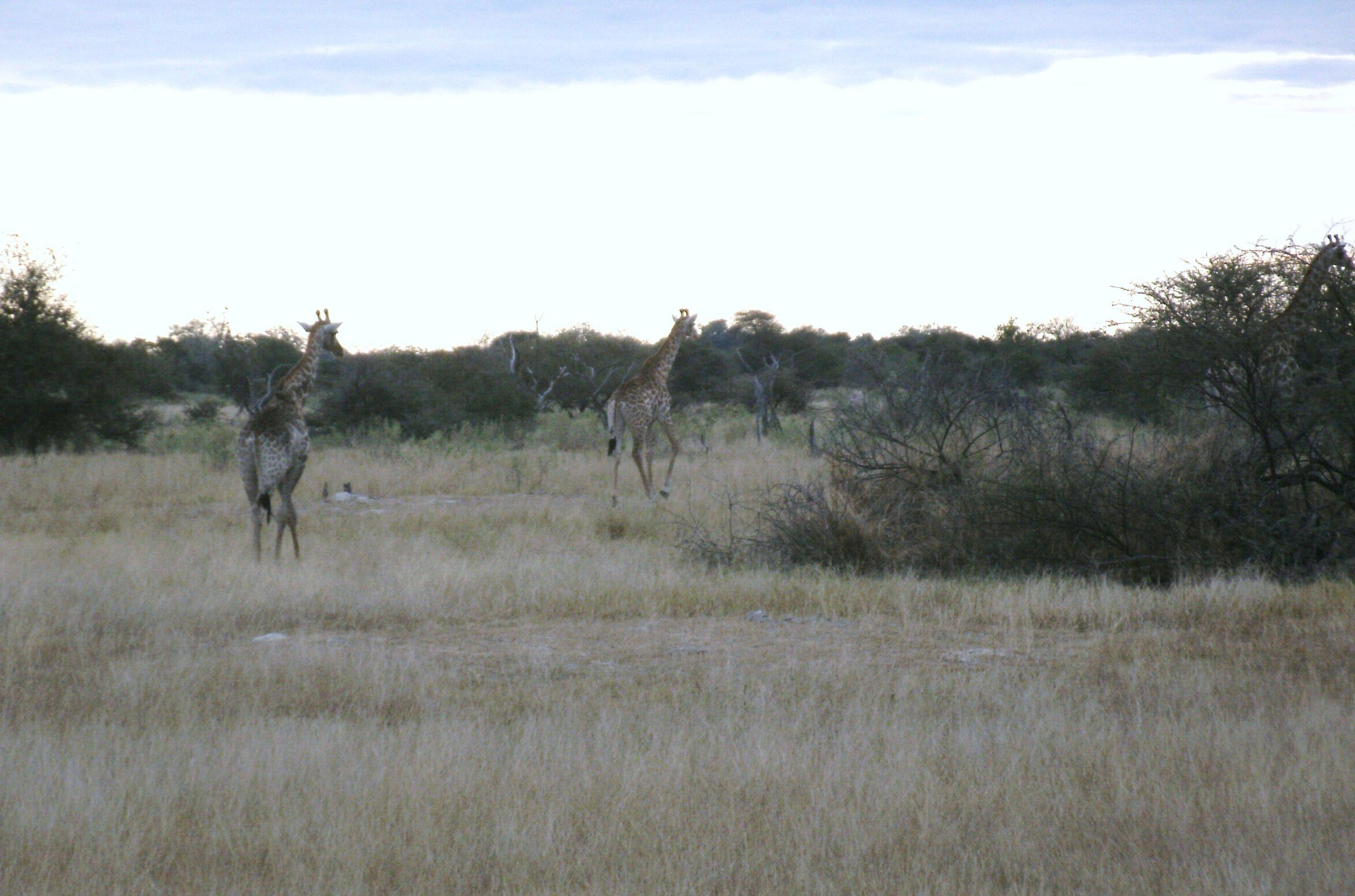
Day 8 – July 2
Finish the Botswana safari by driving to the town of Maun and then board the flight back to Johannesburg; arriving in Johannesburg at 4:40pm.
